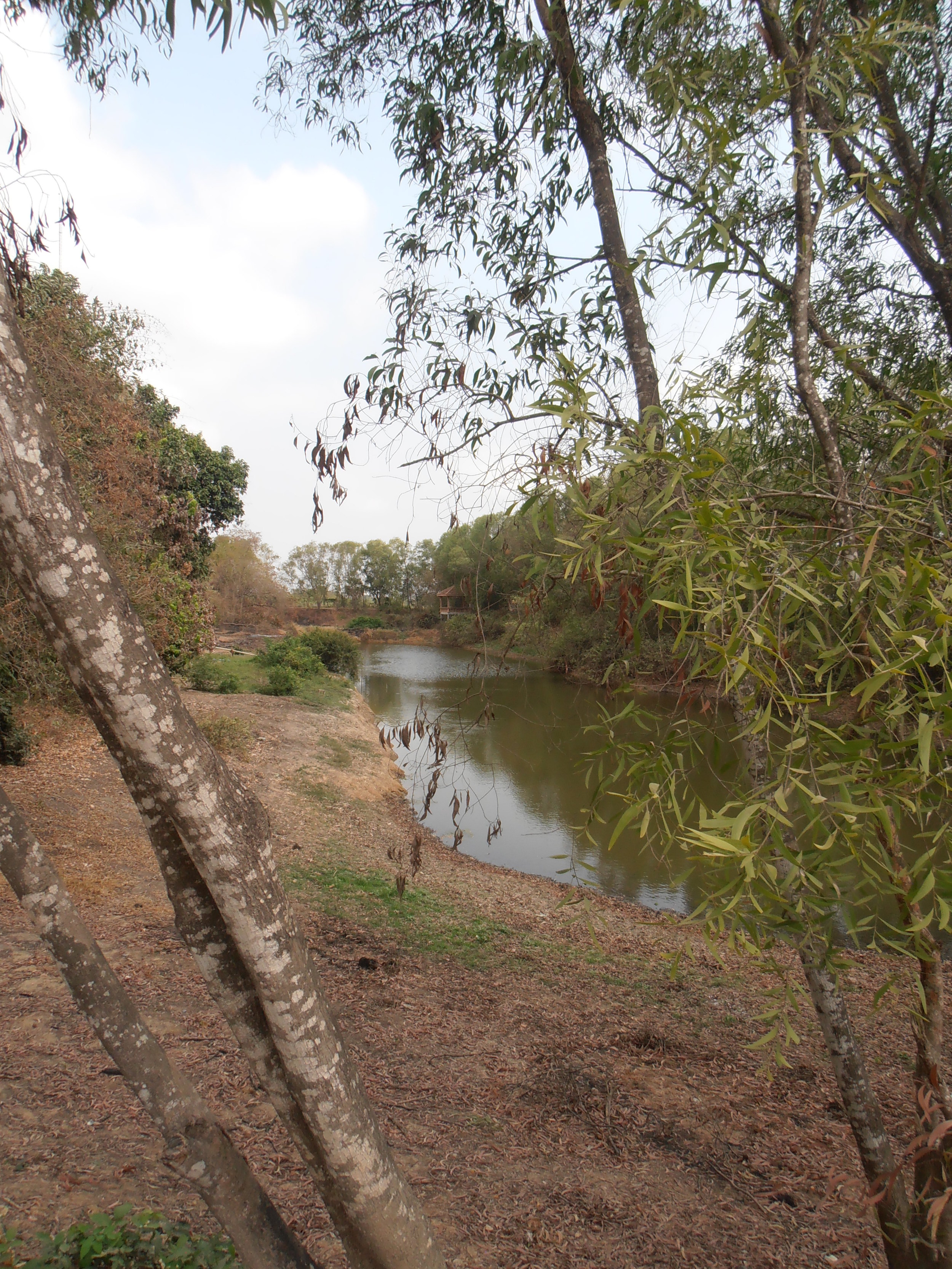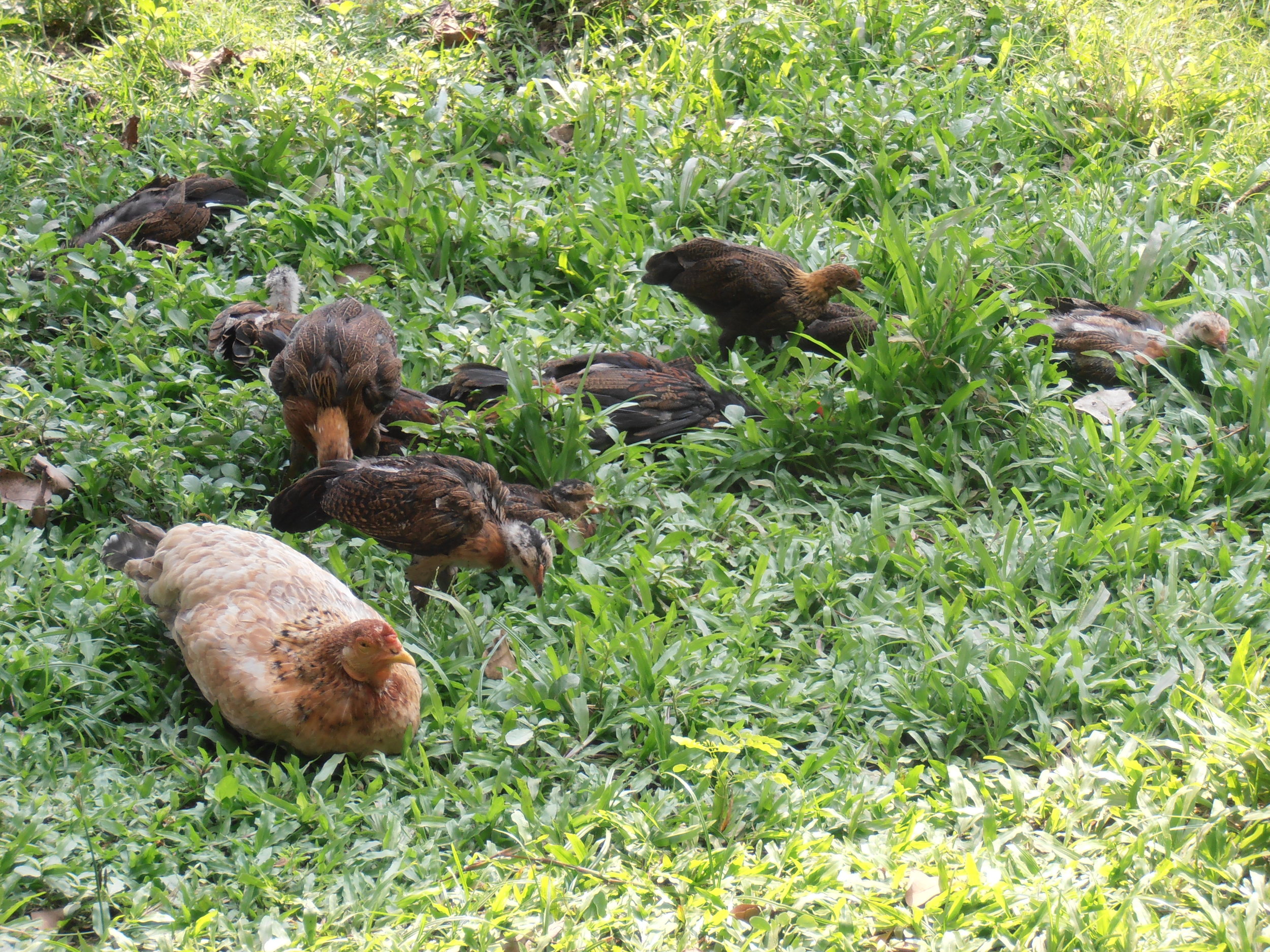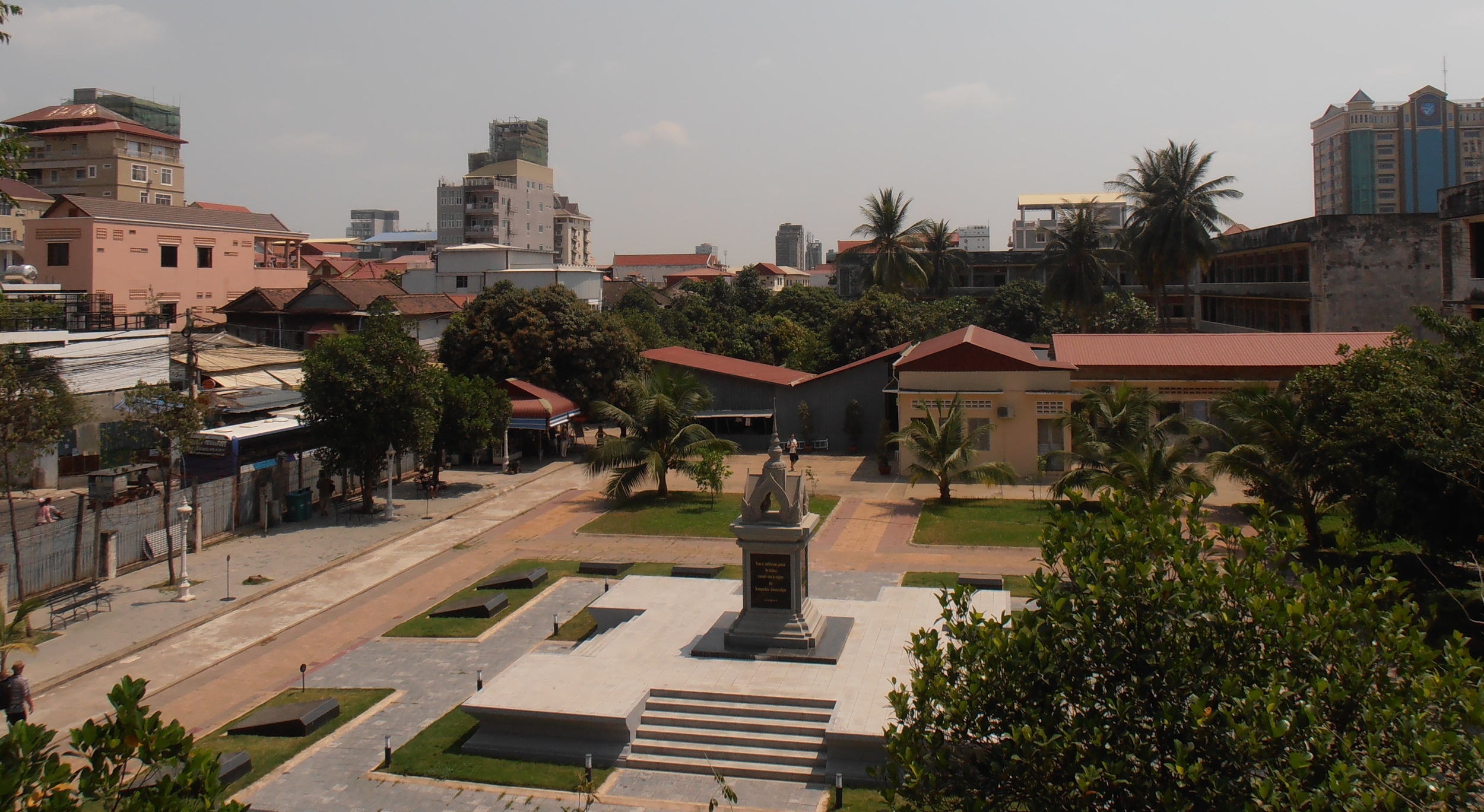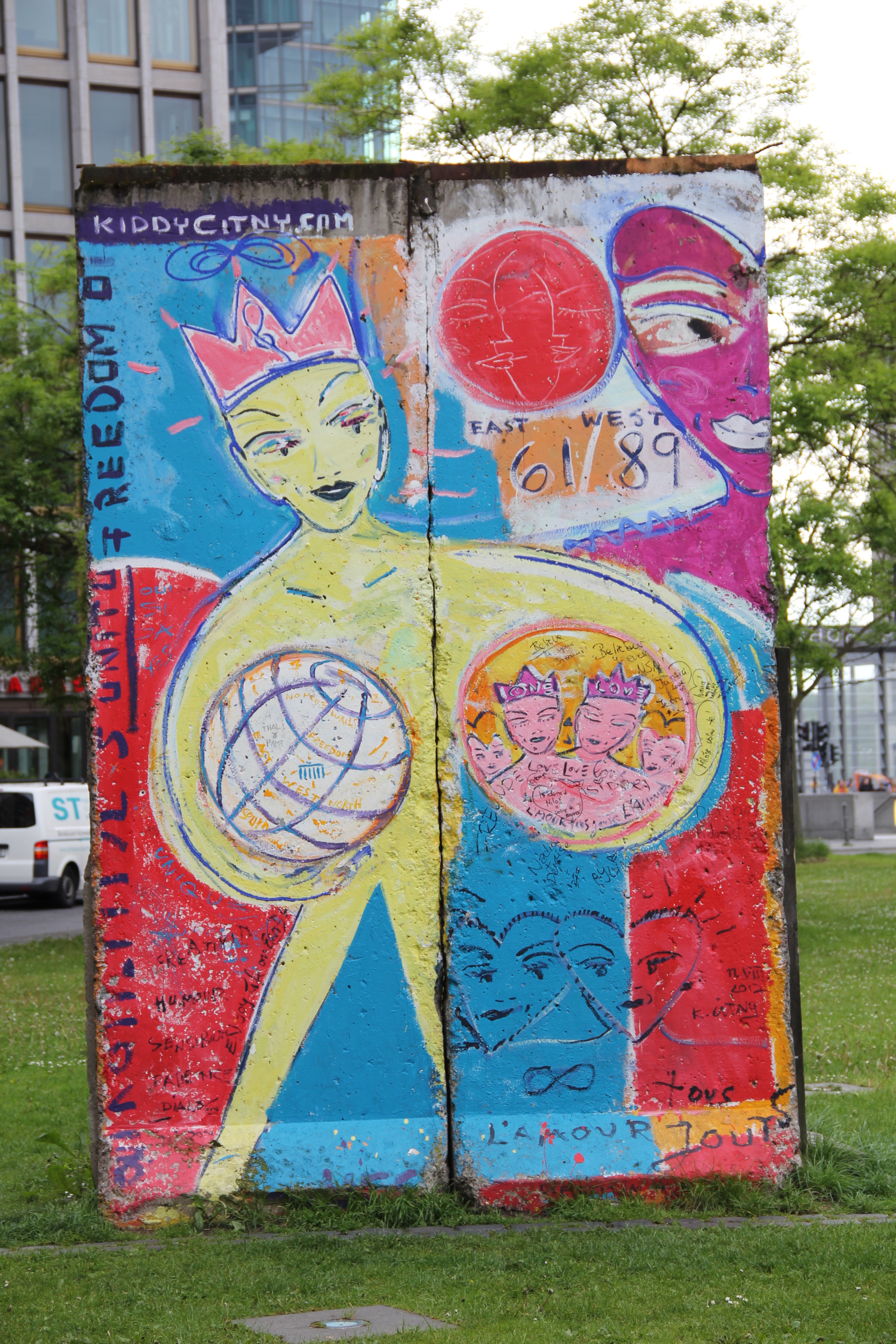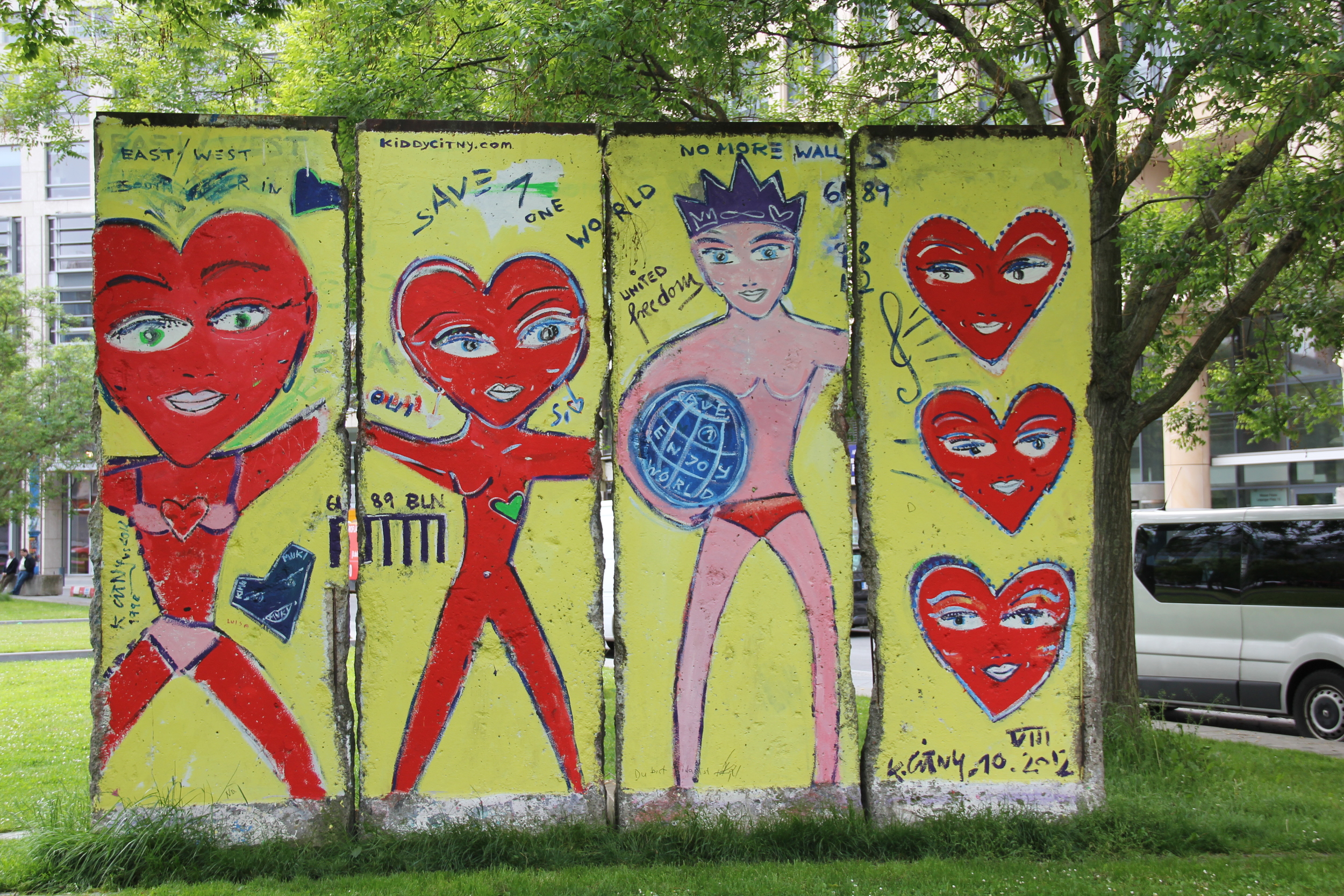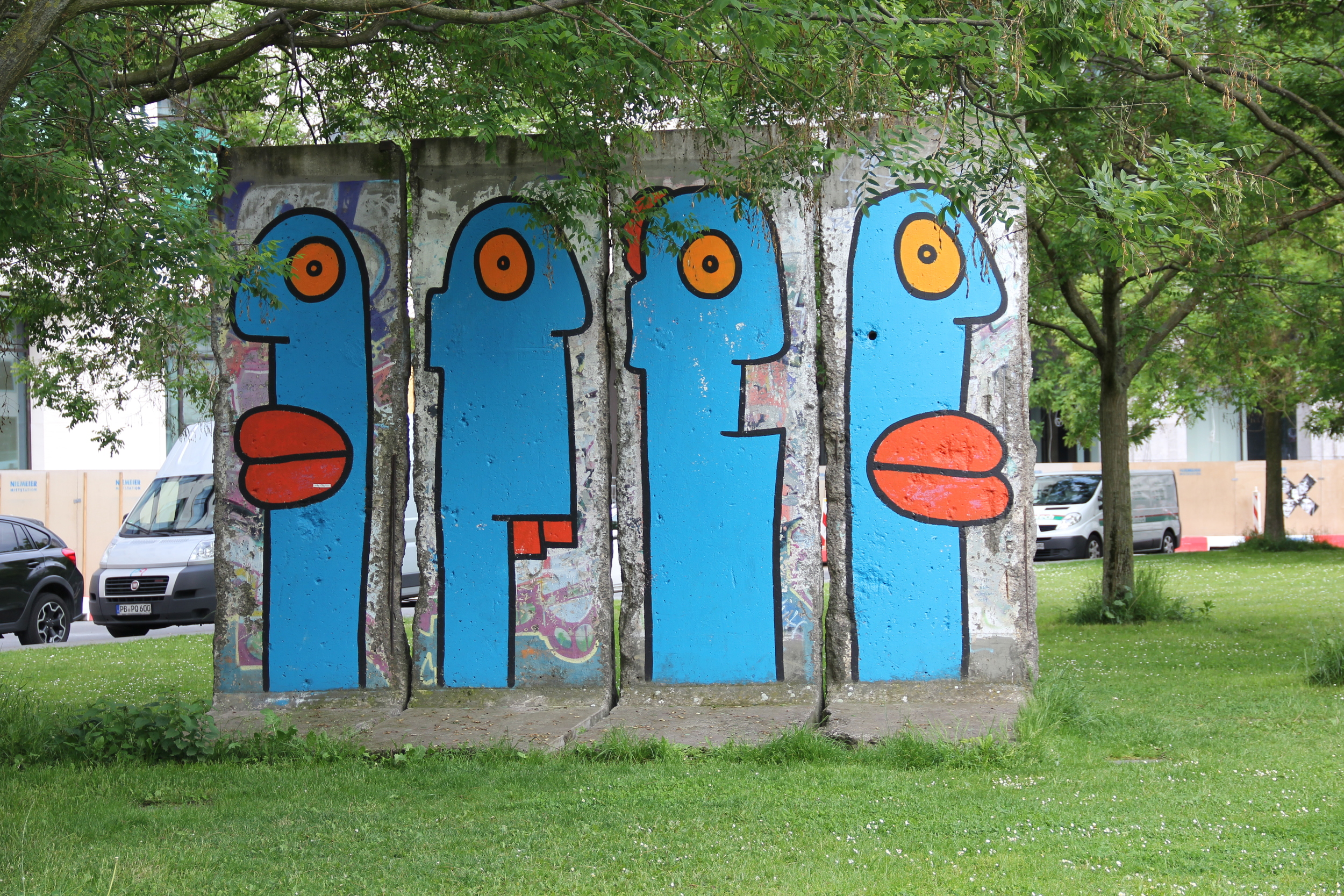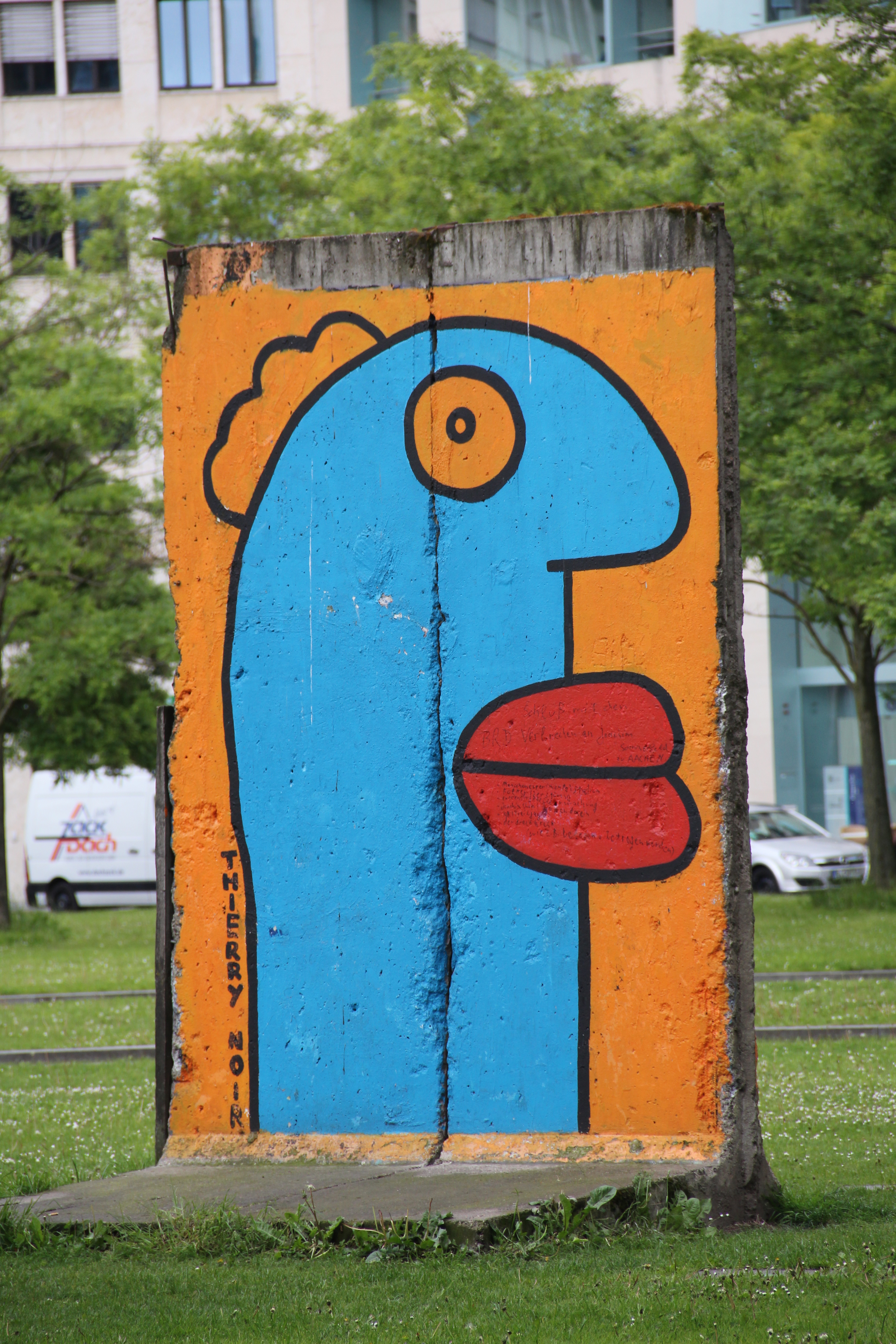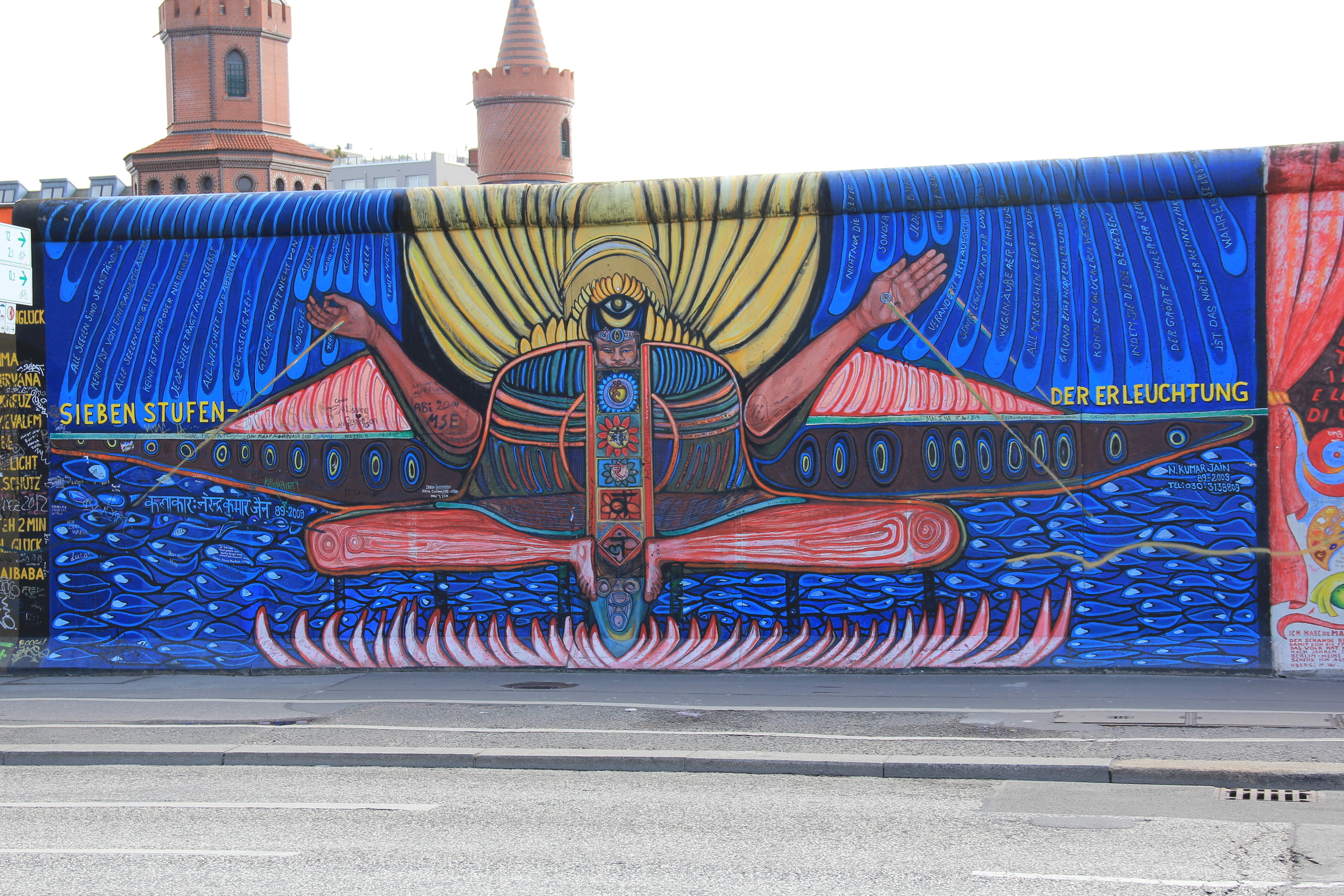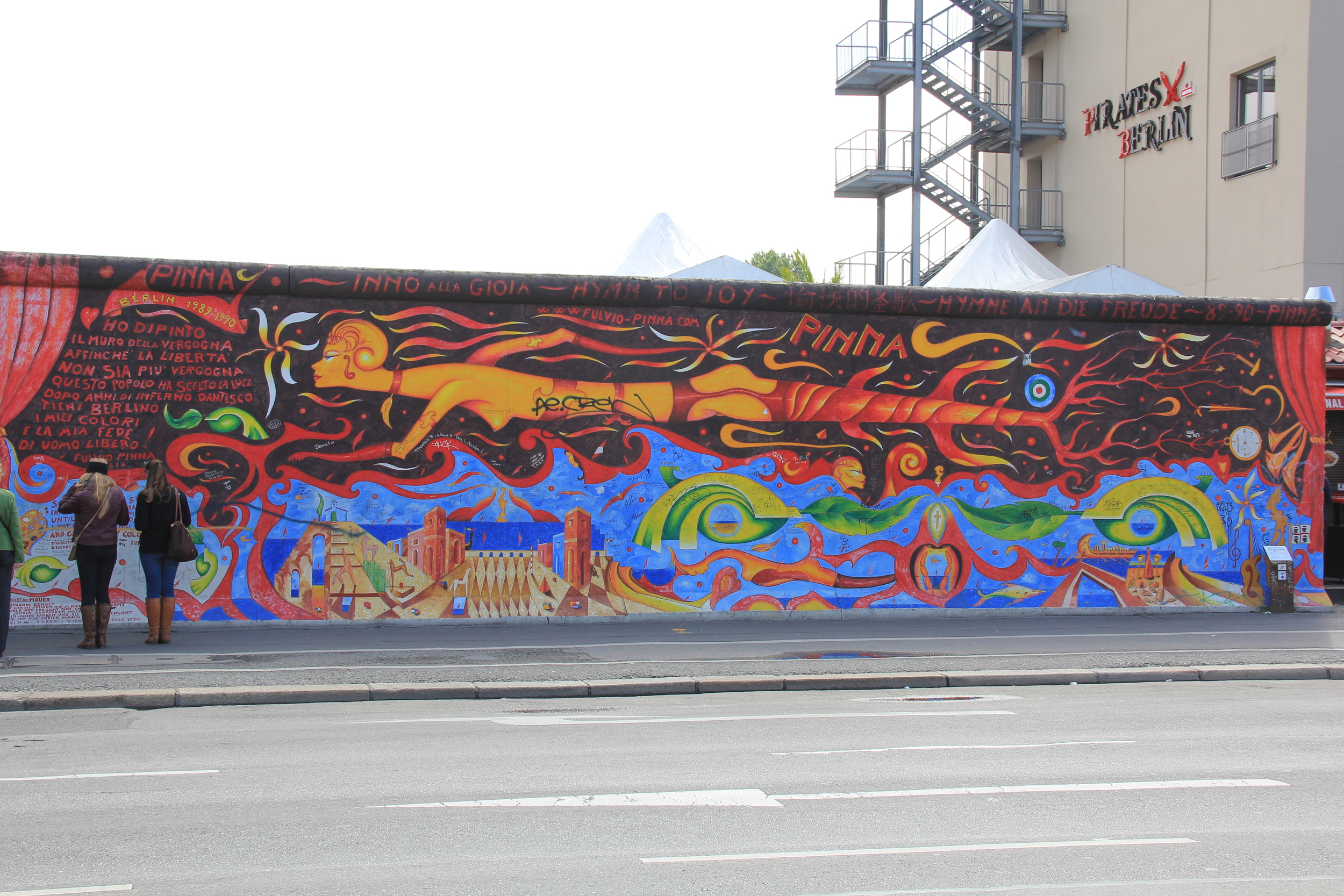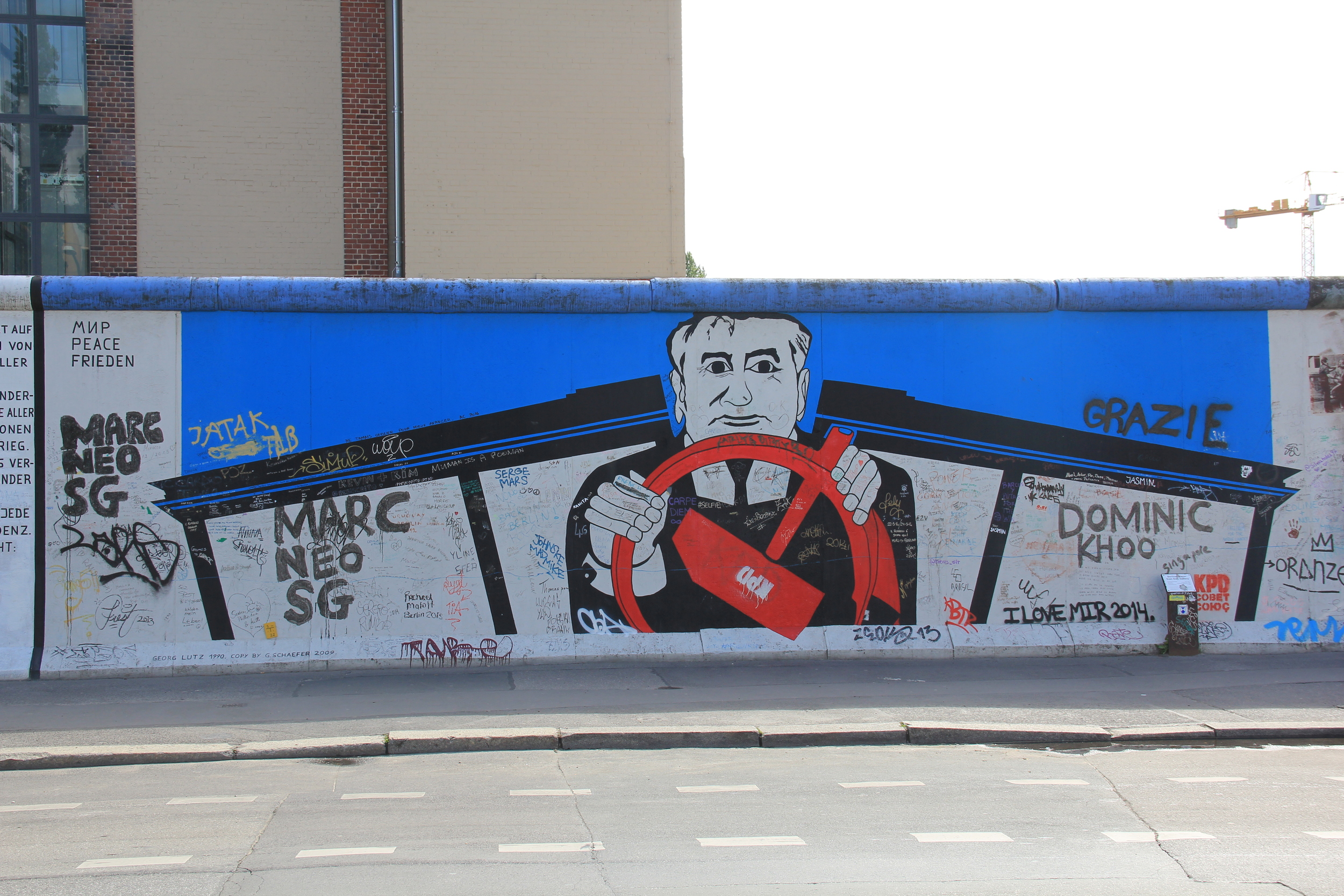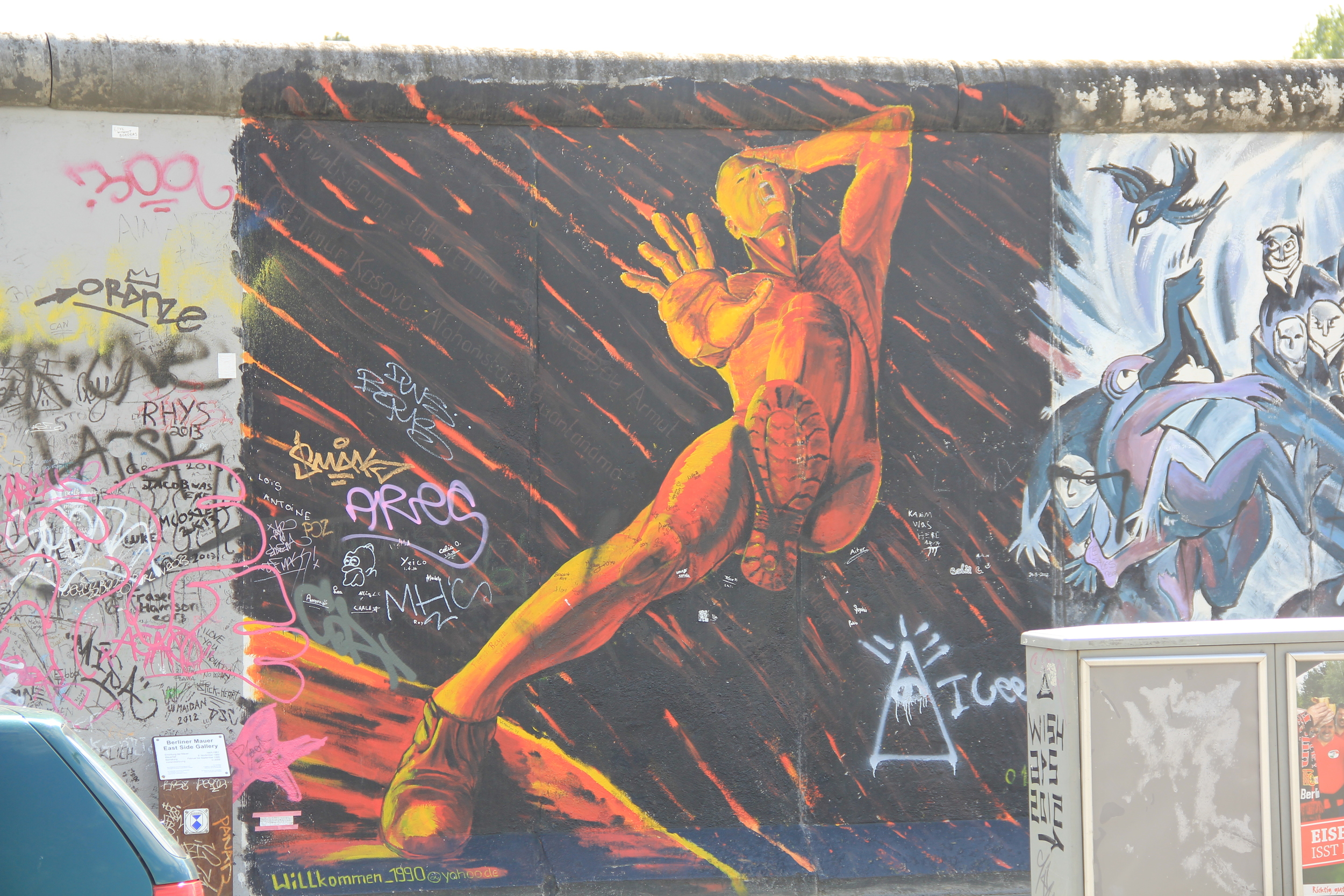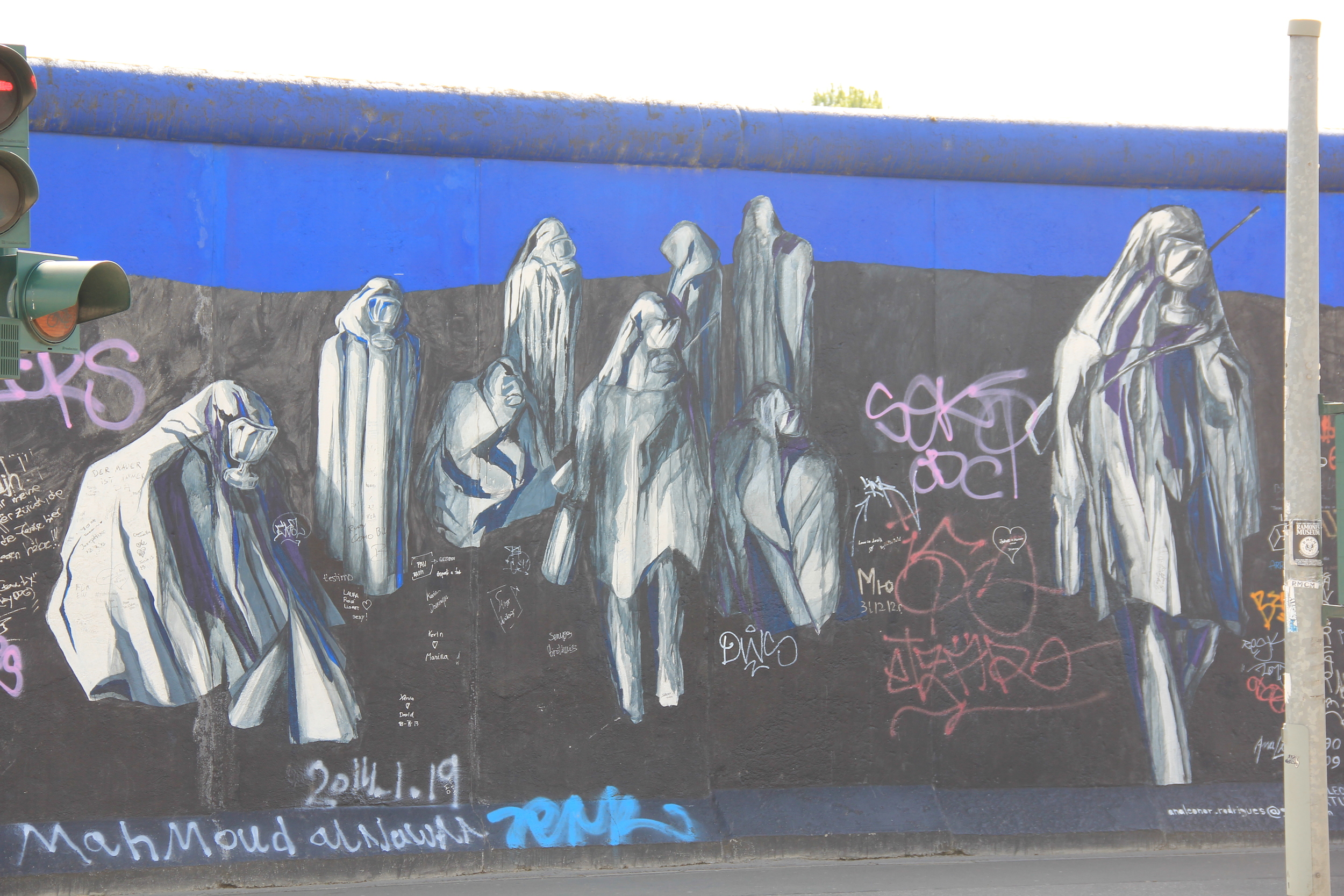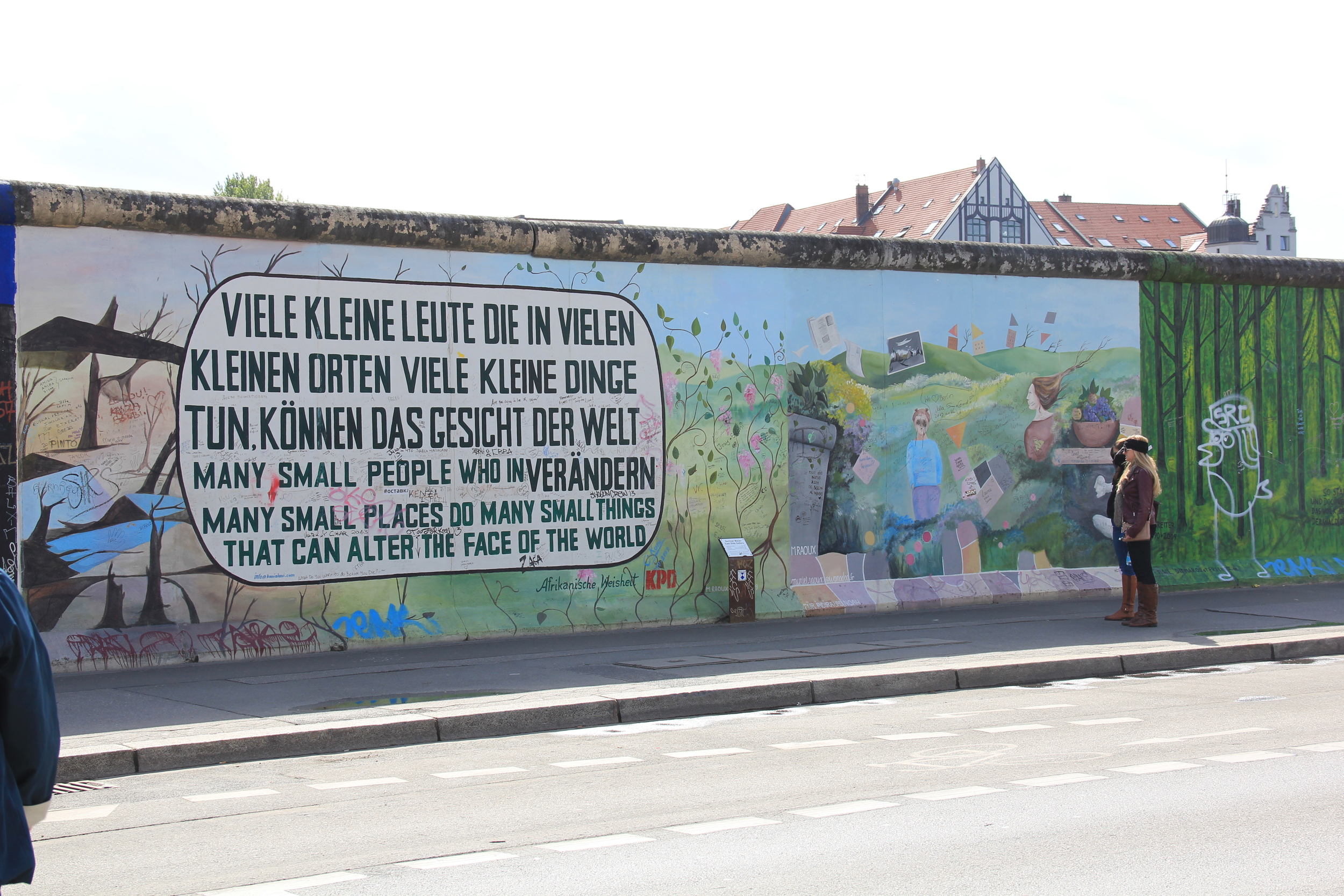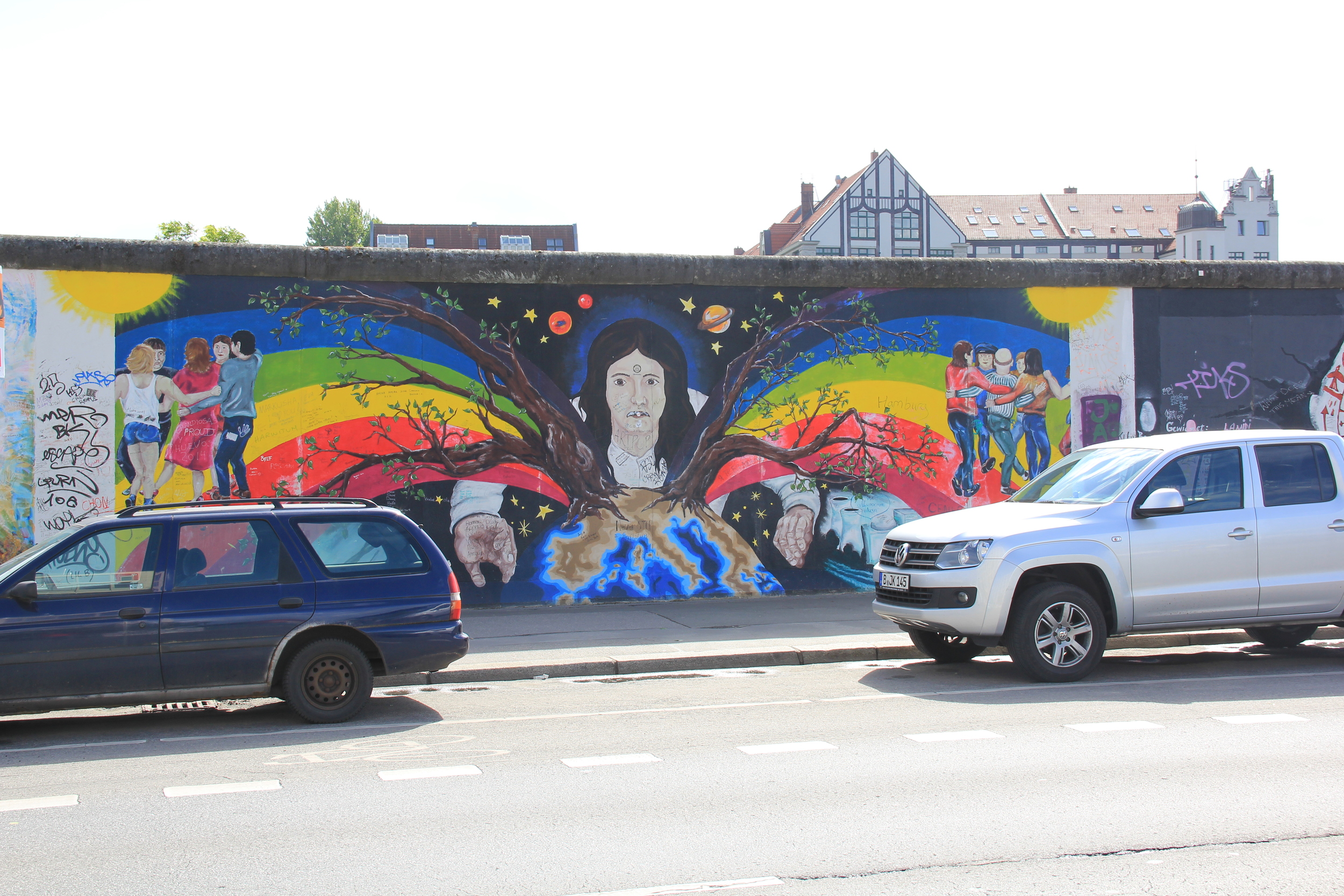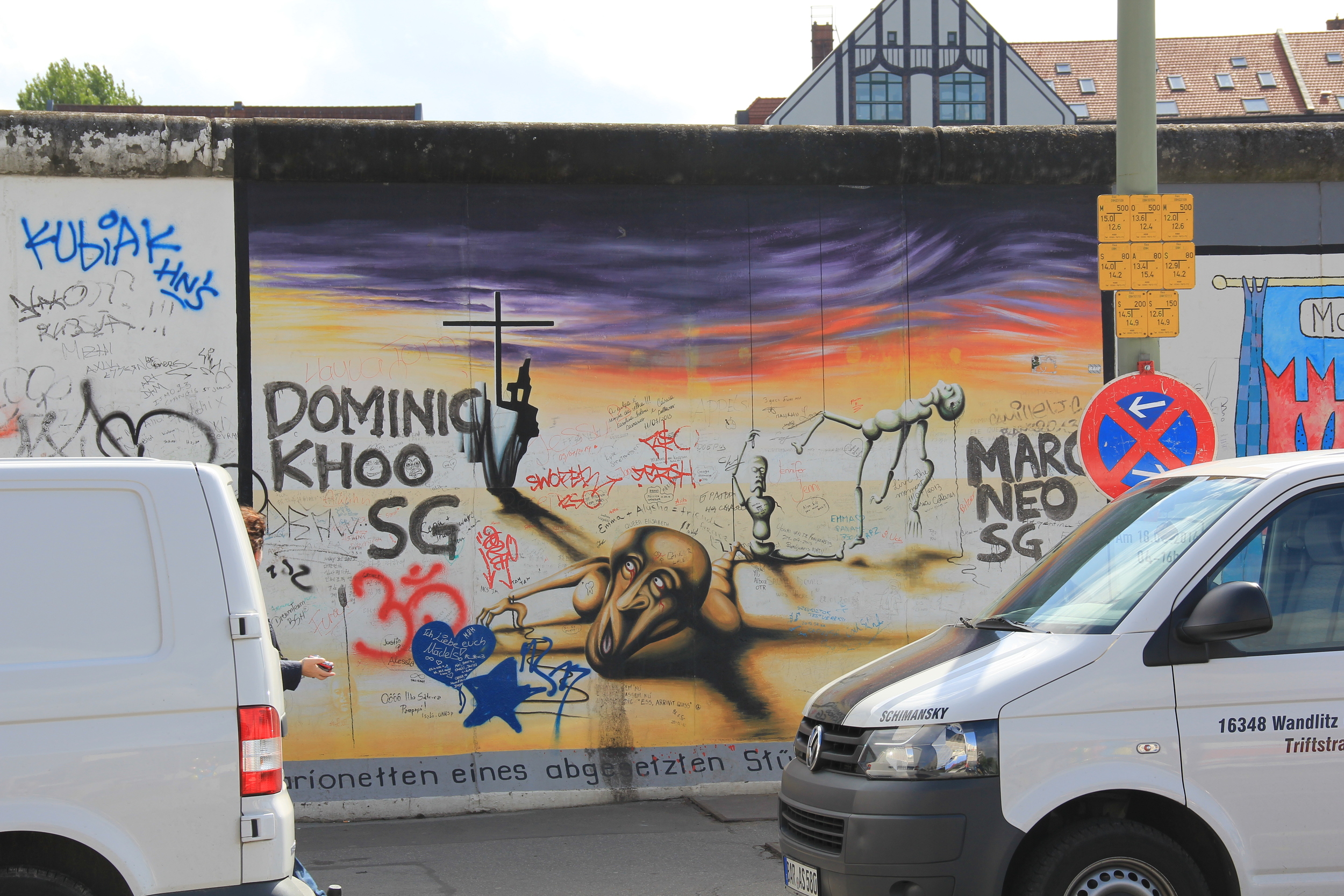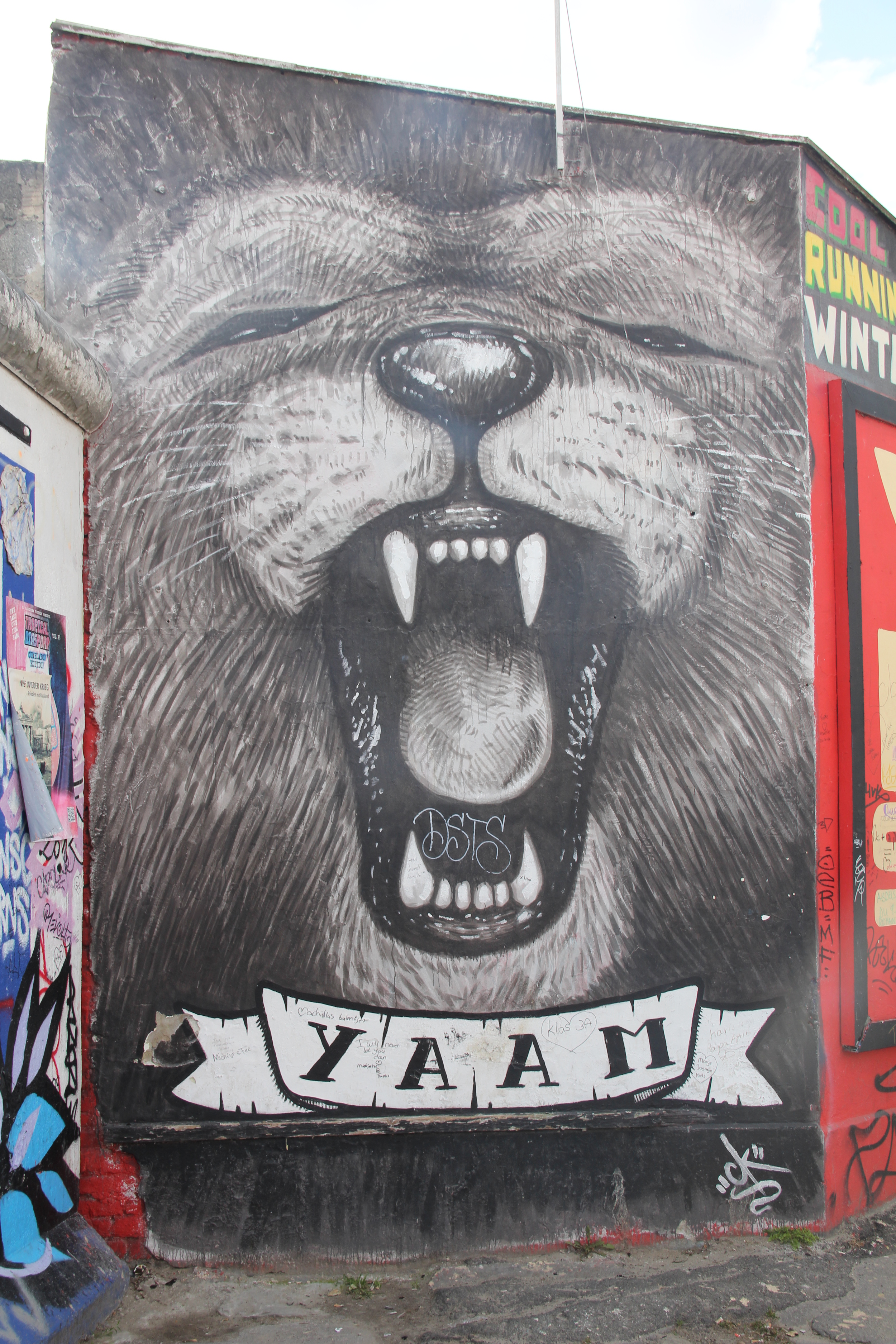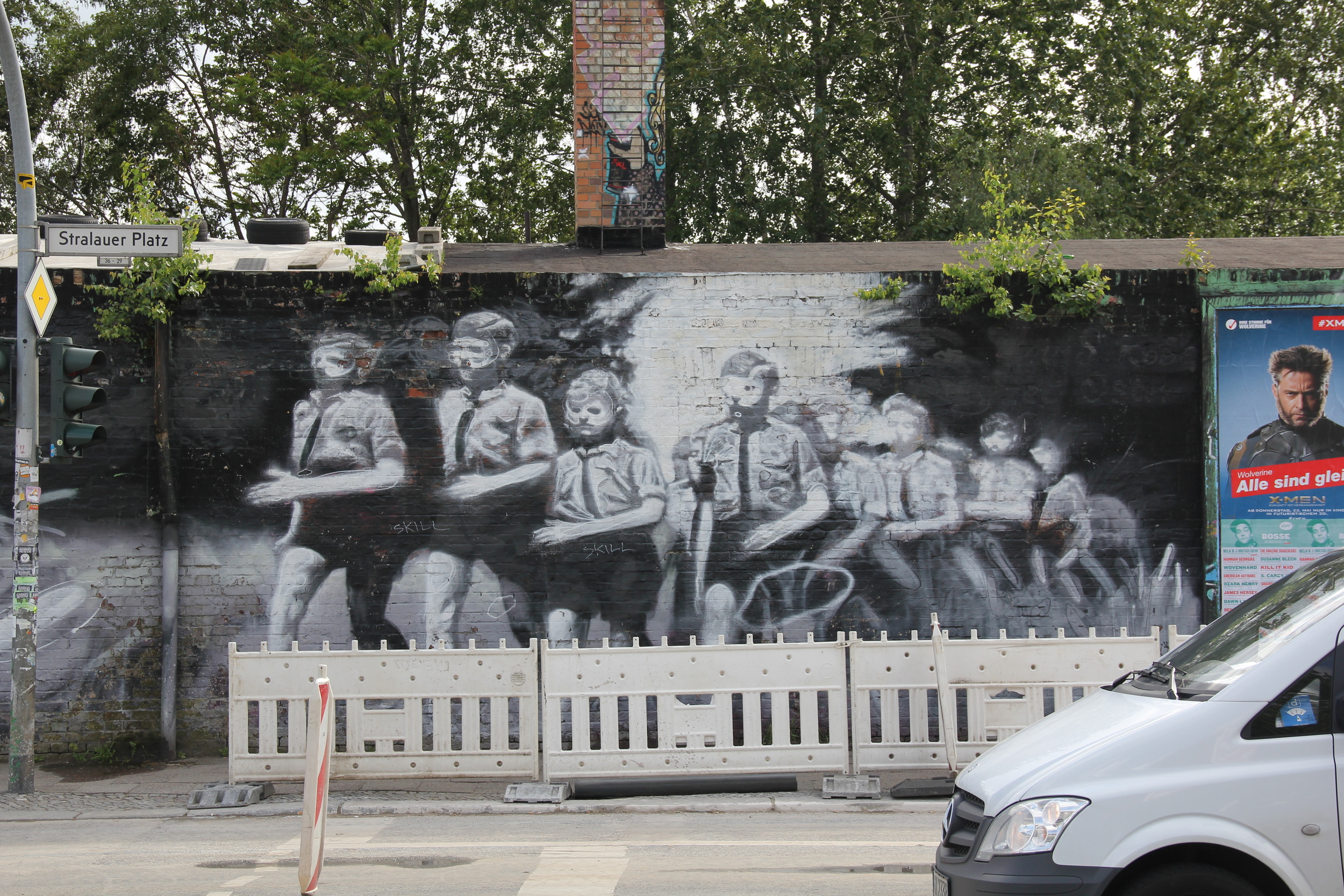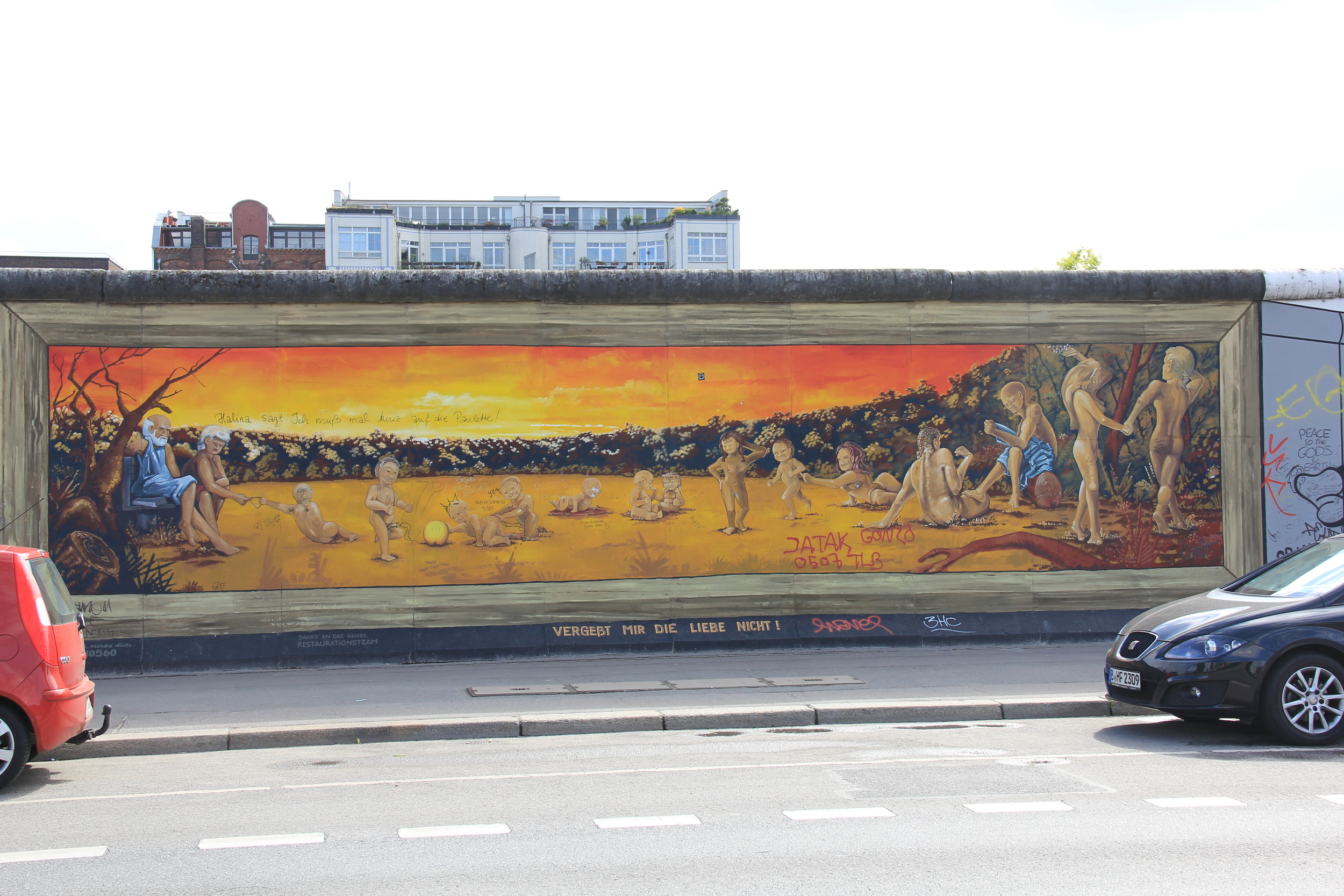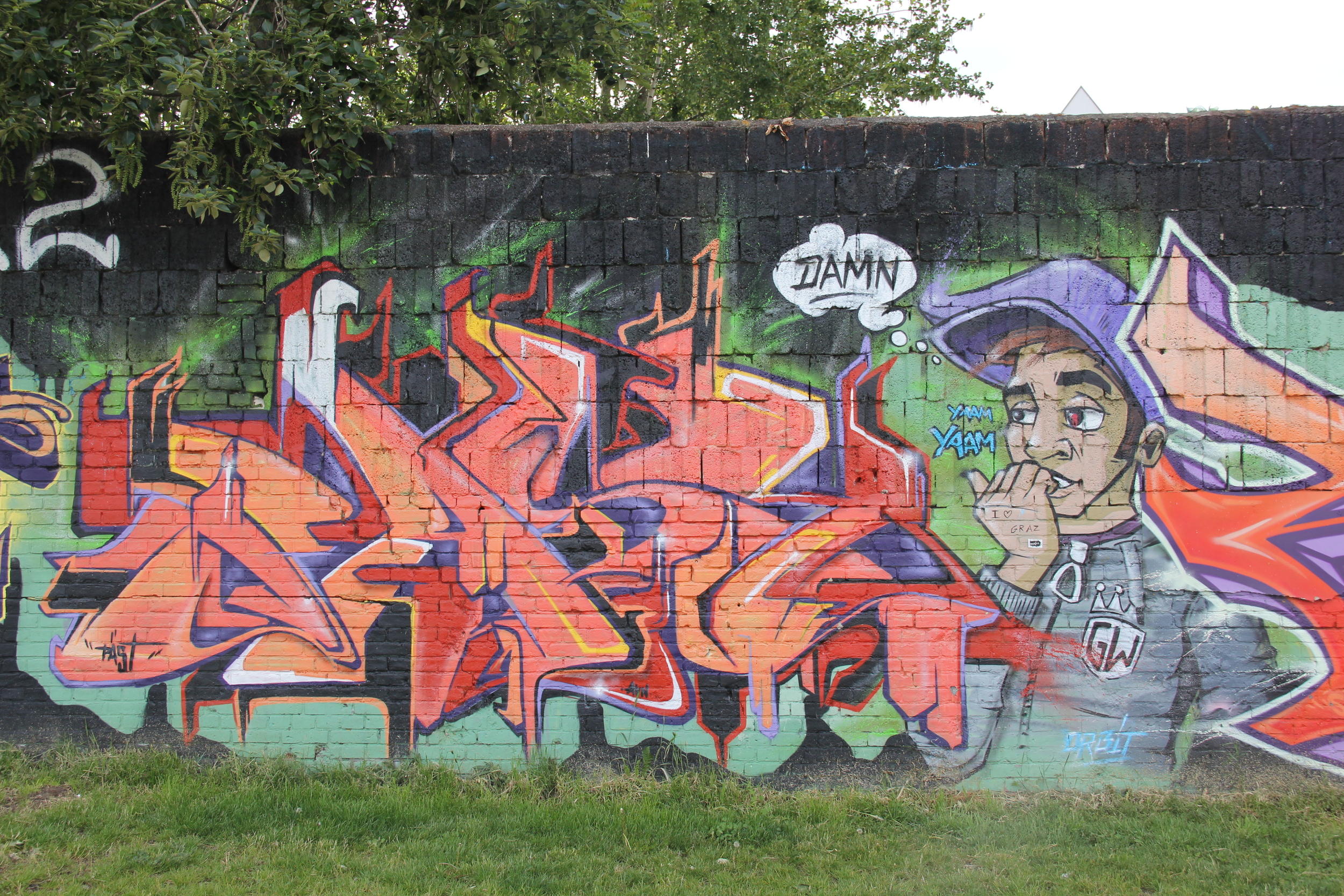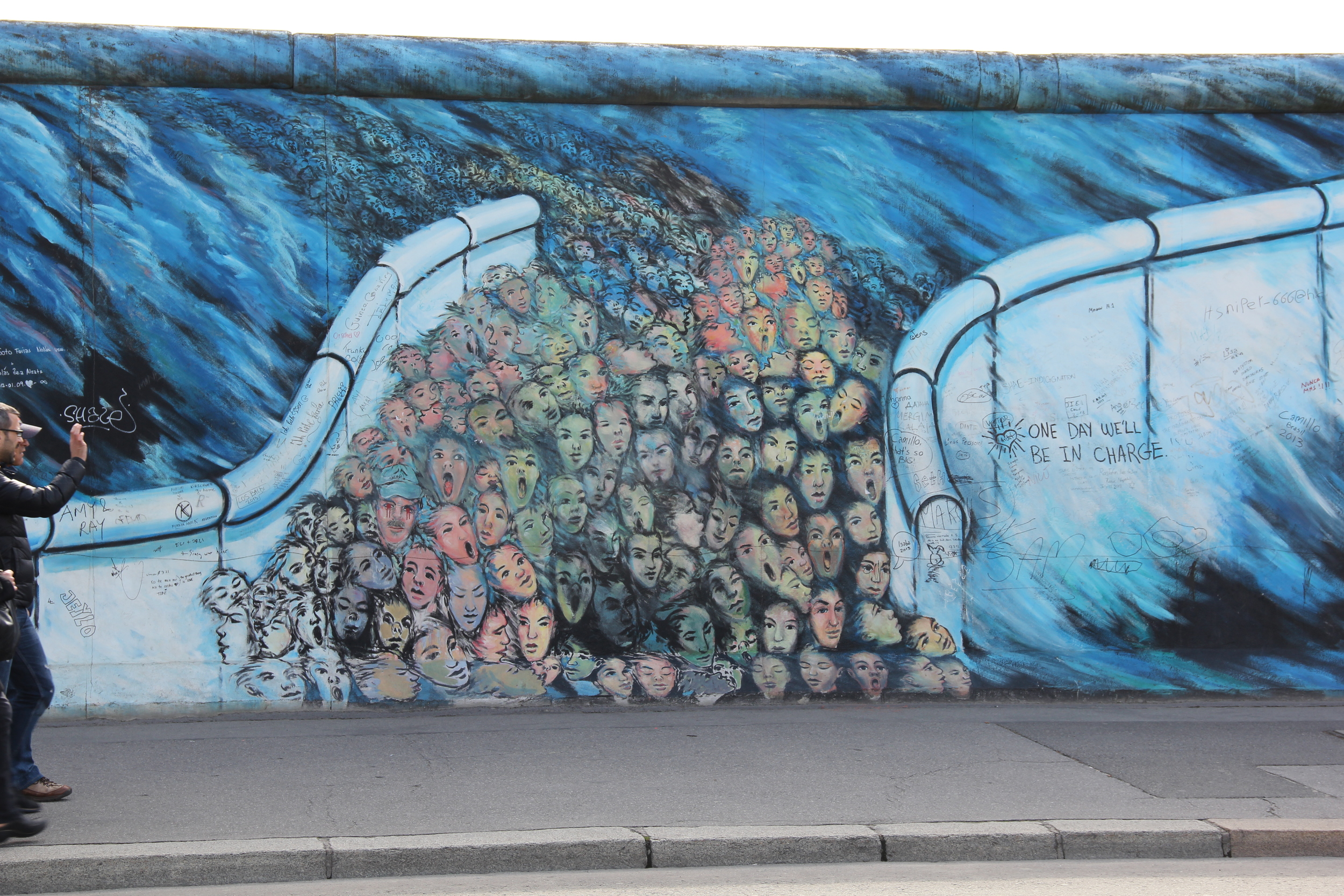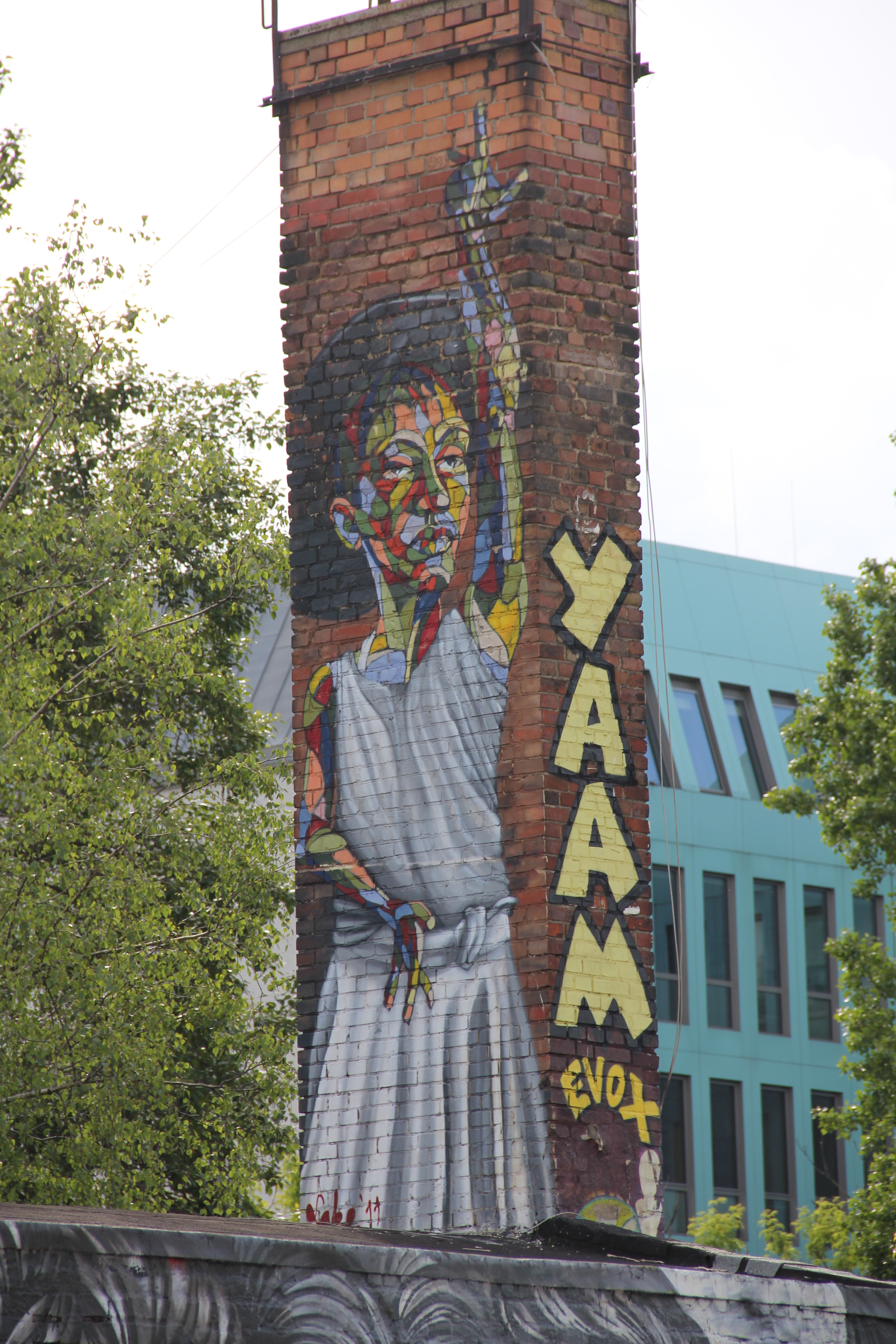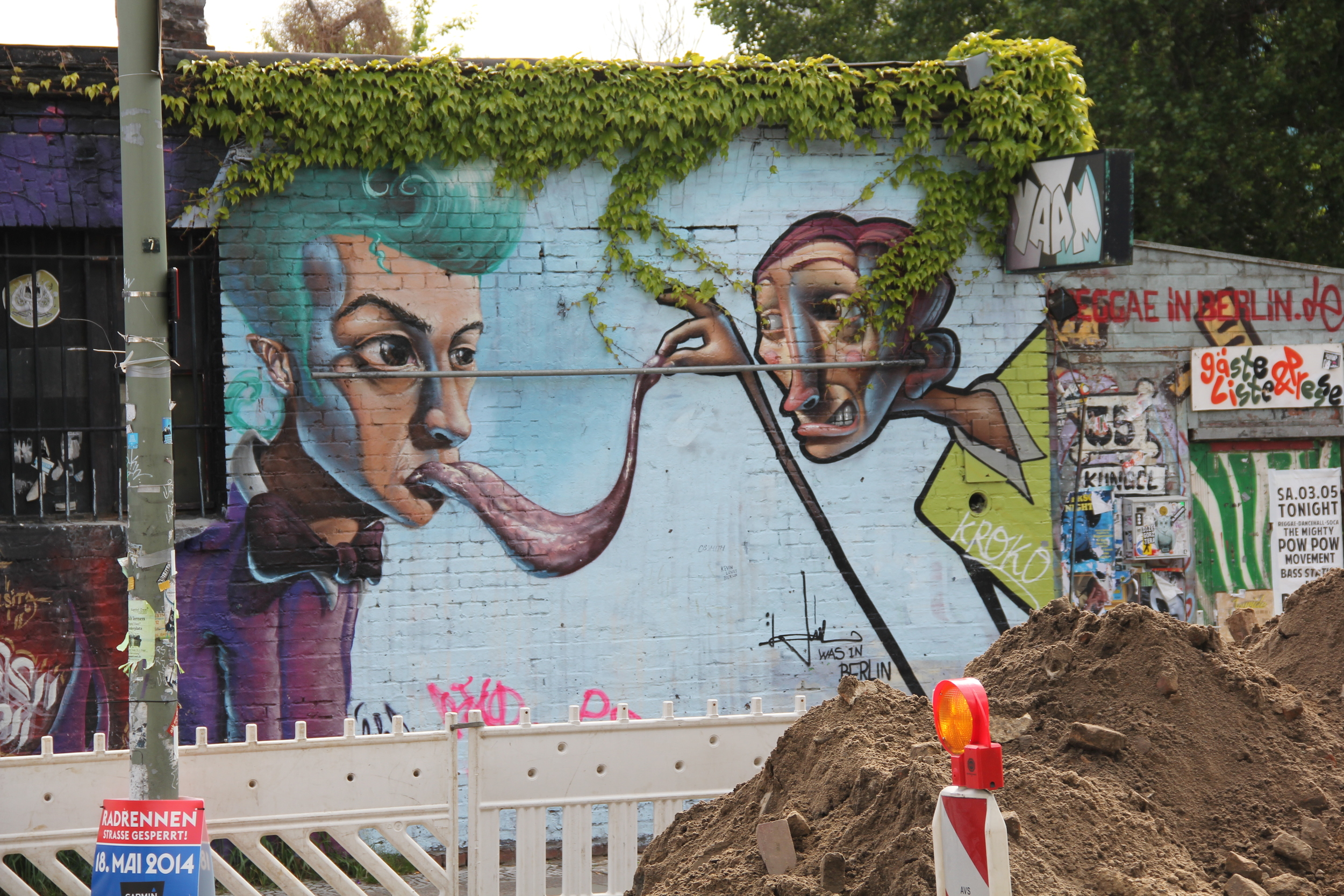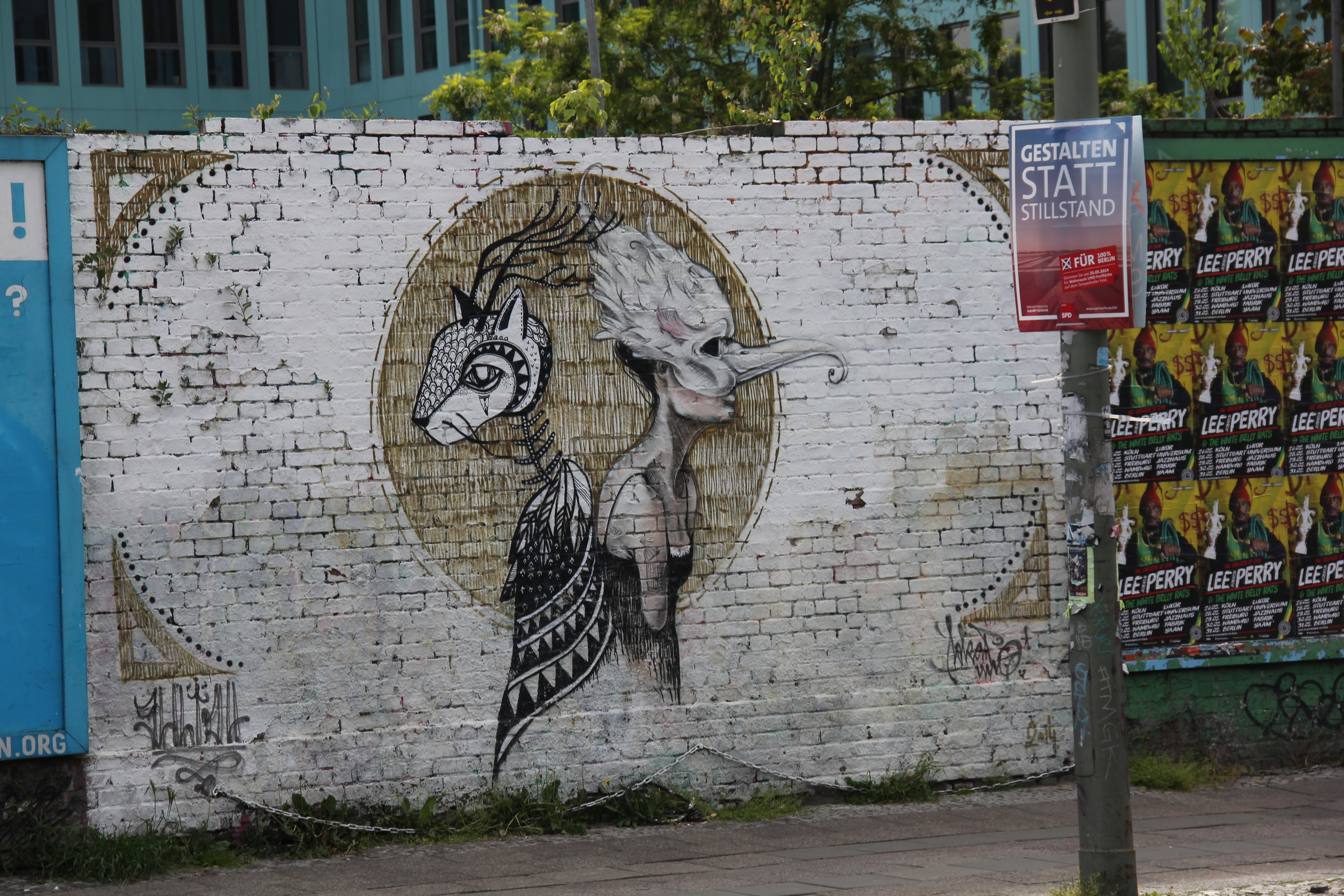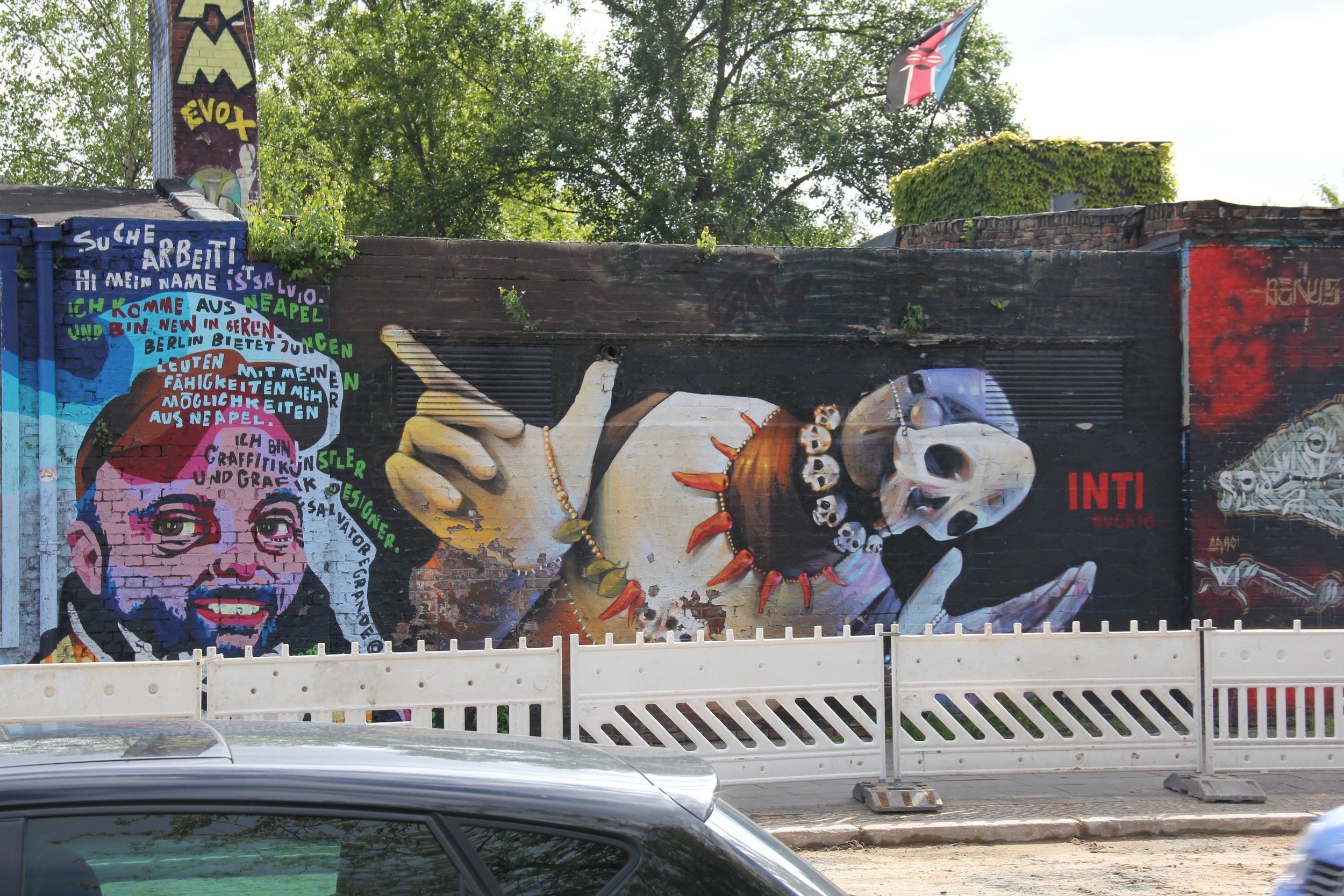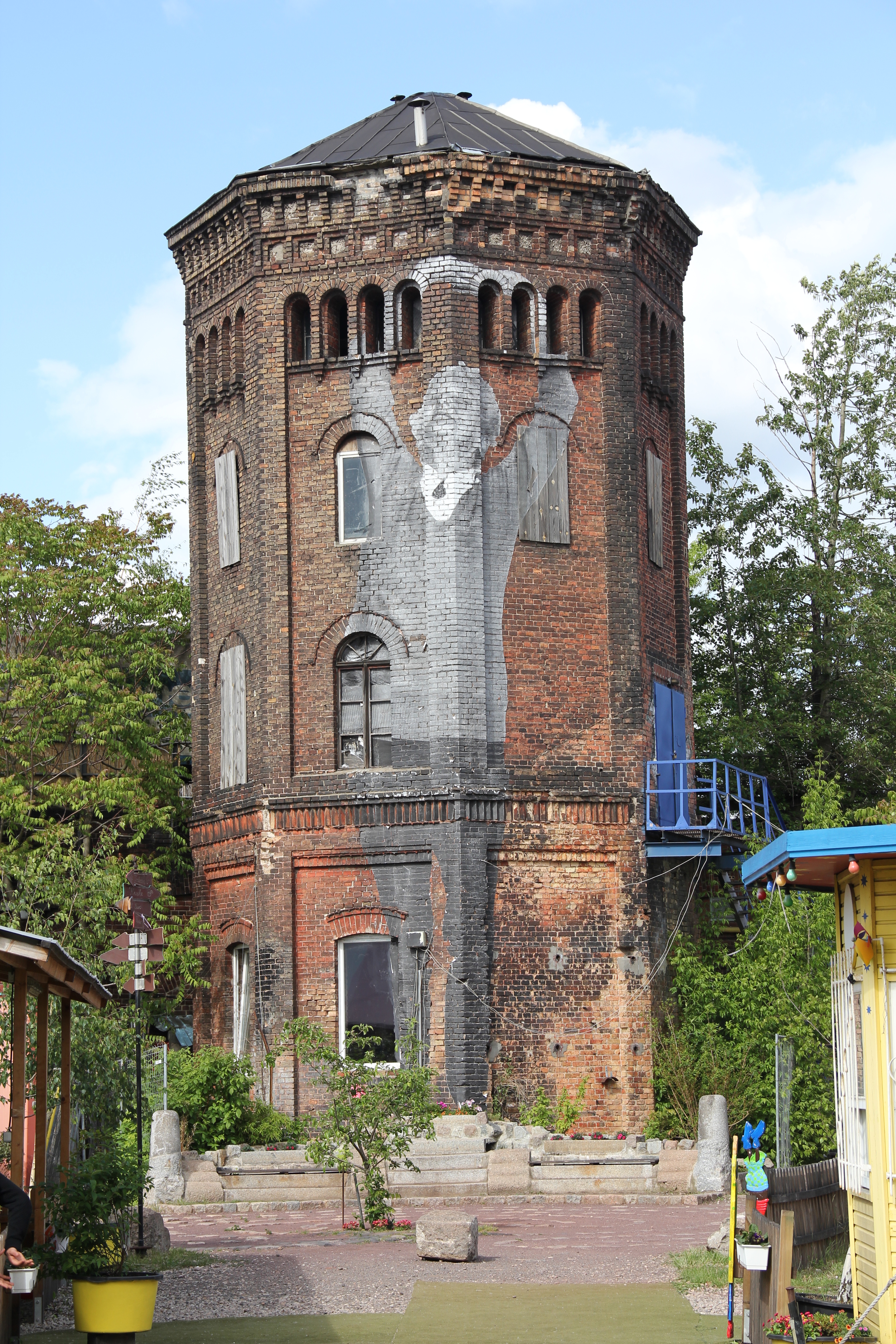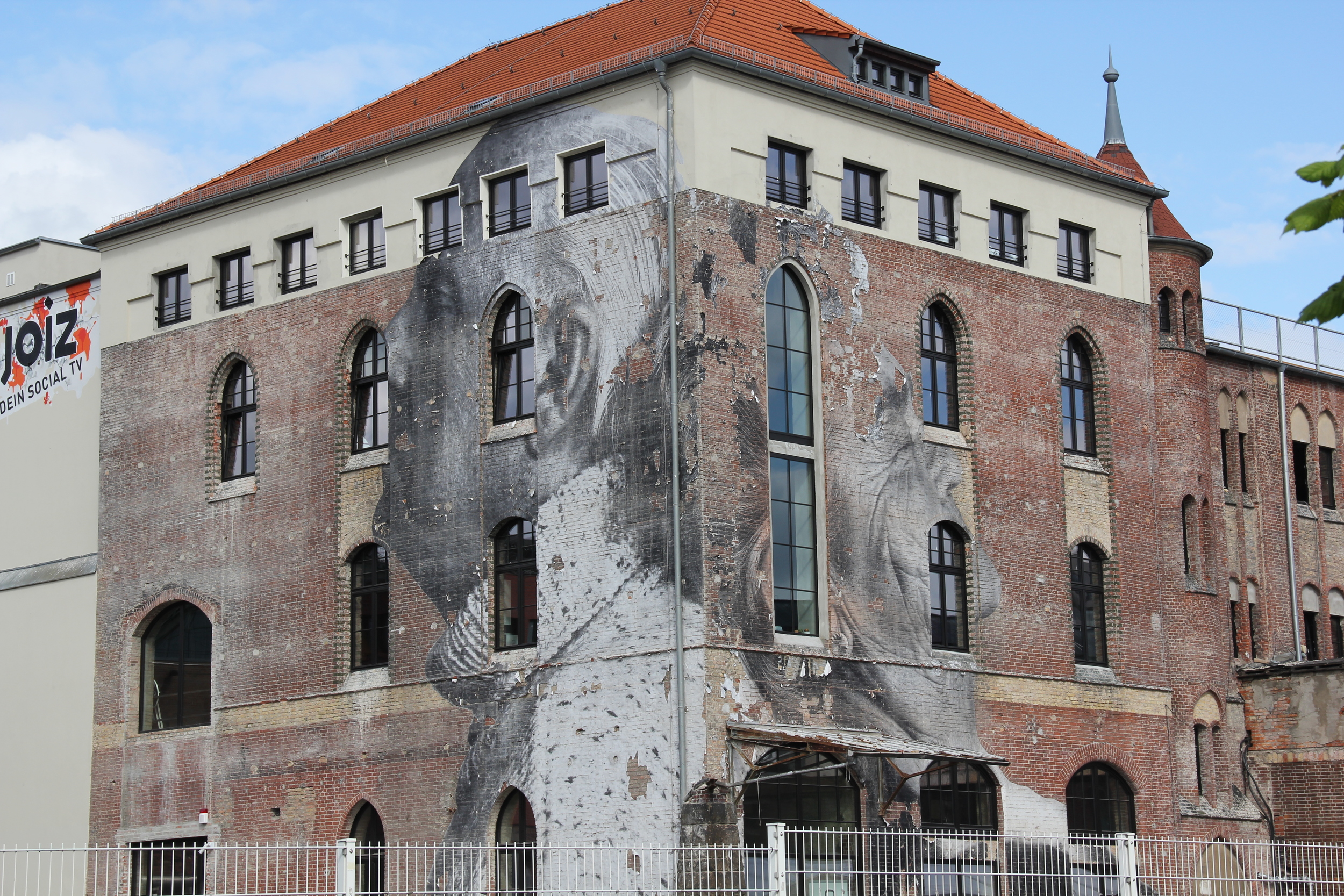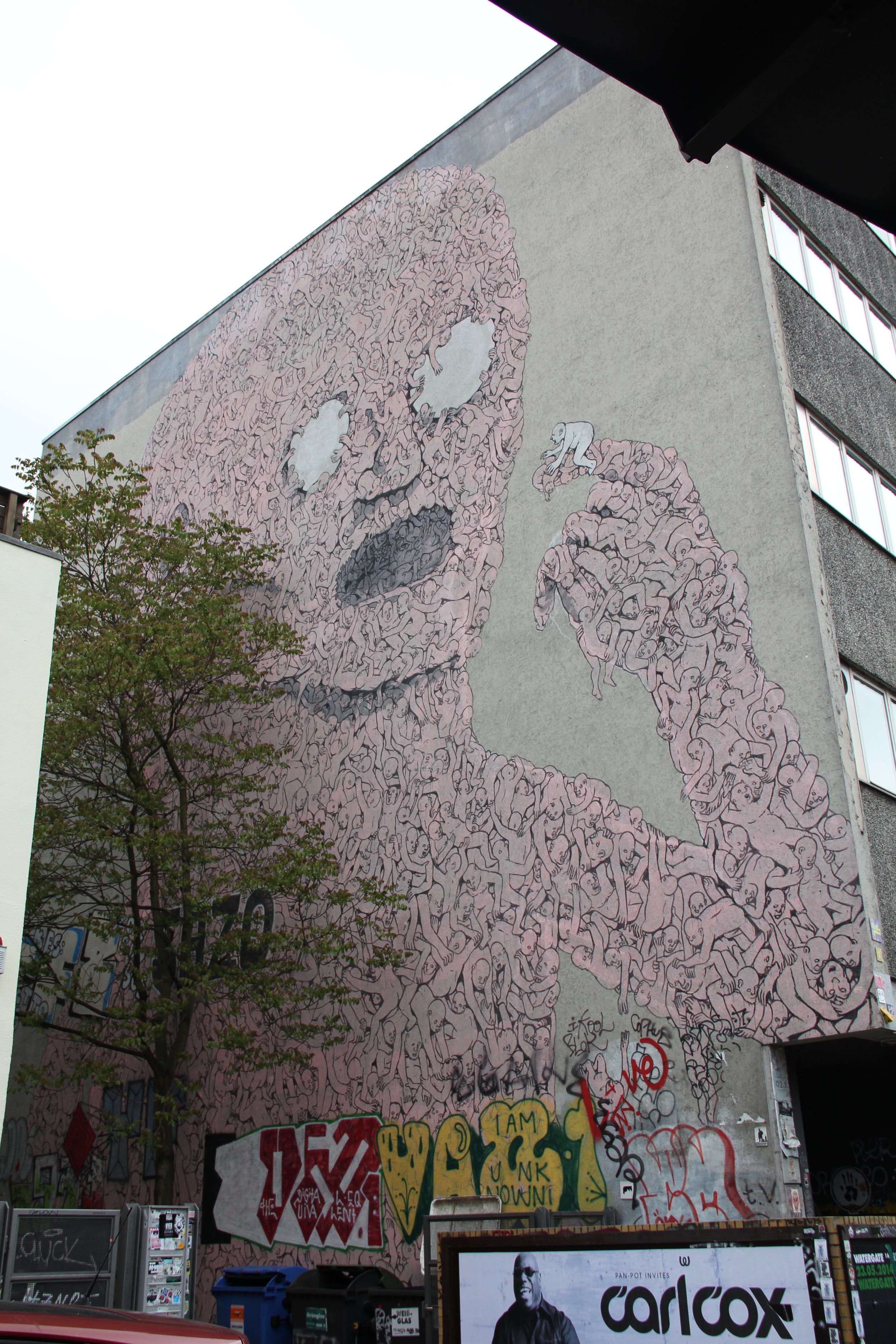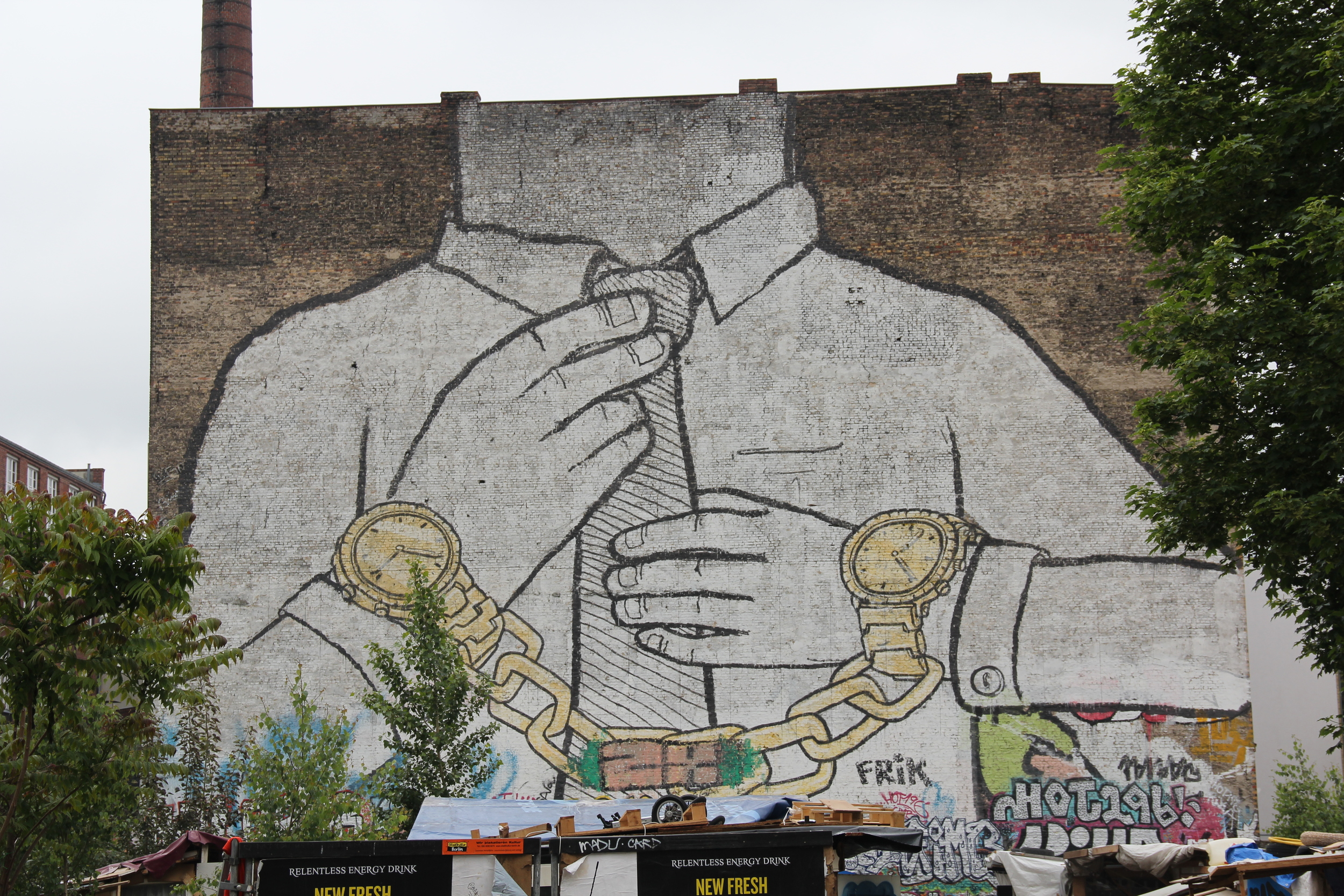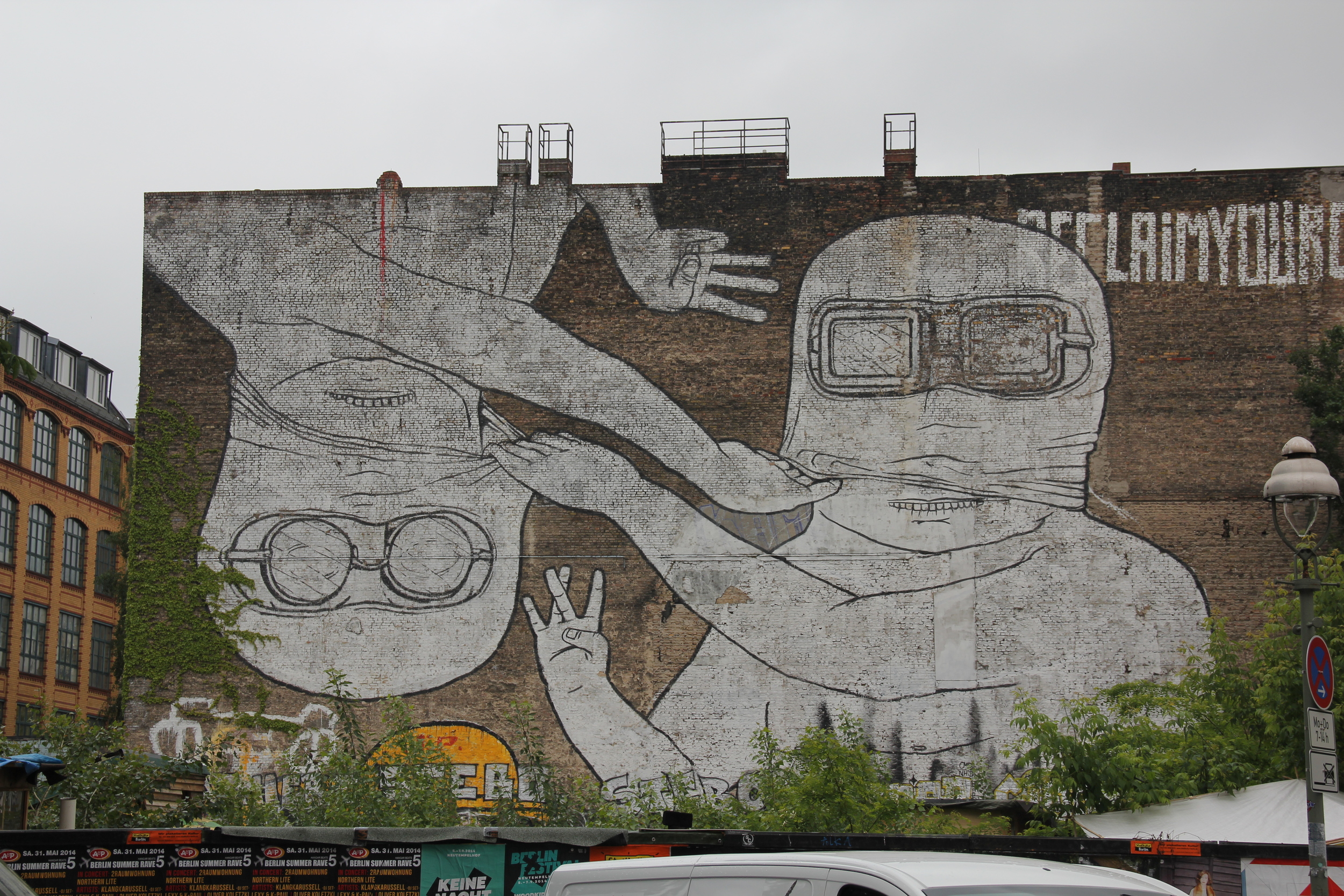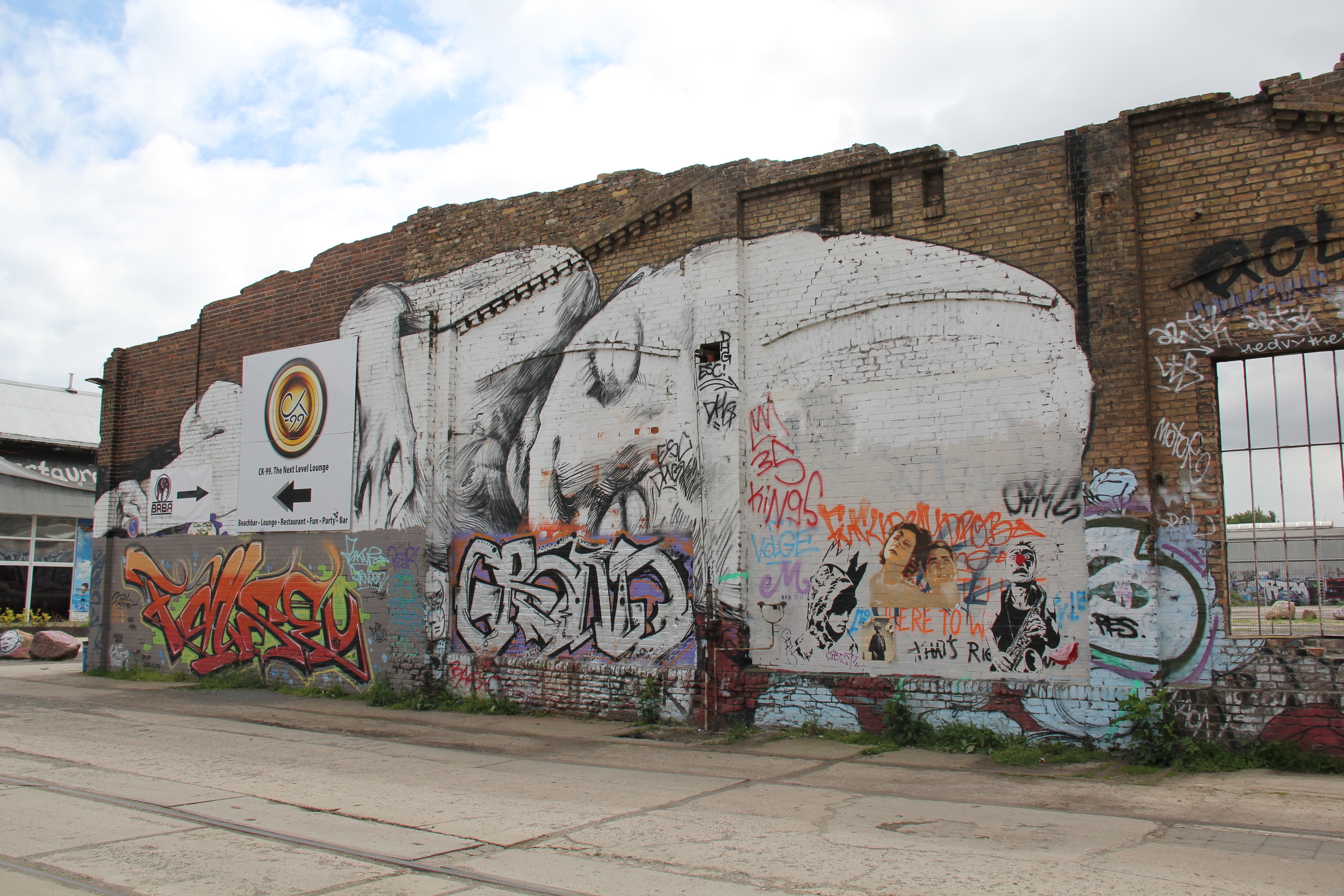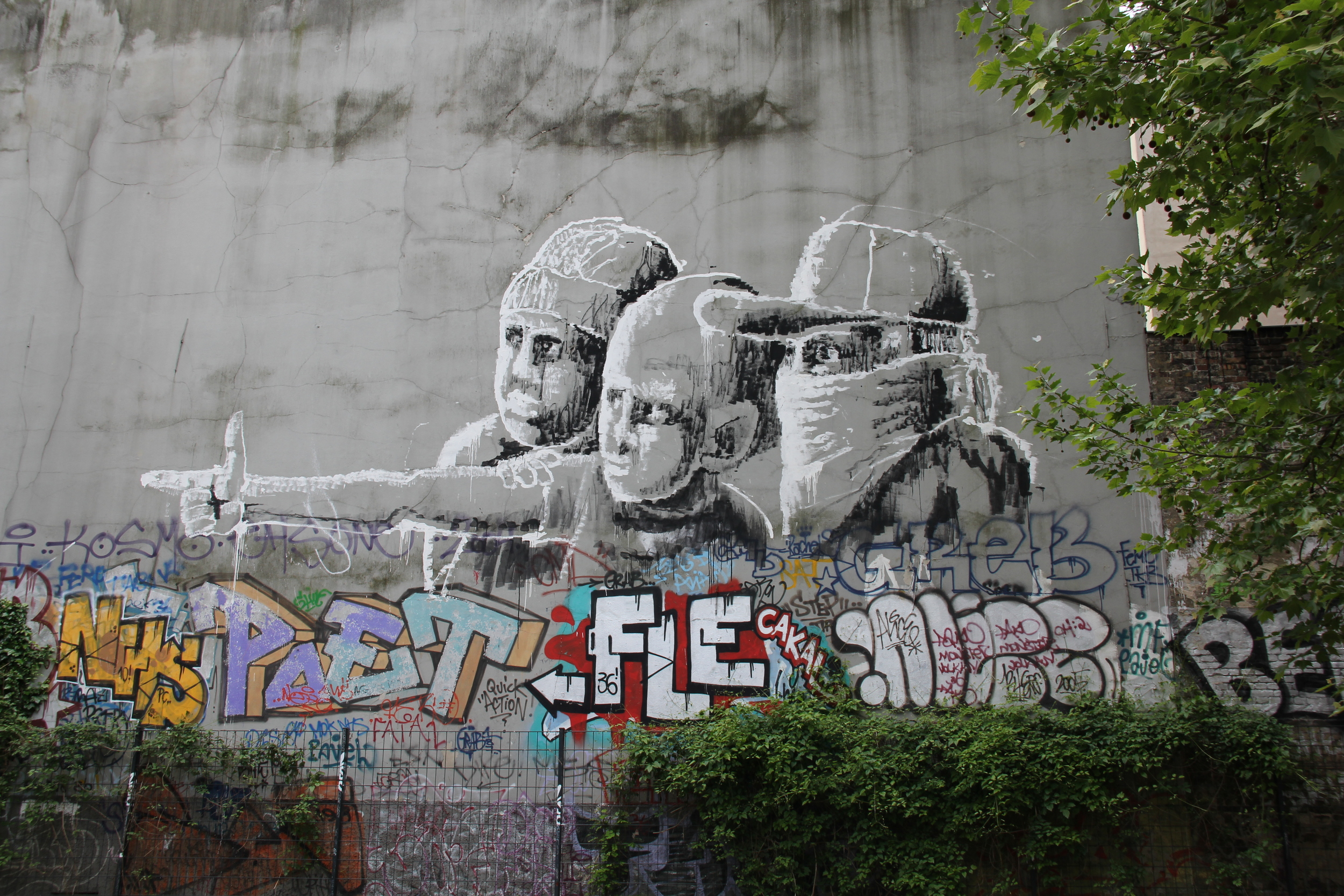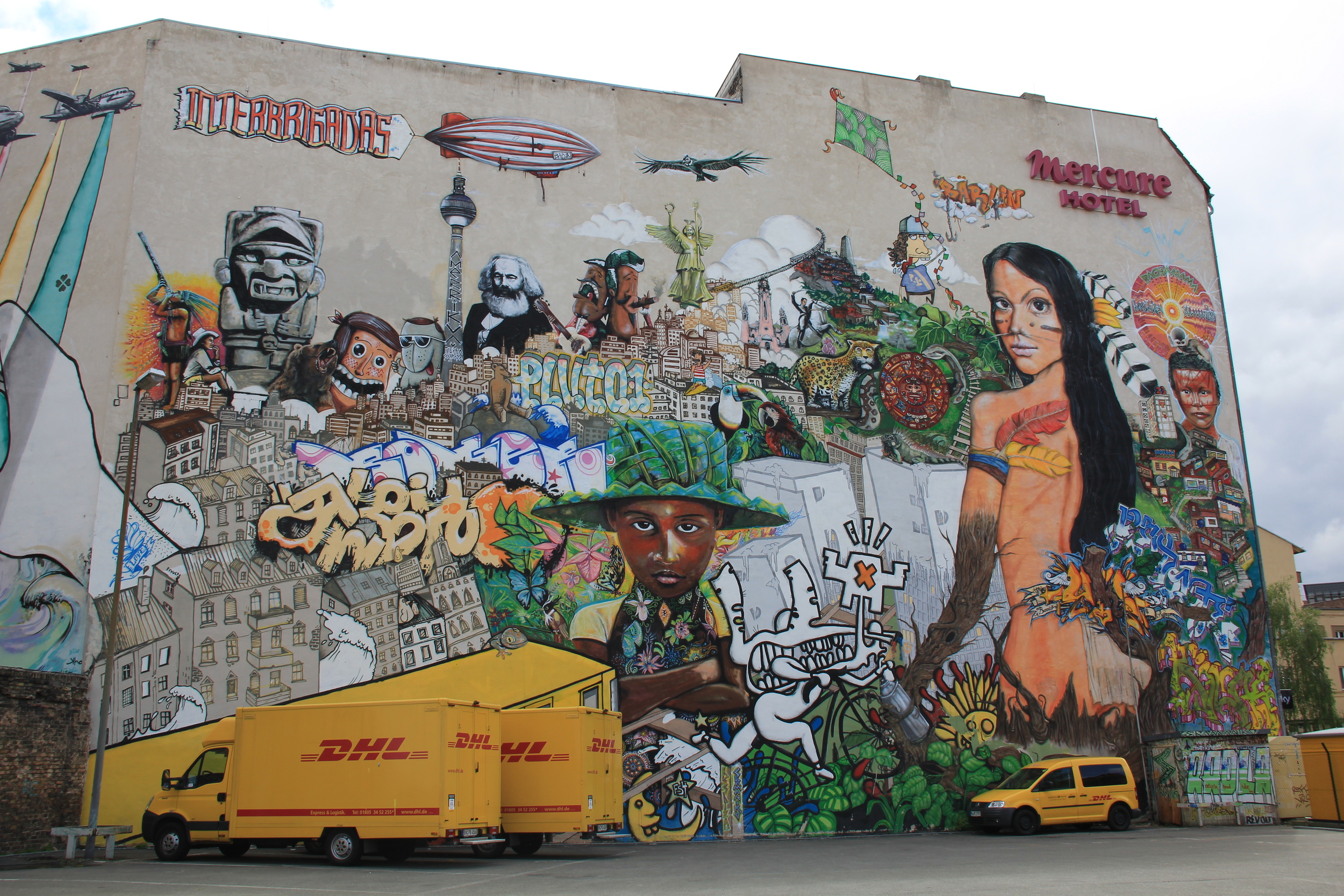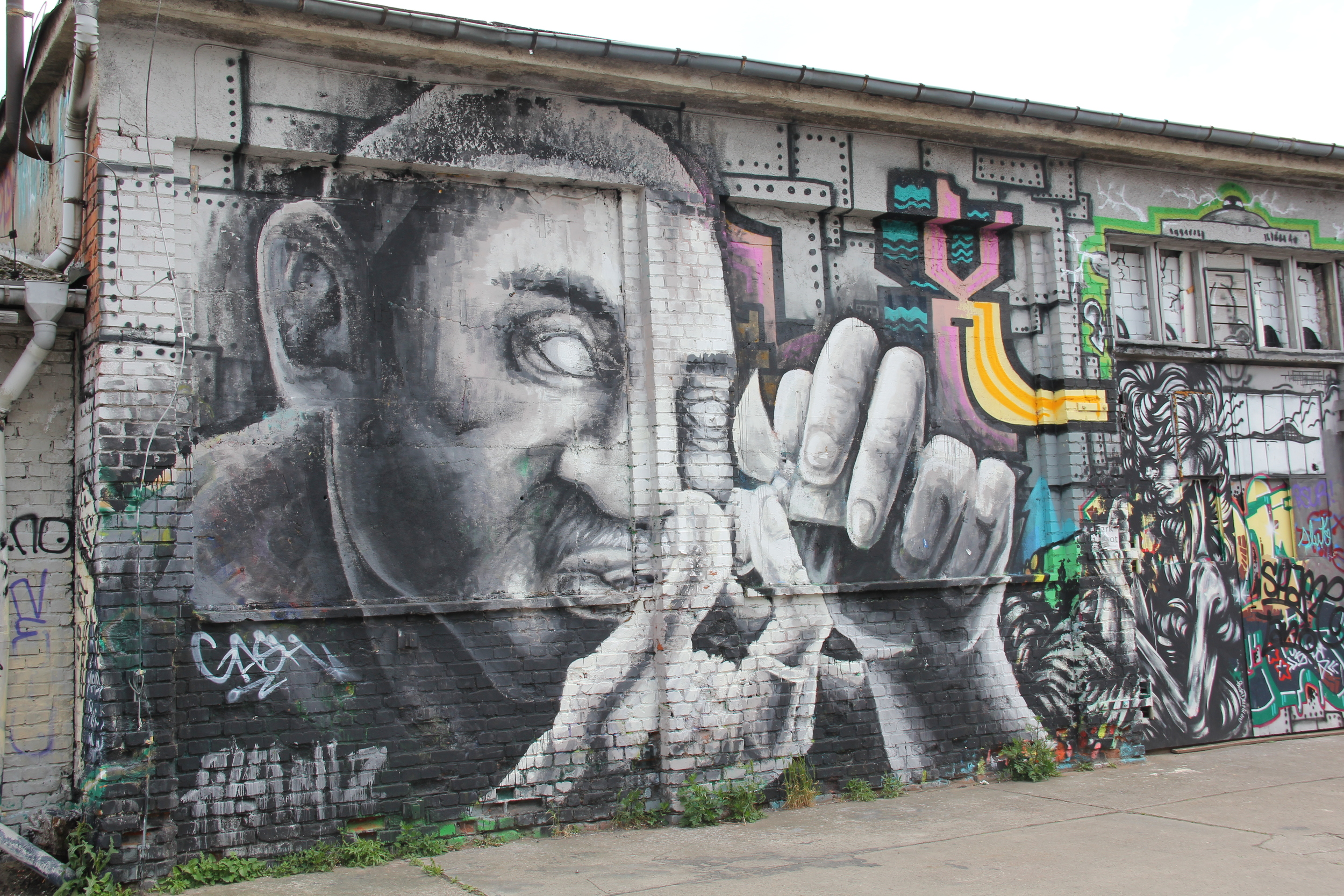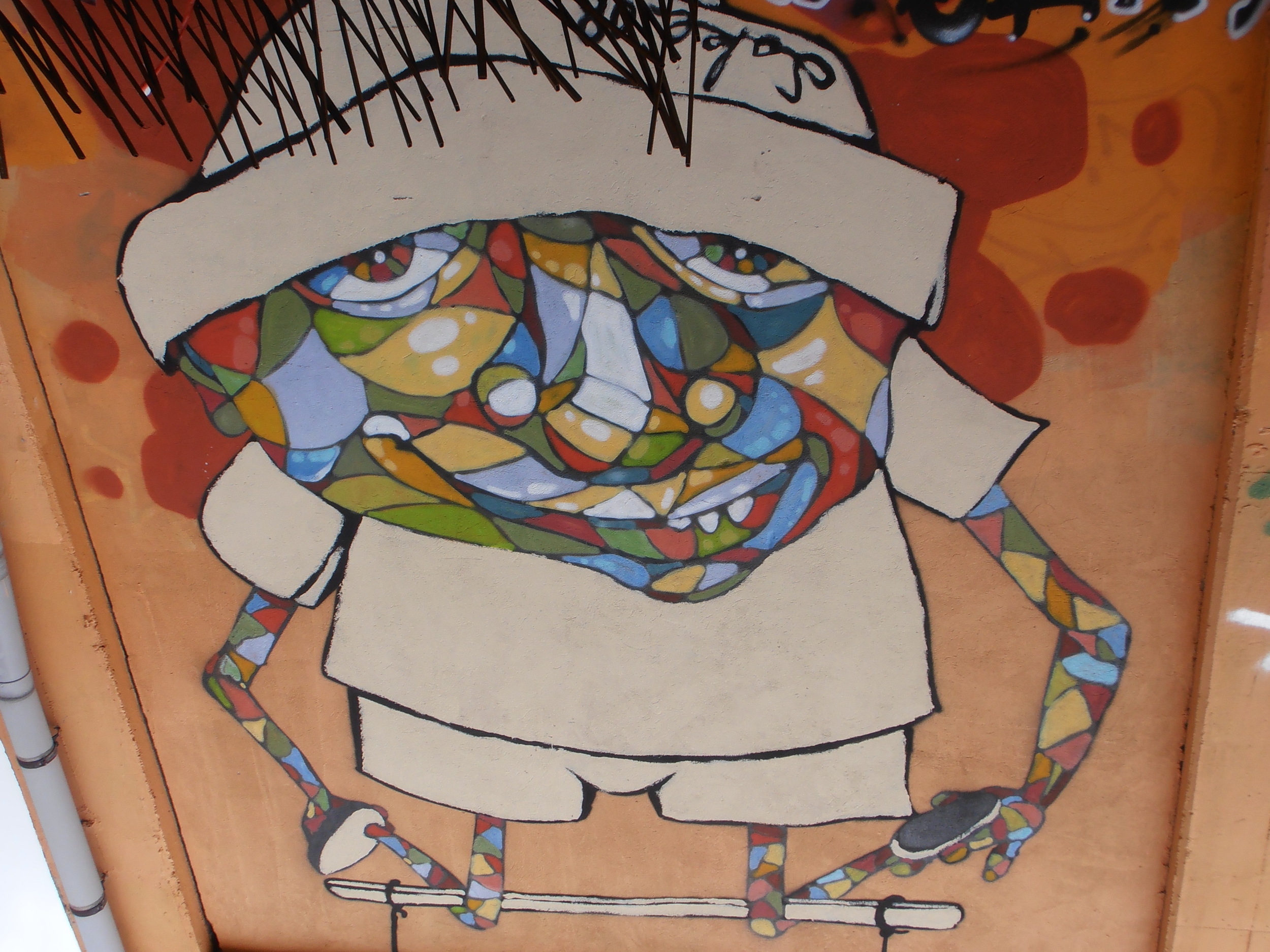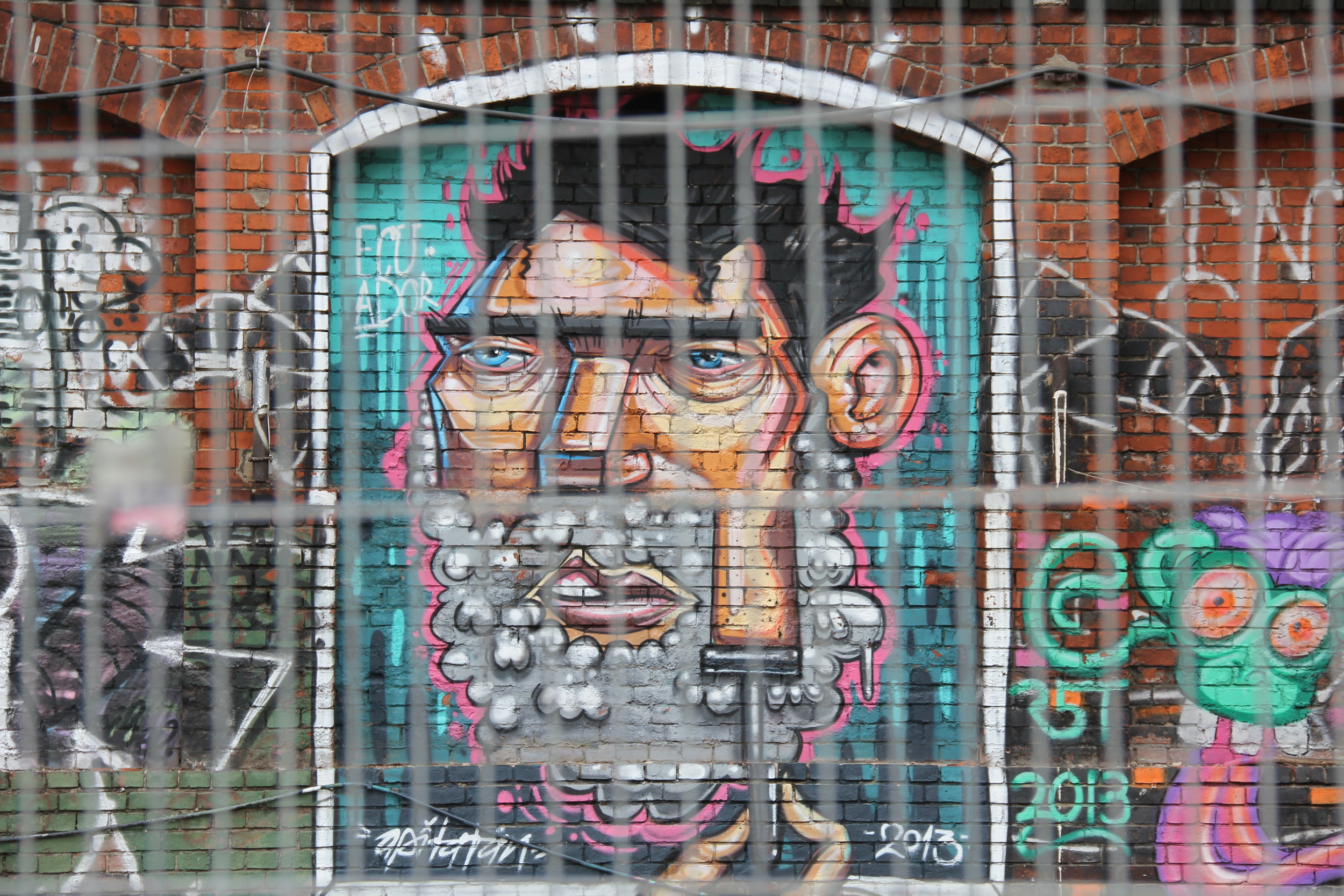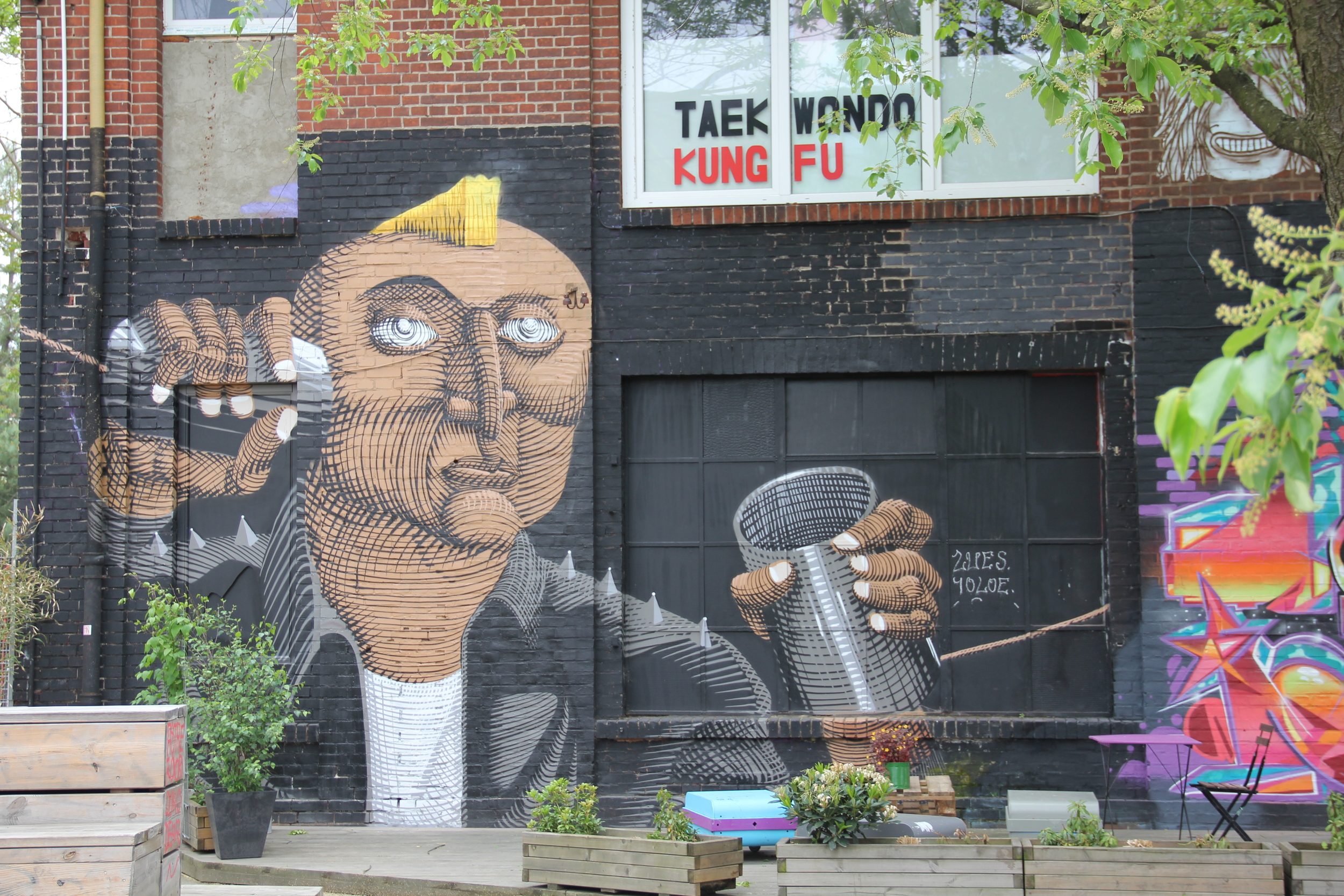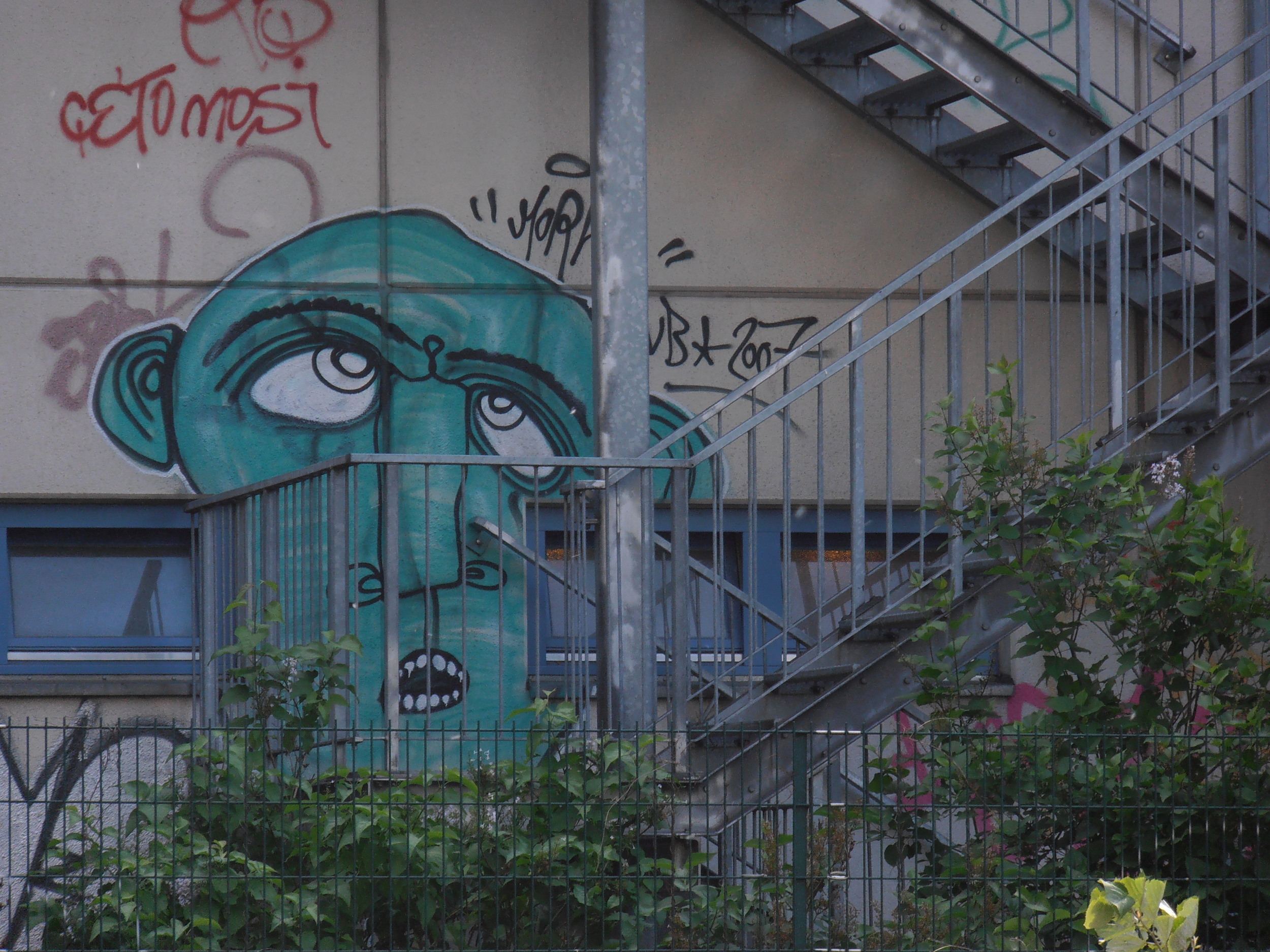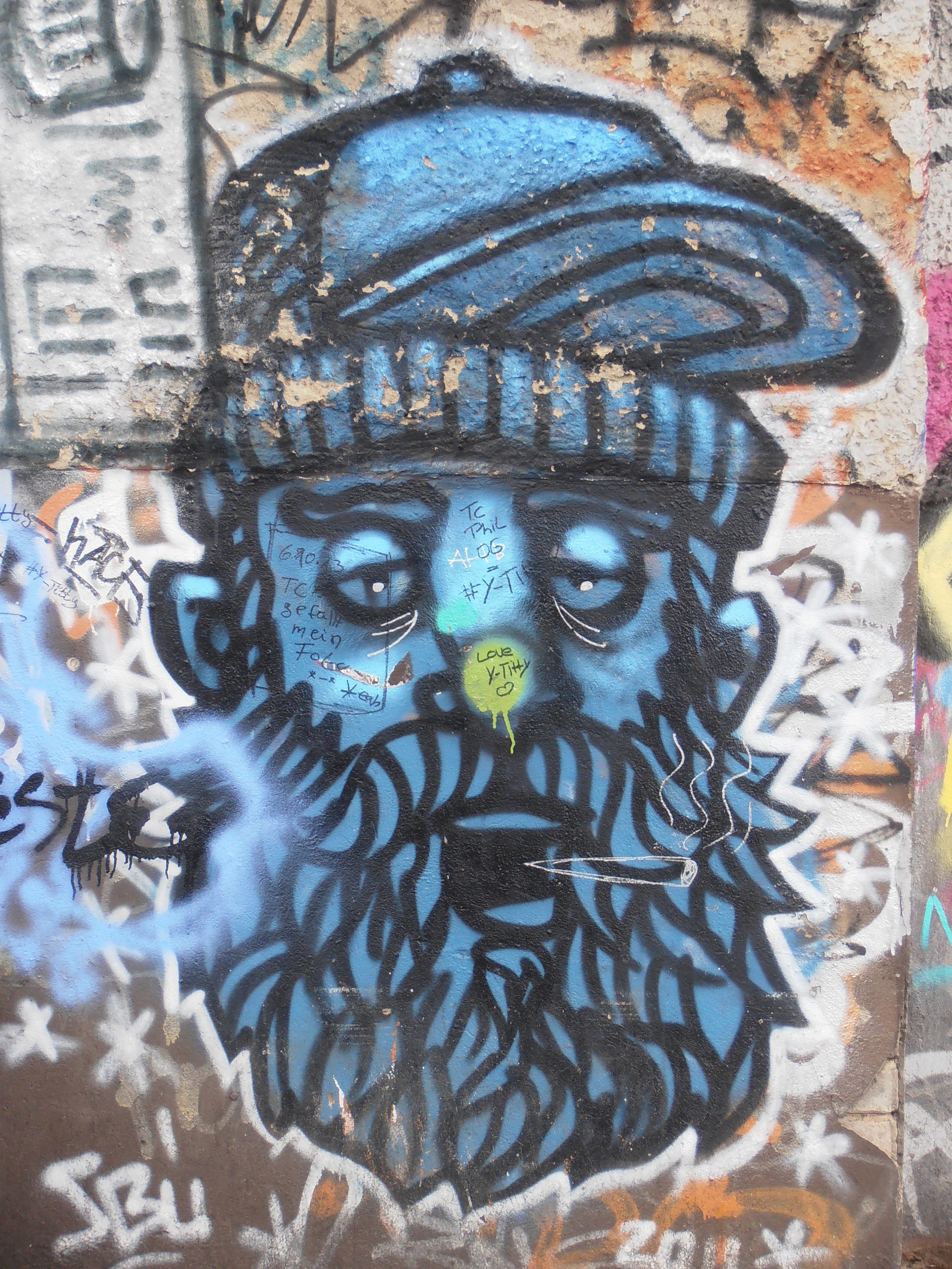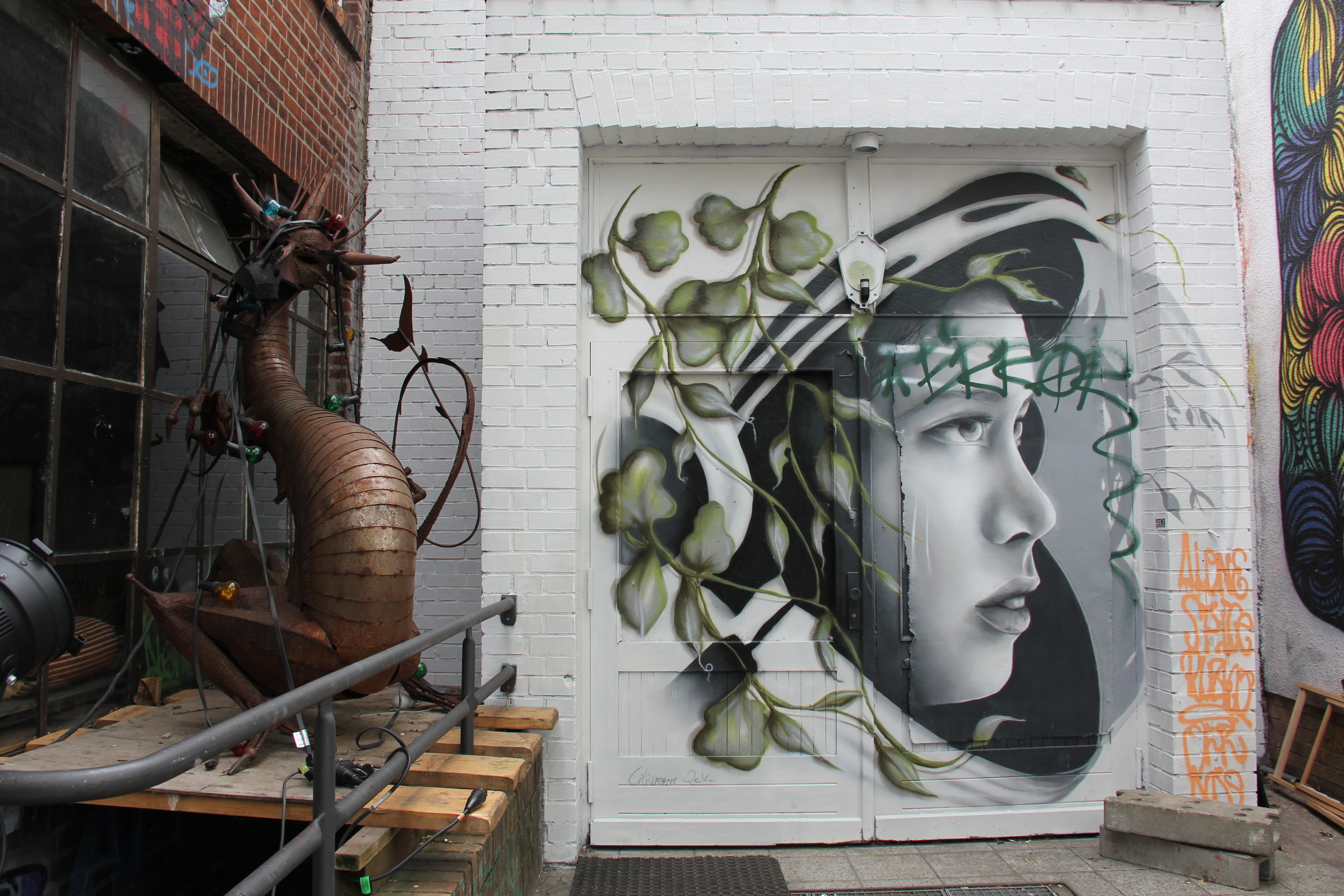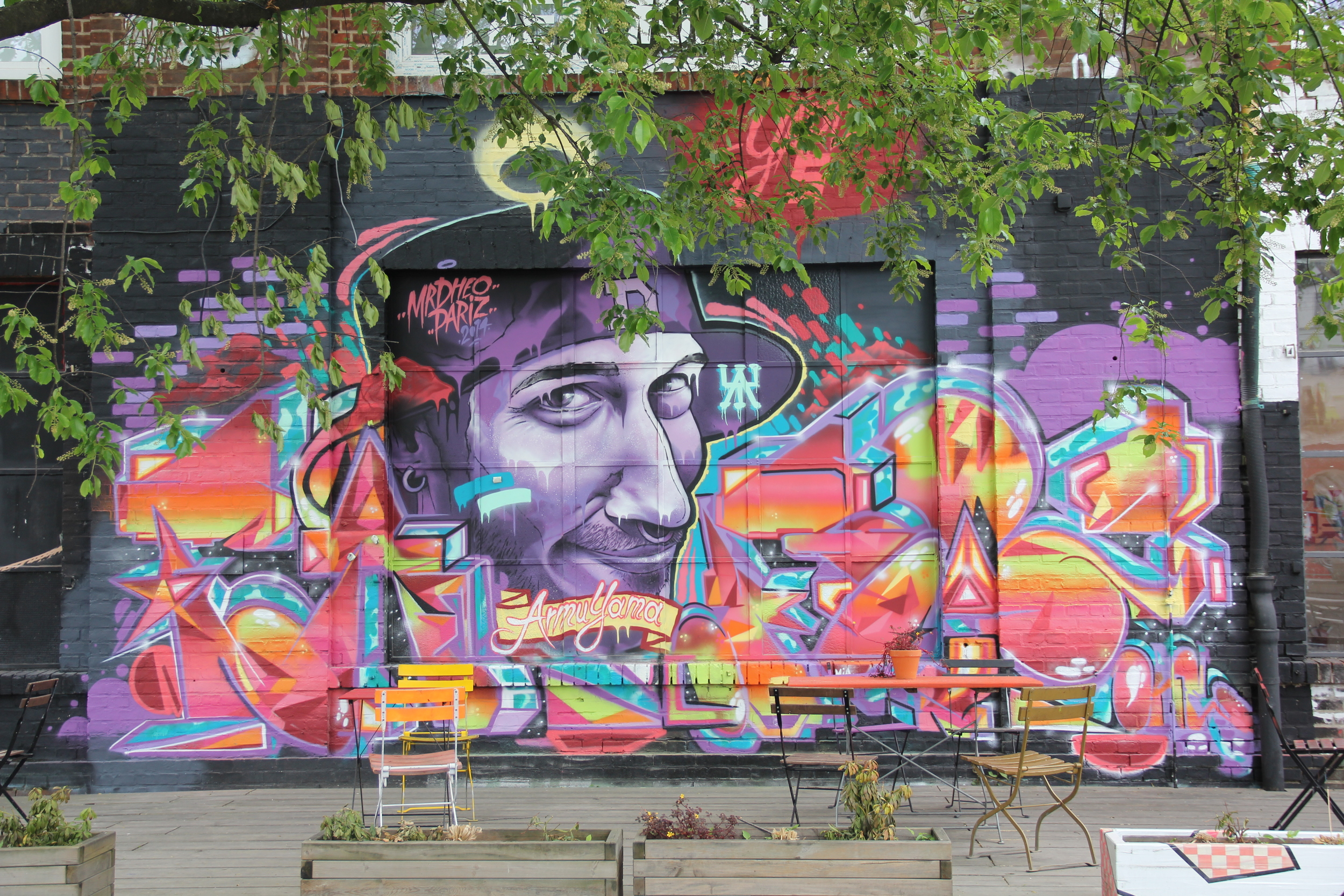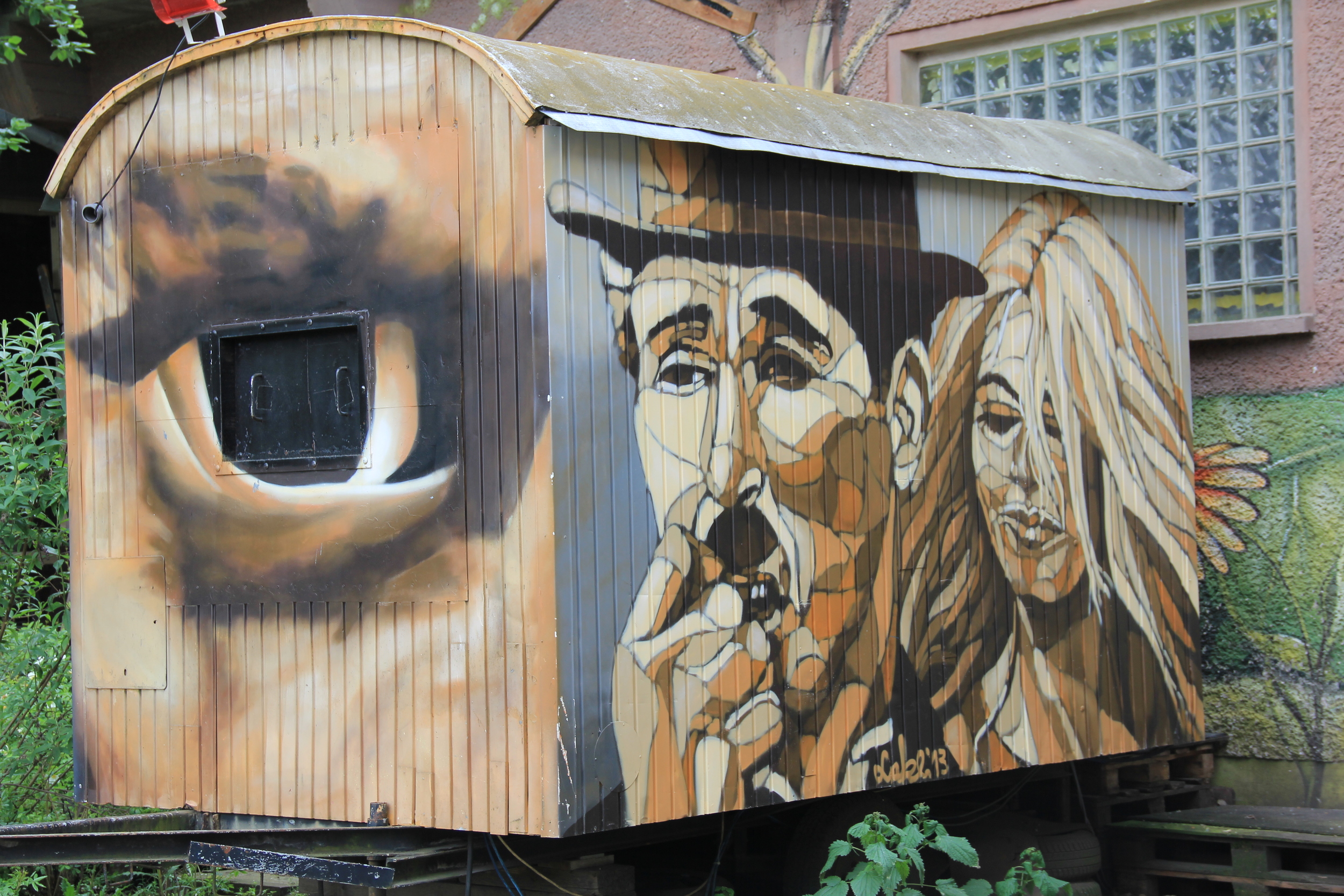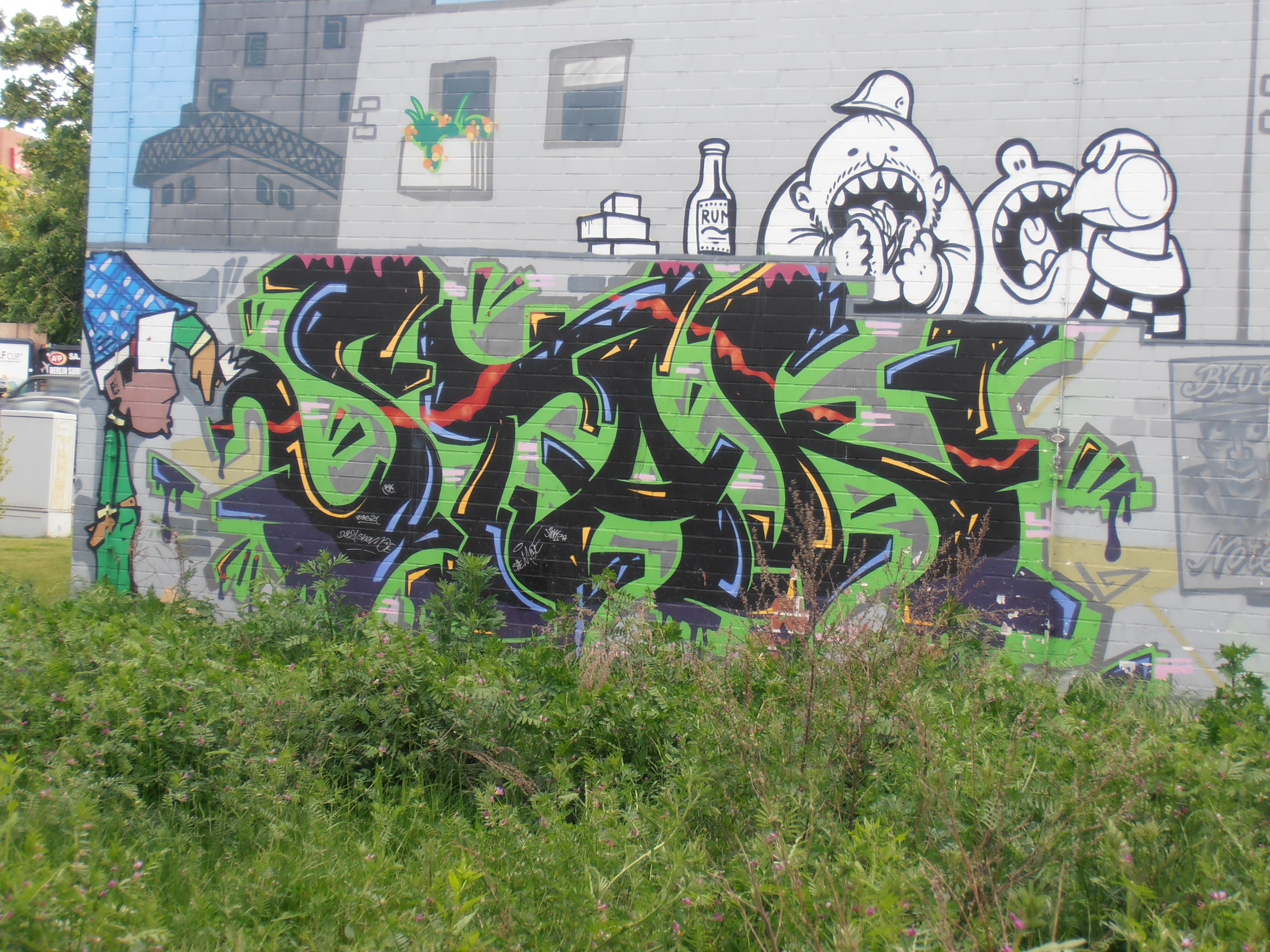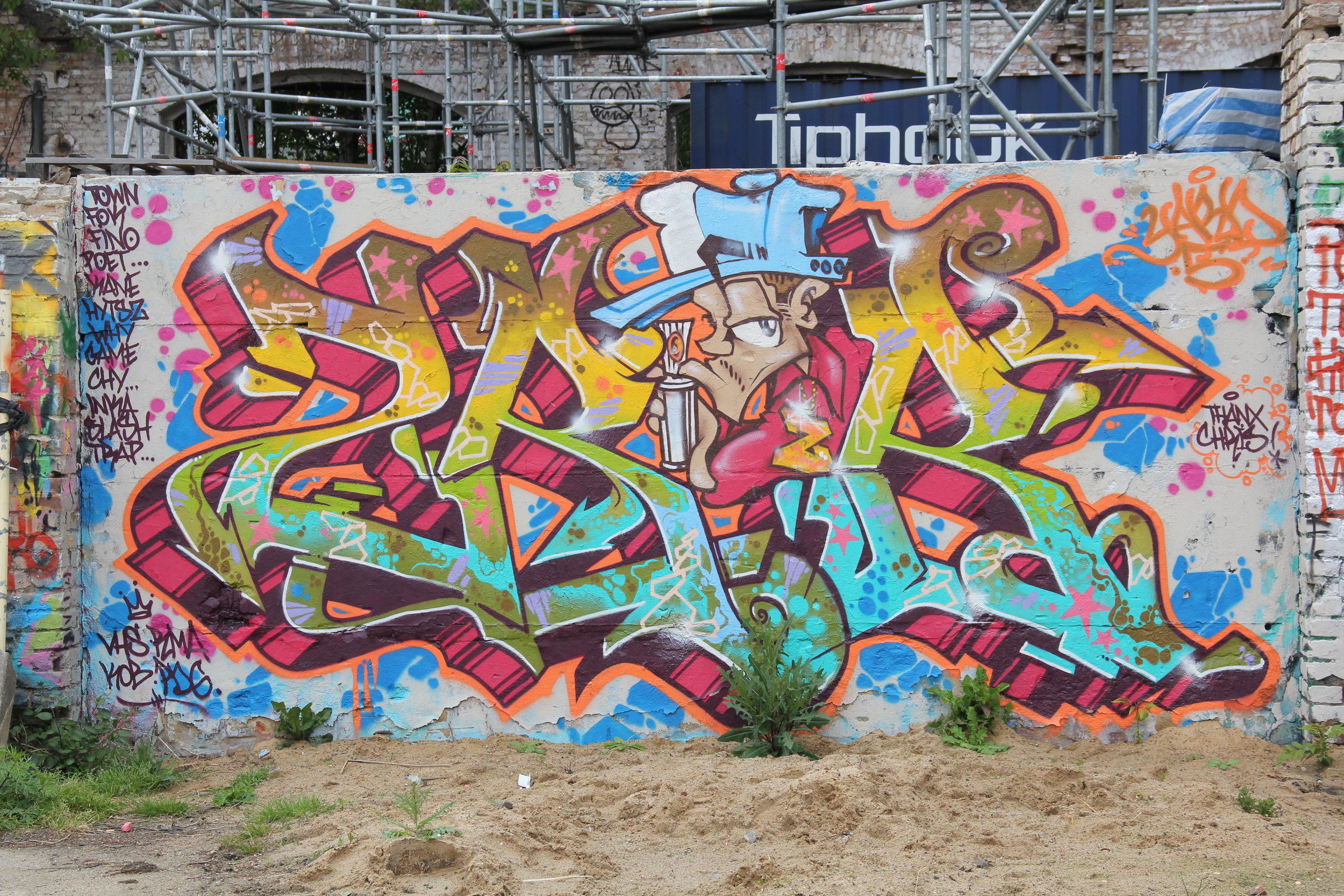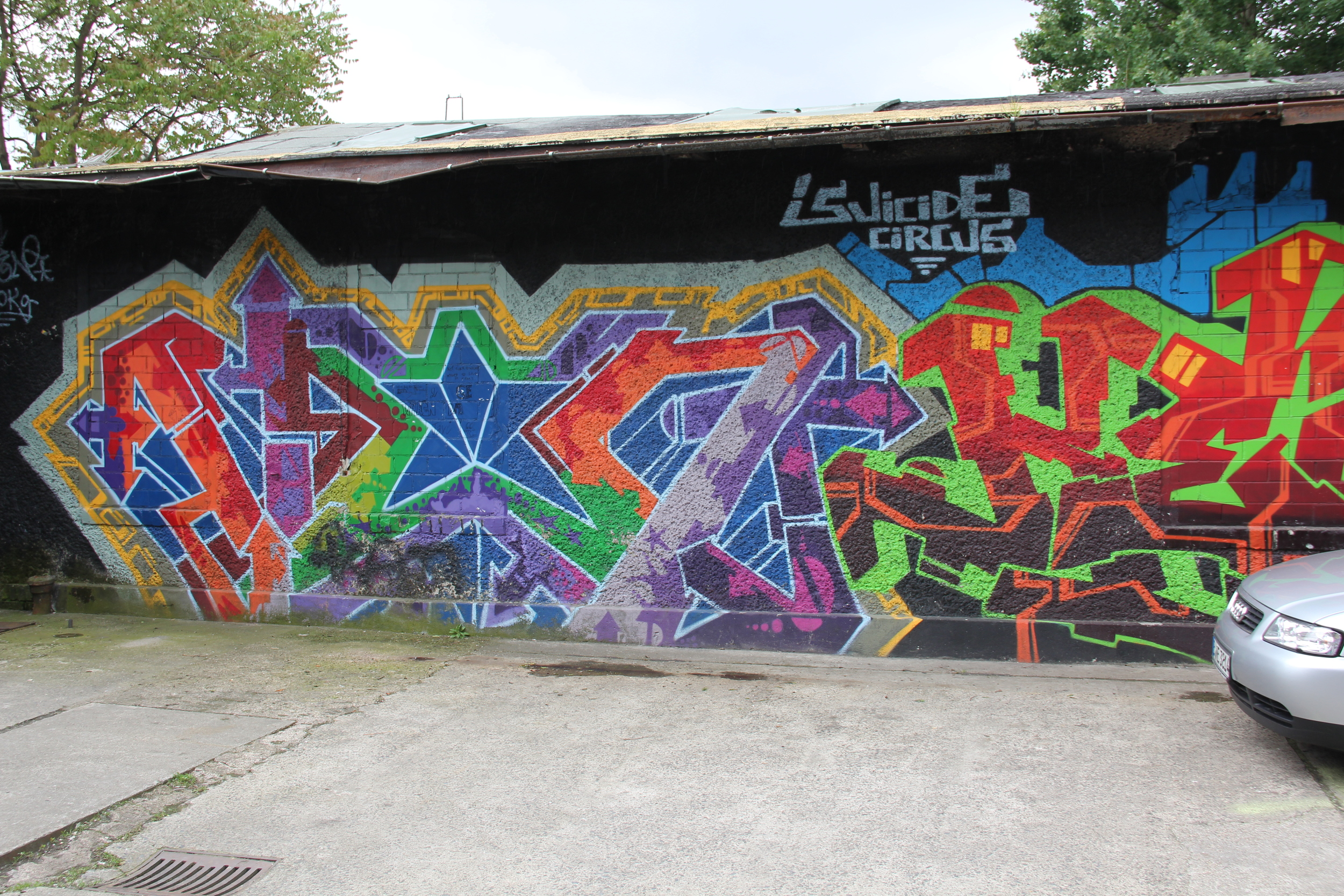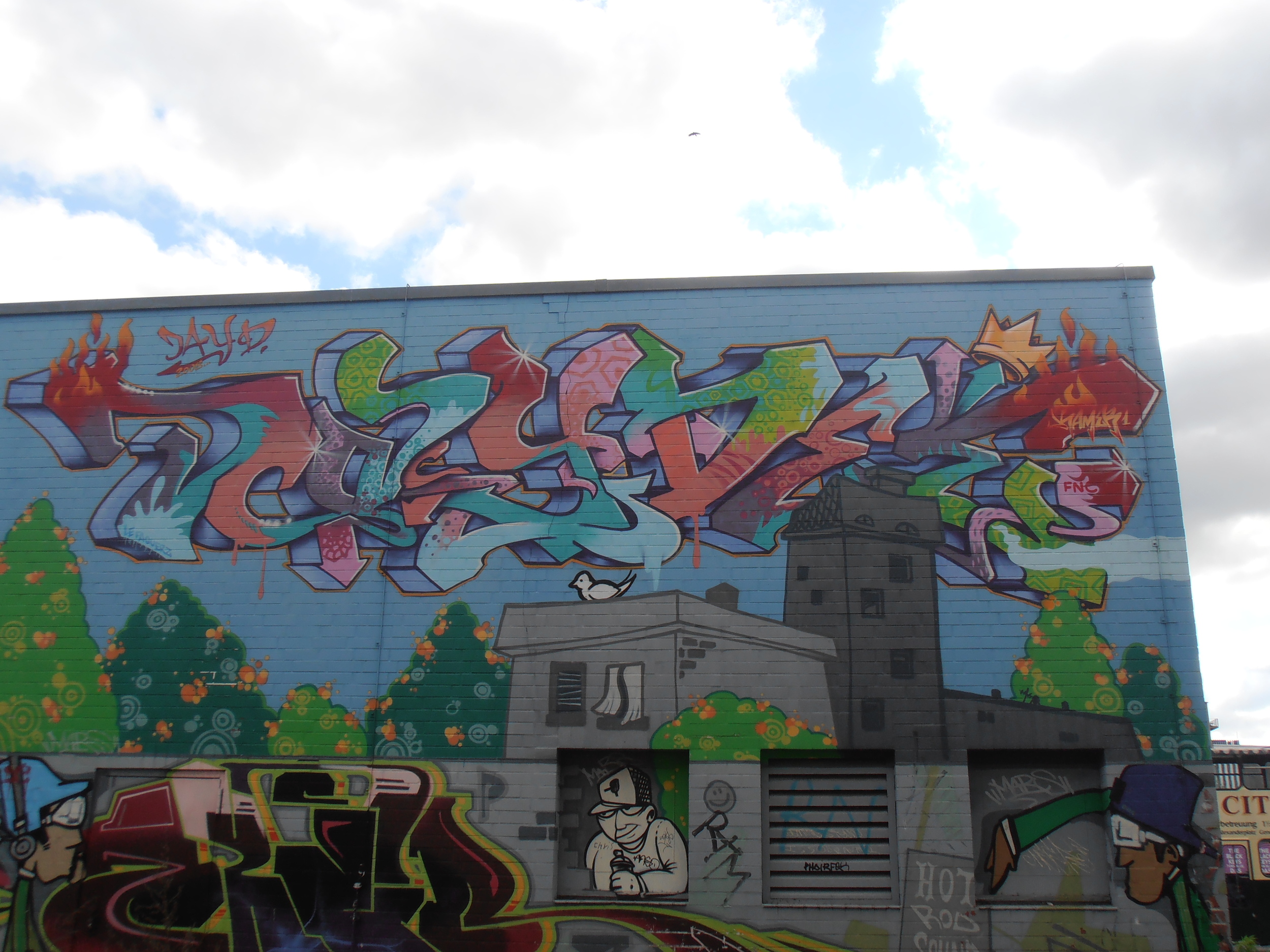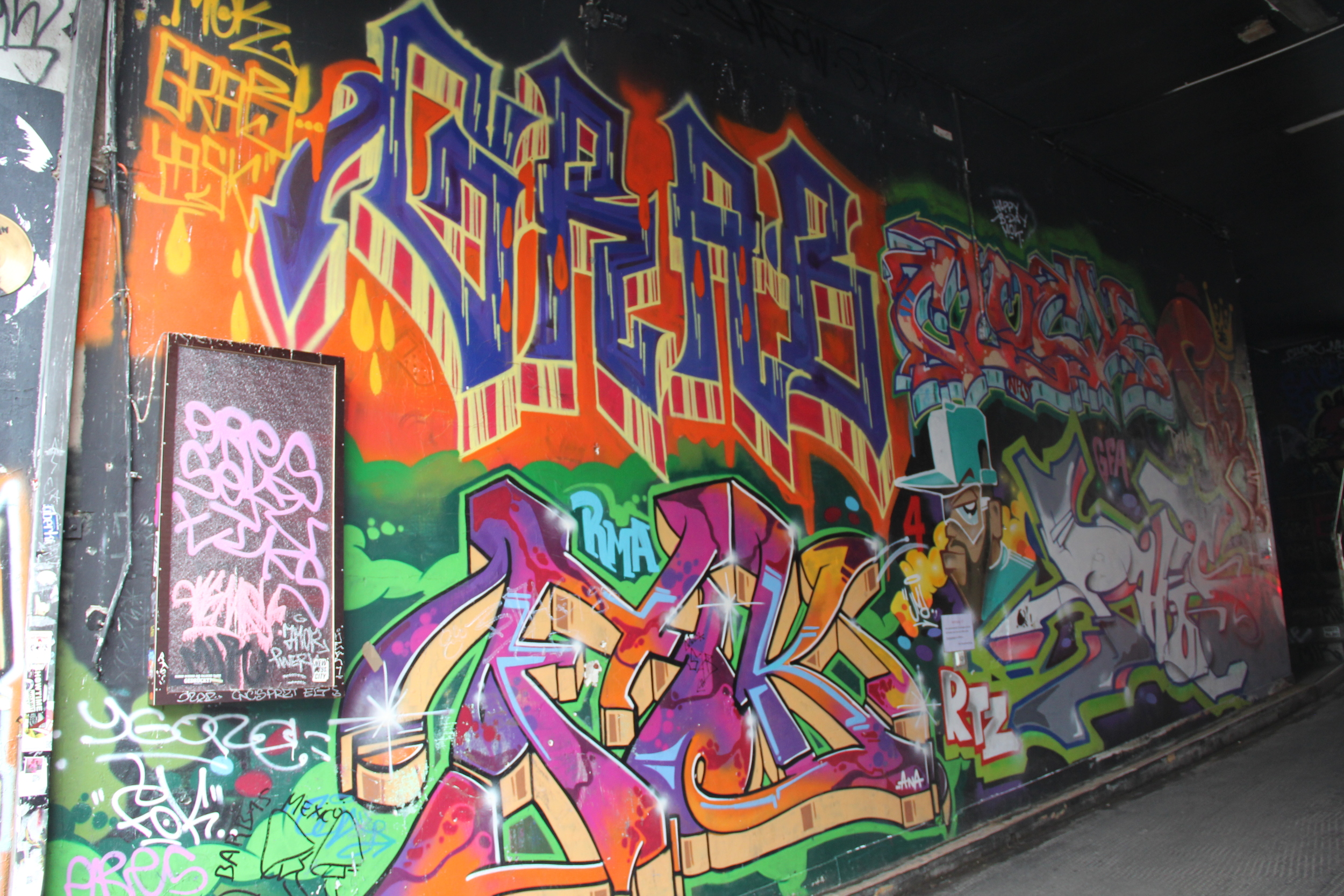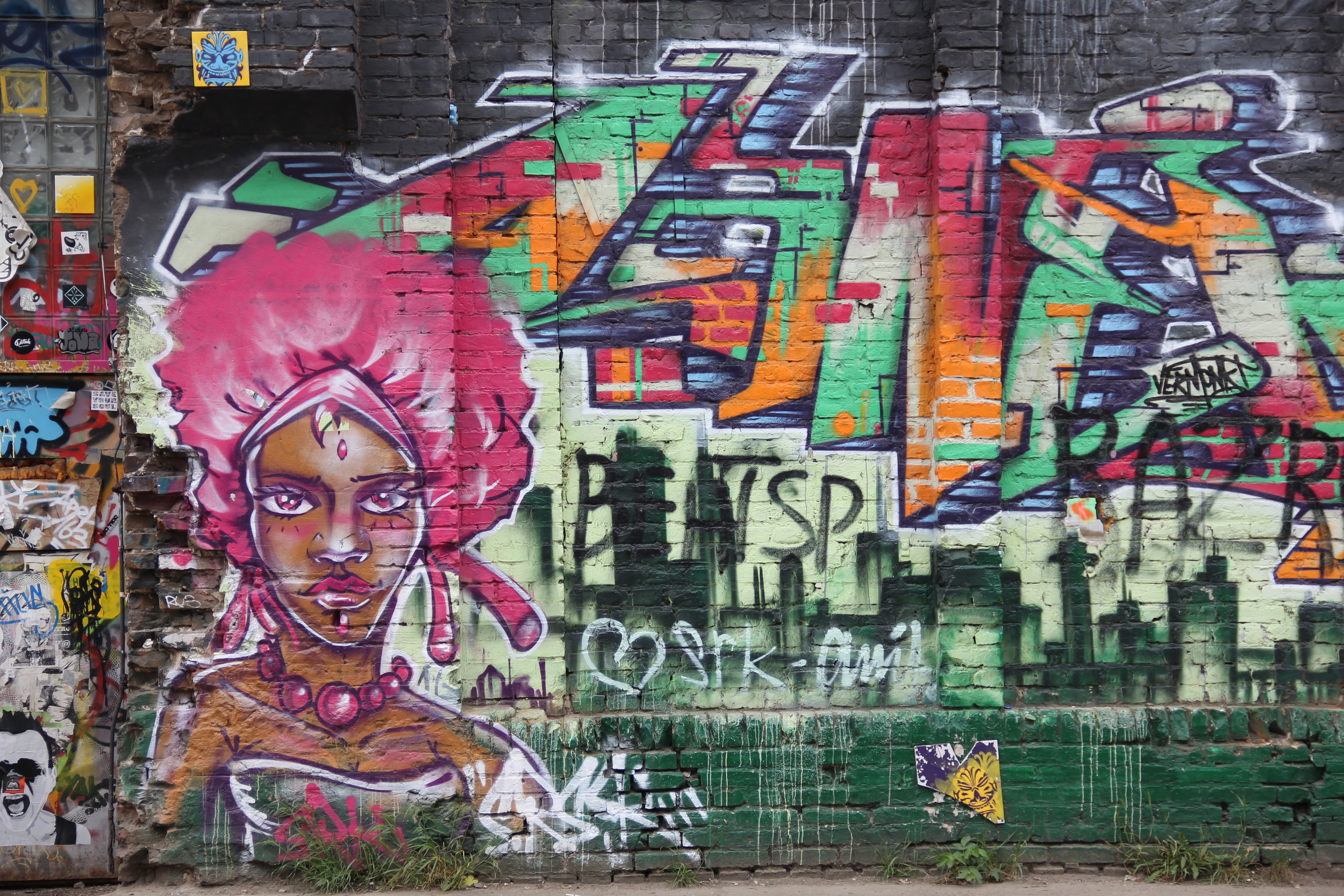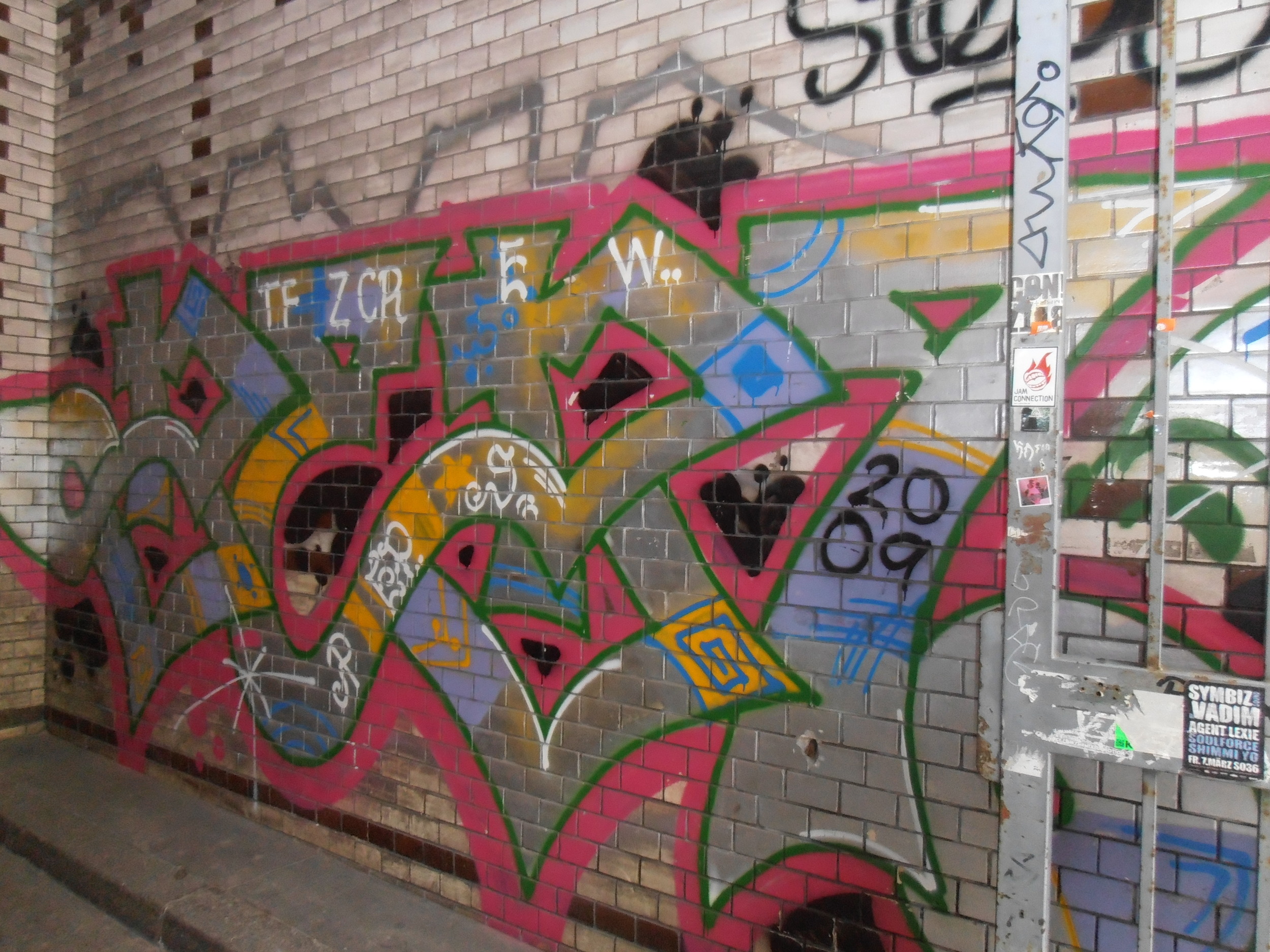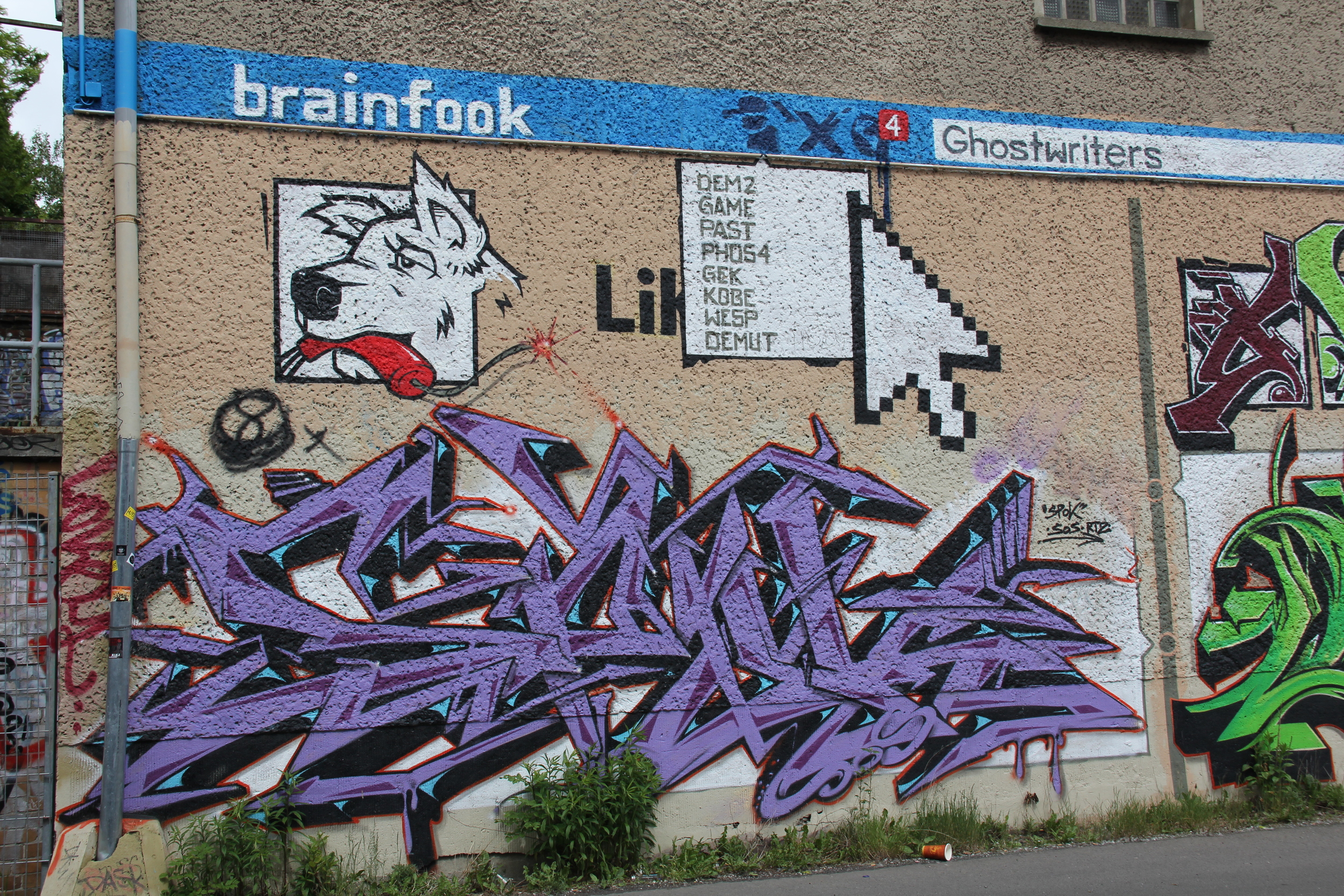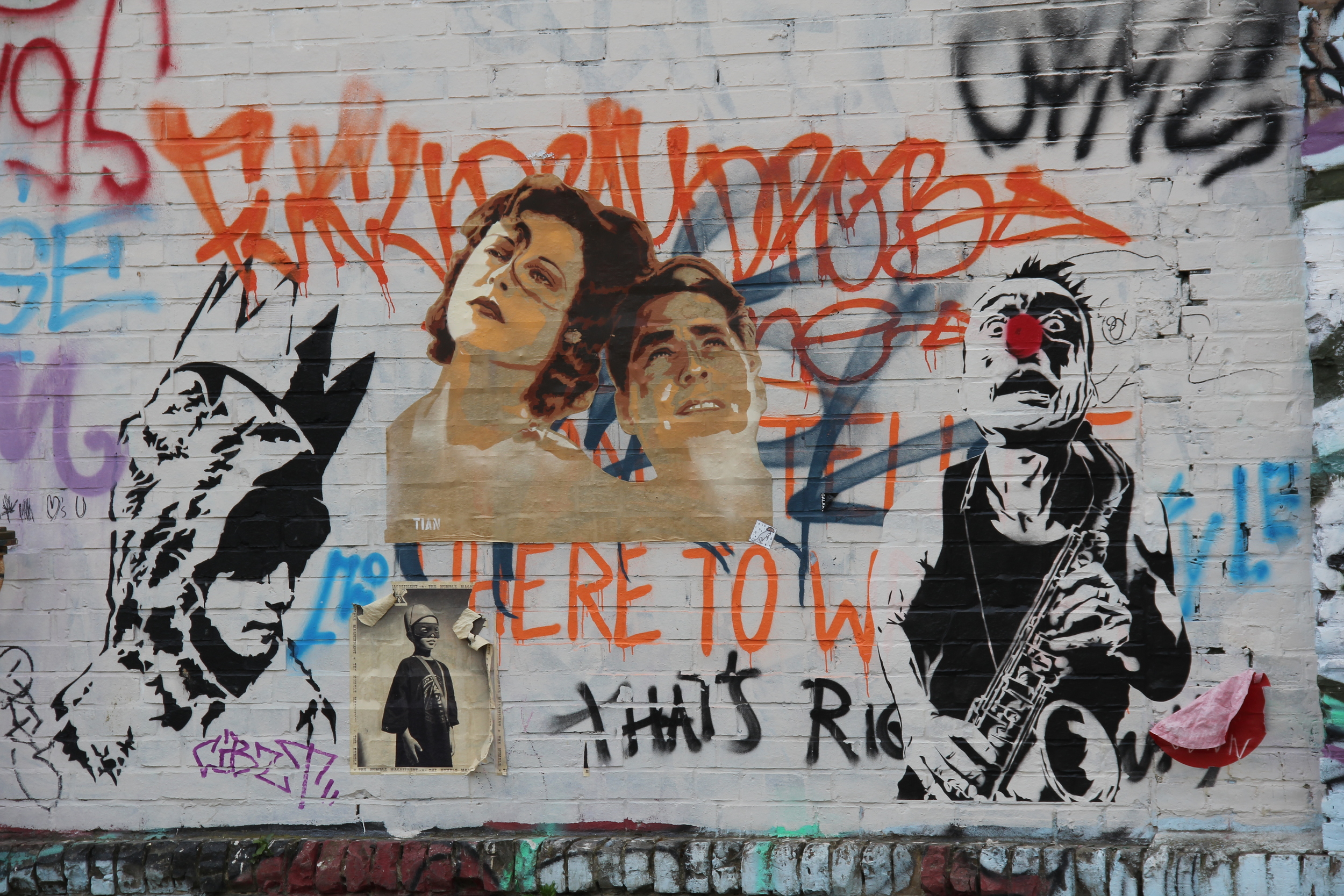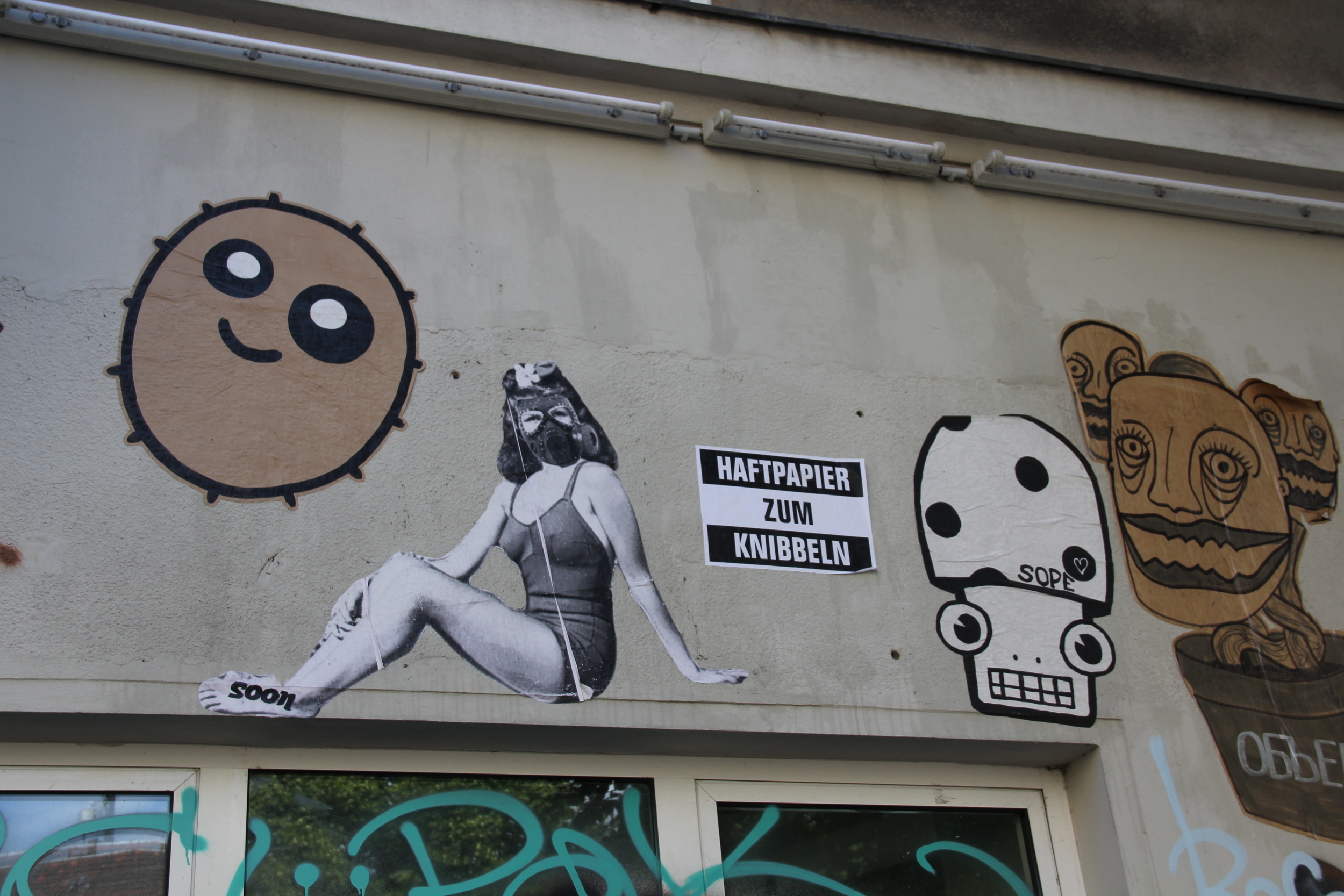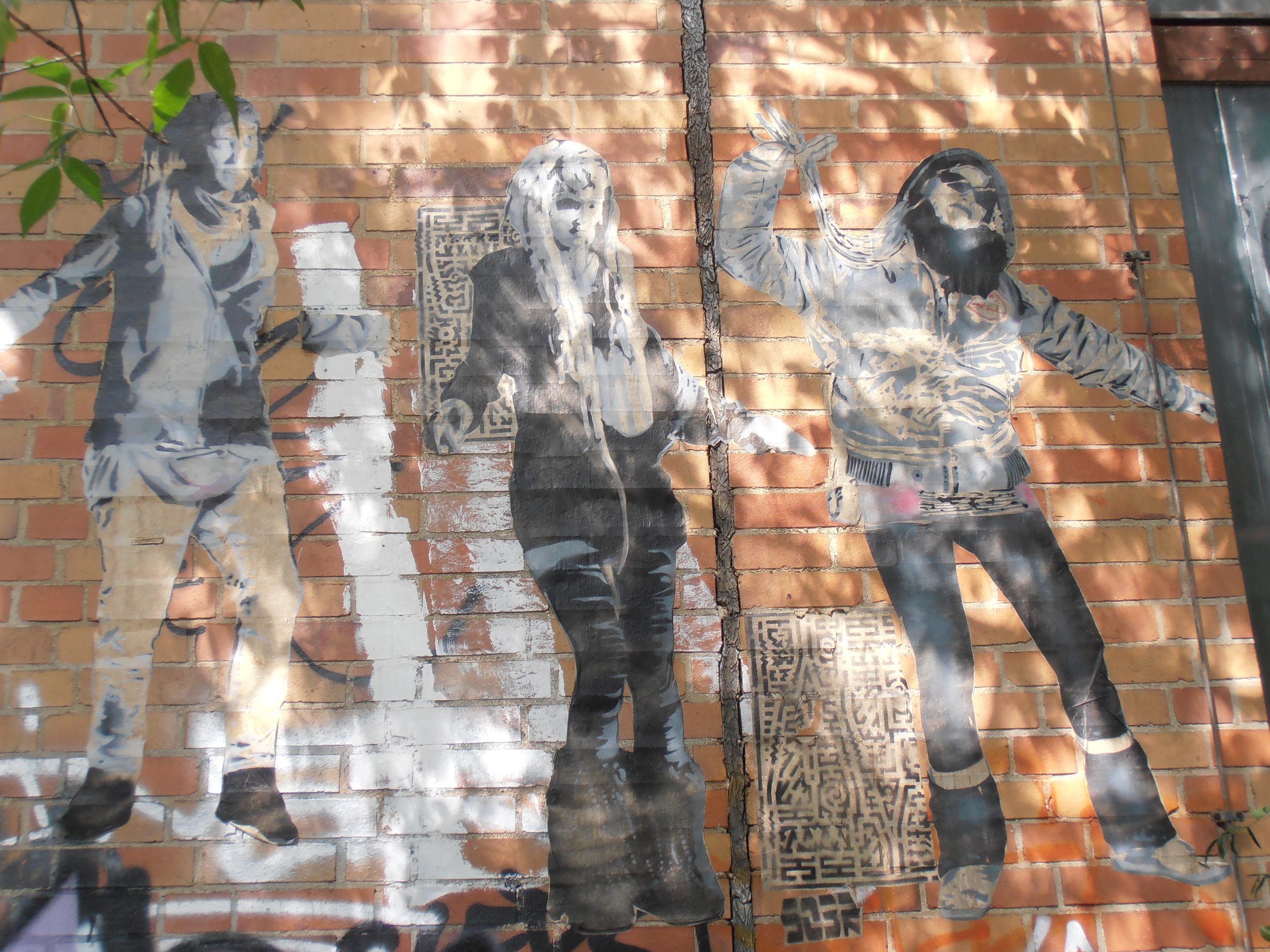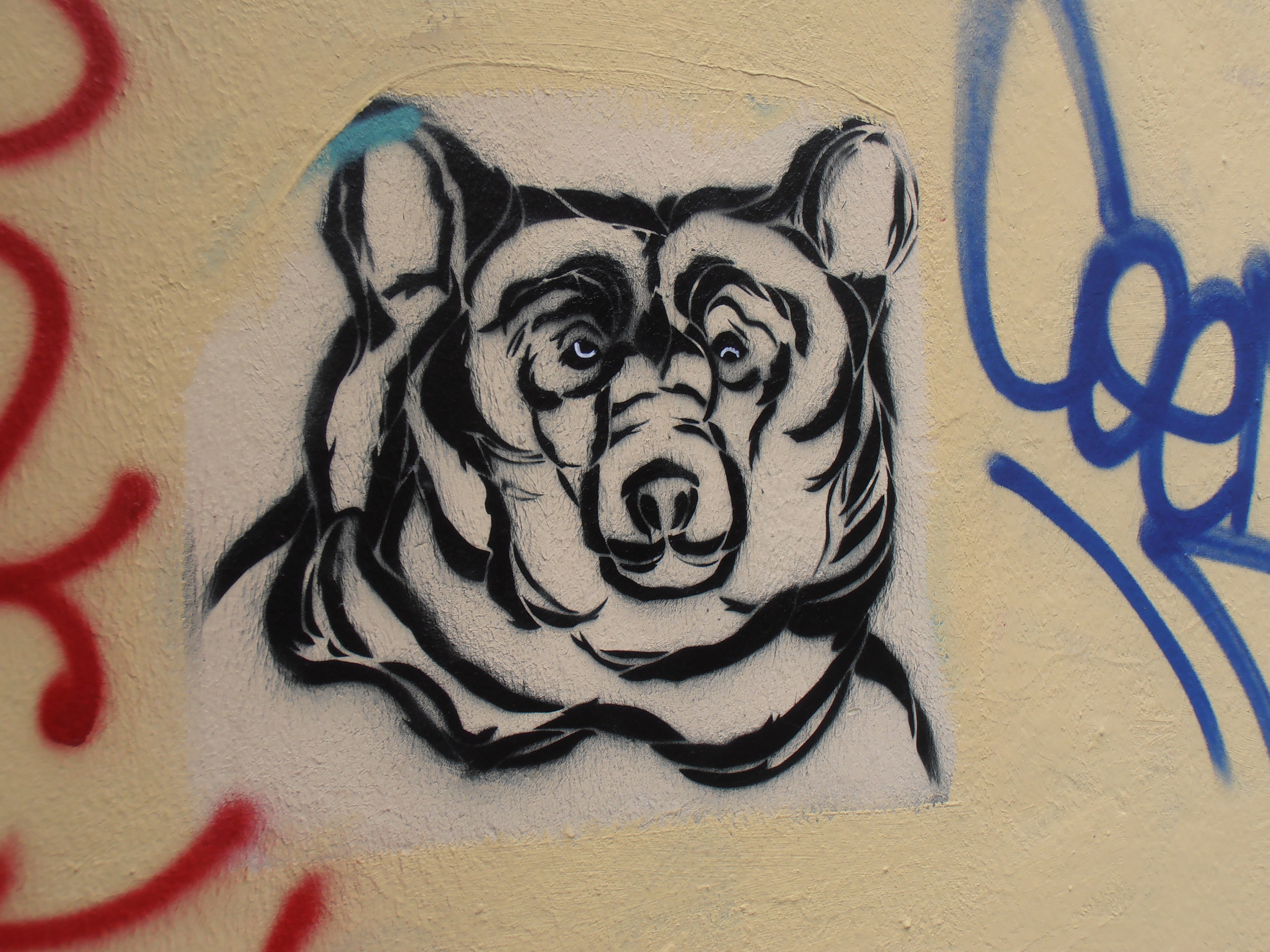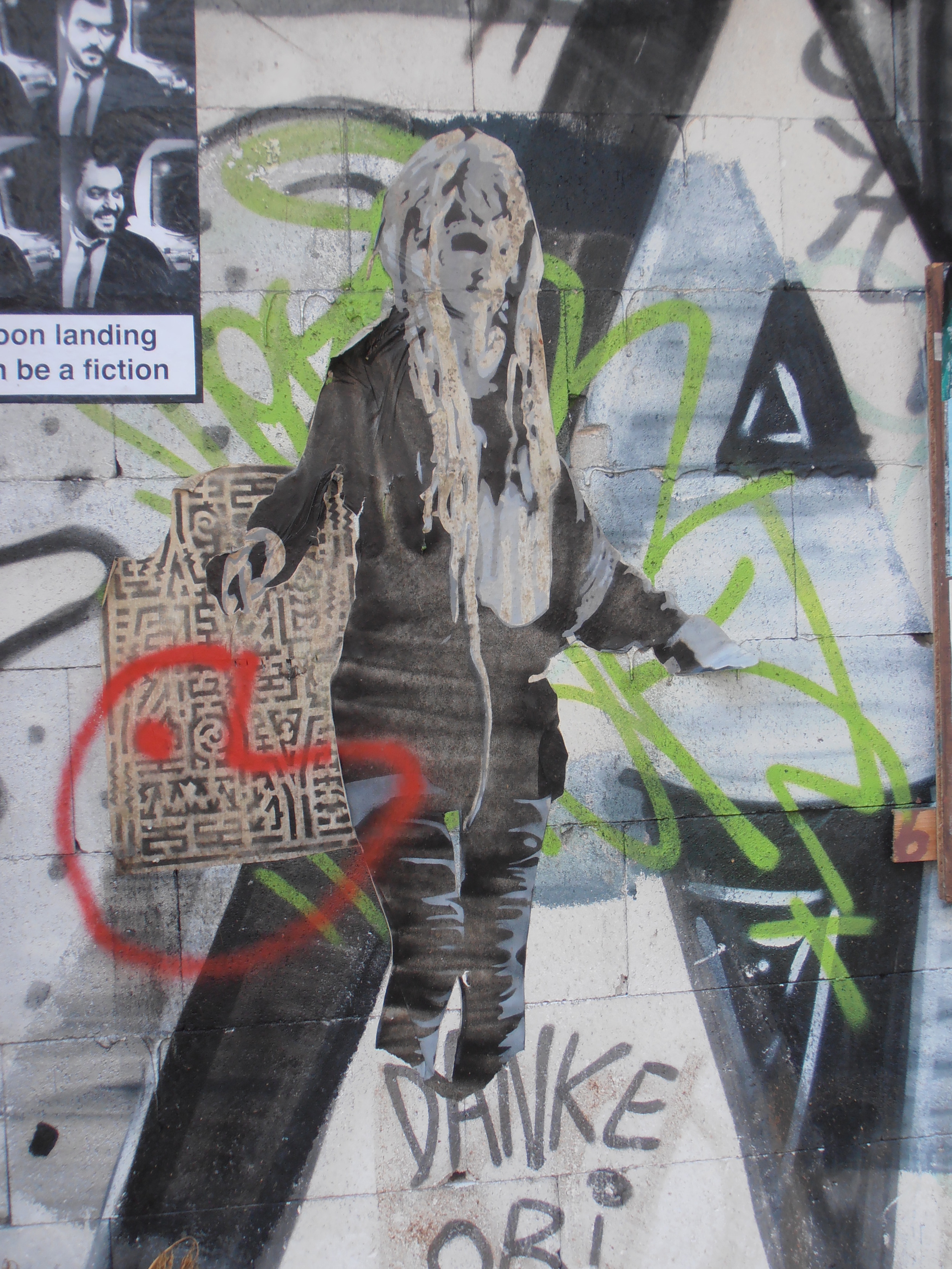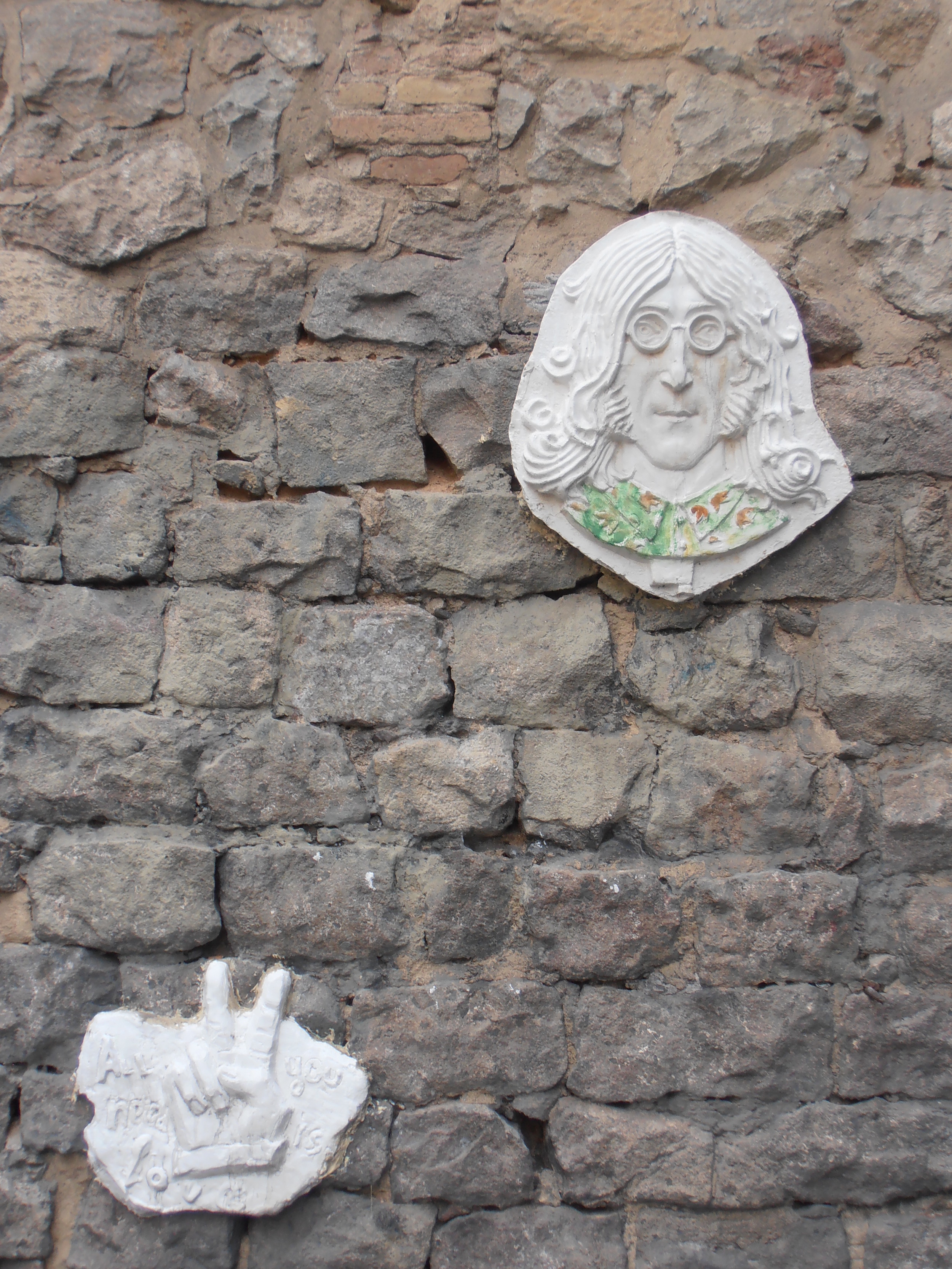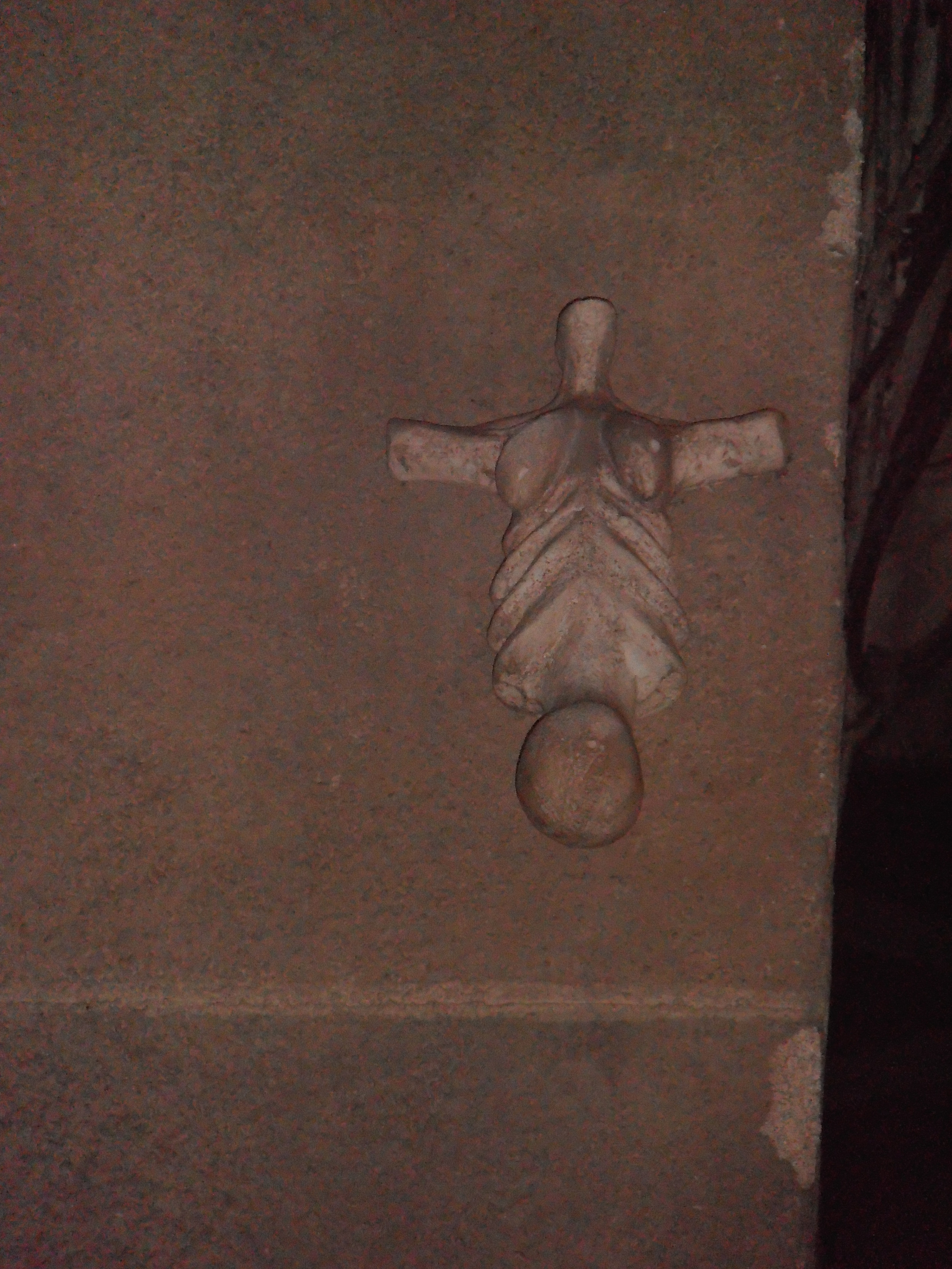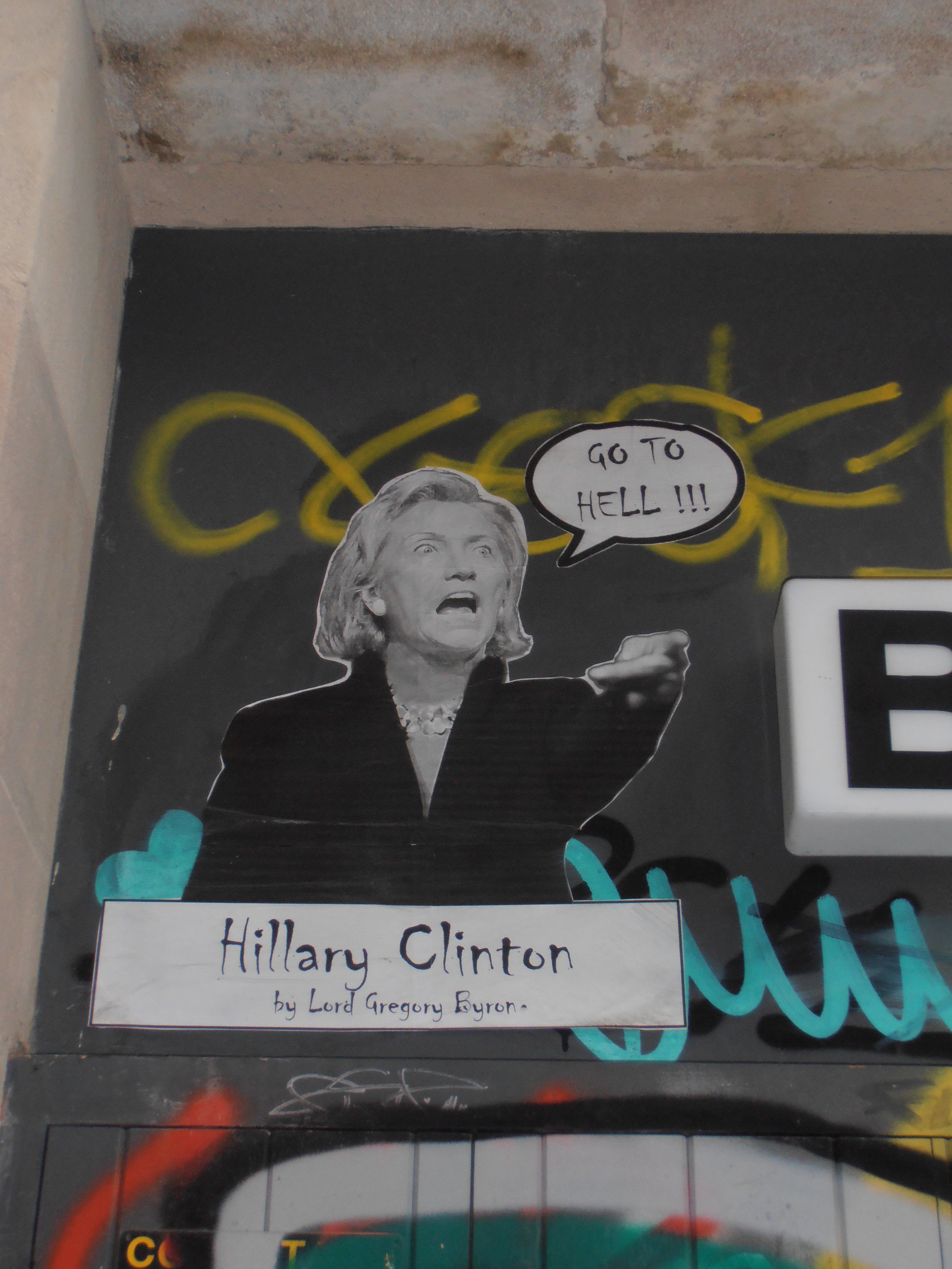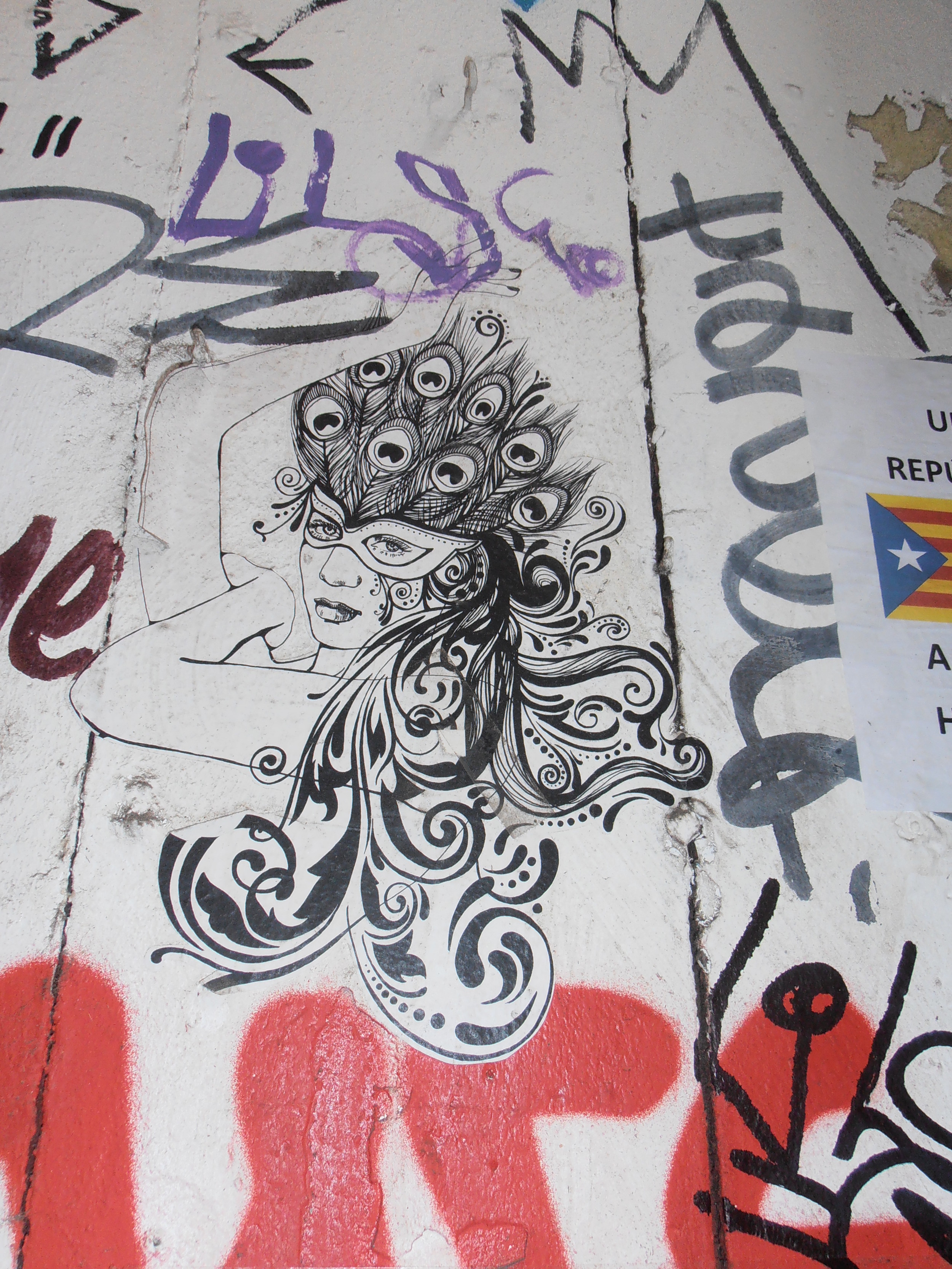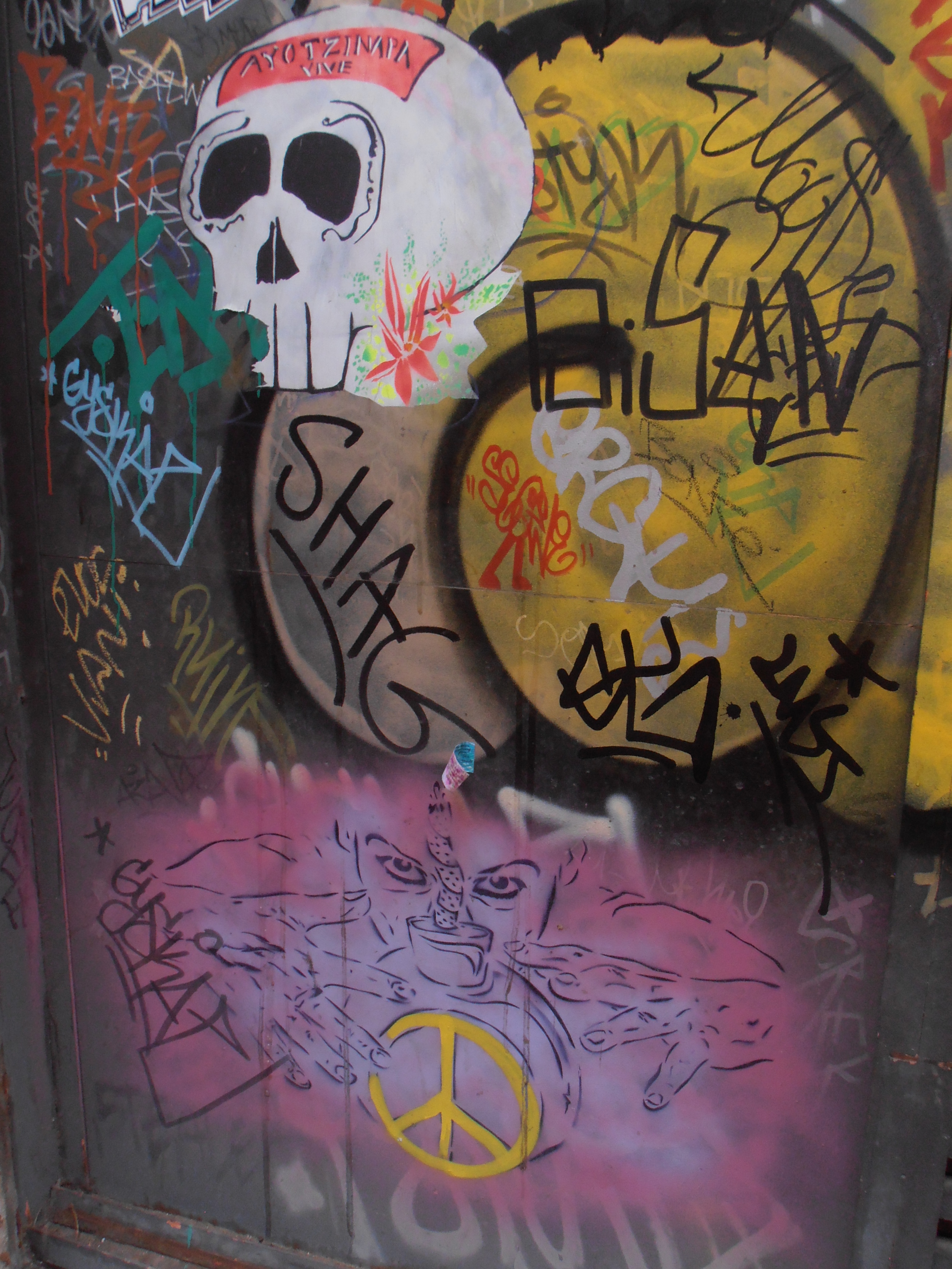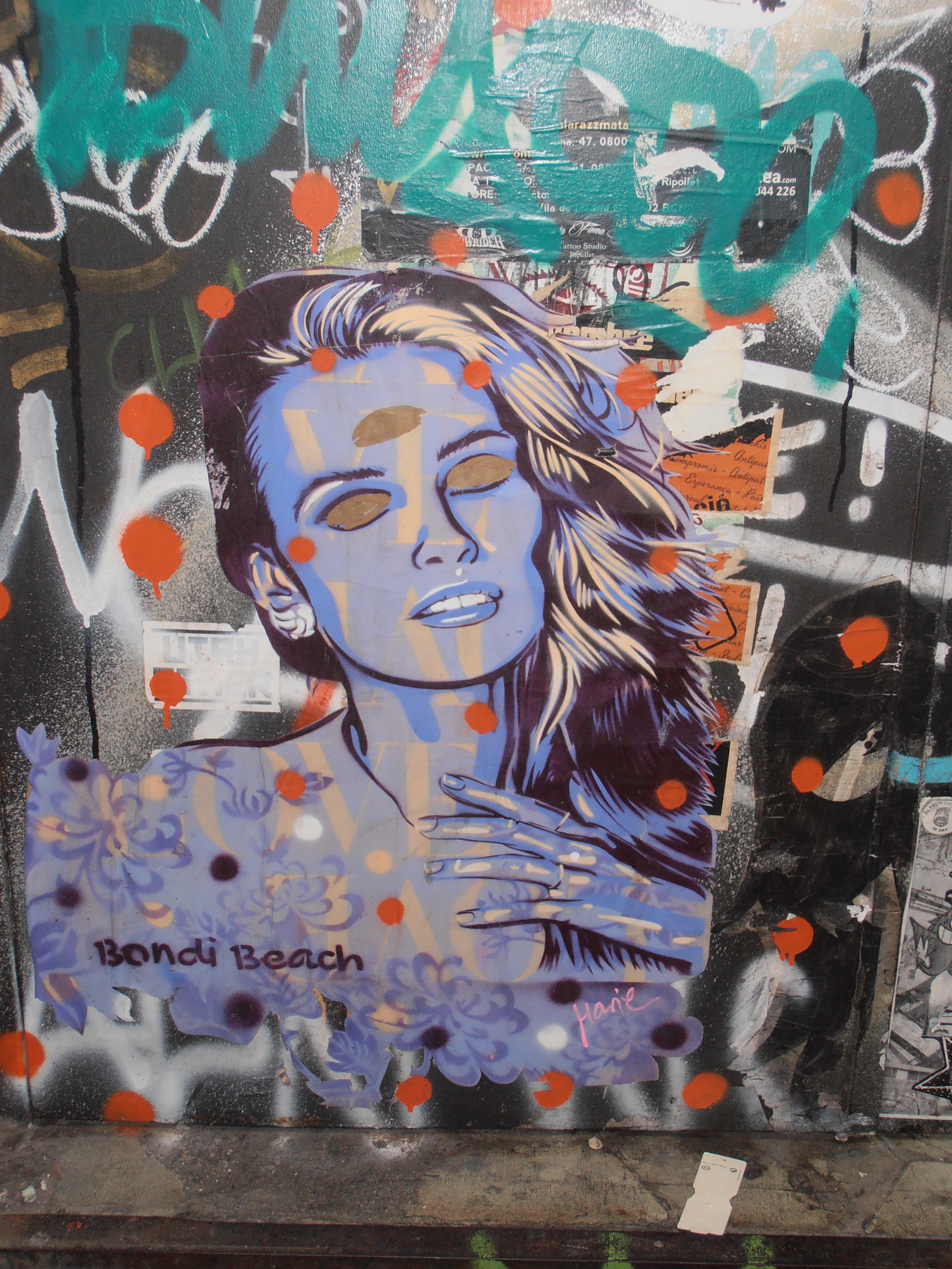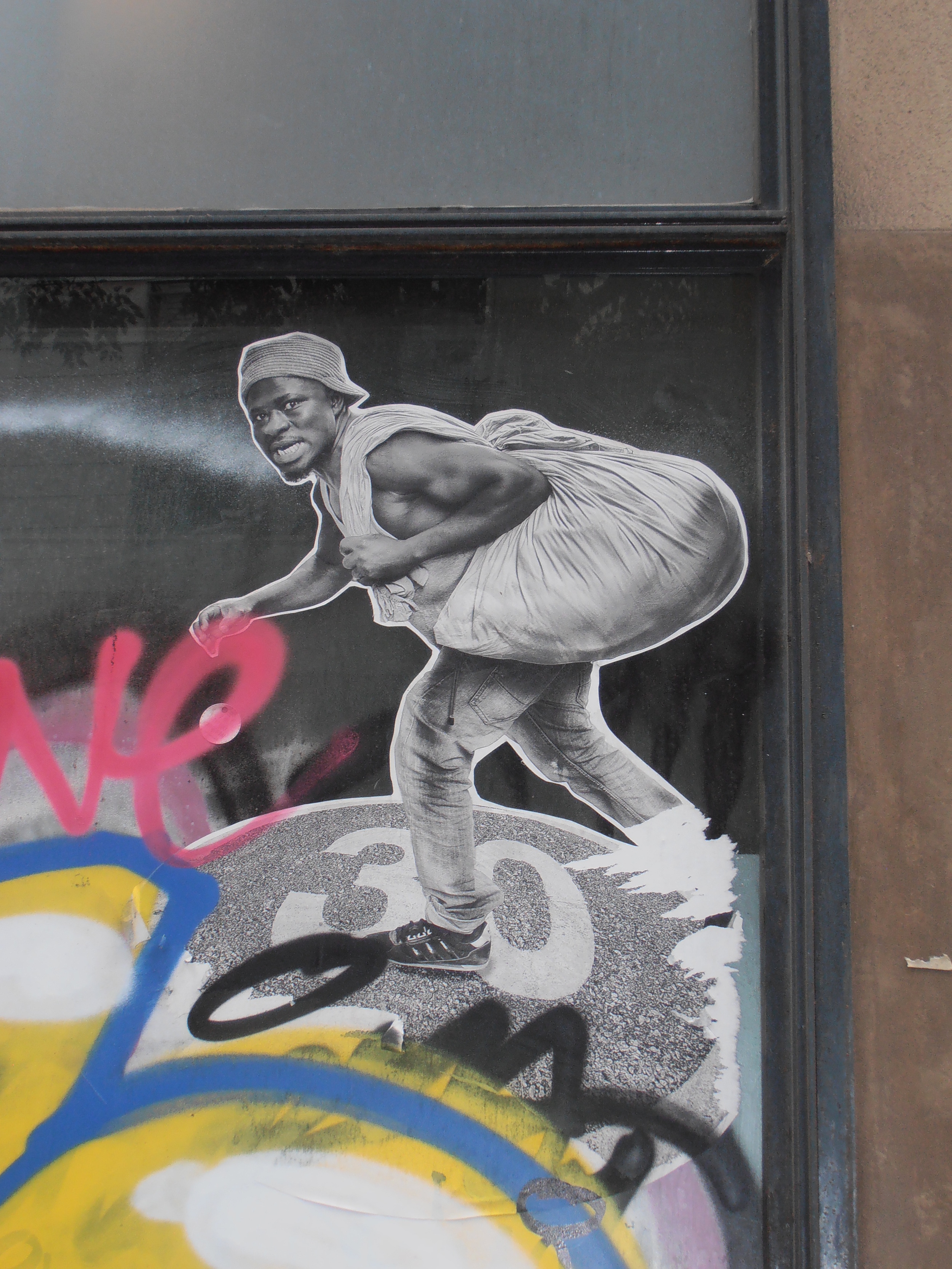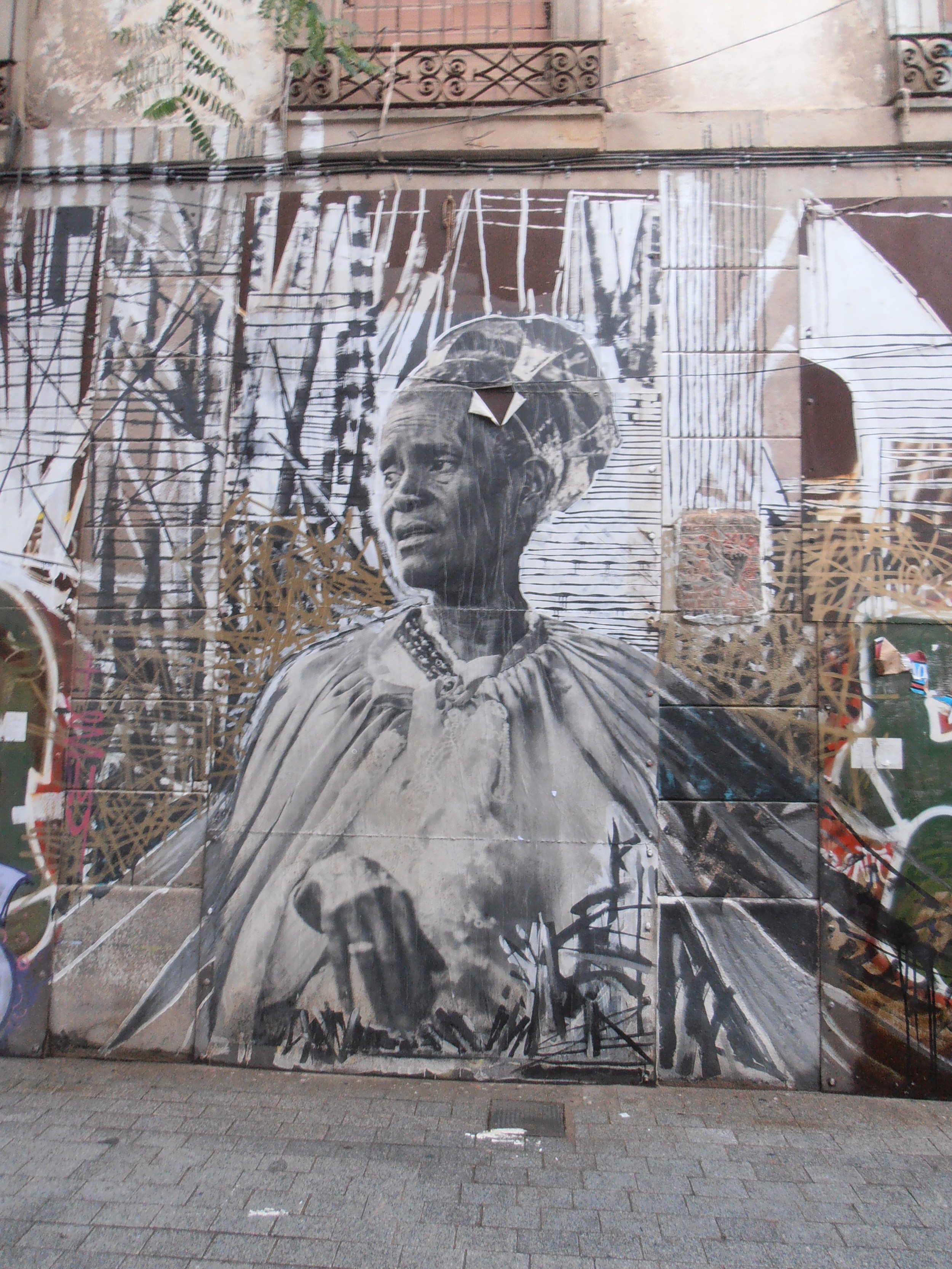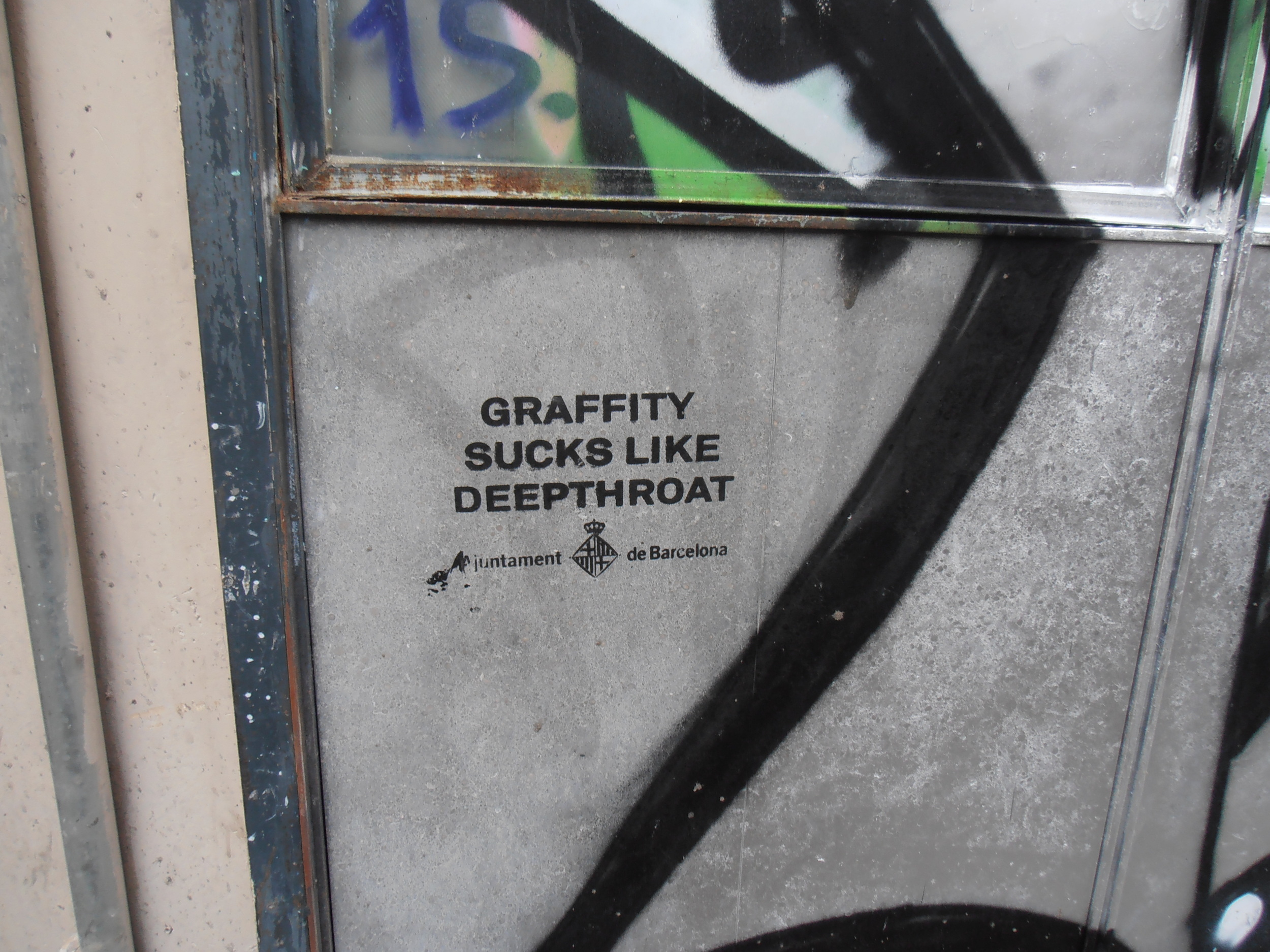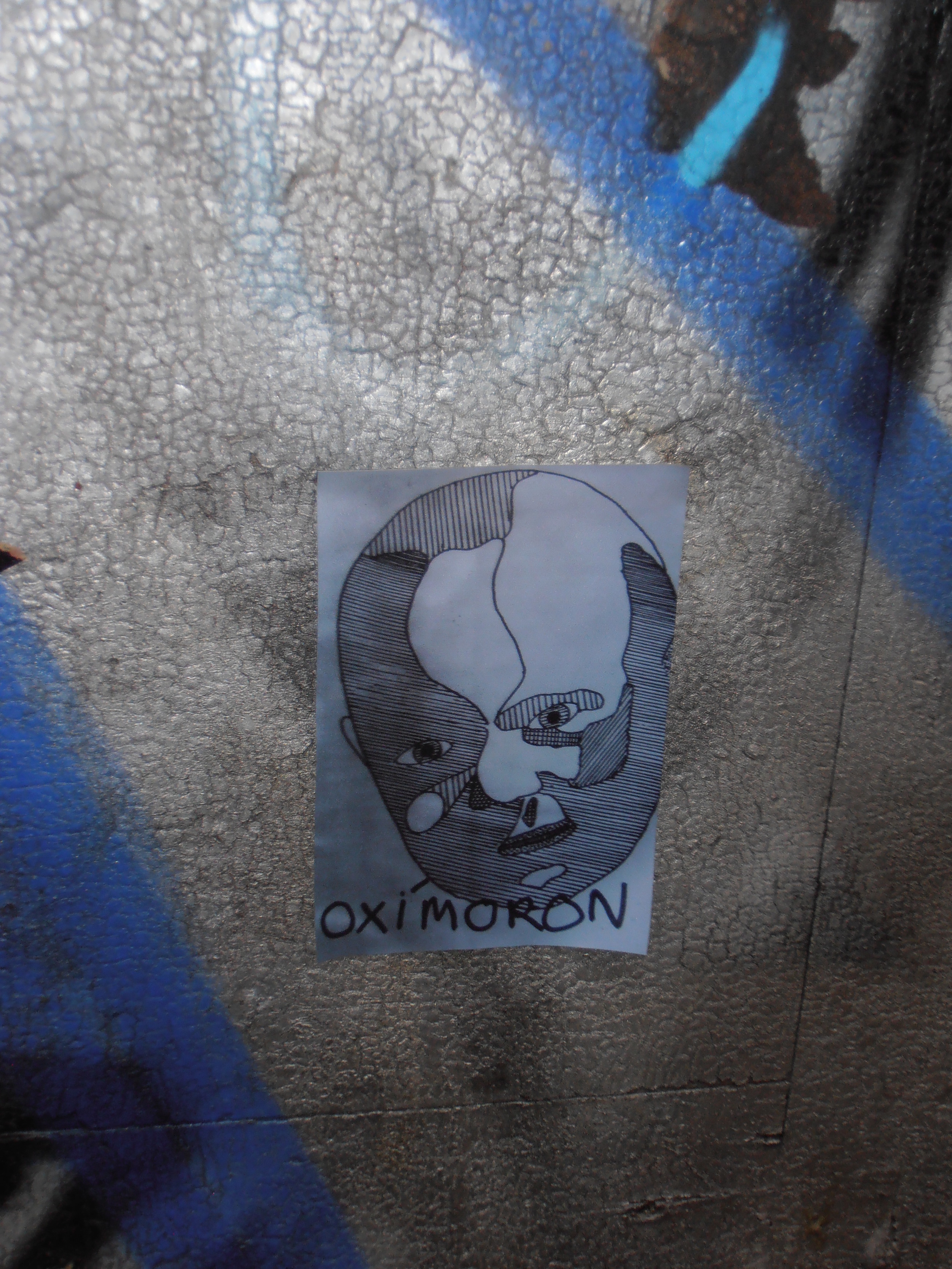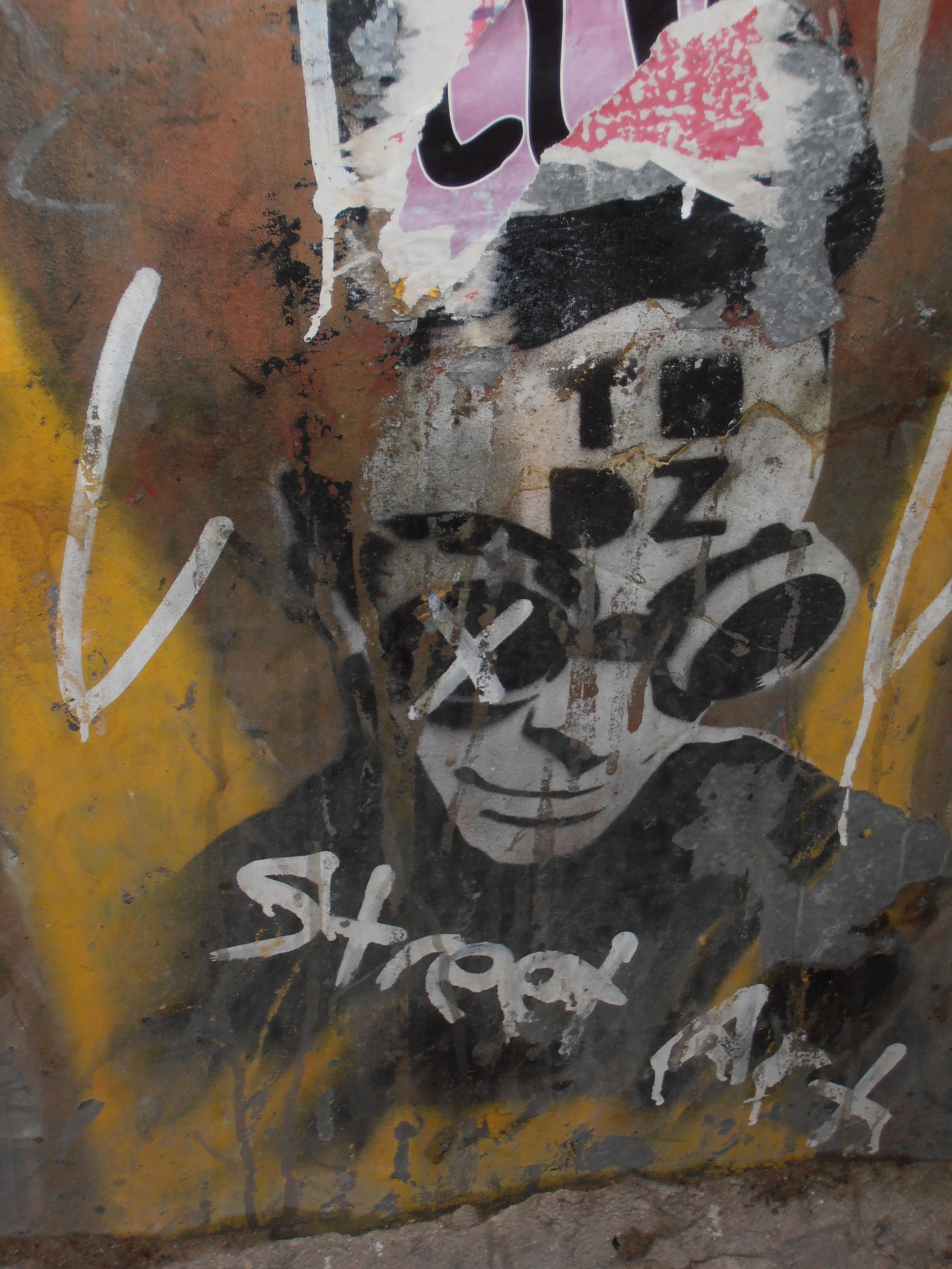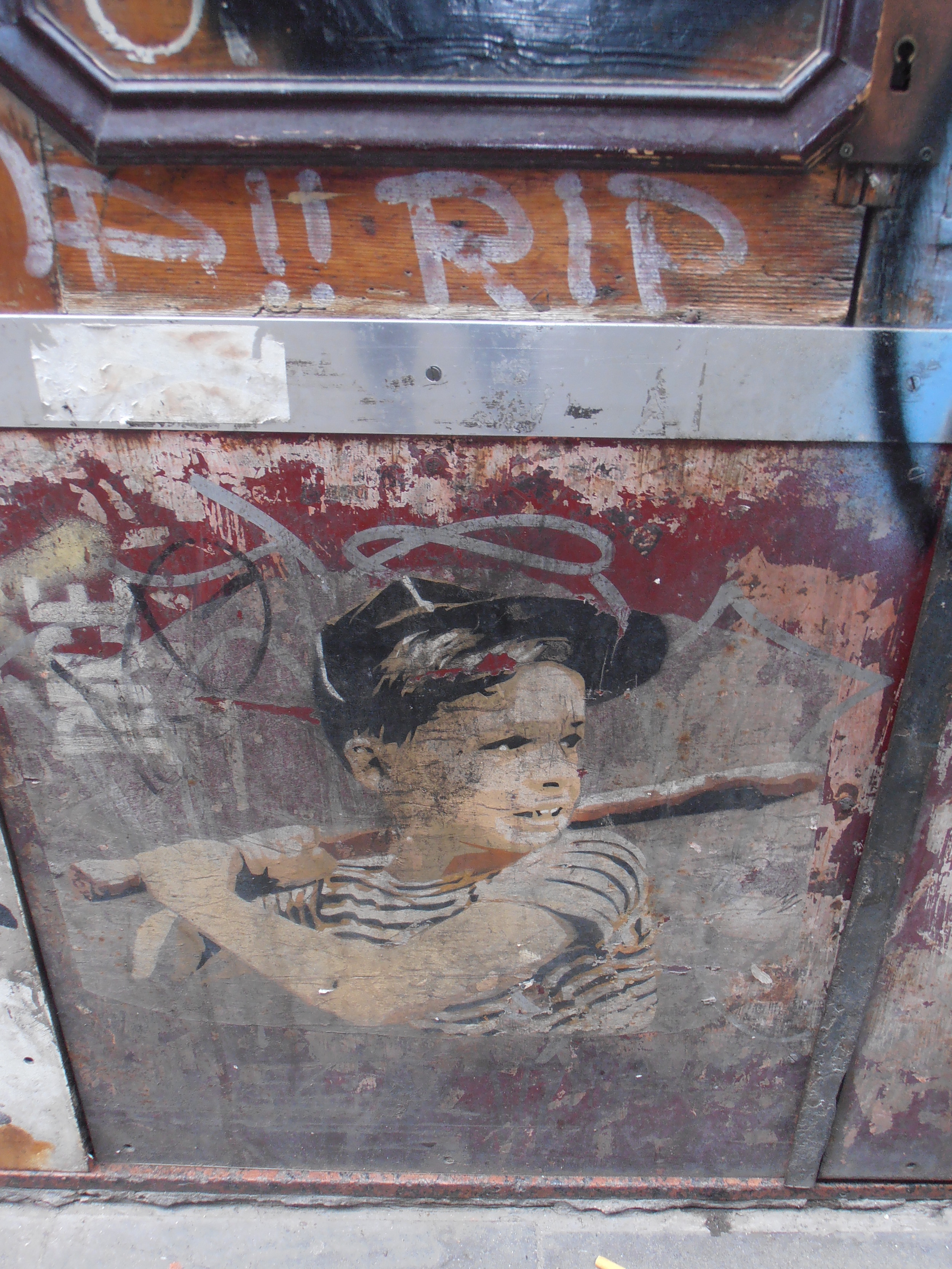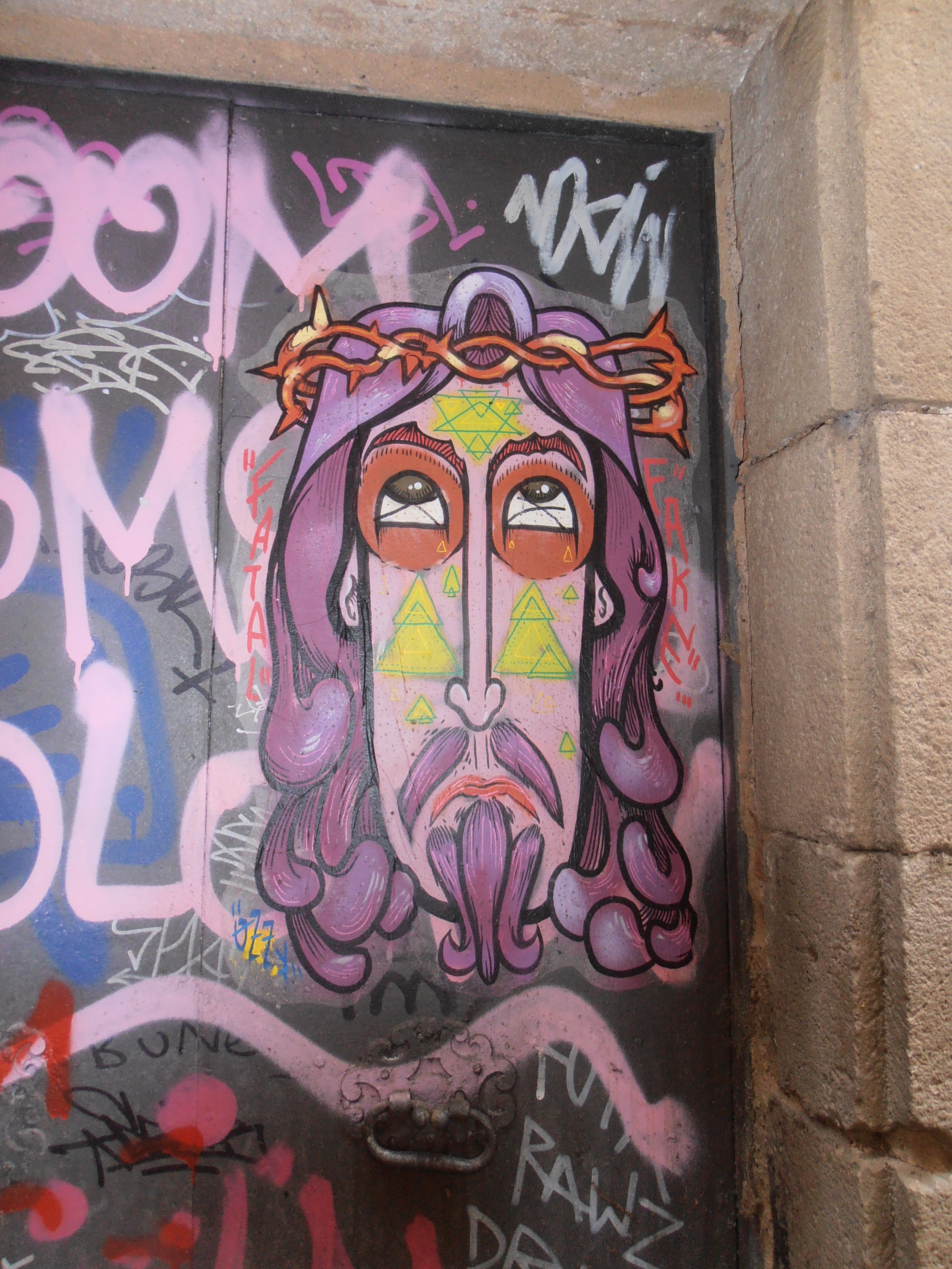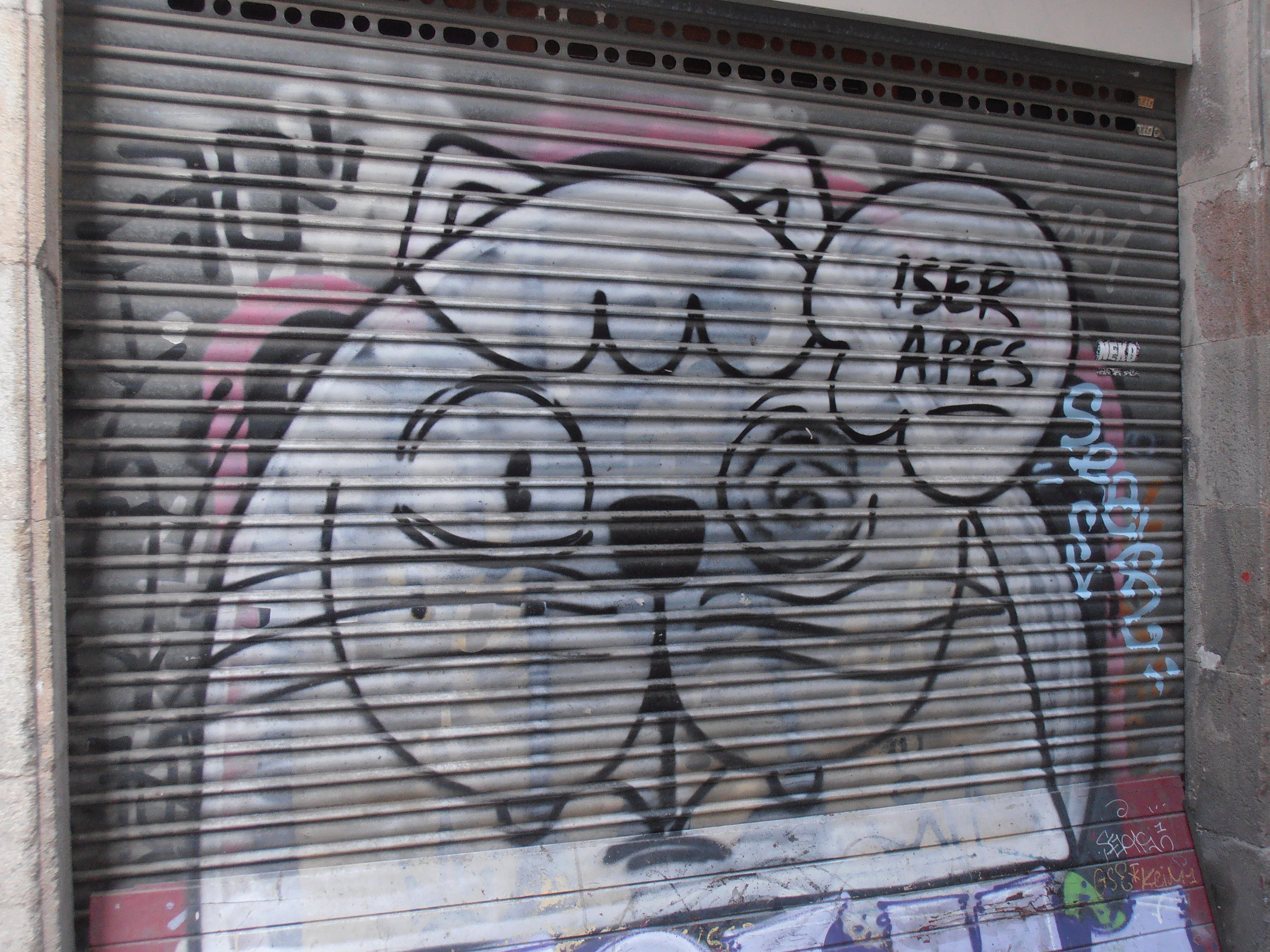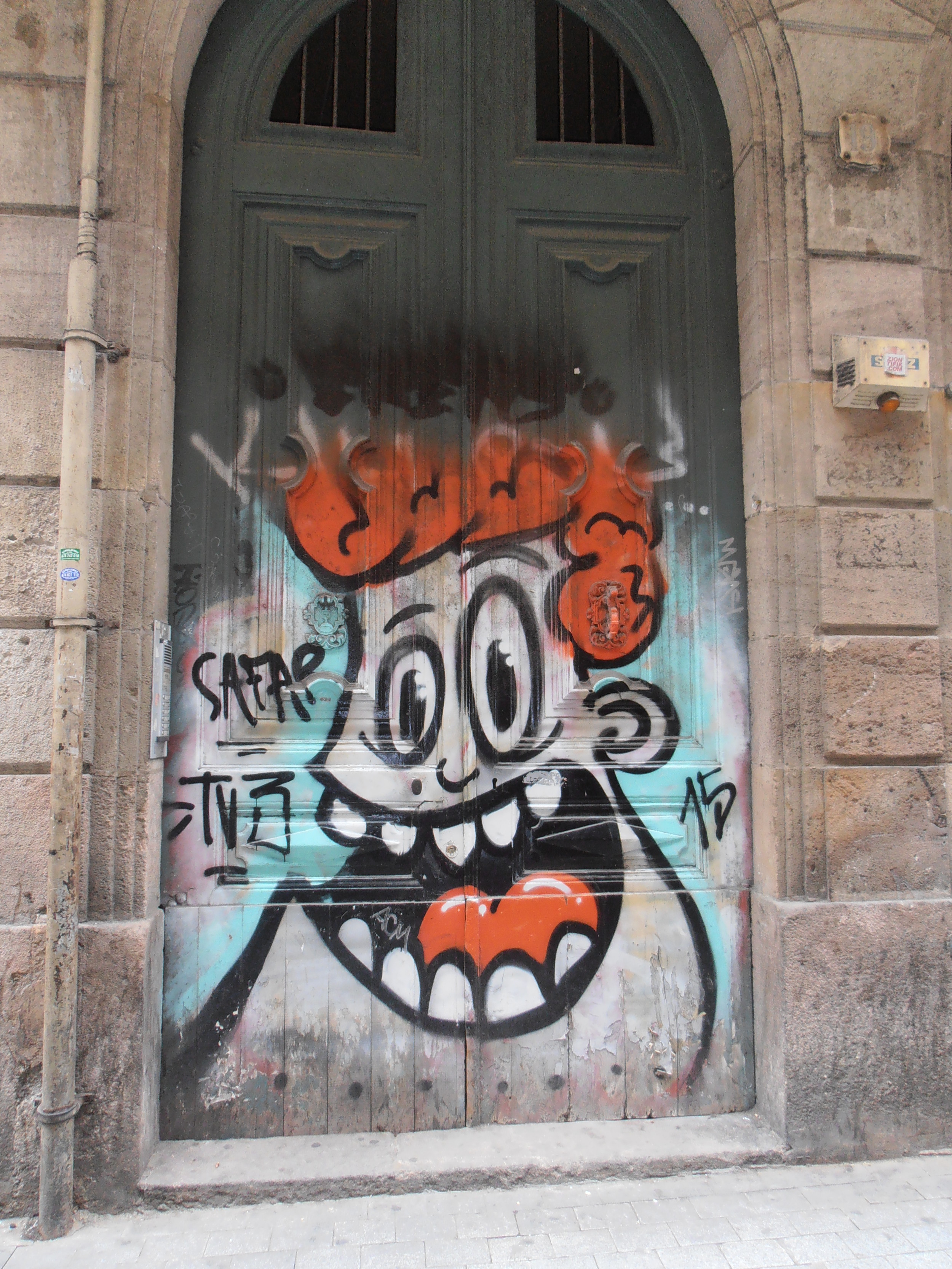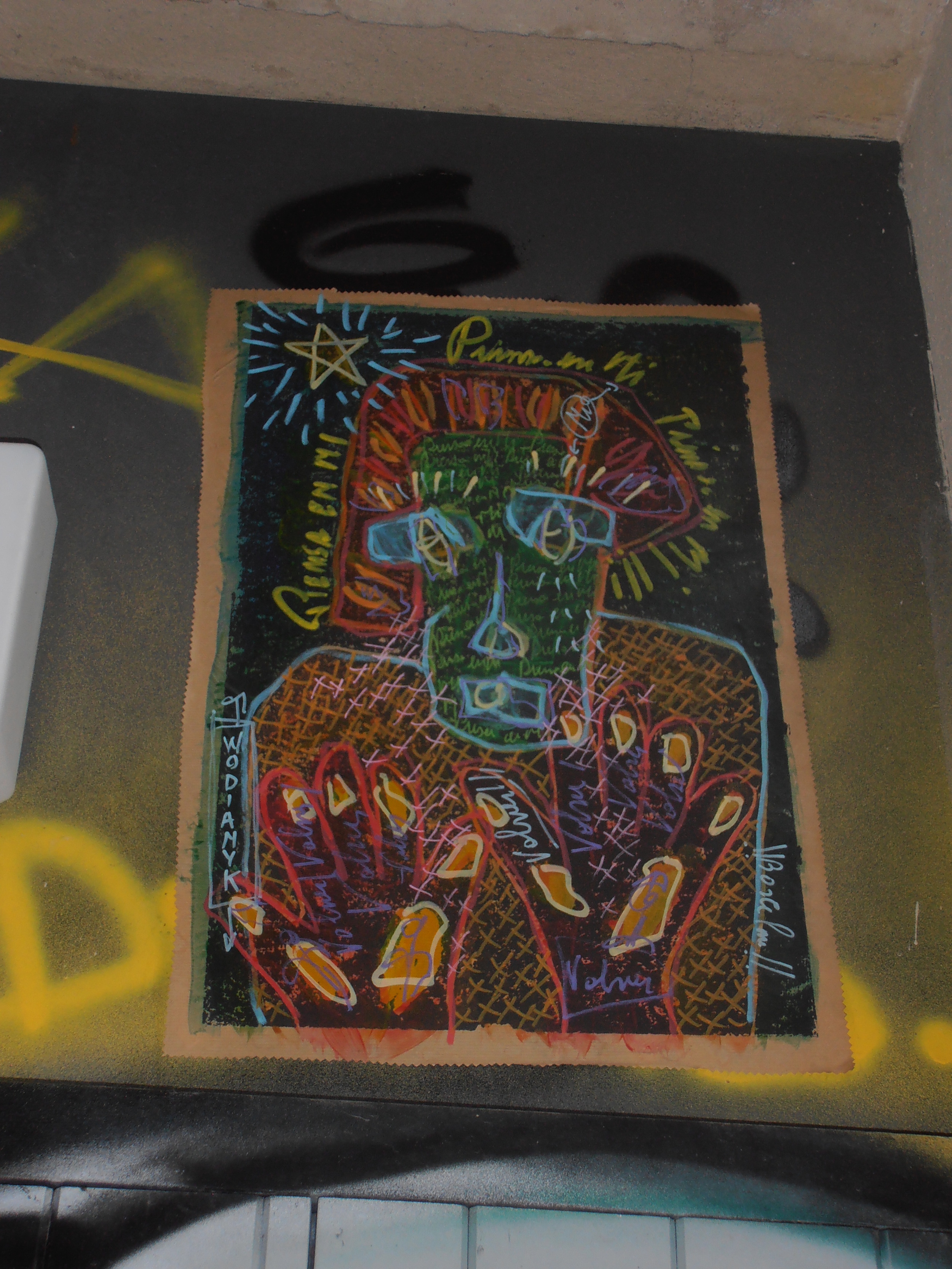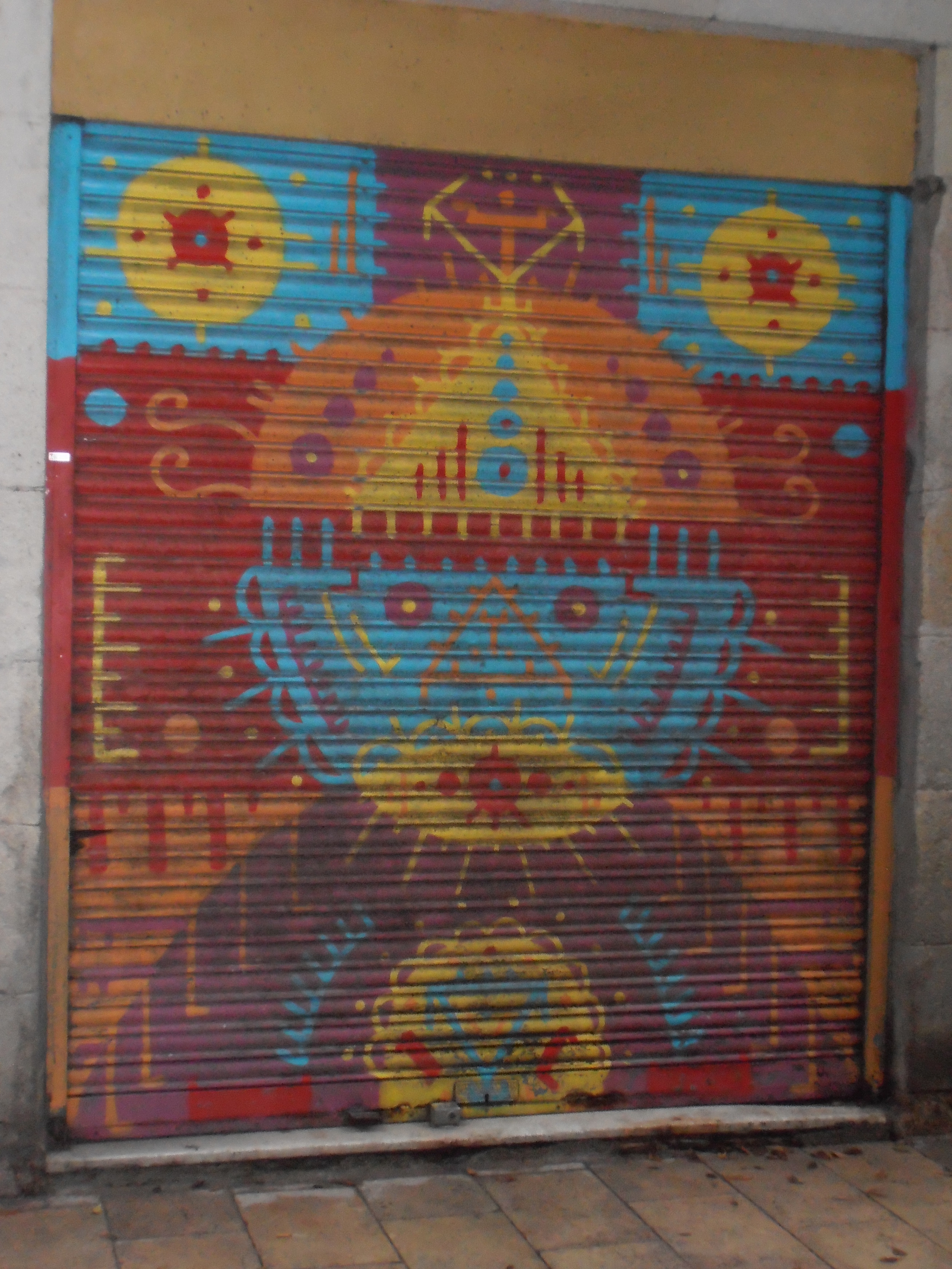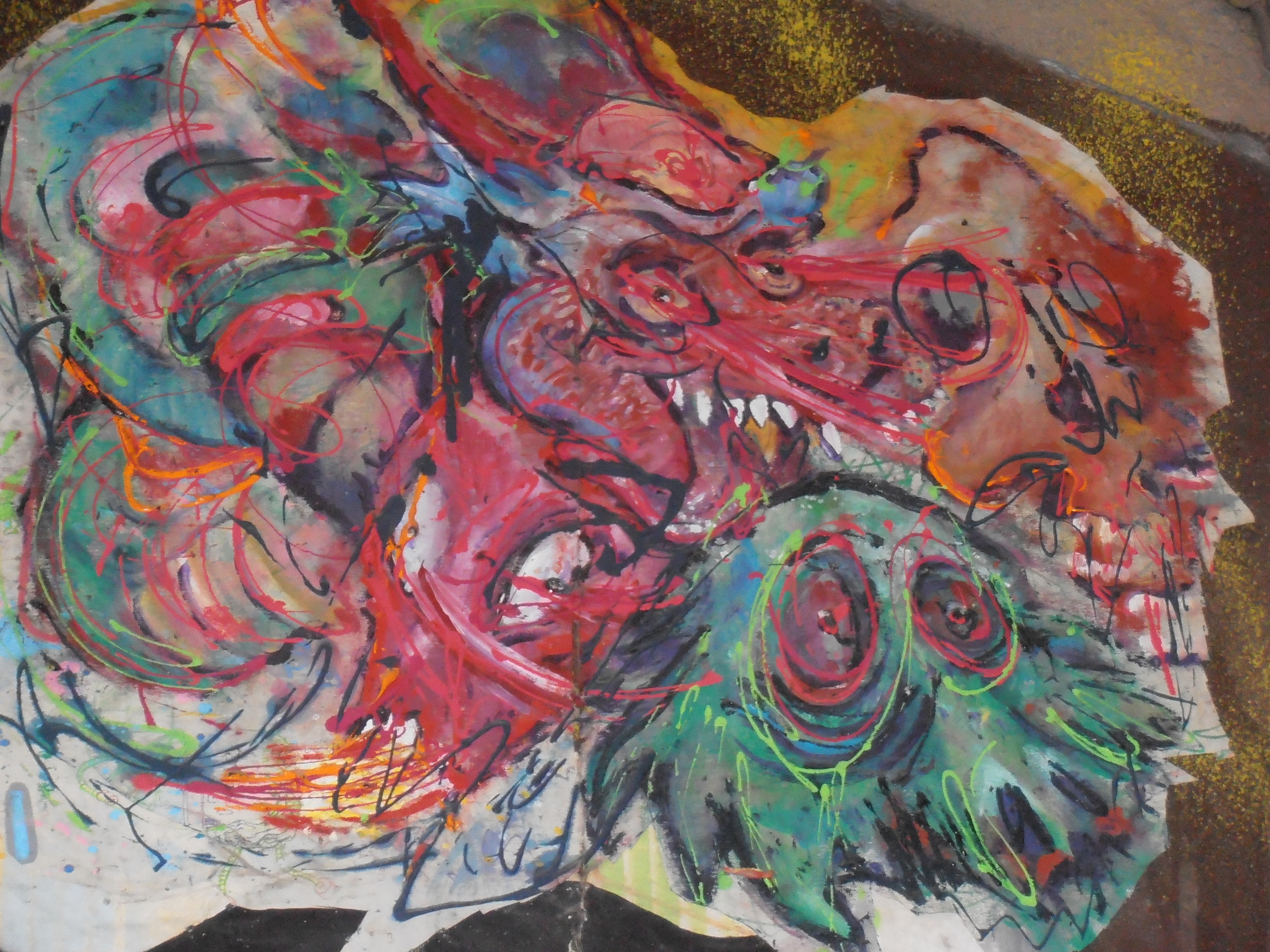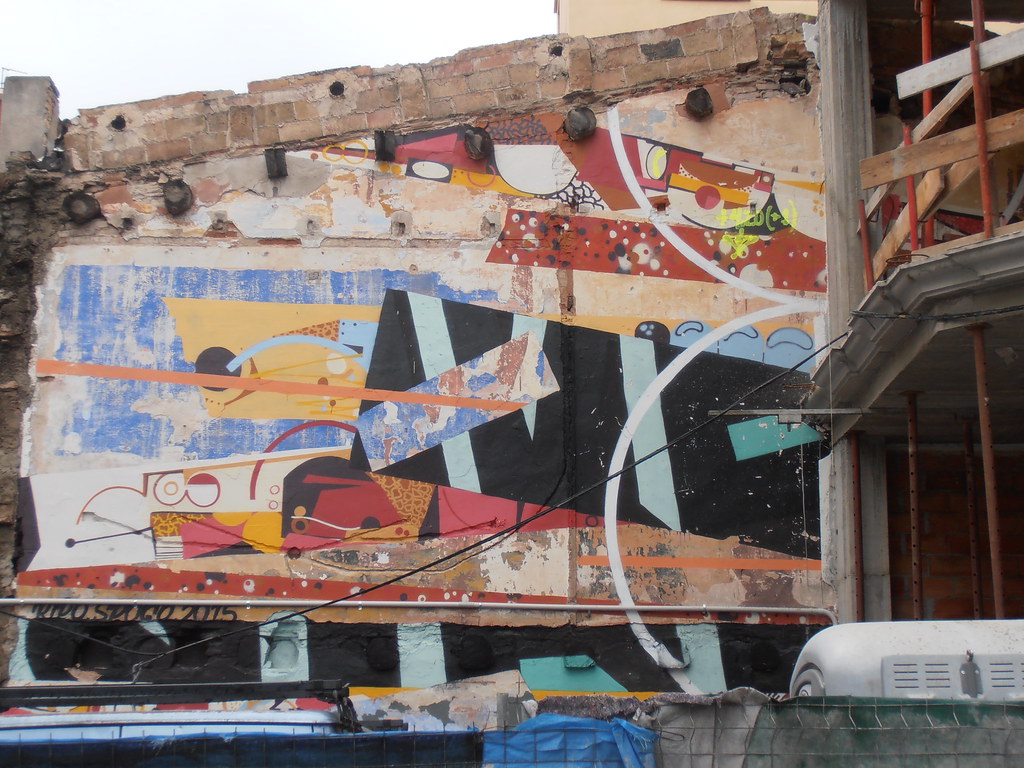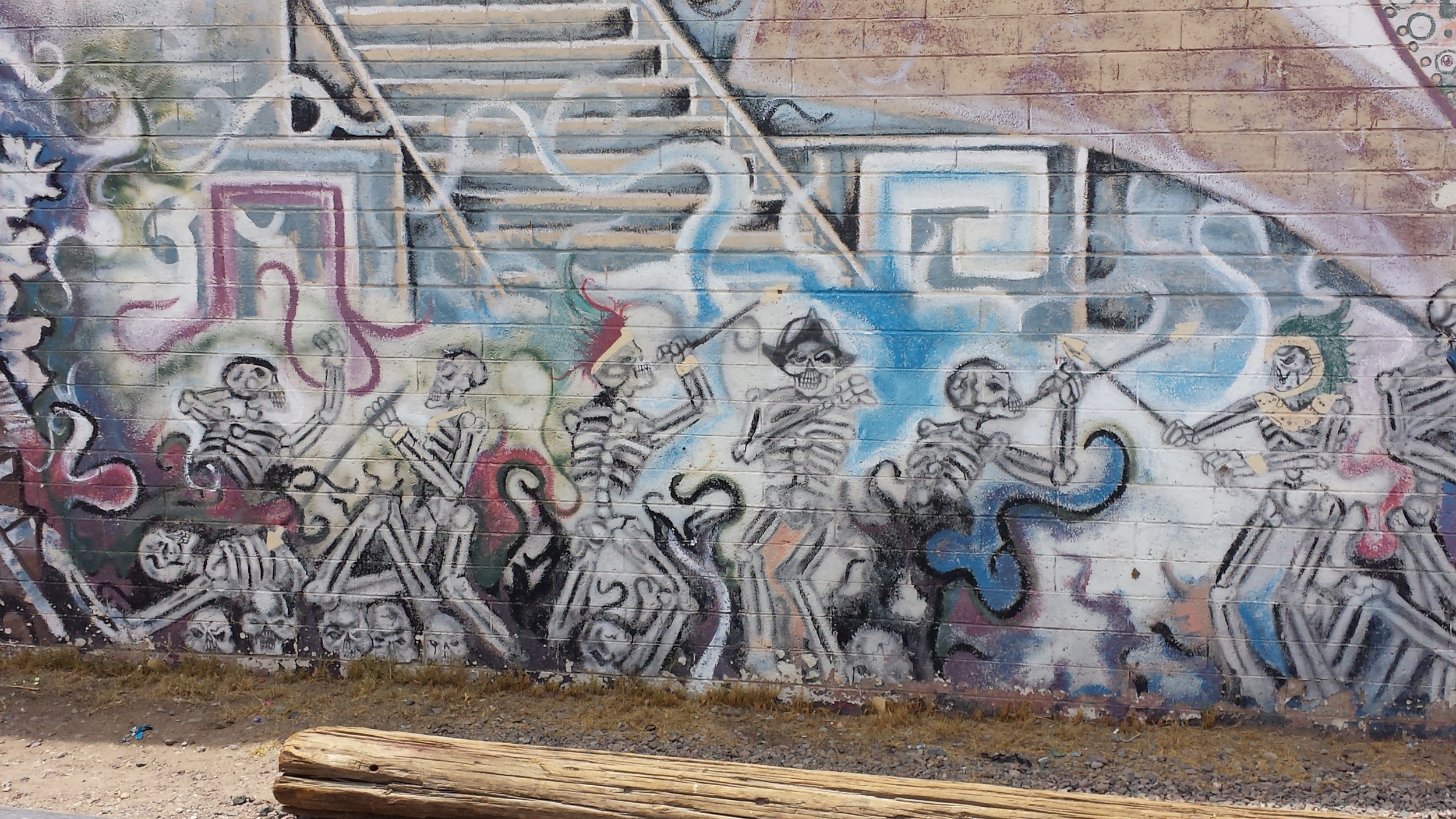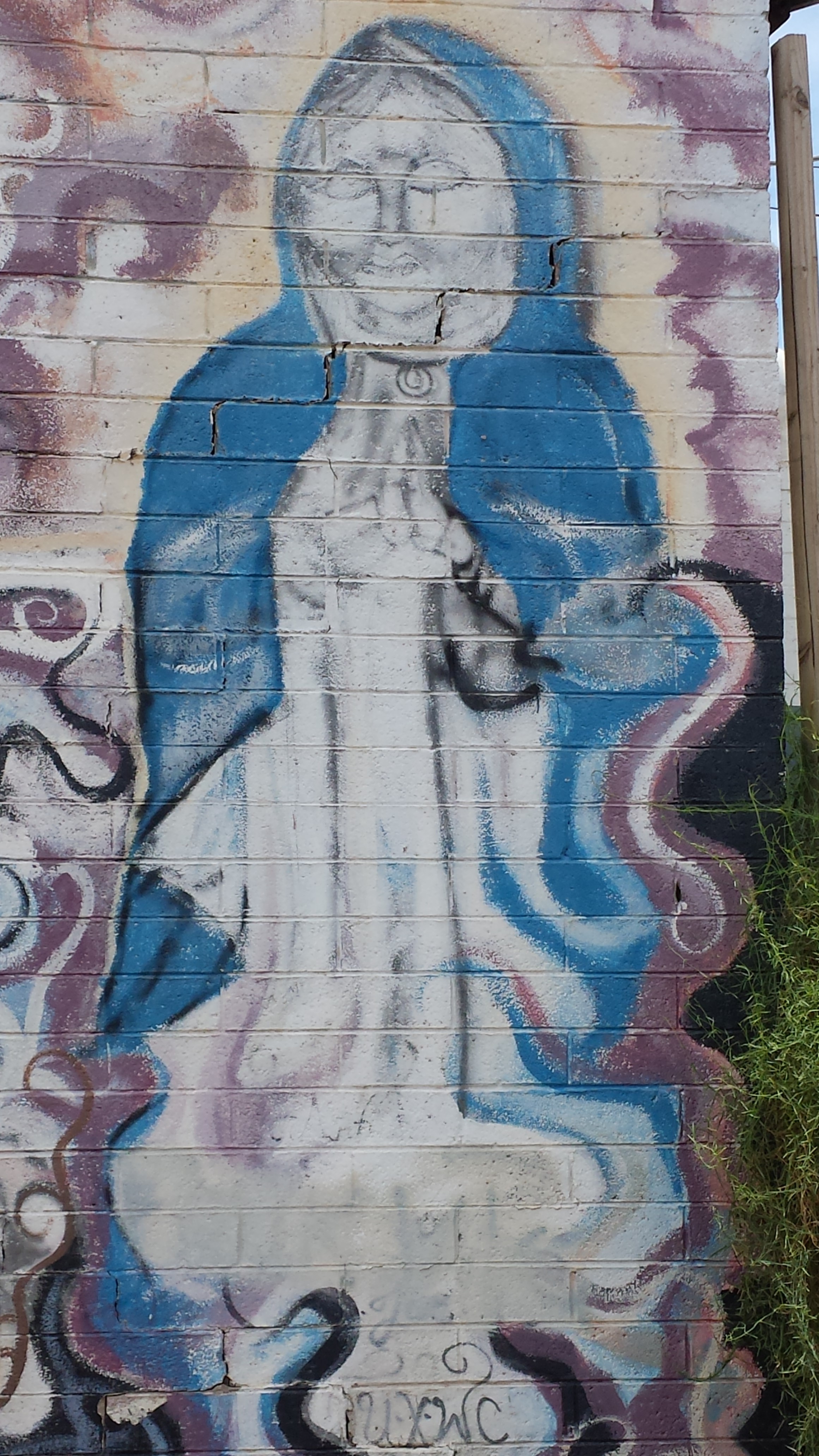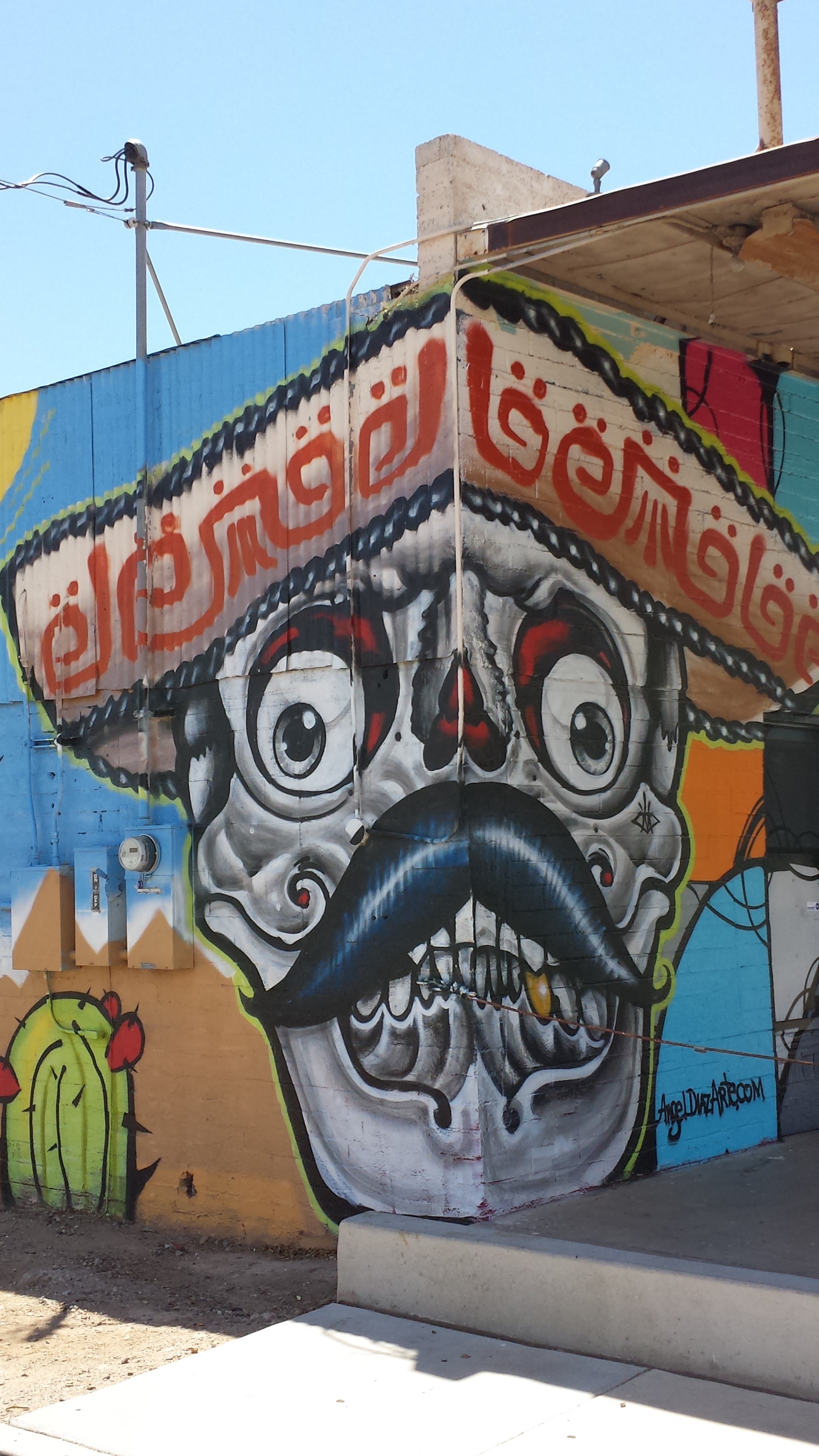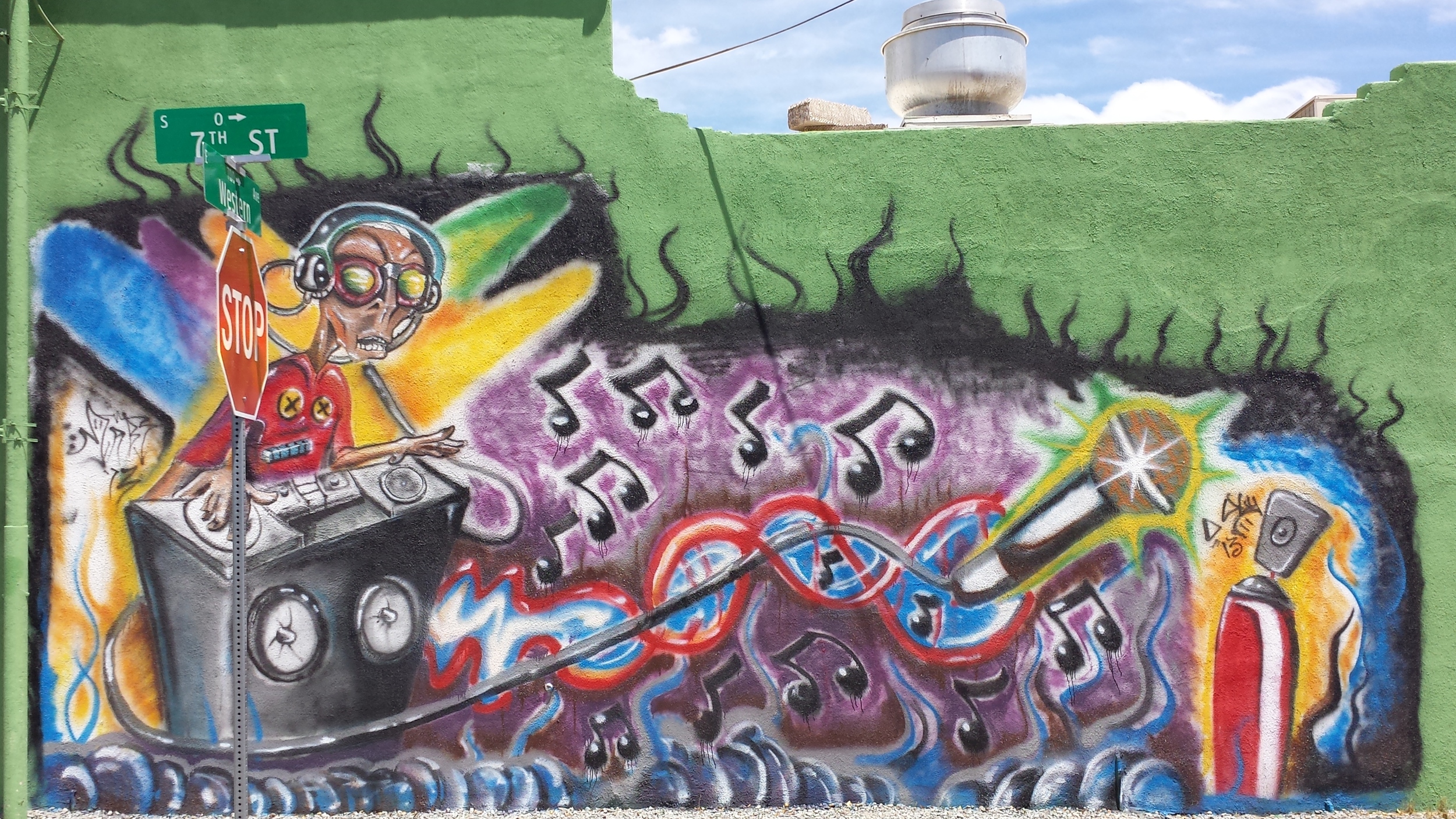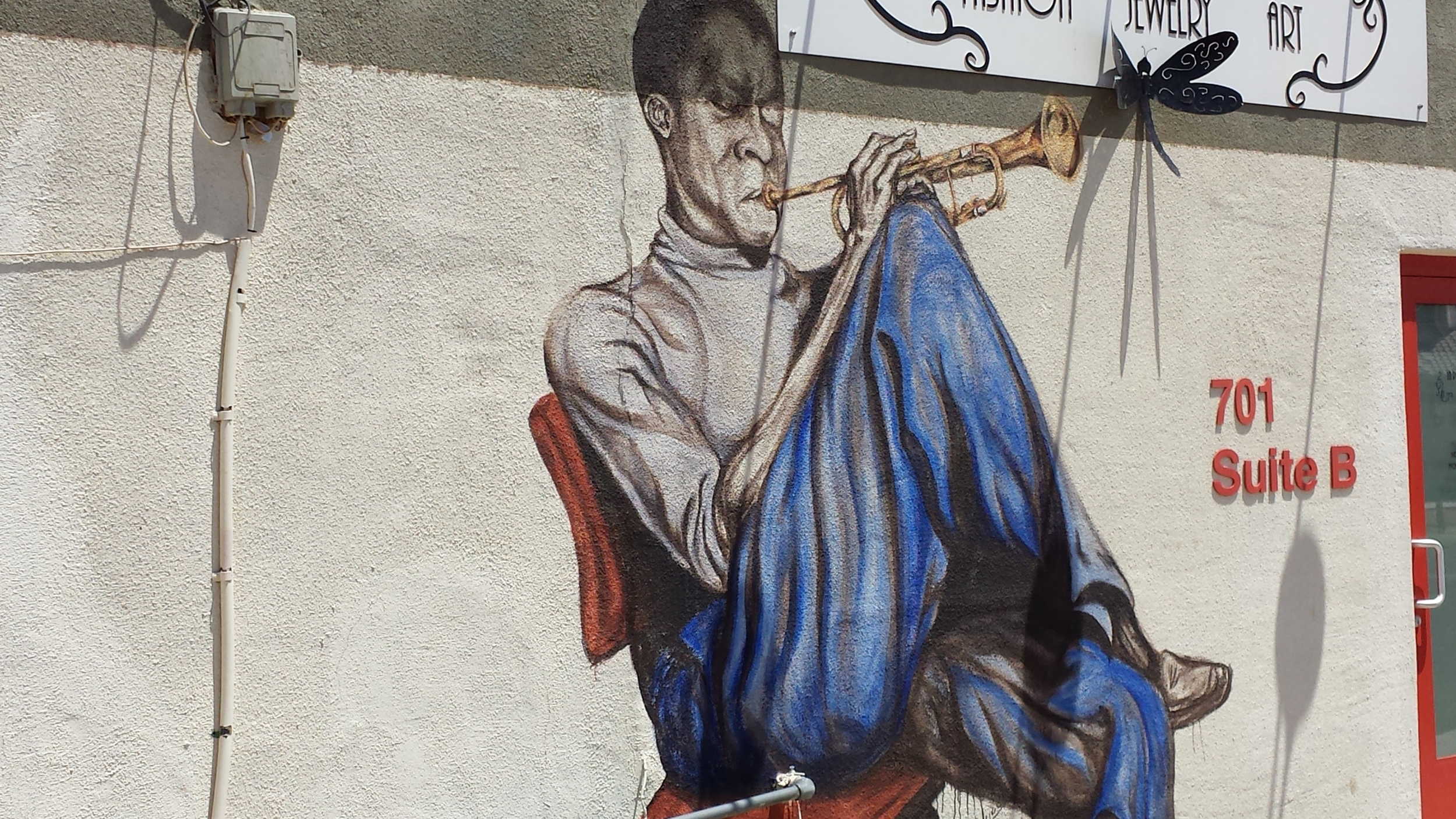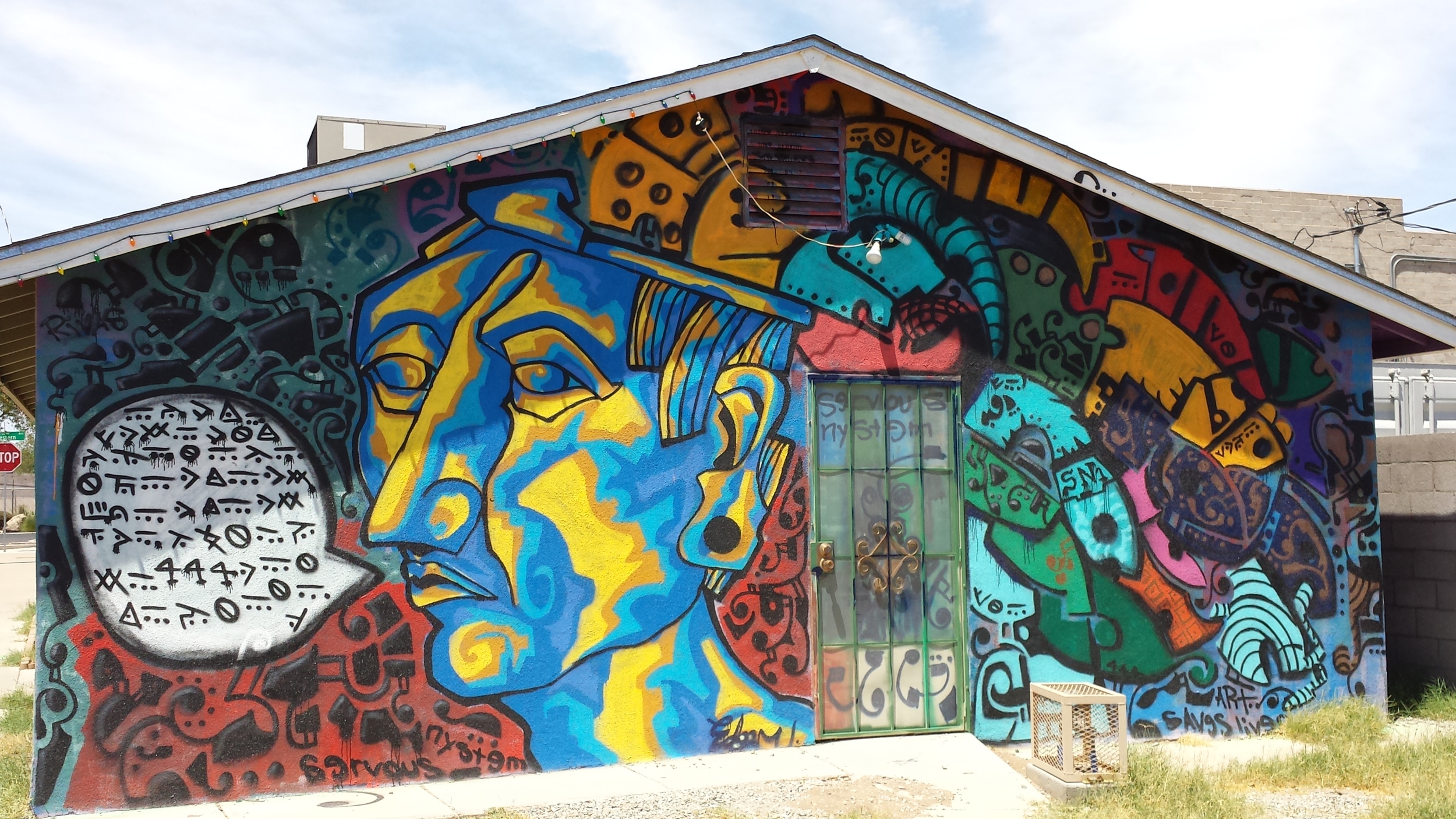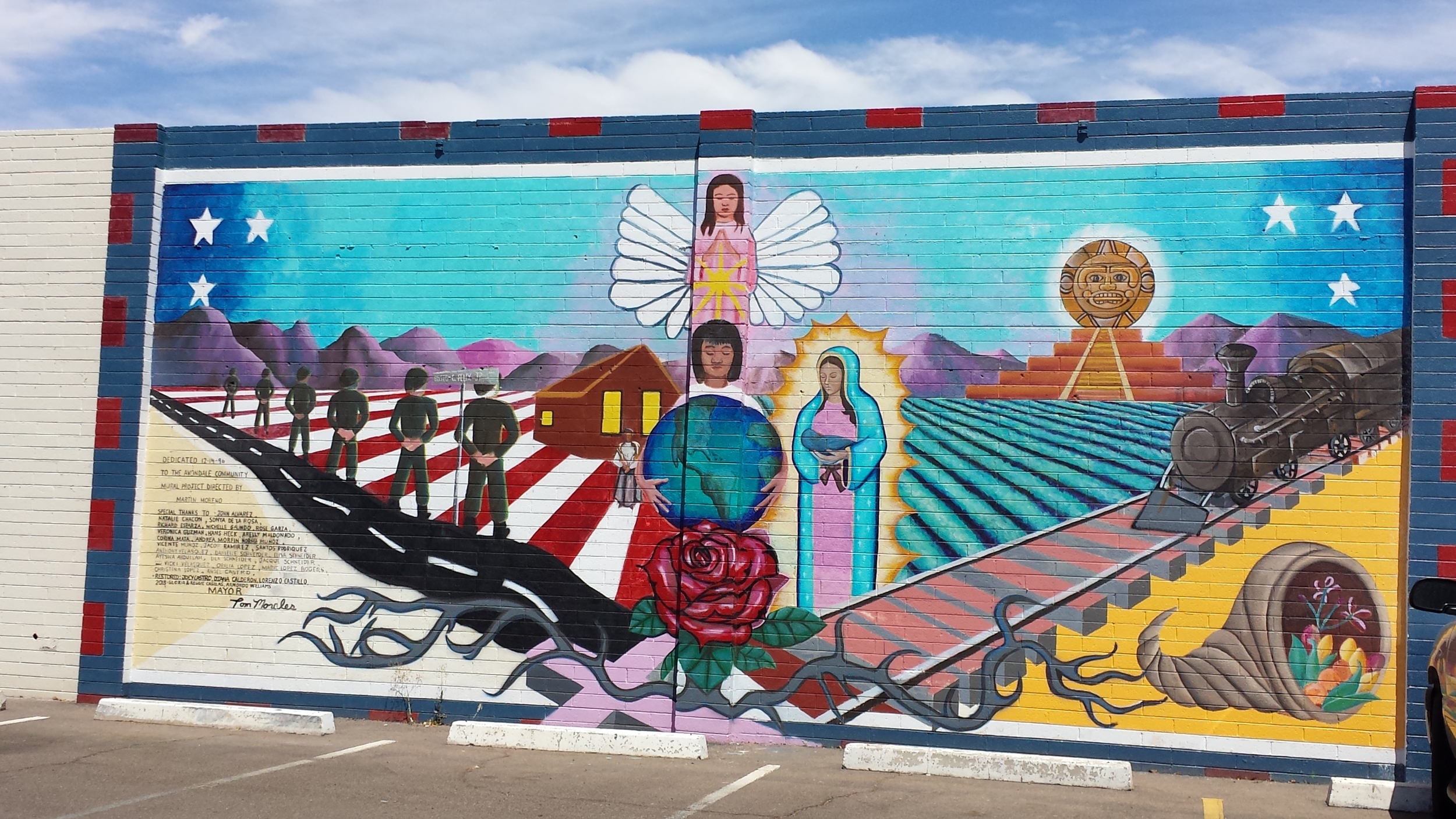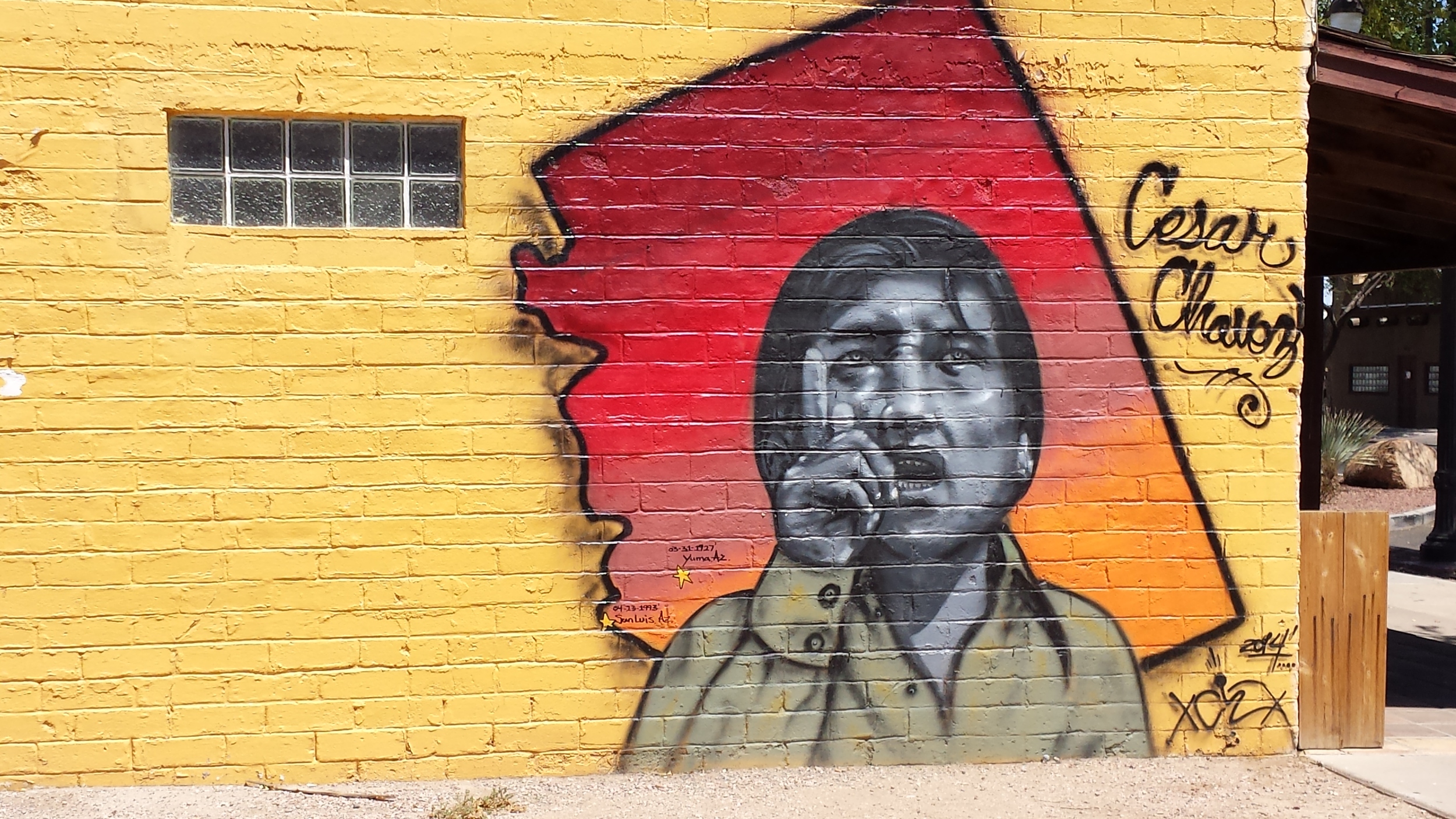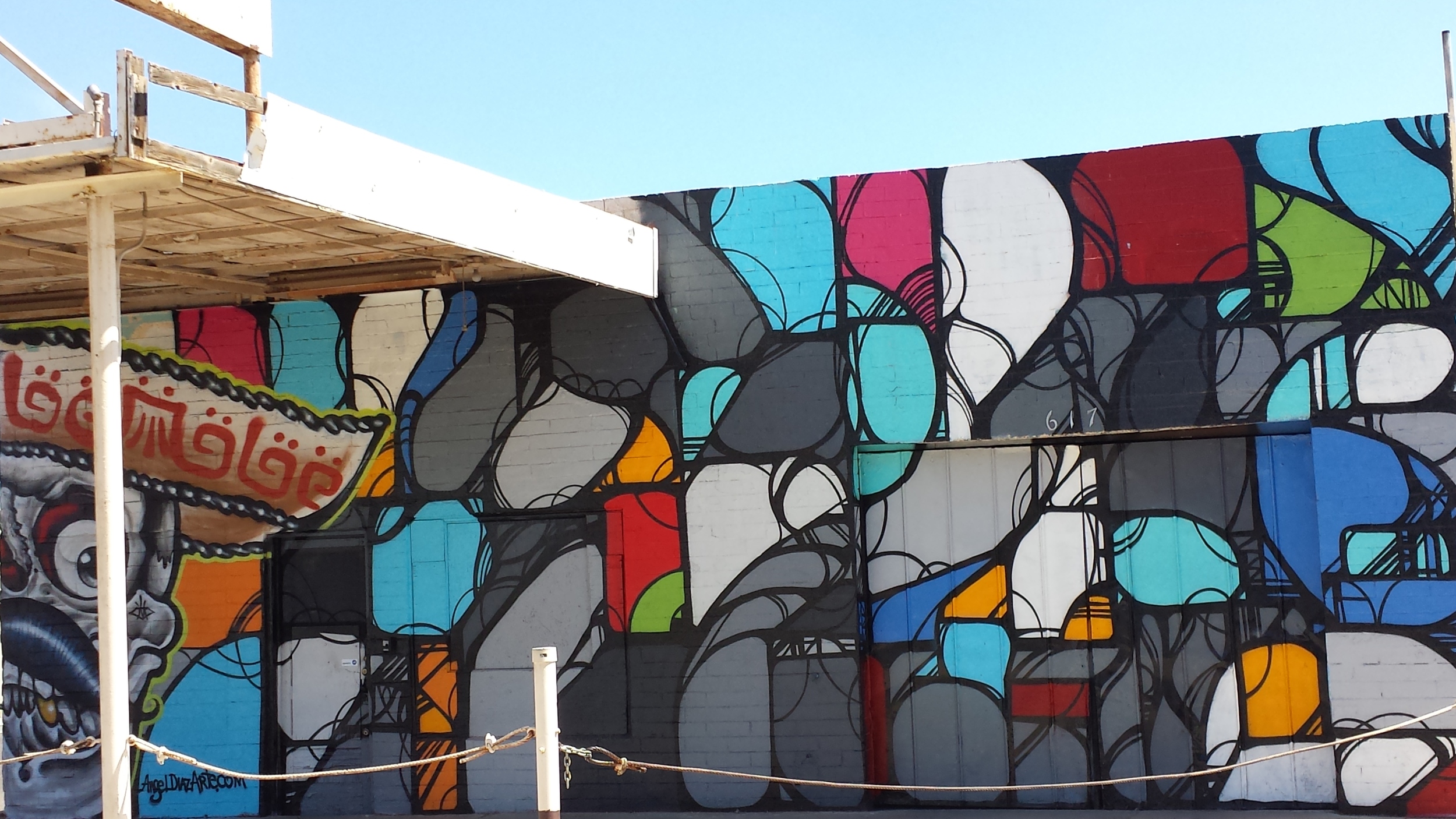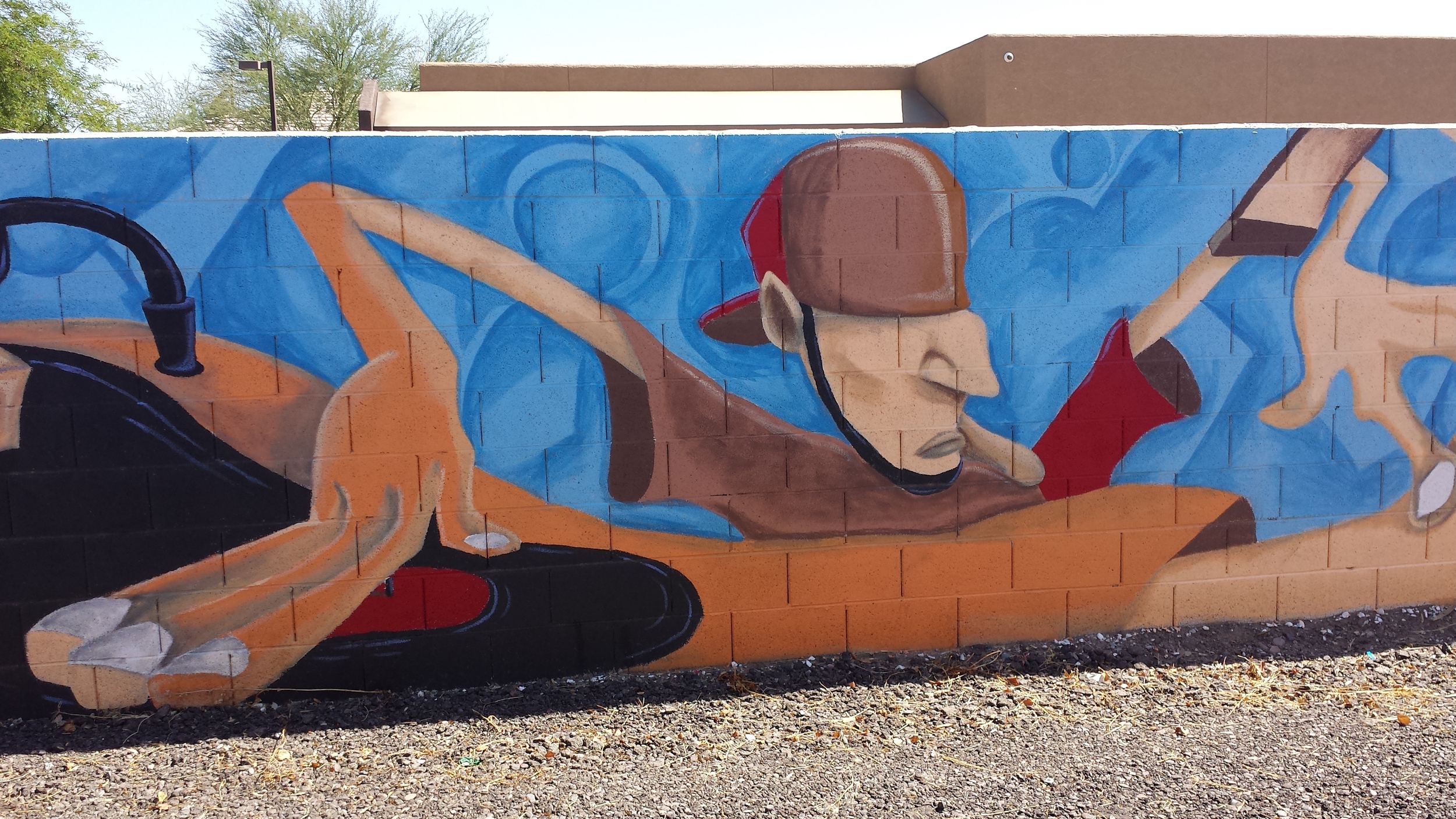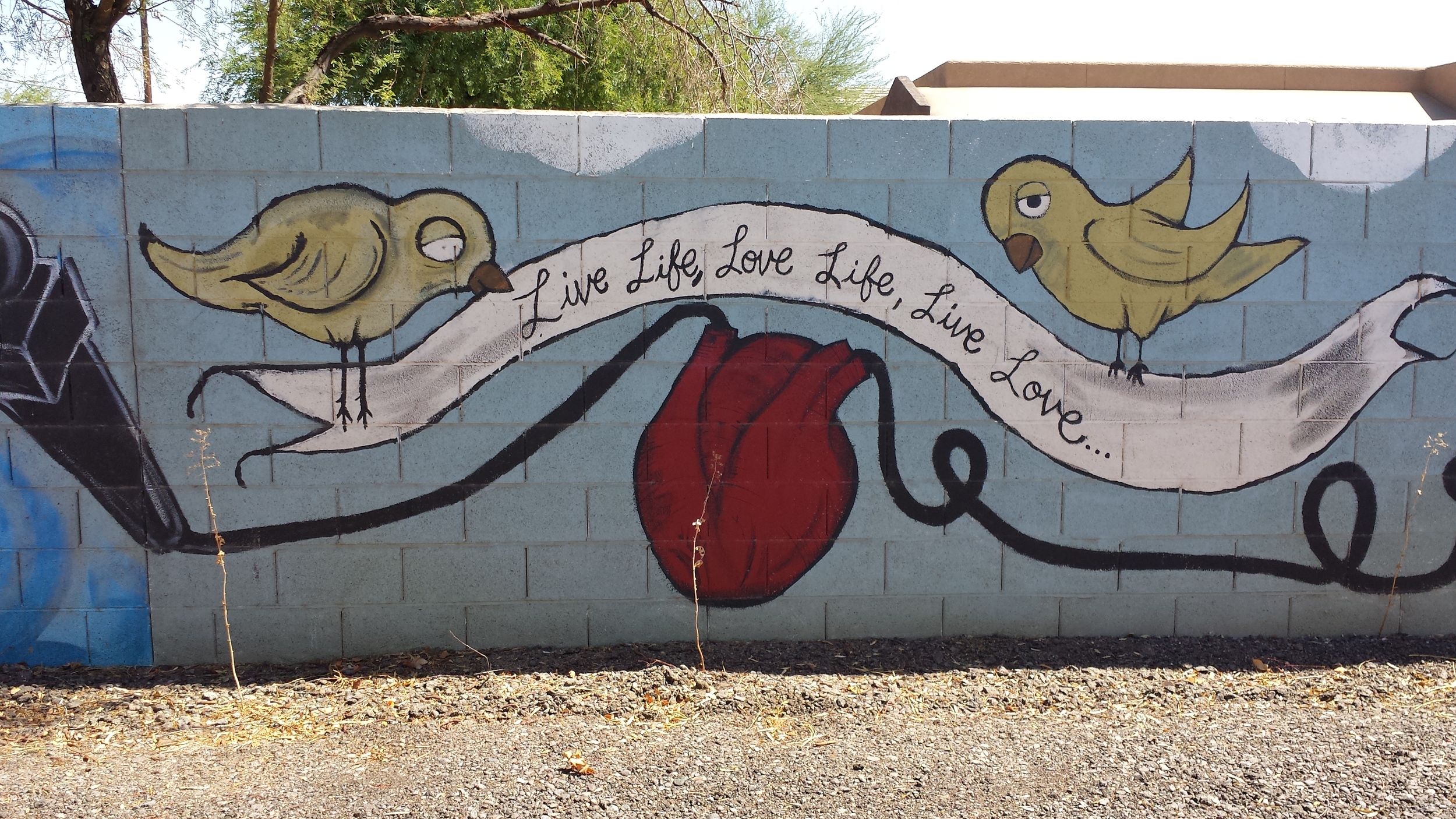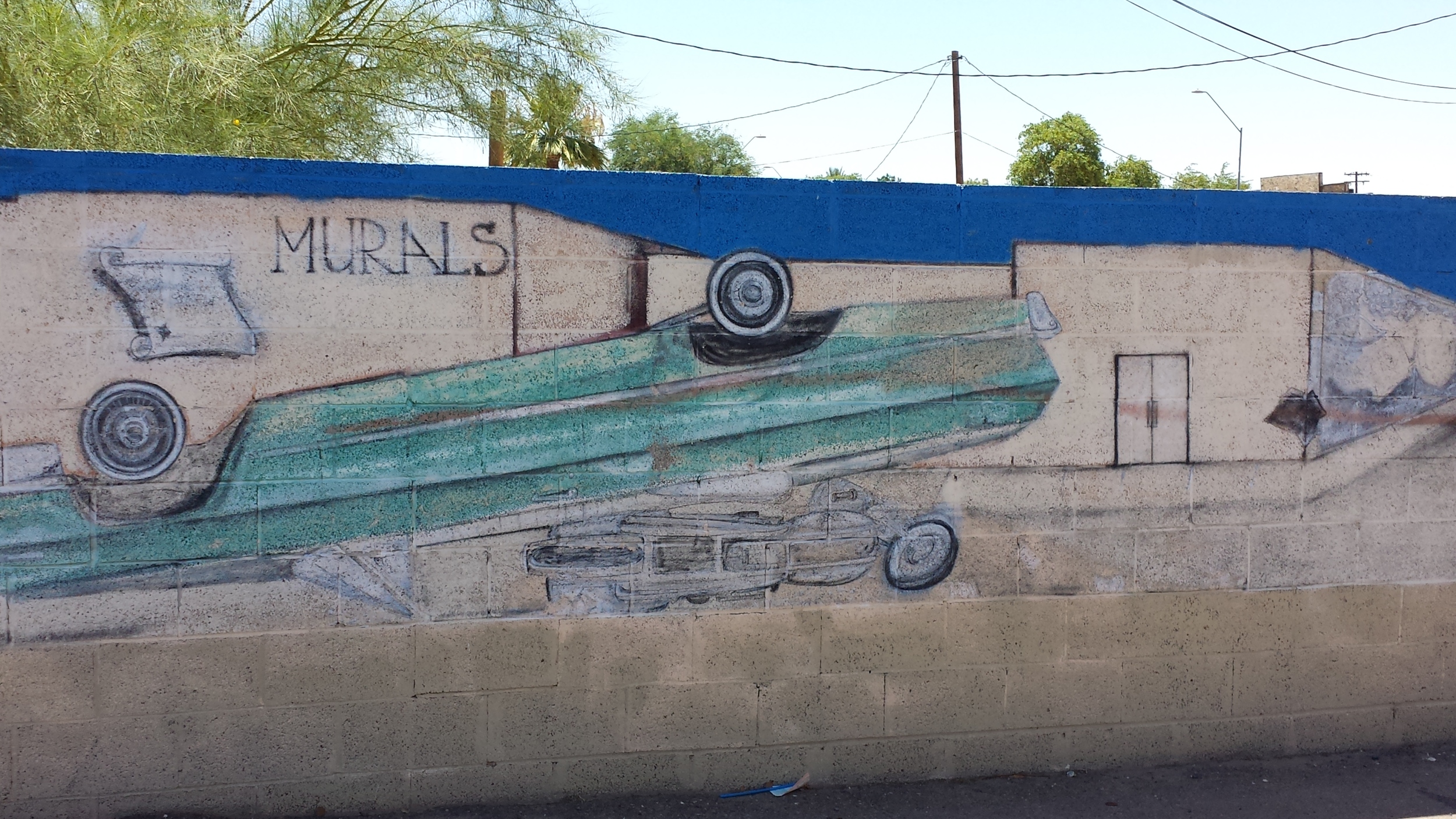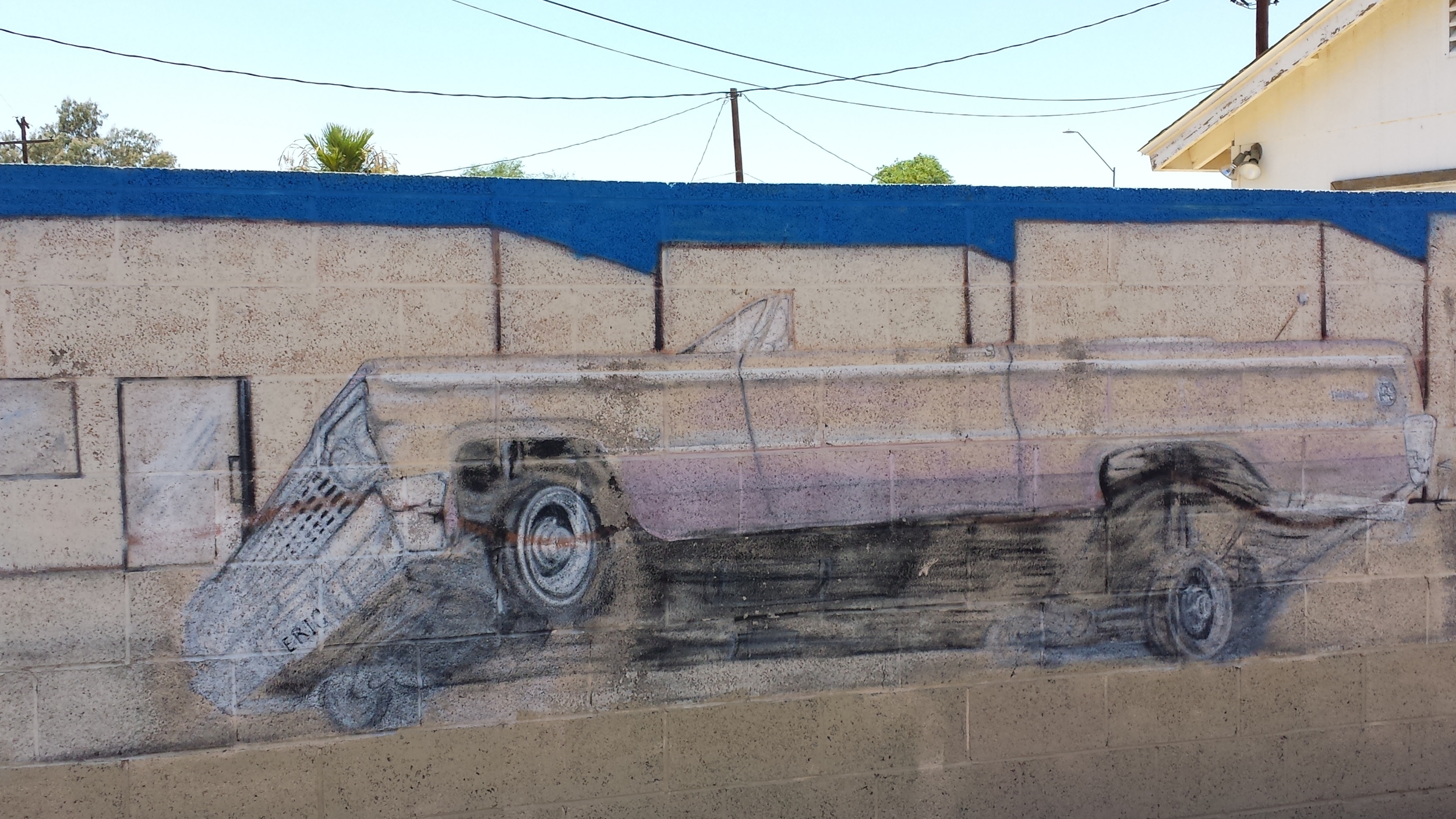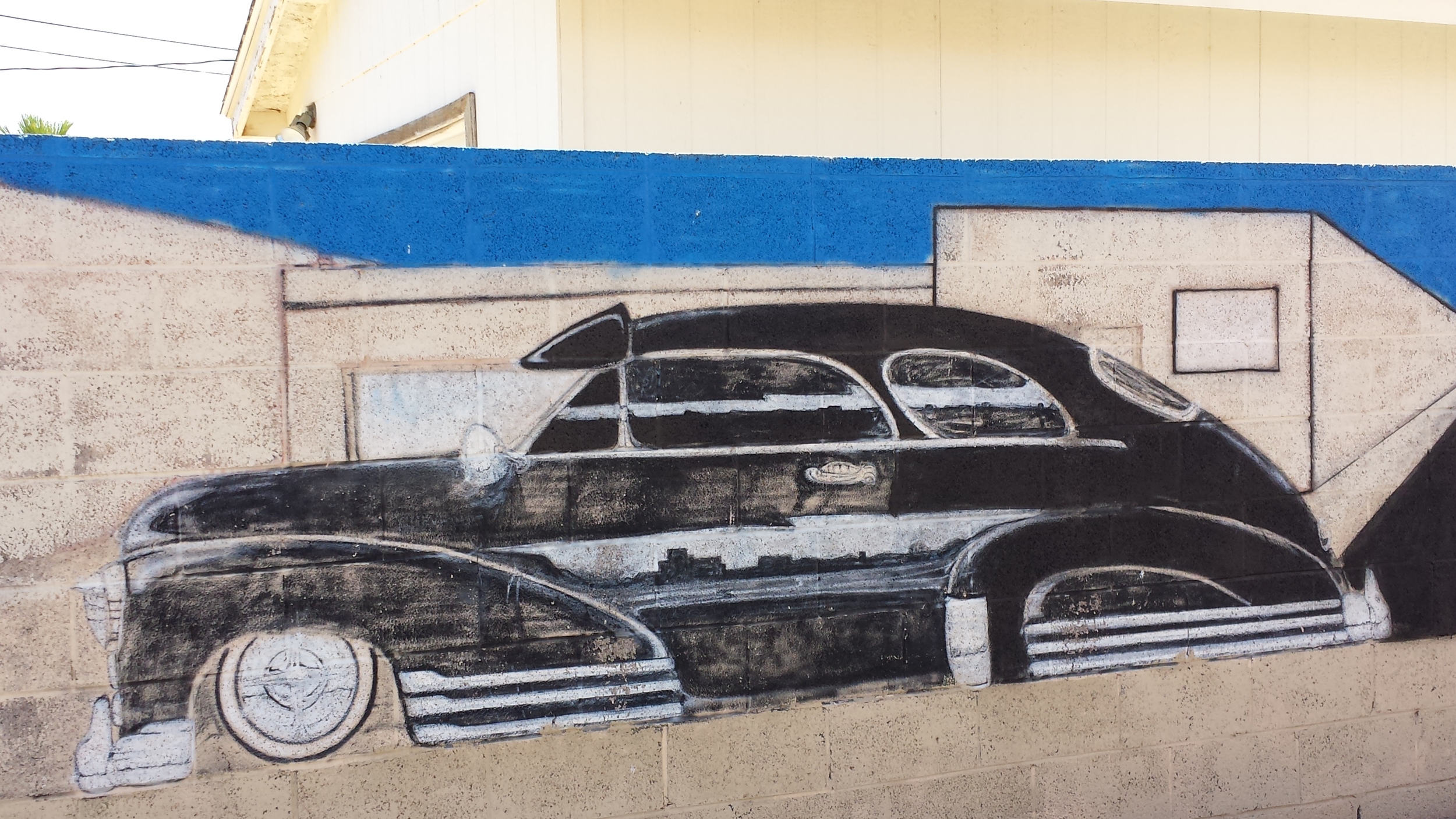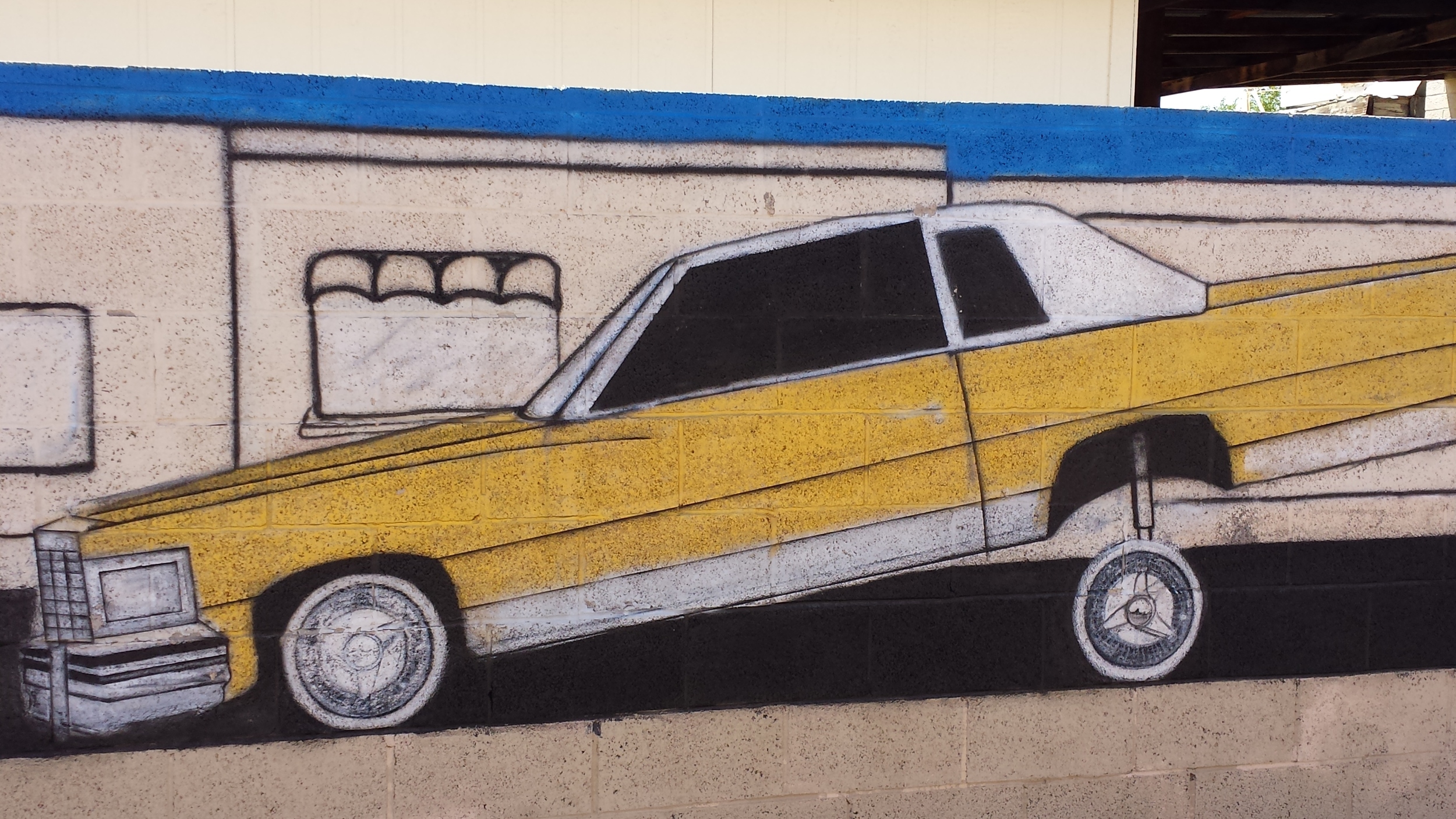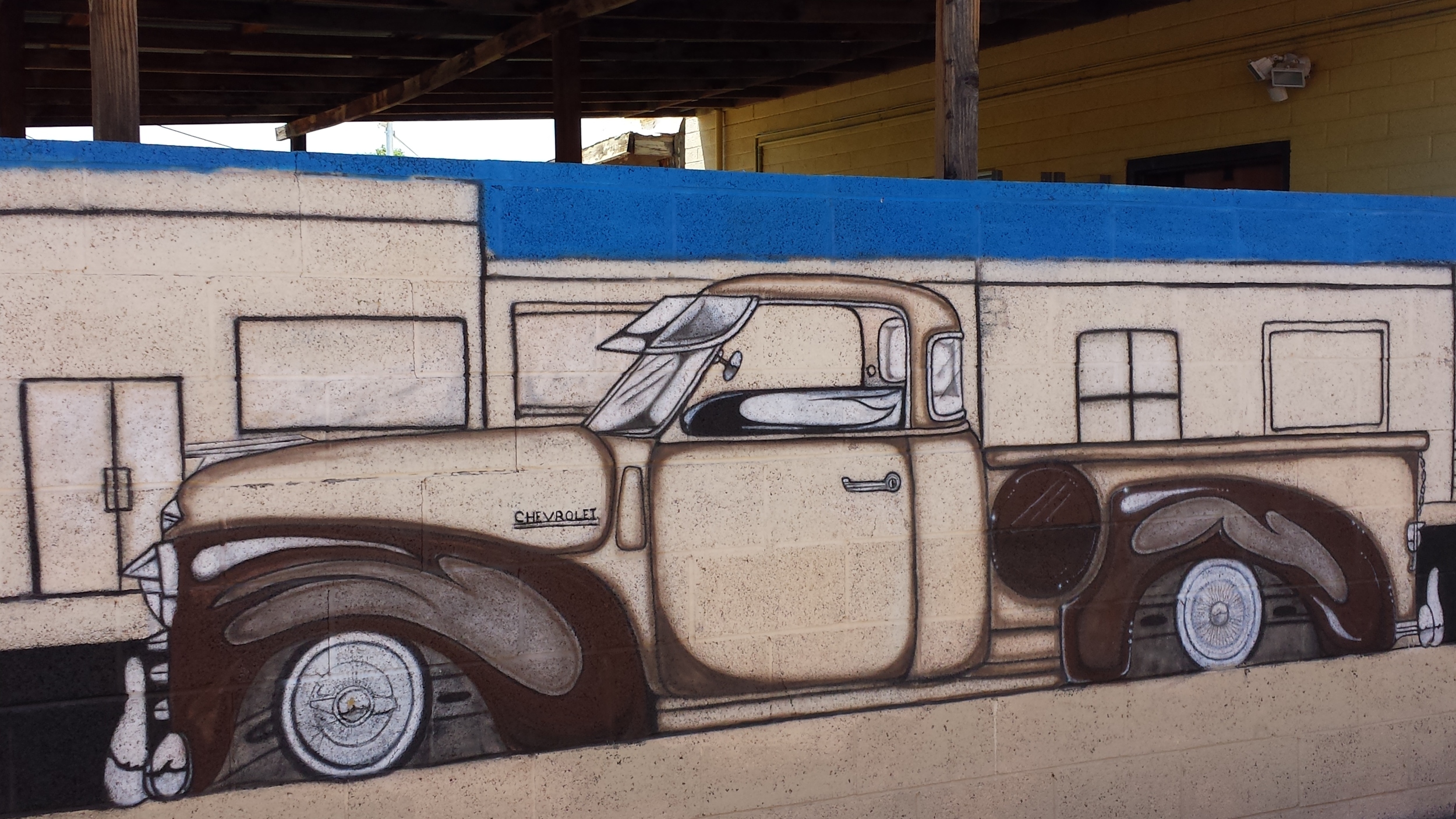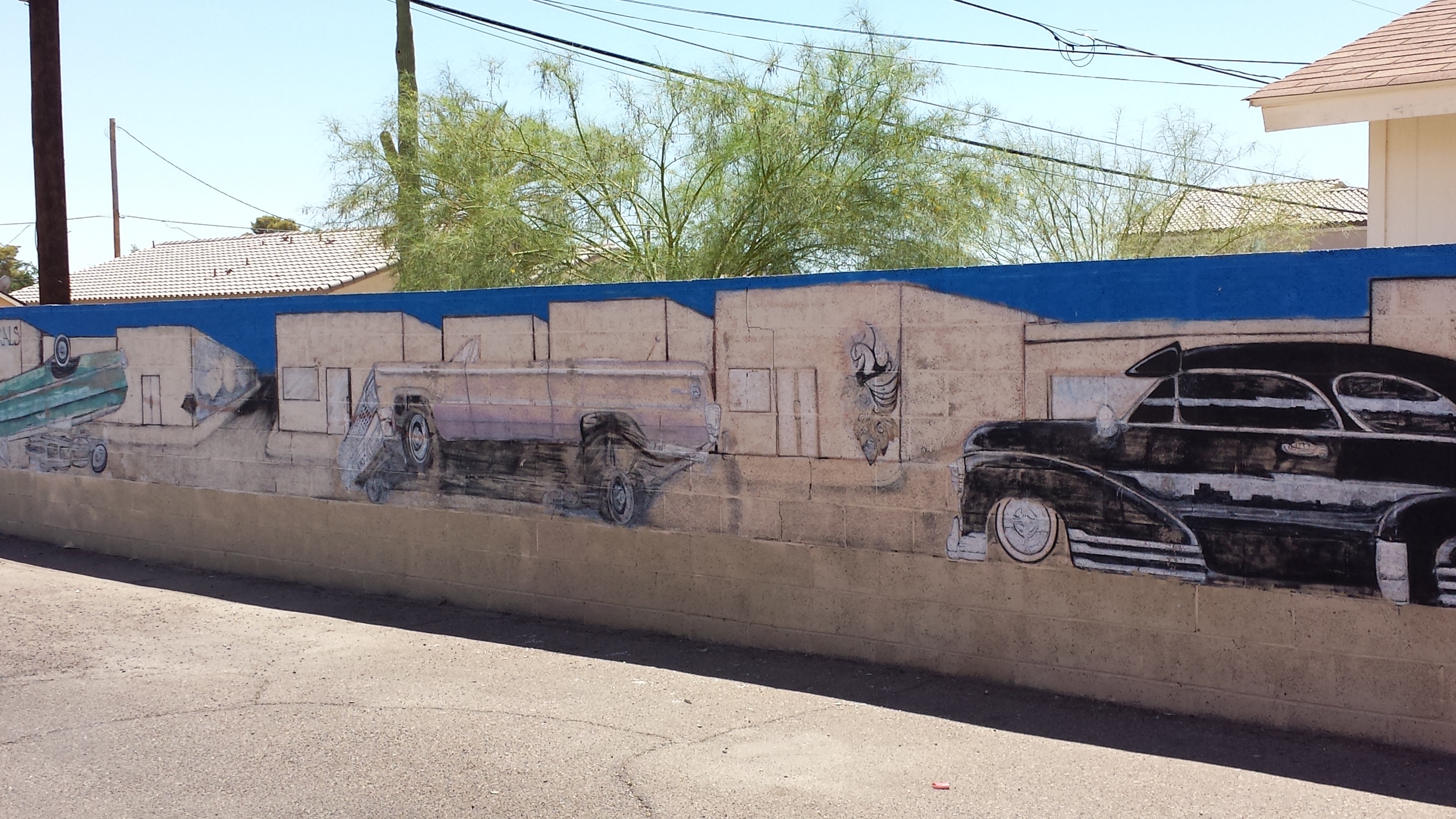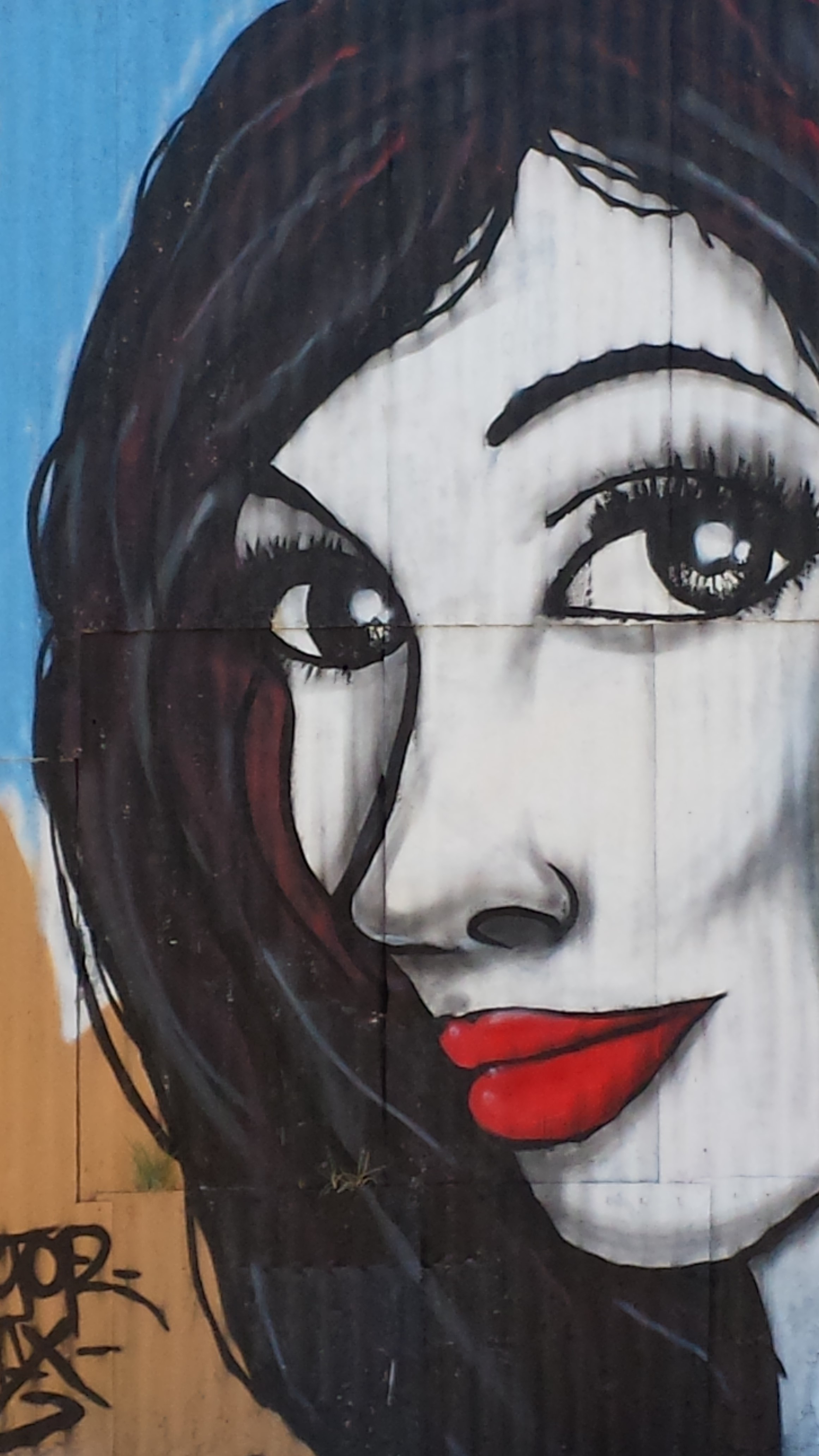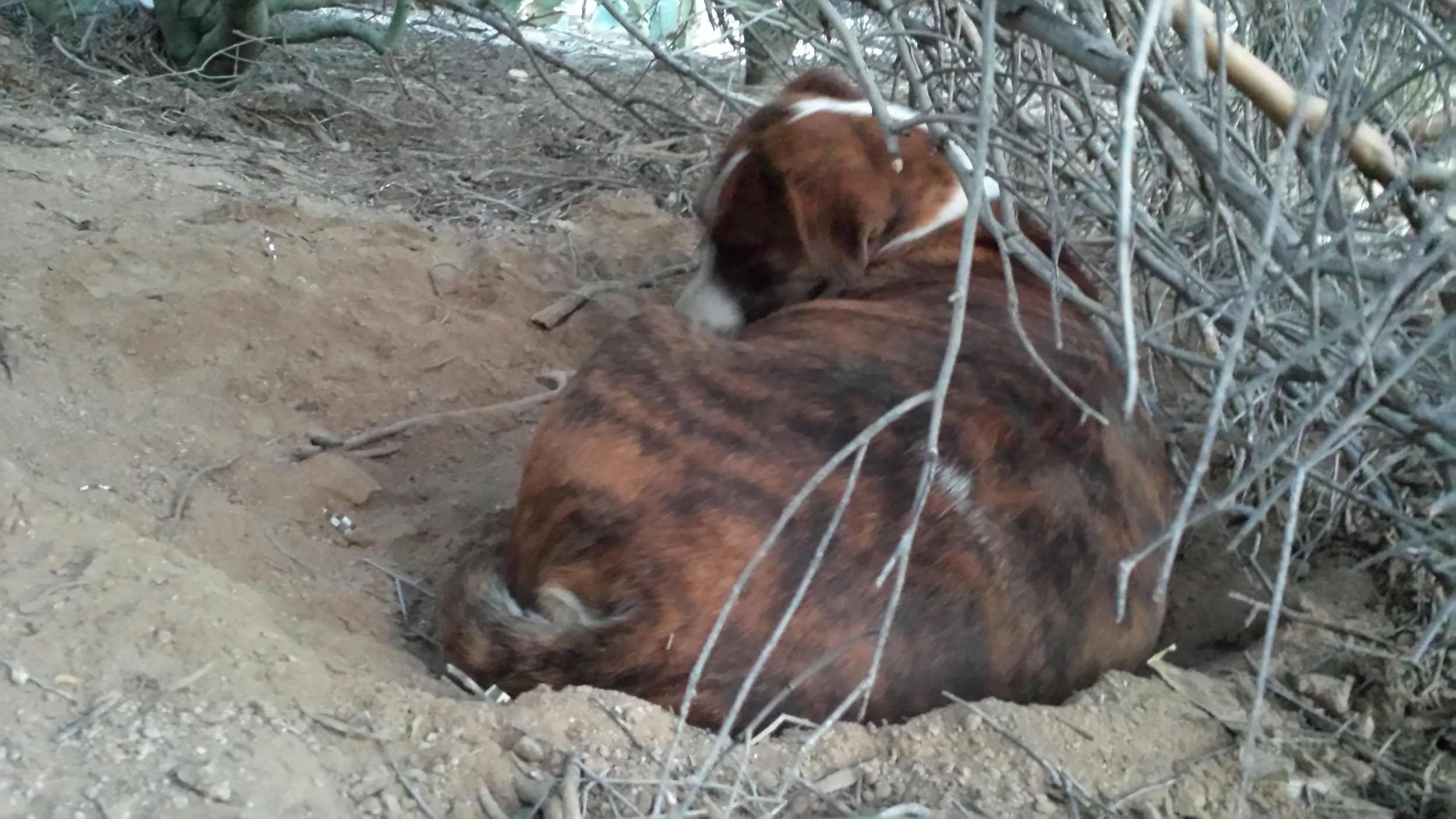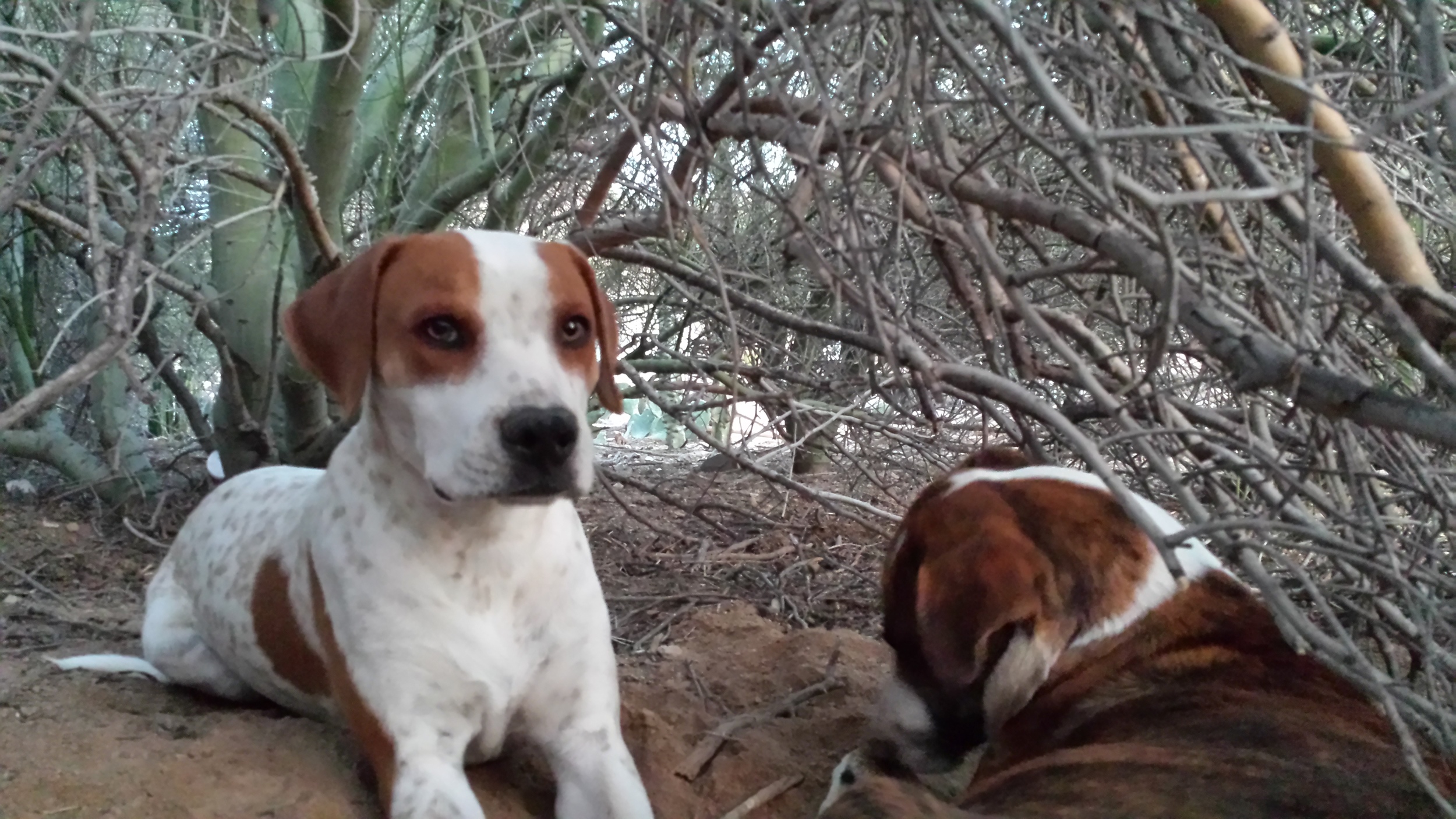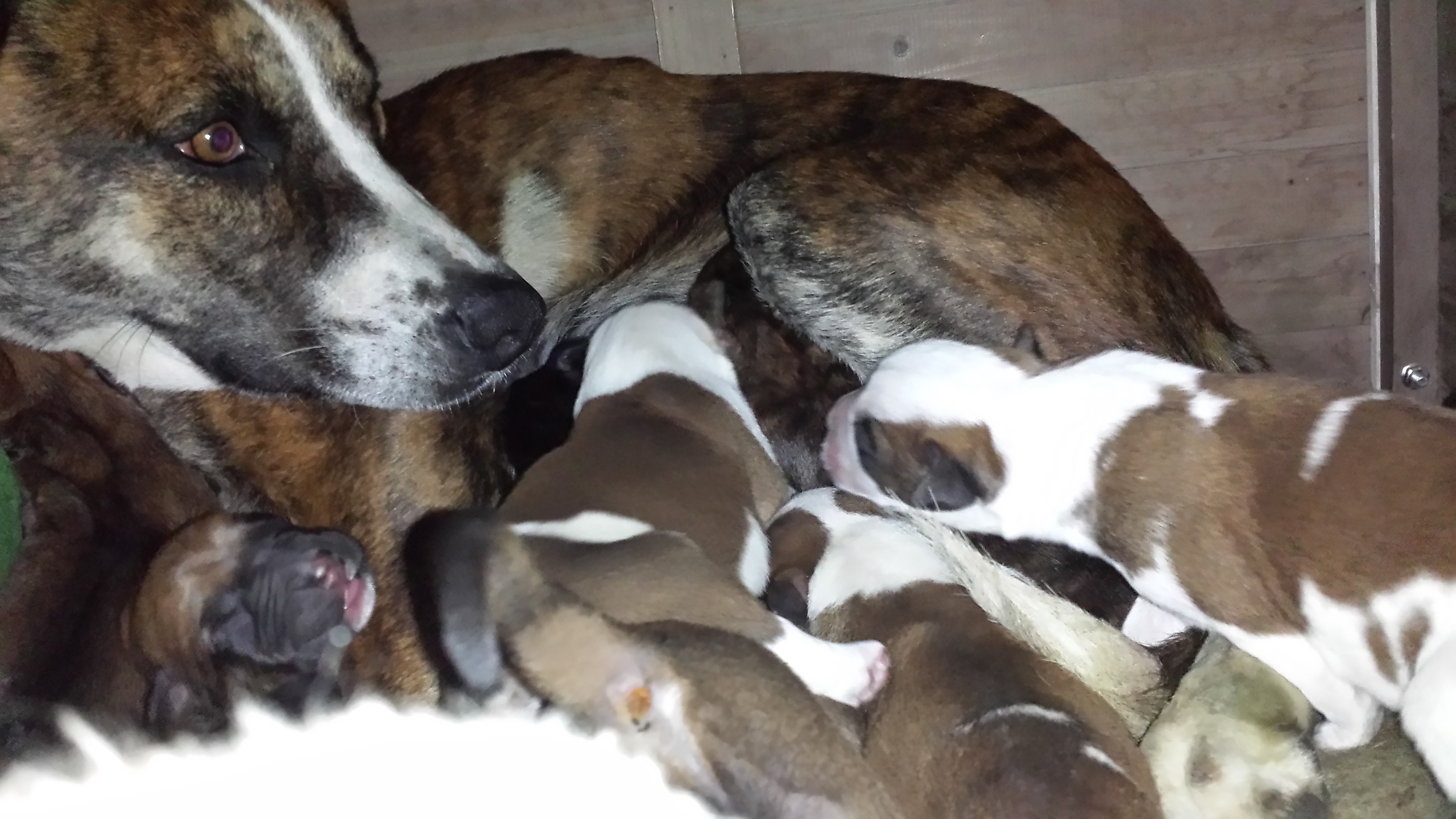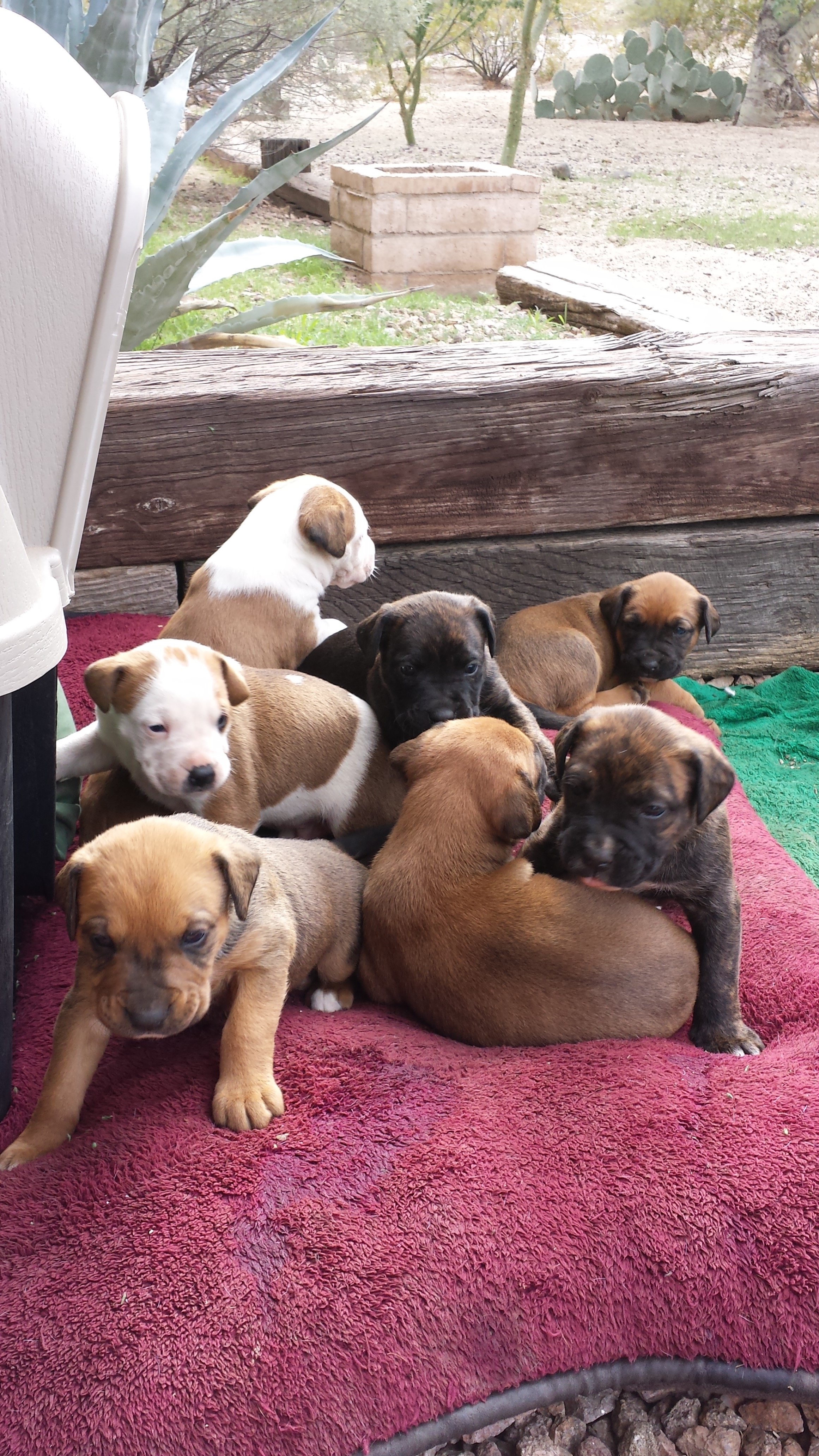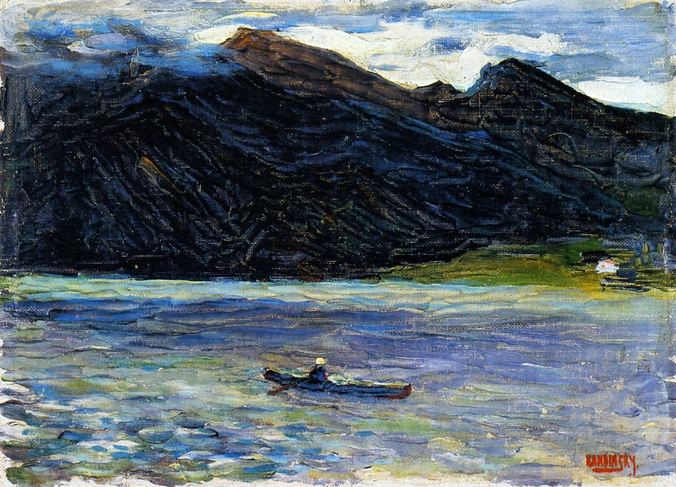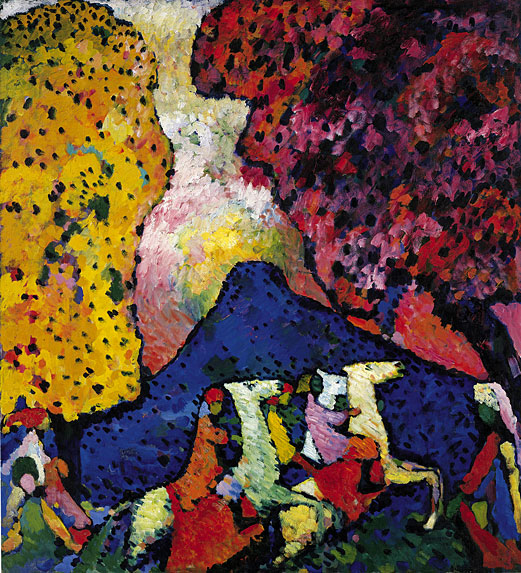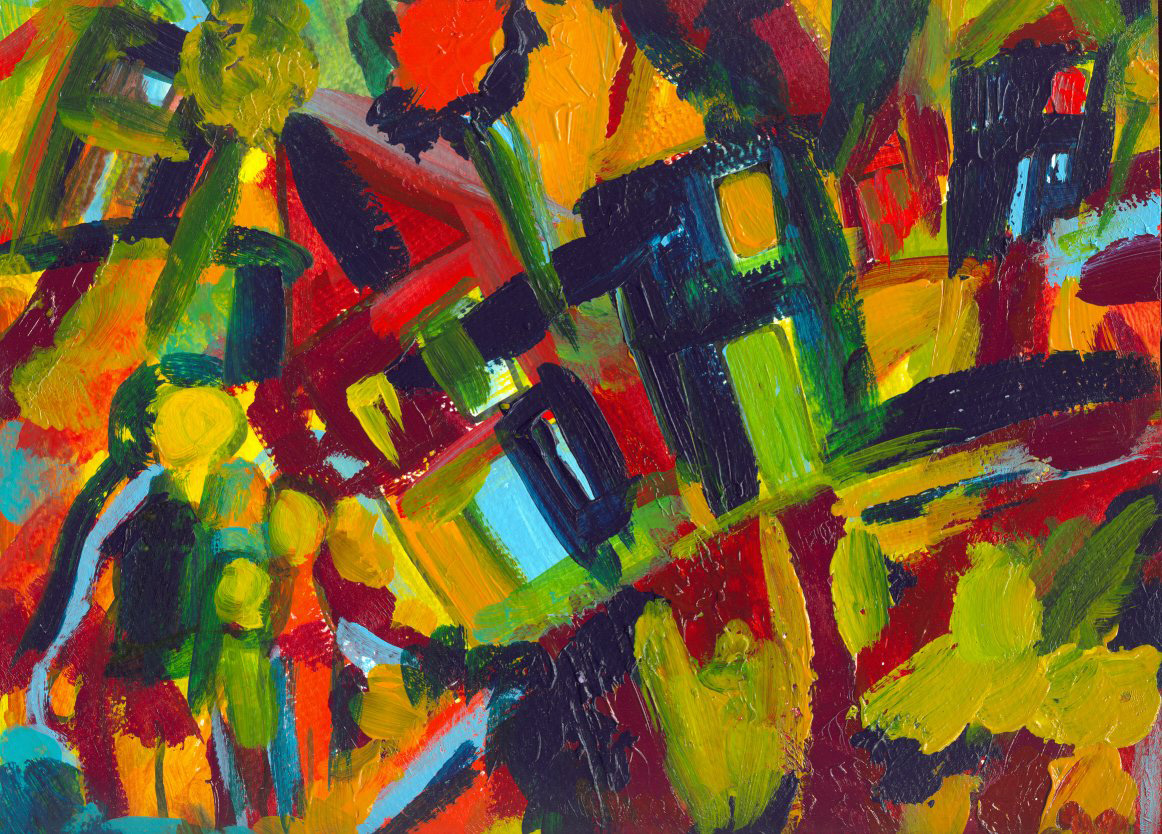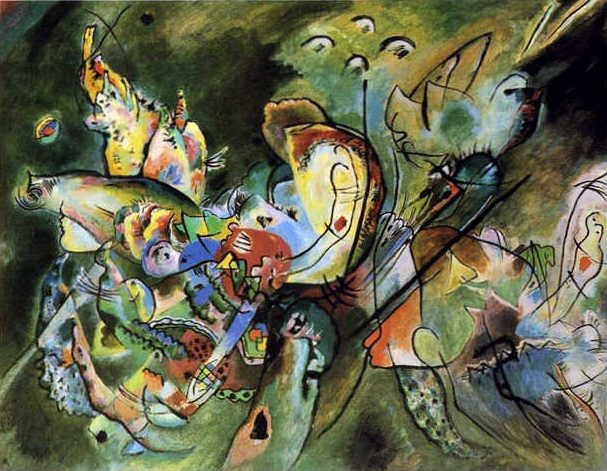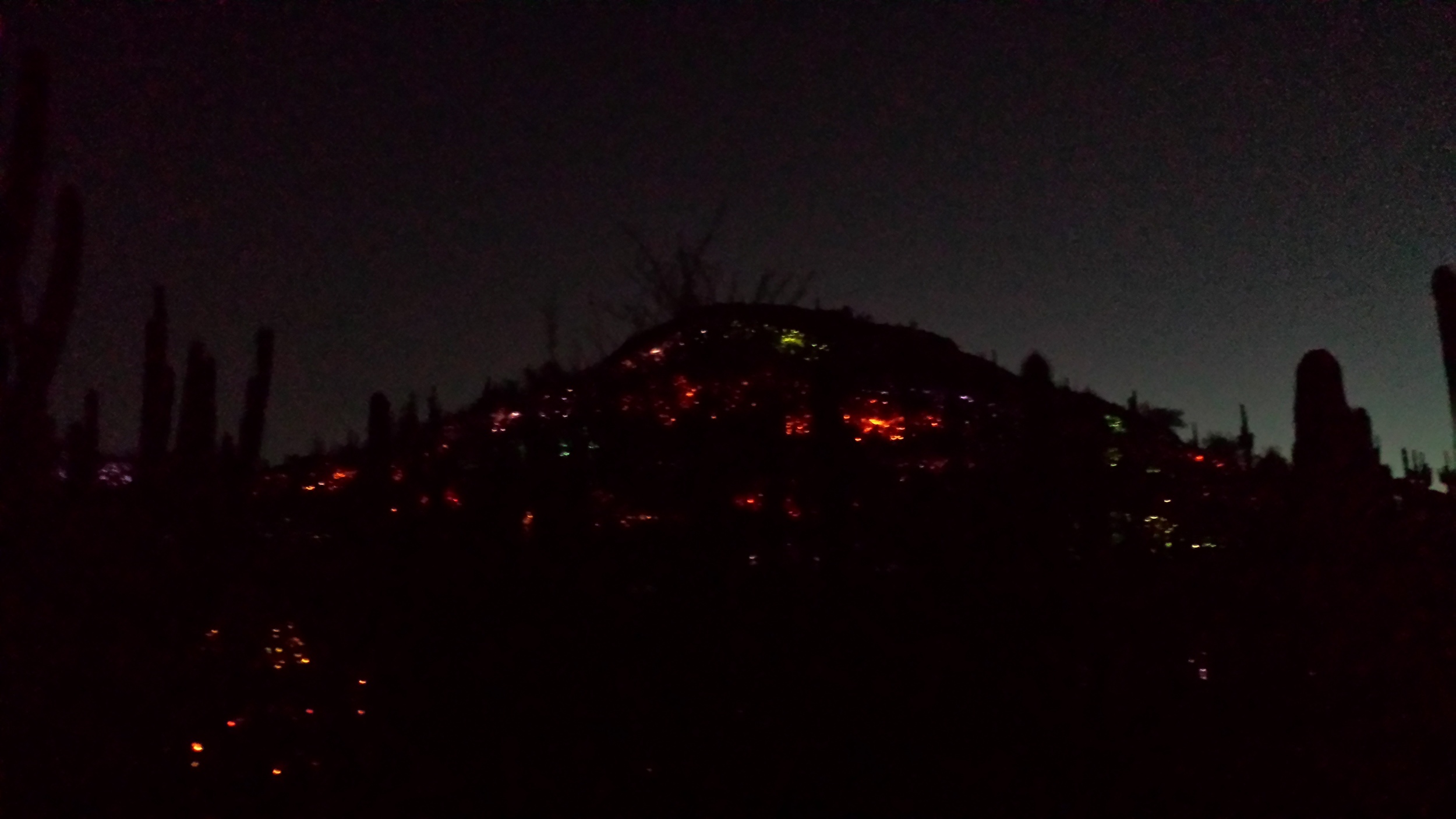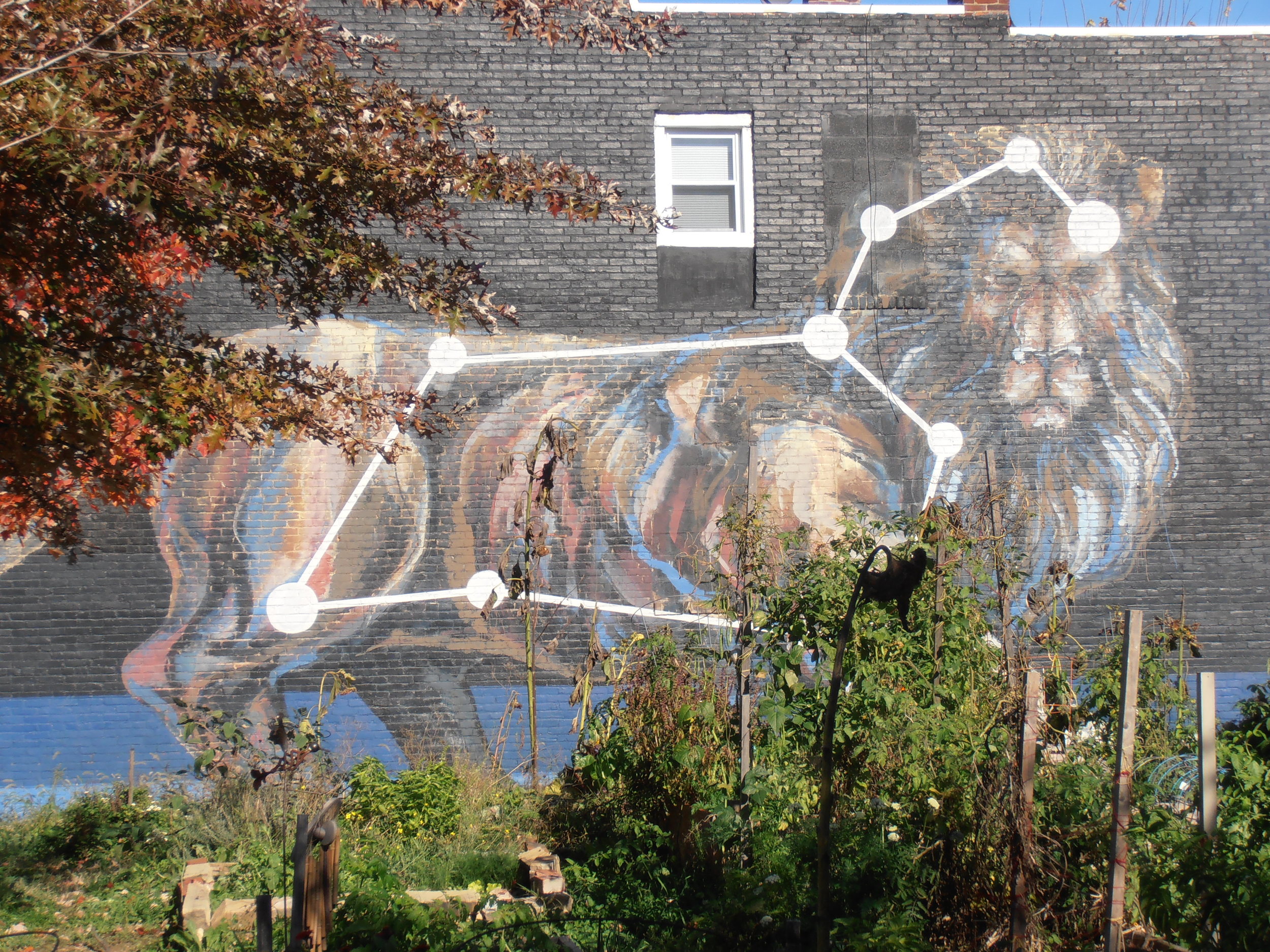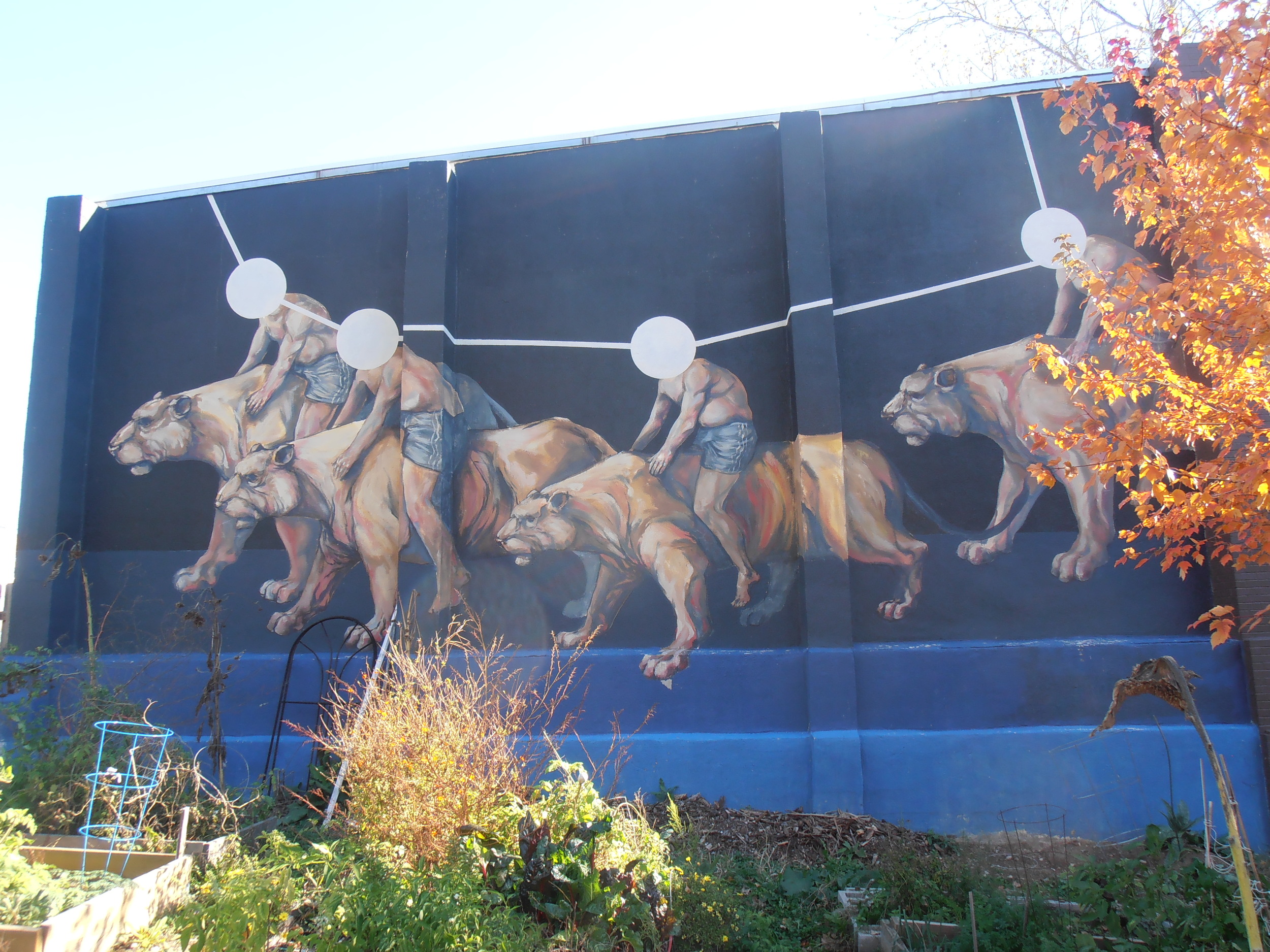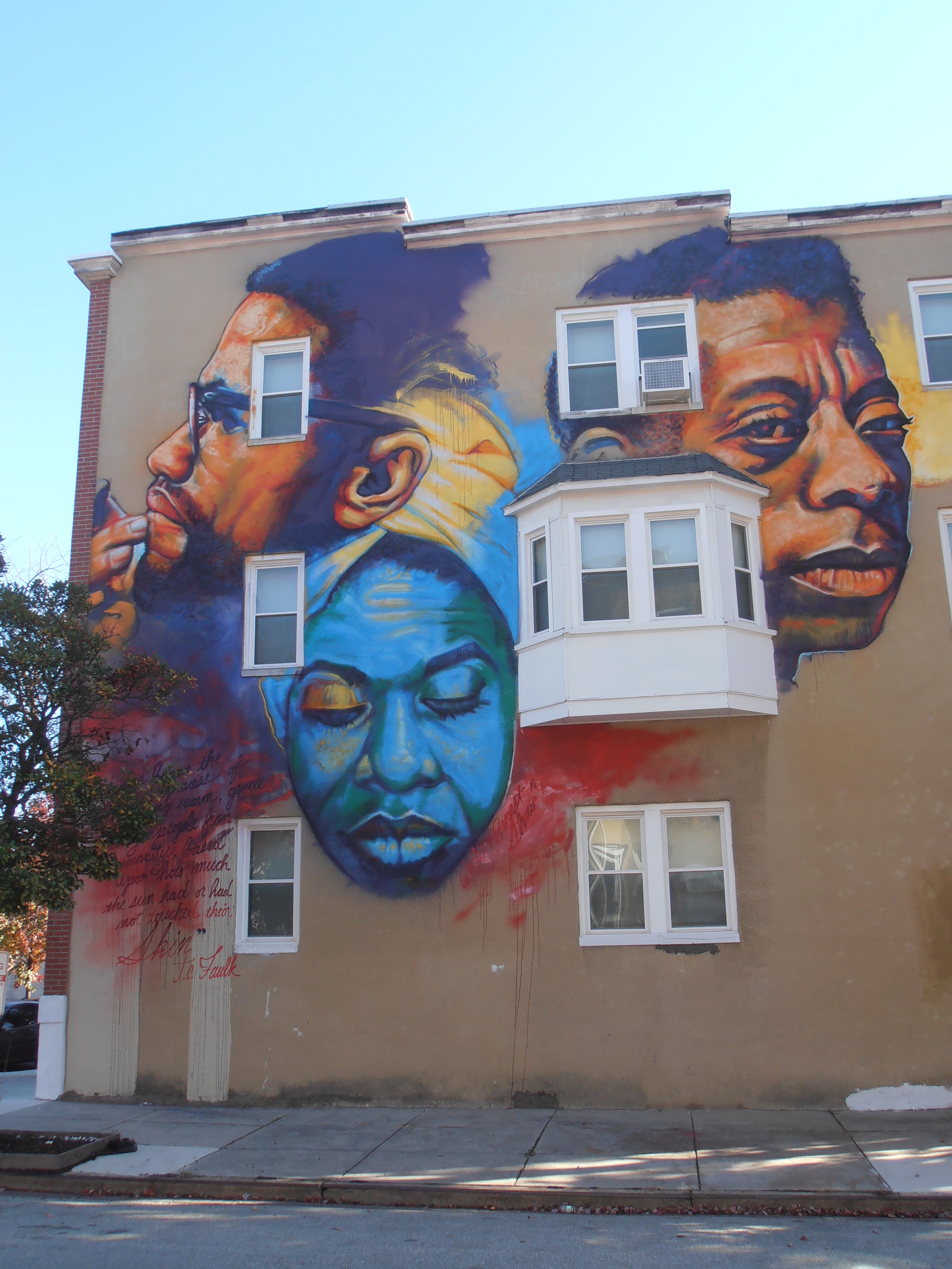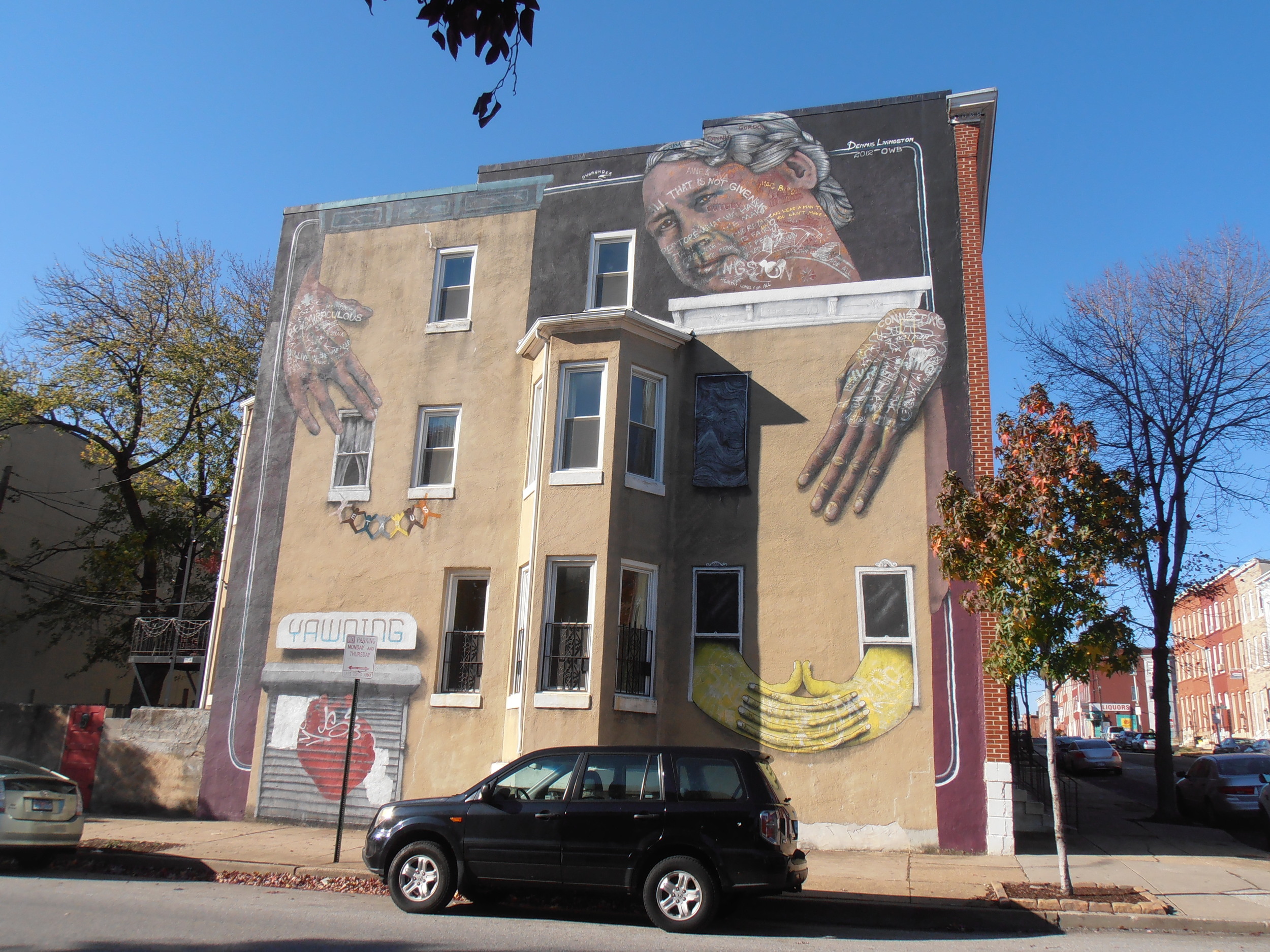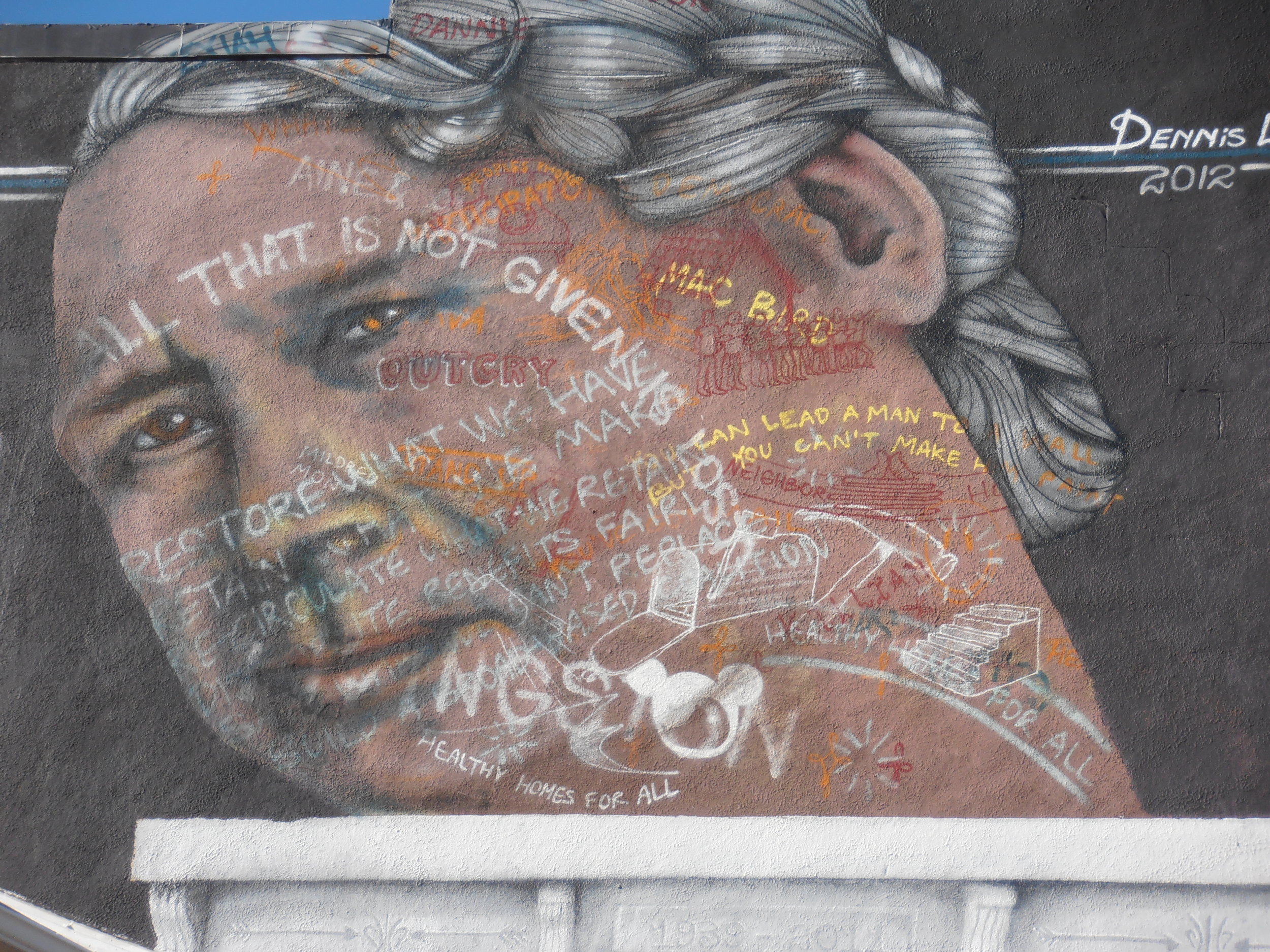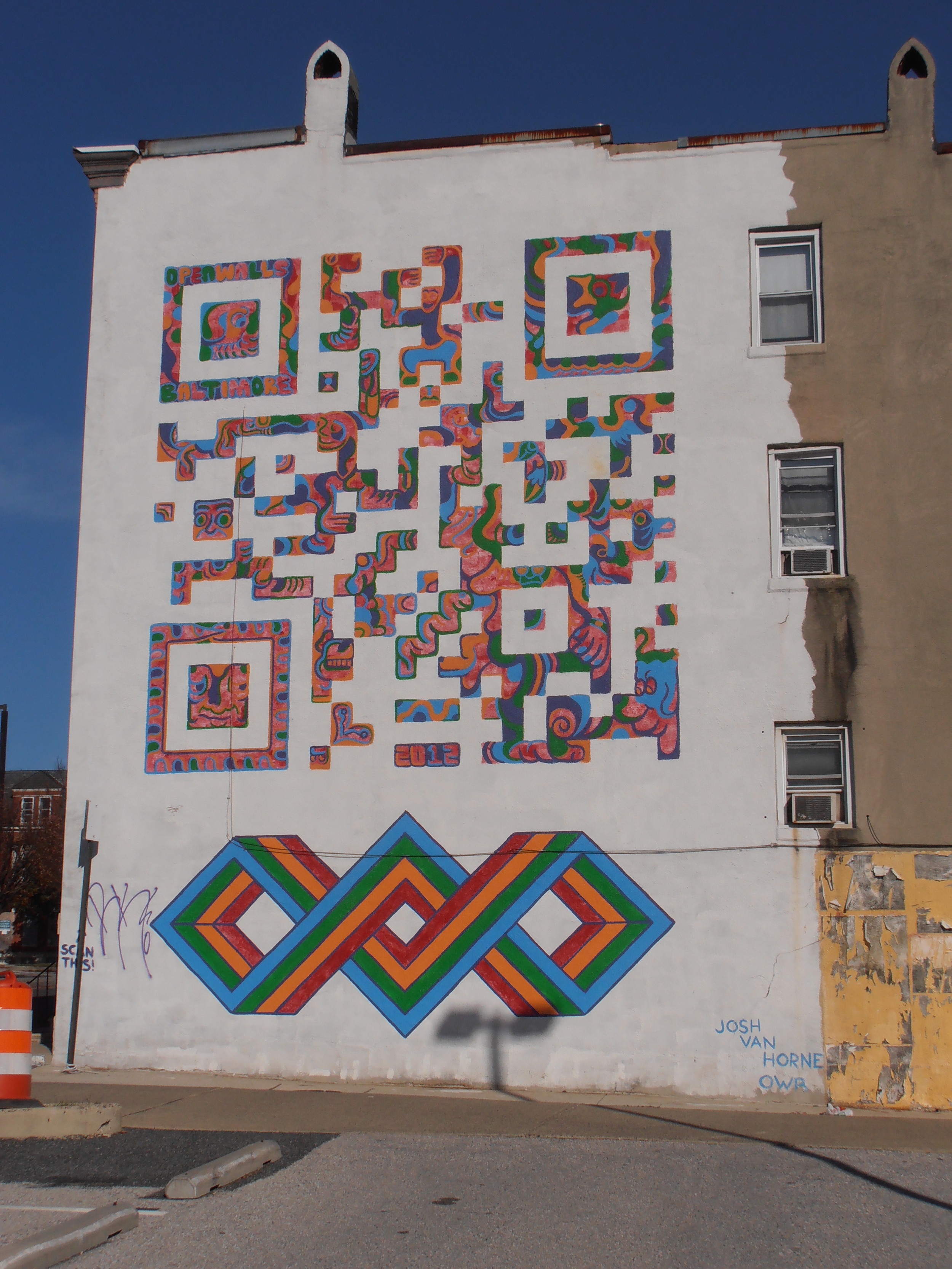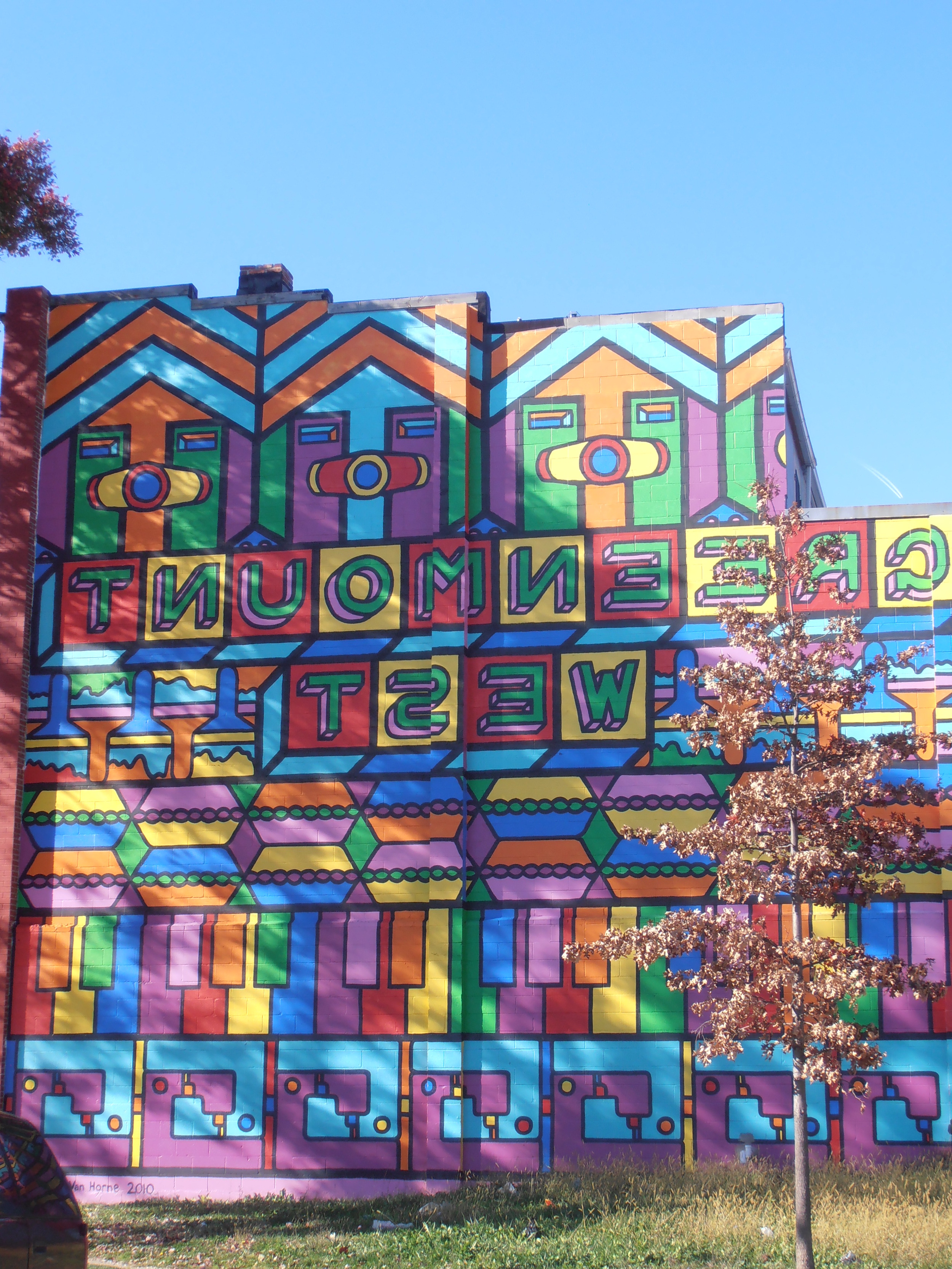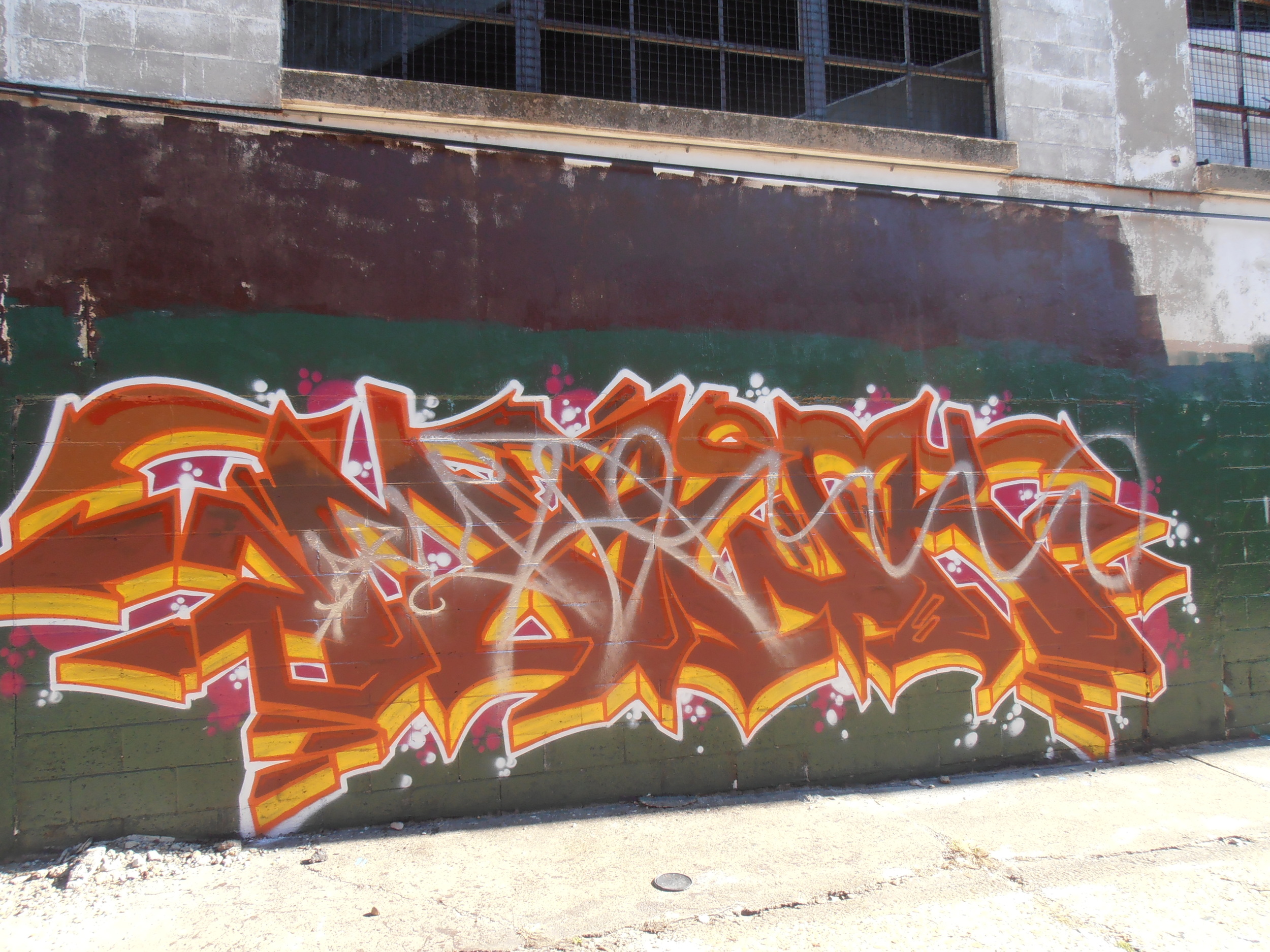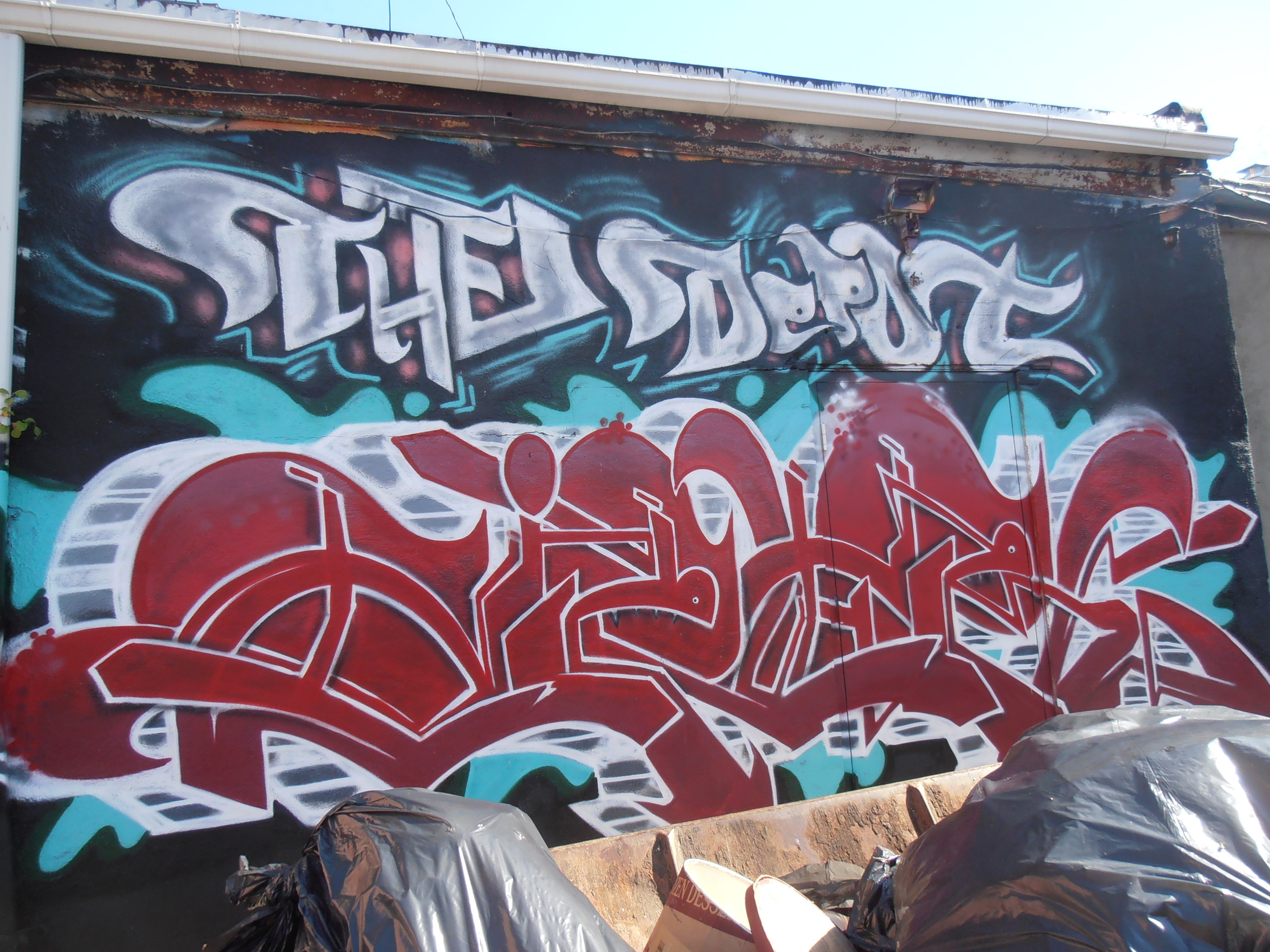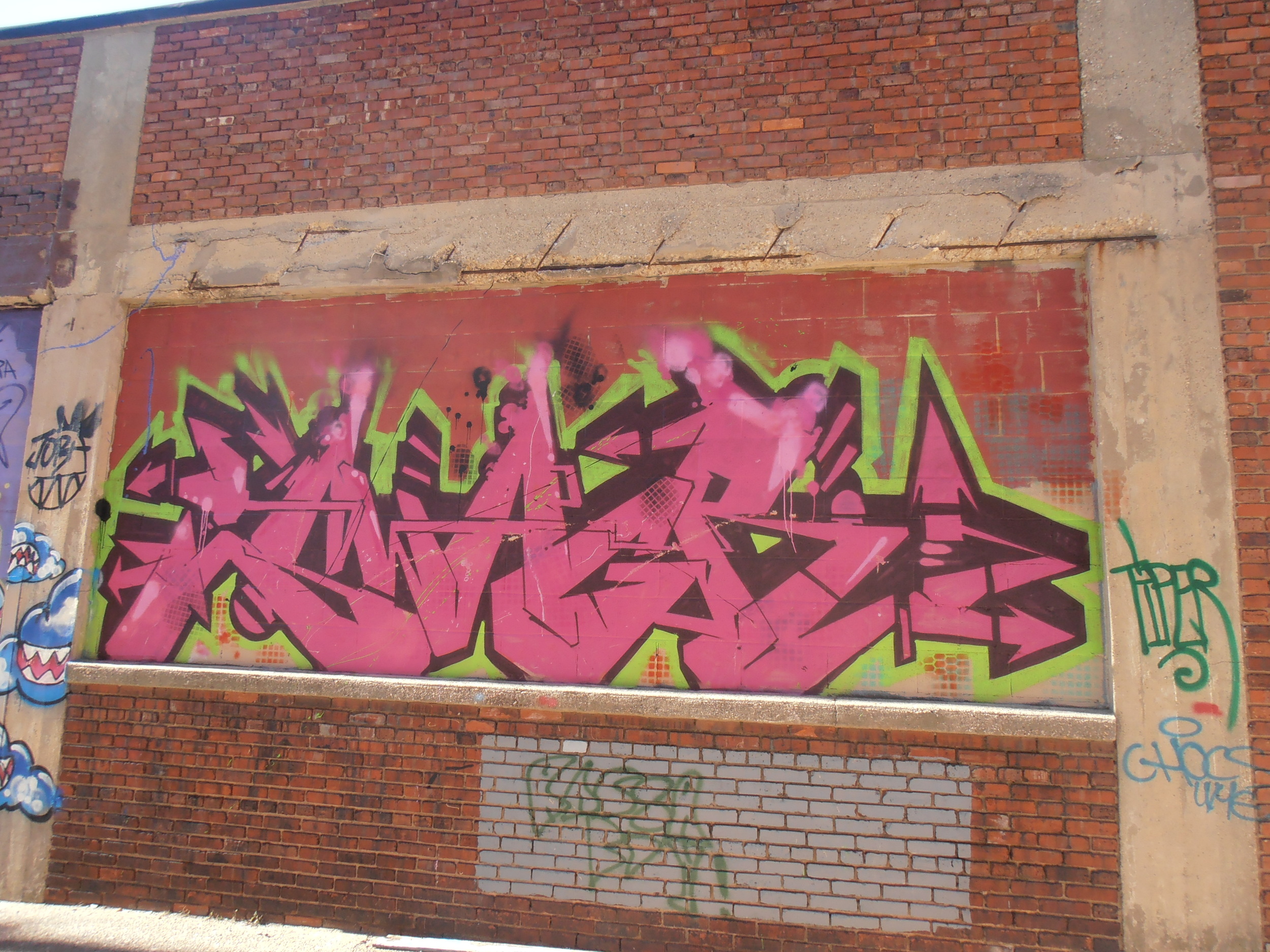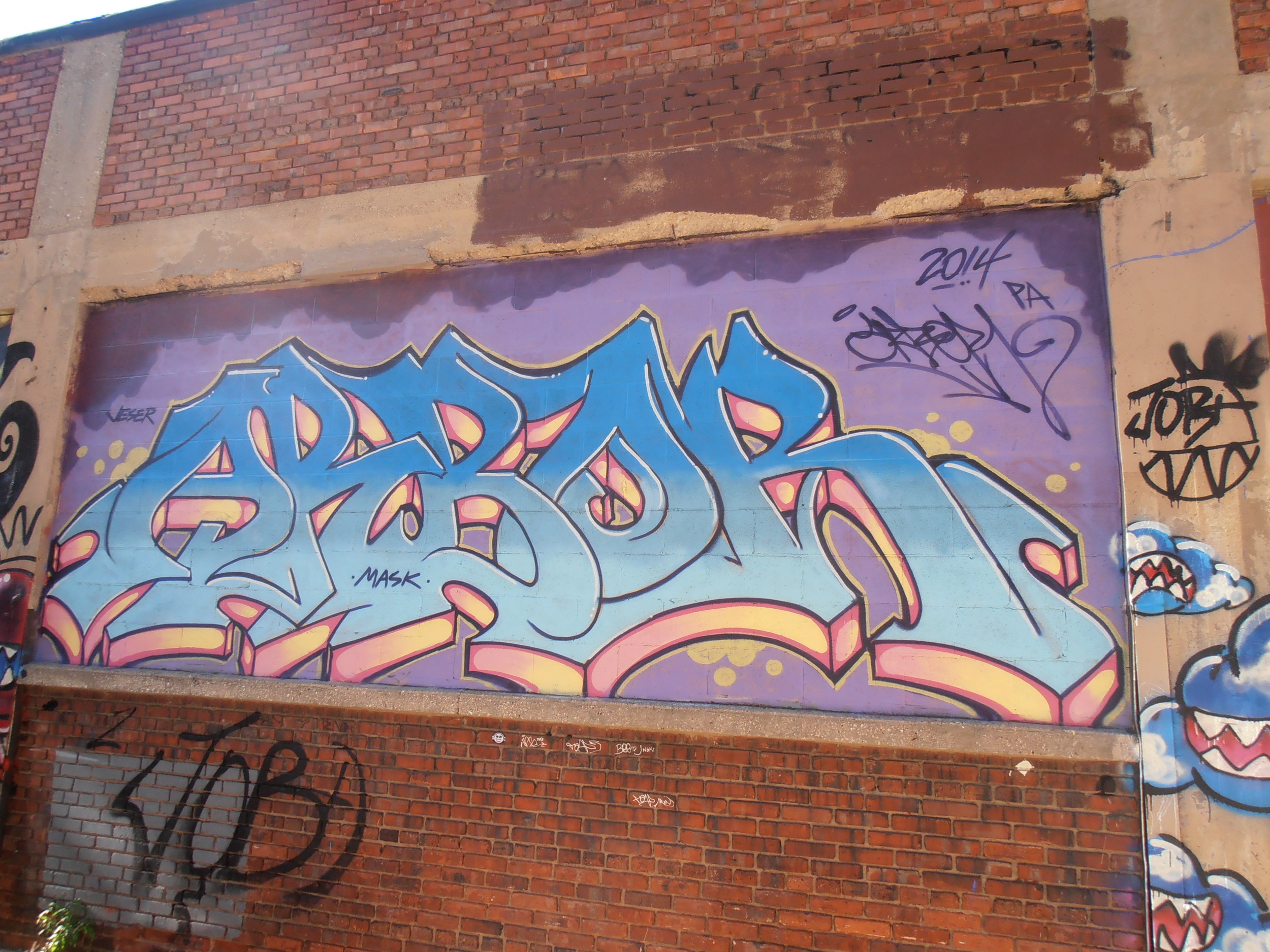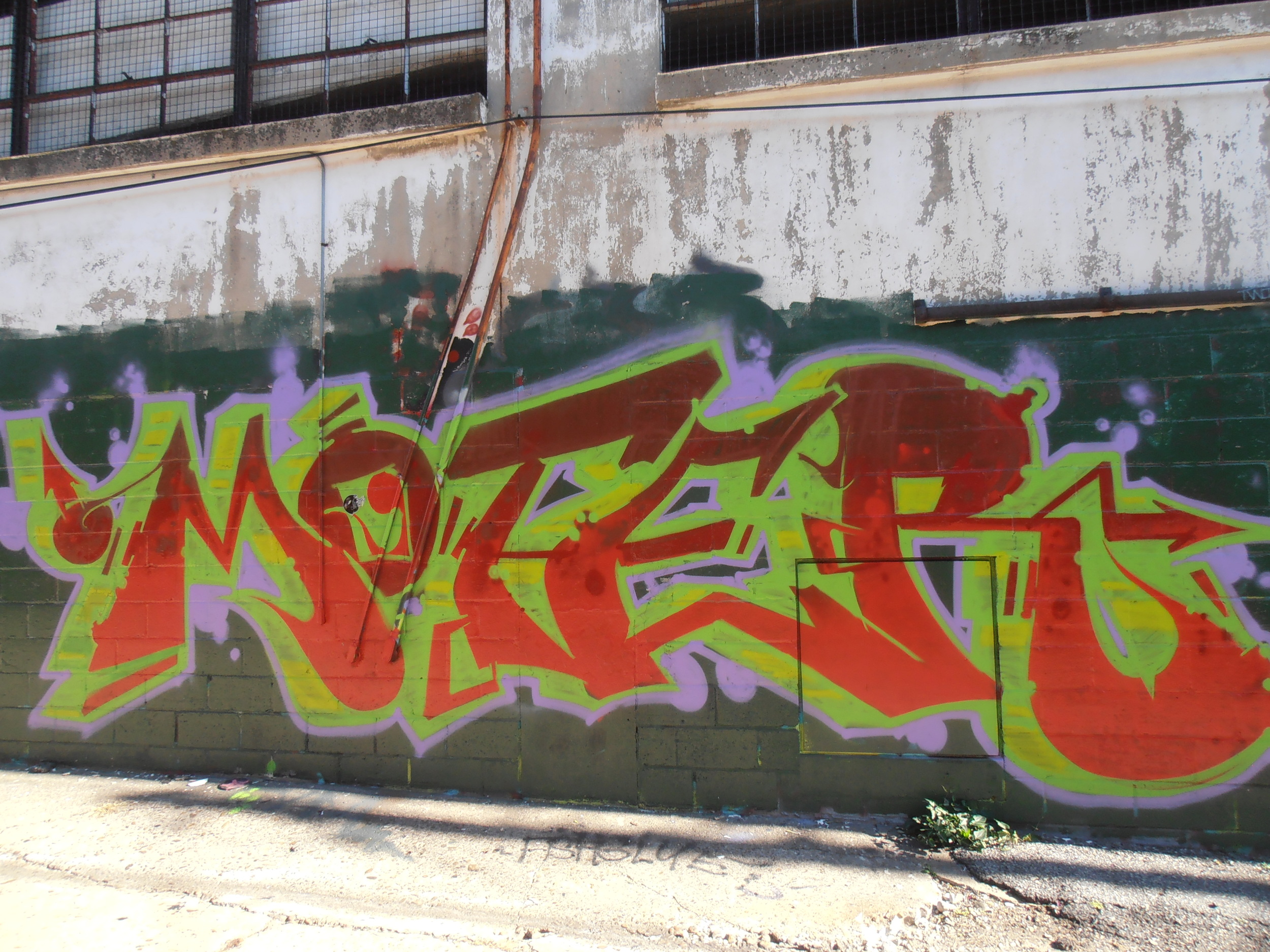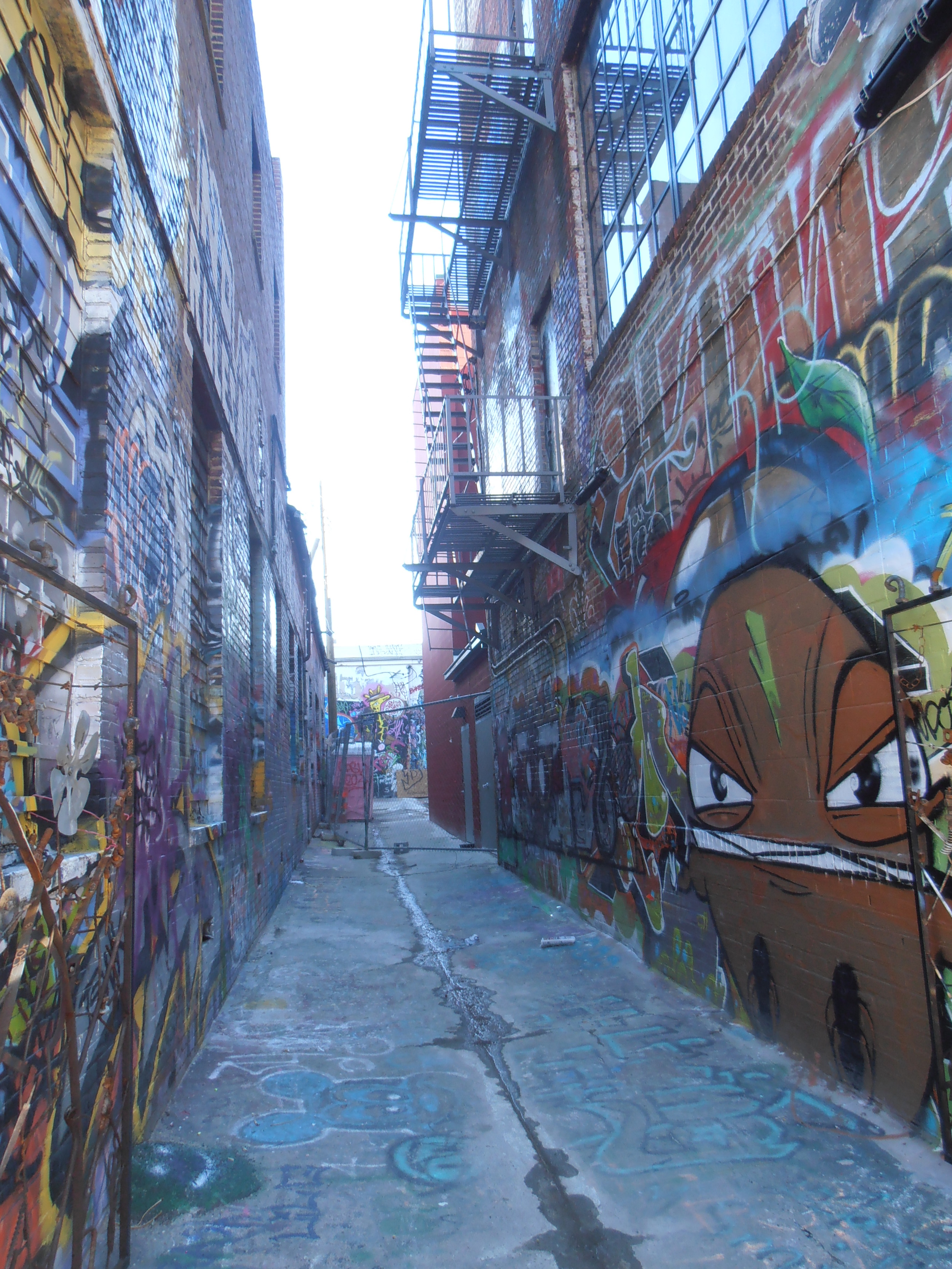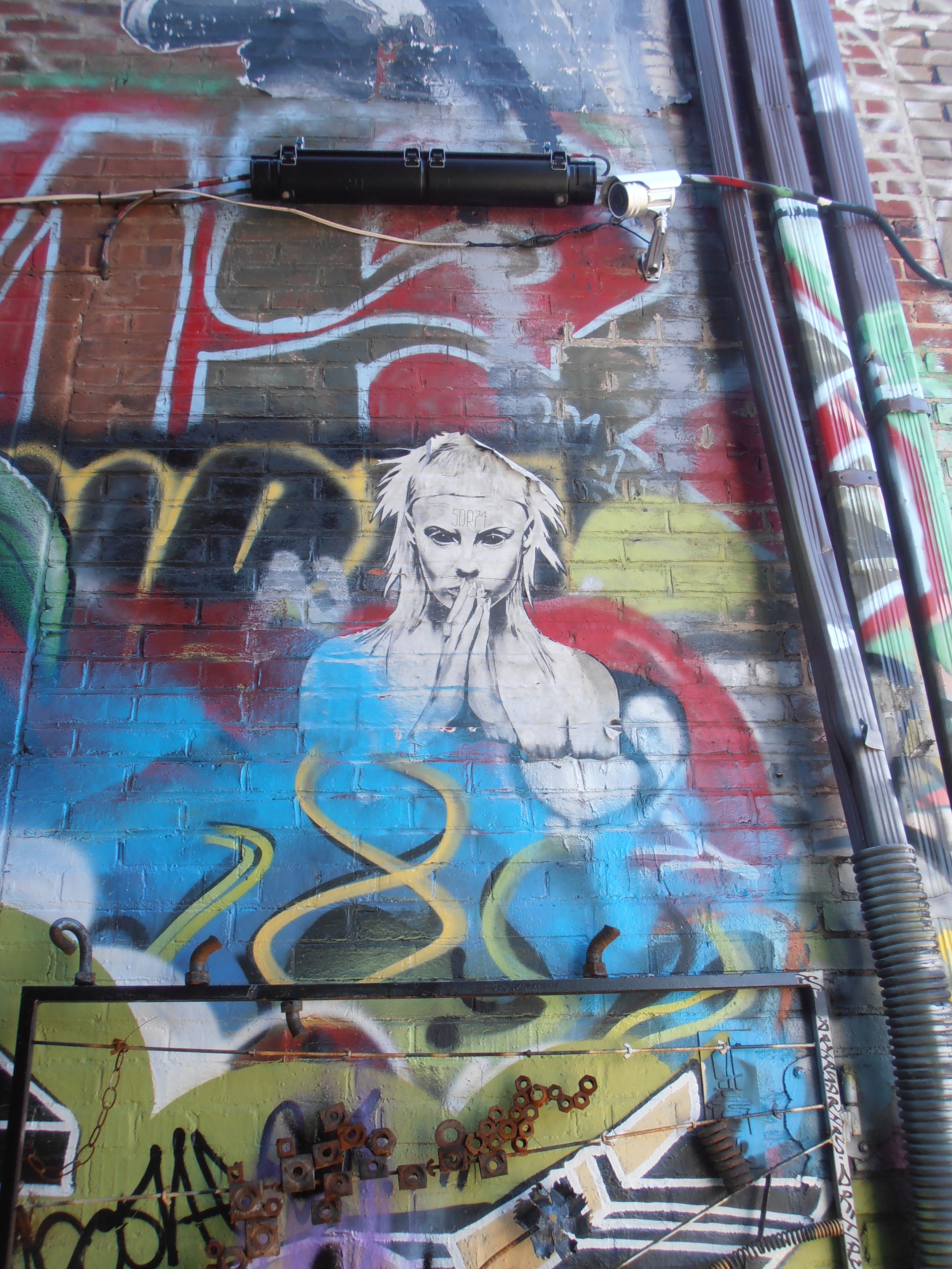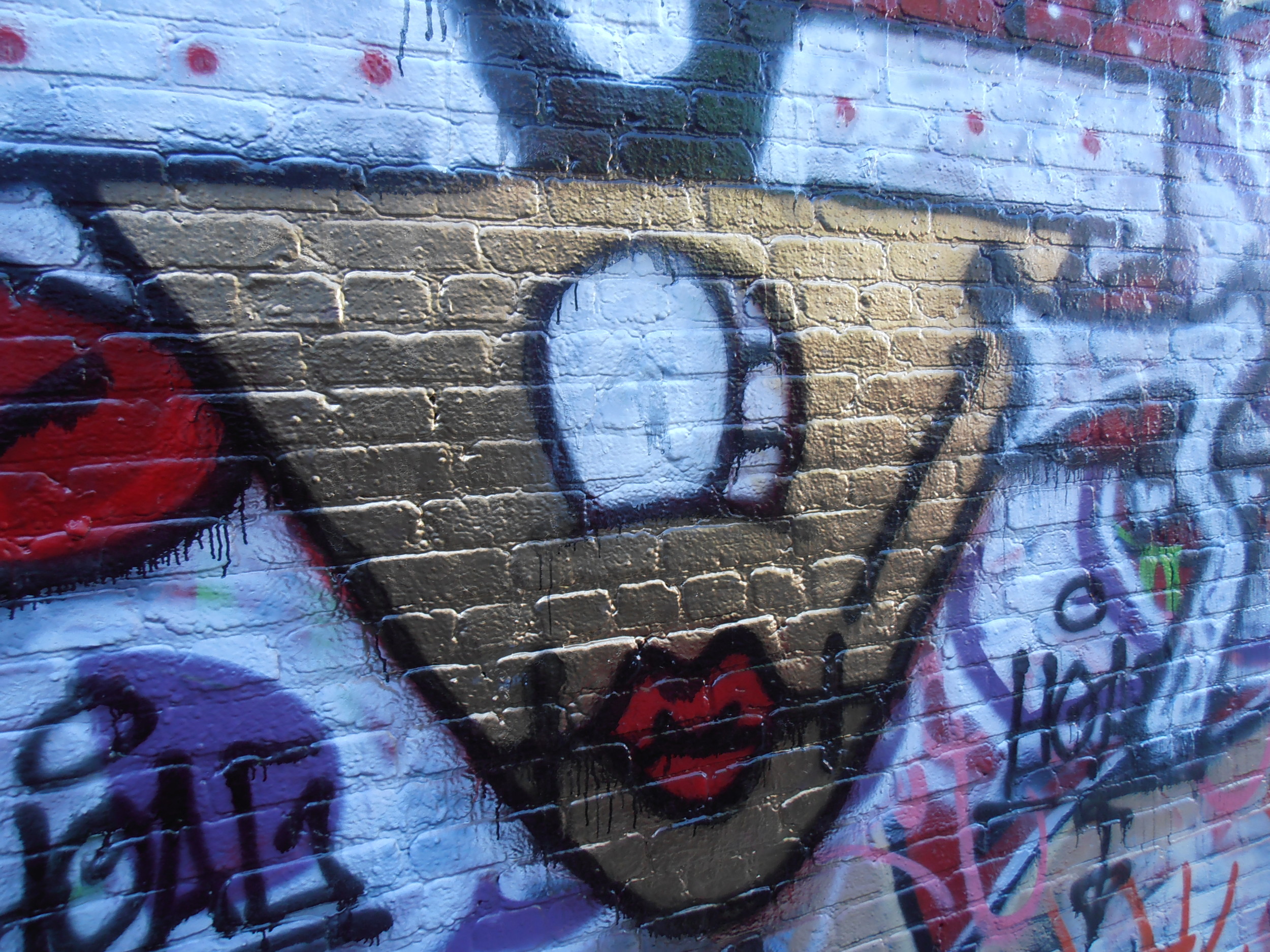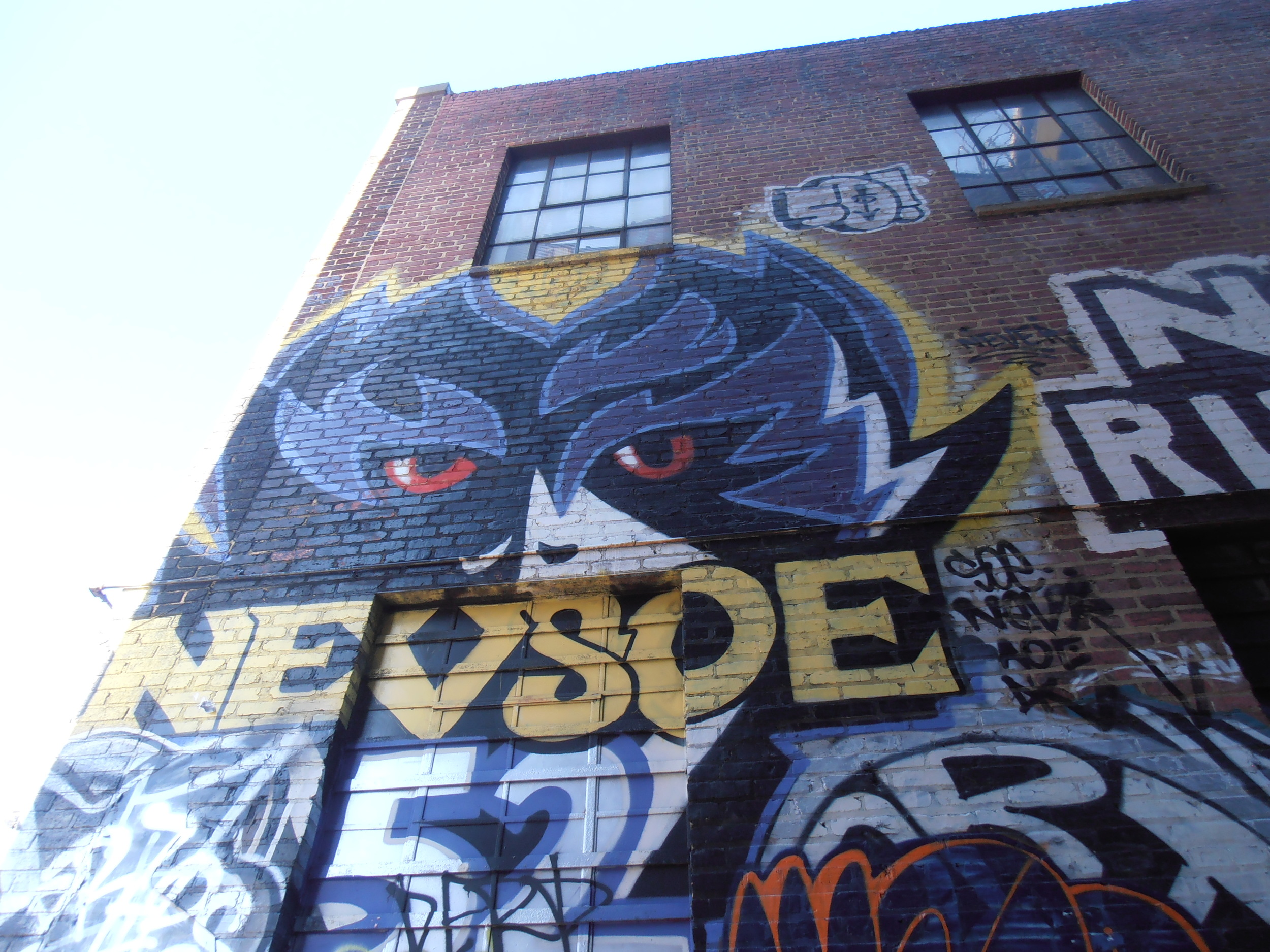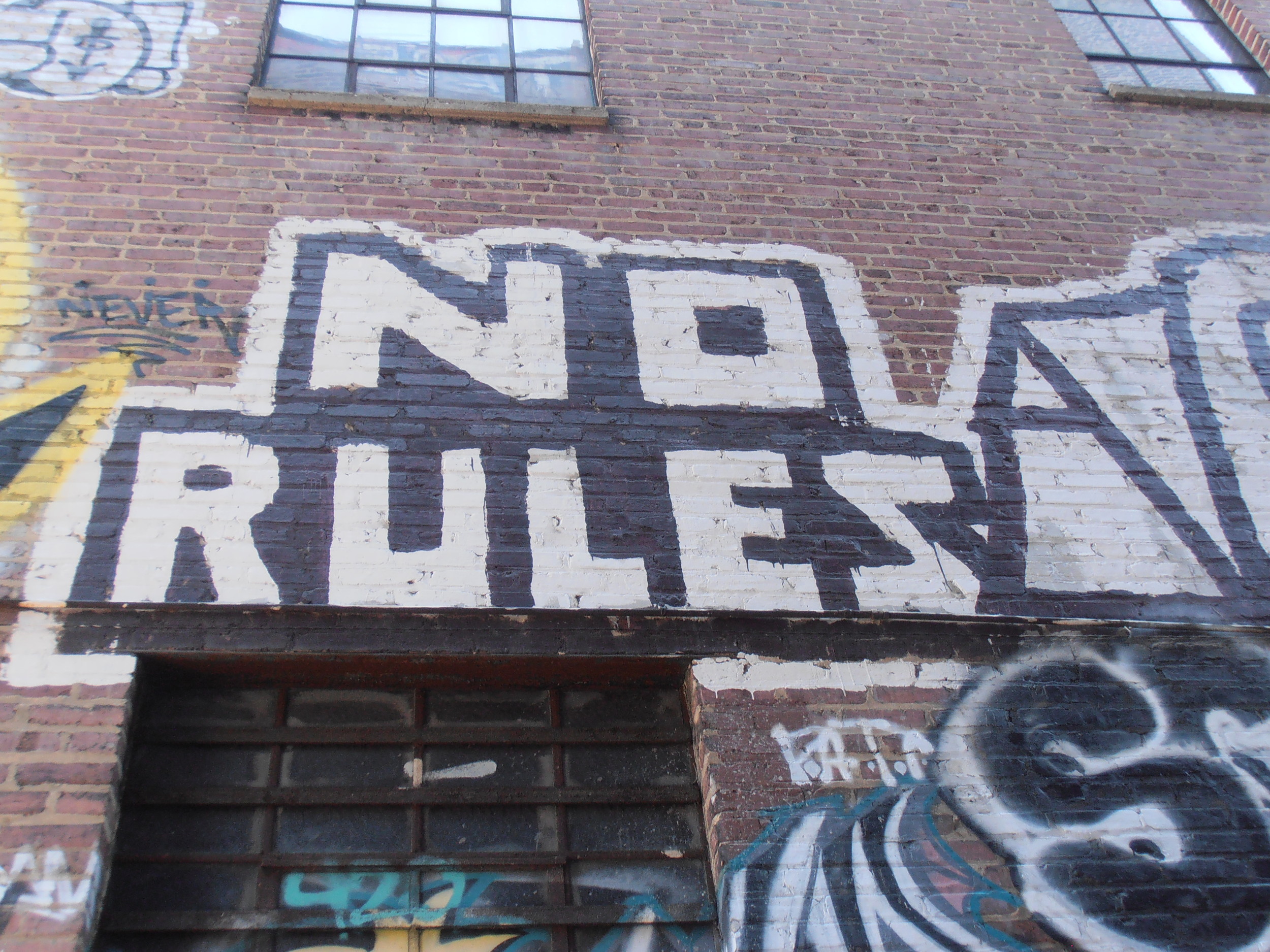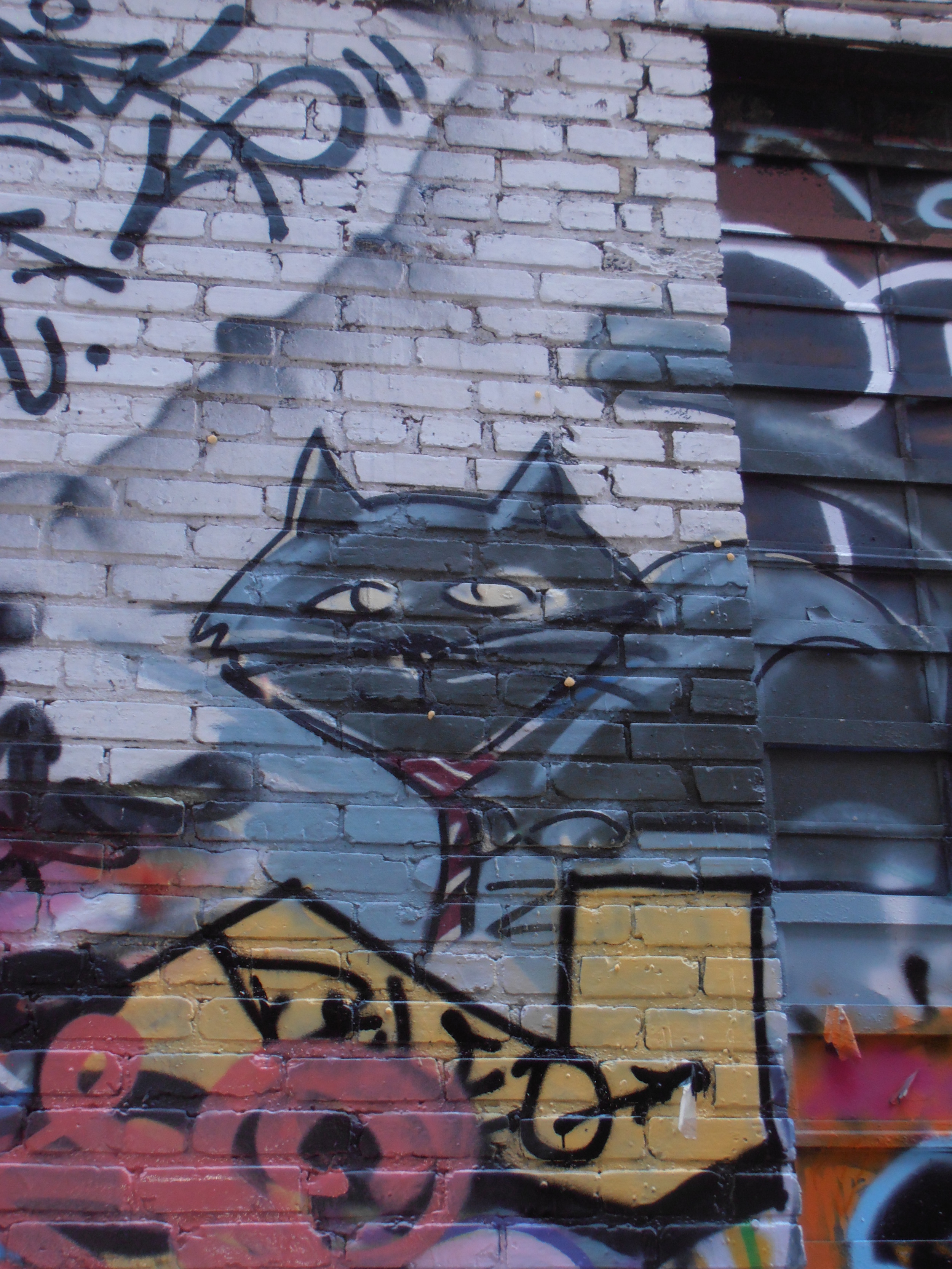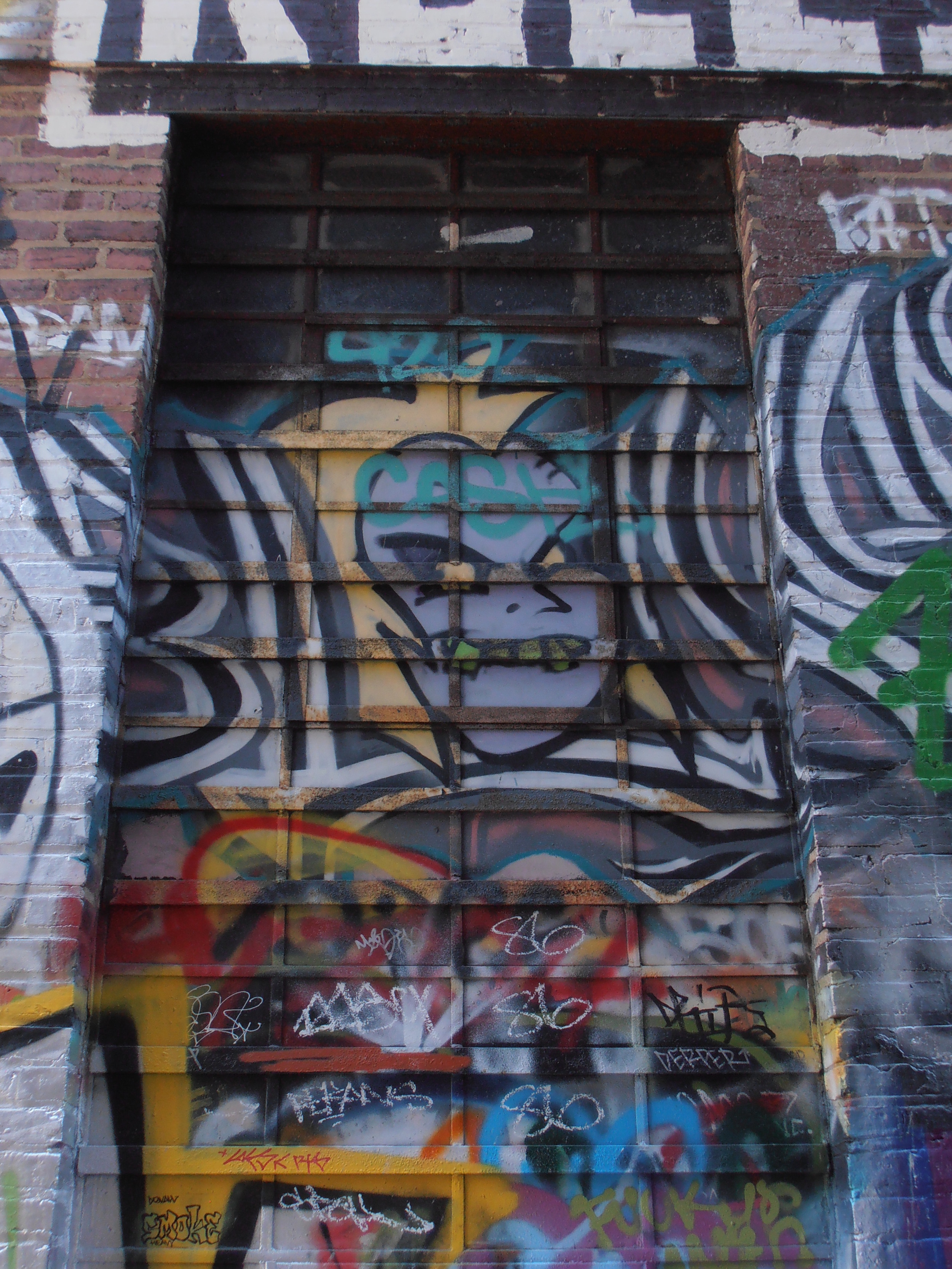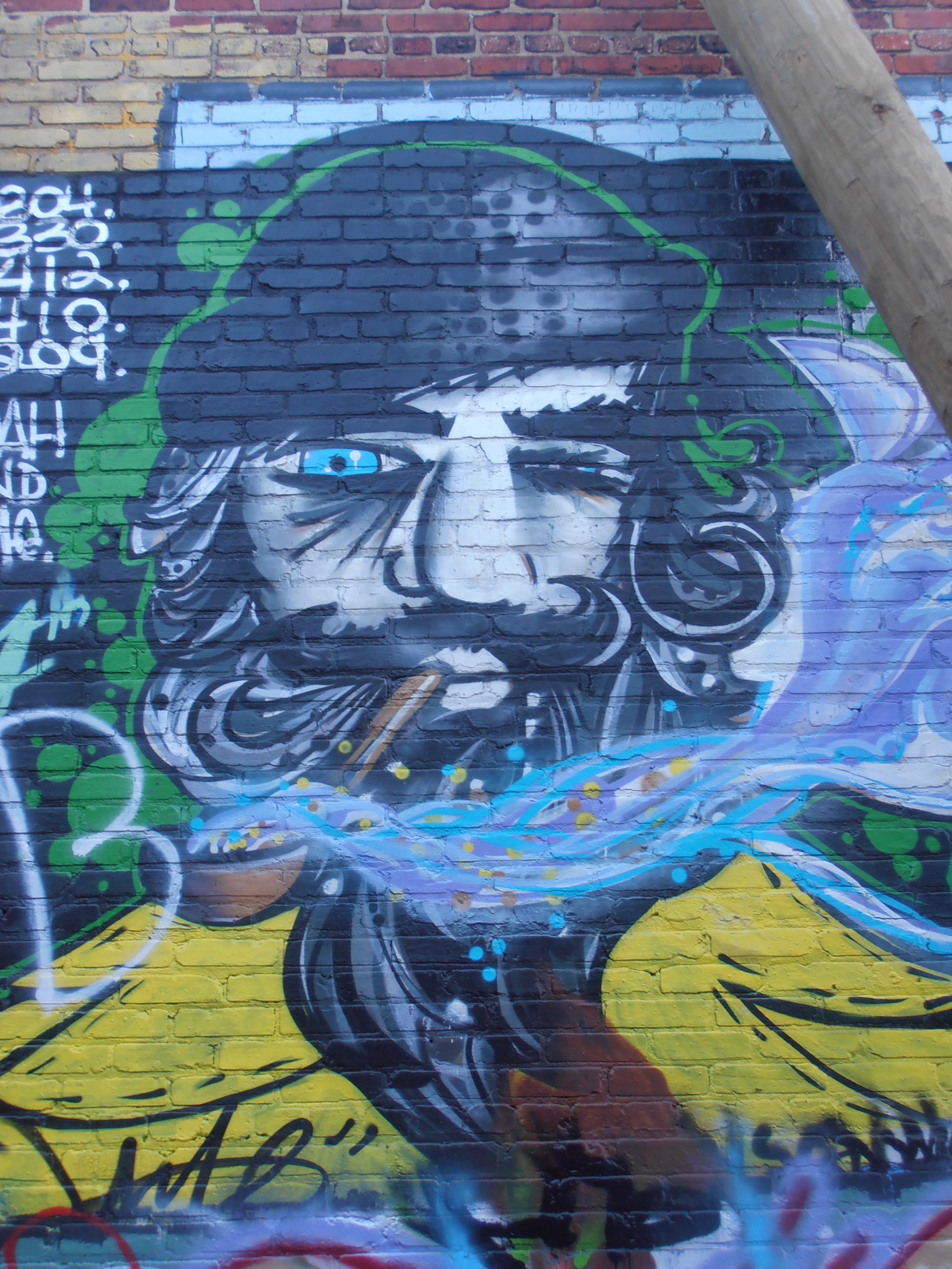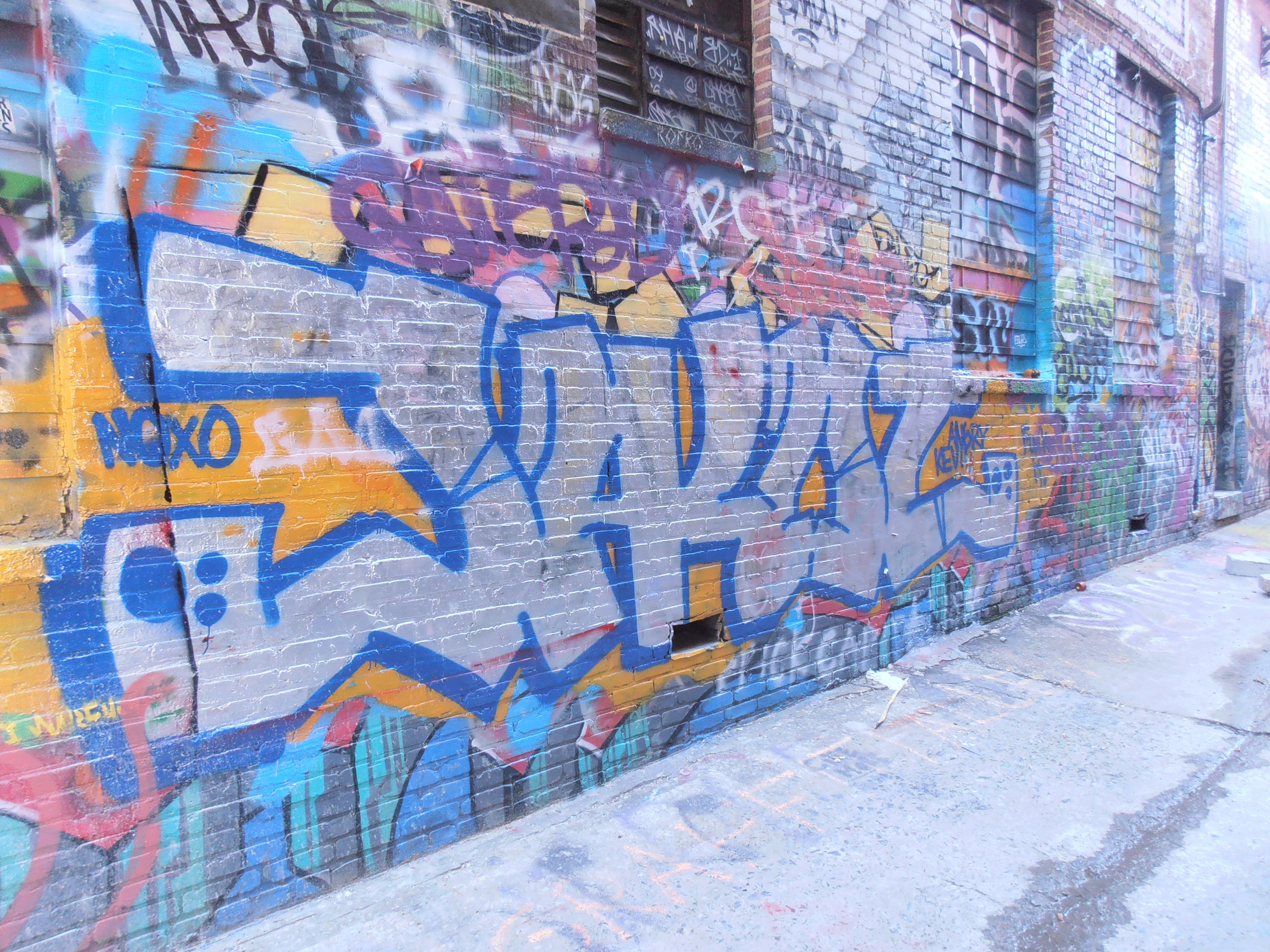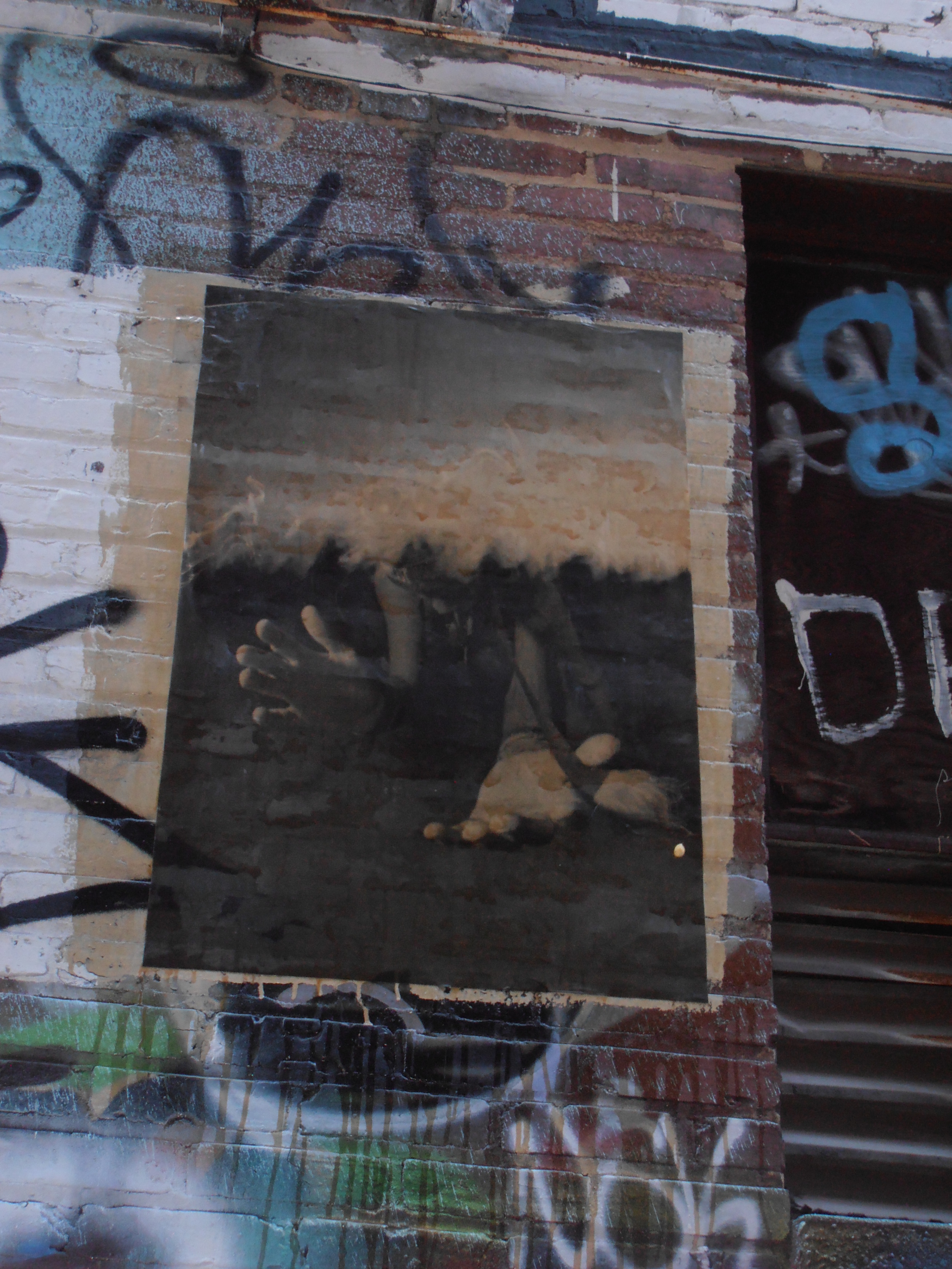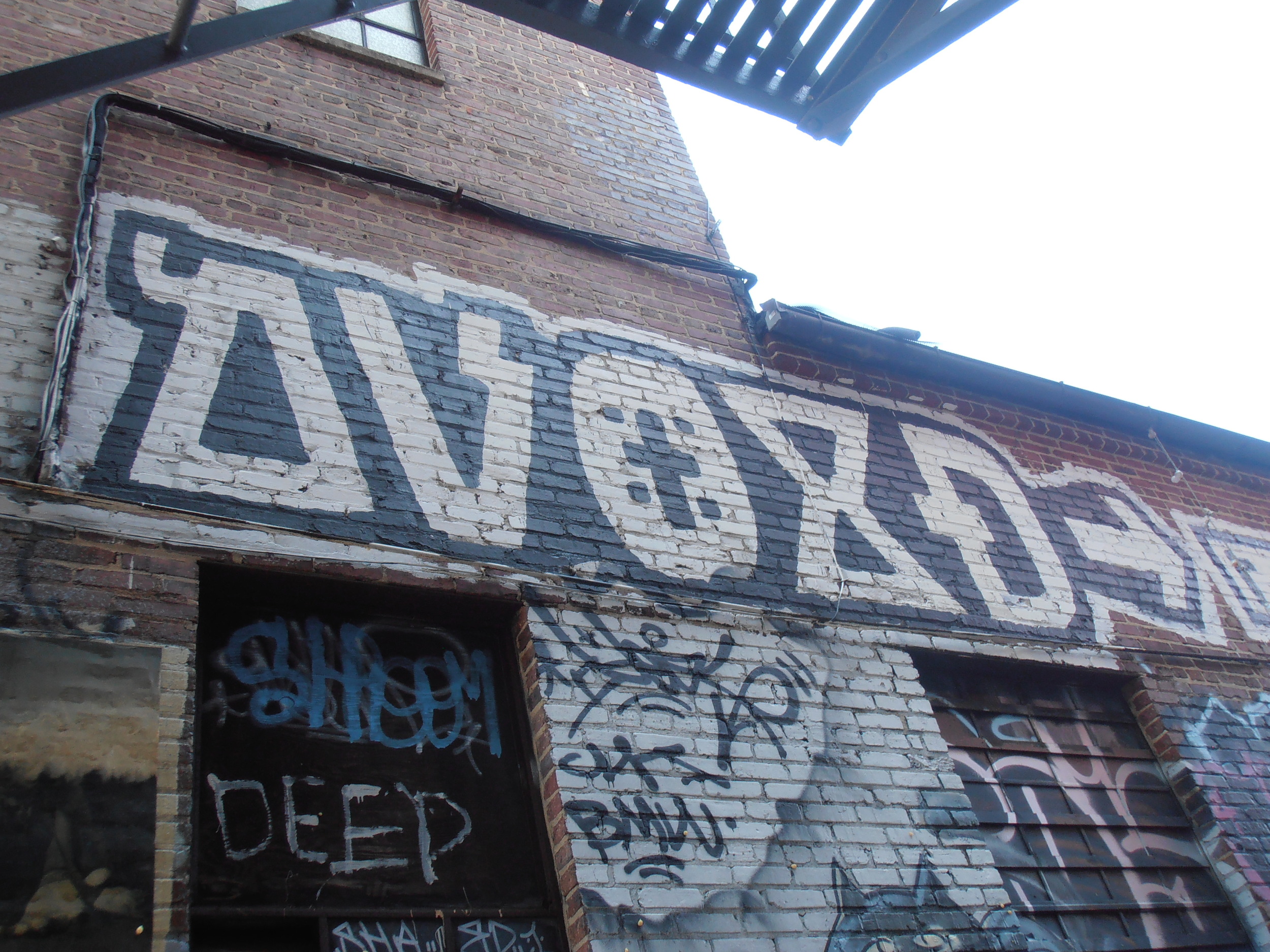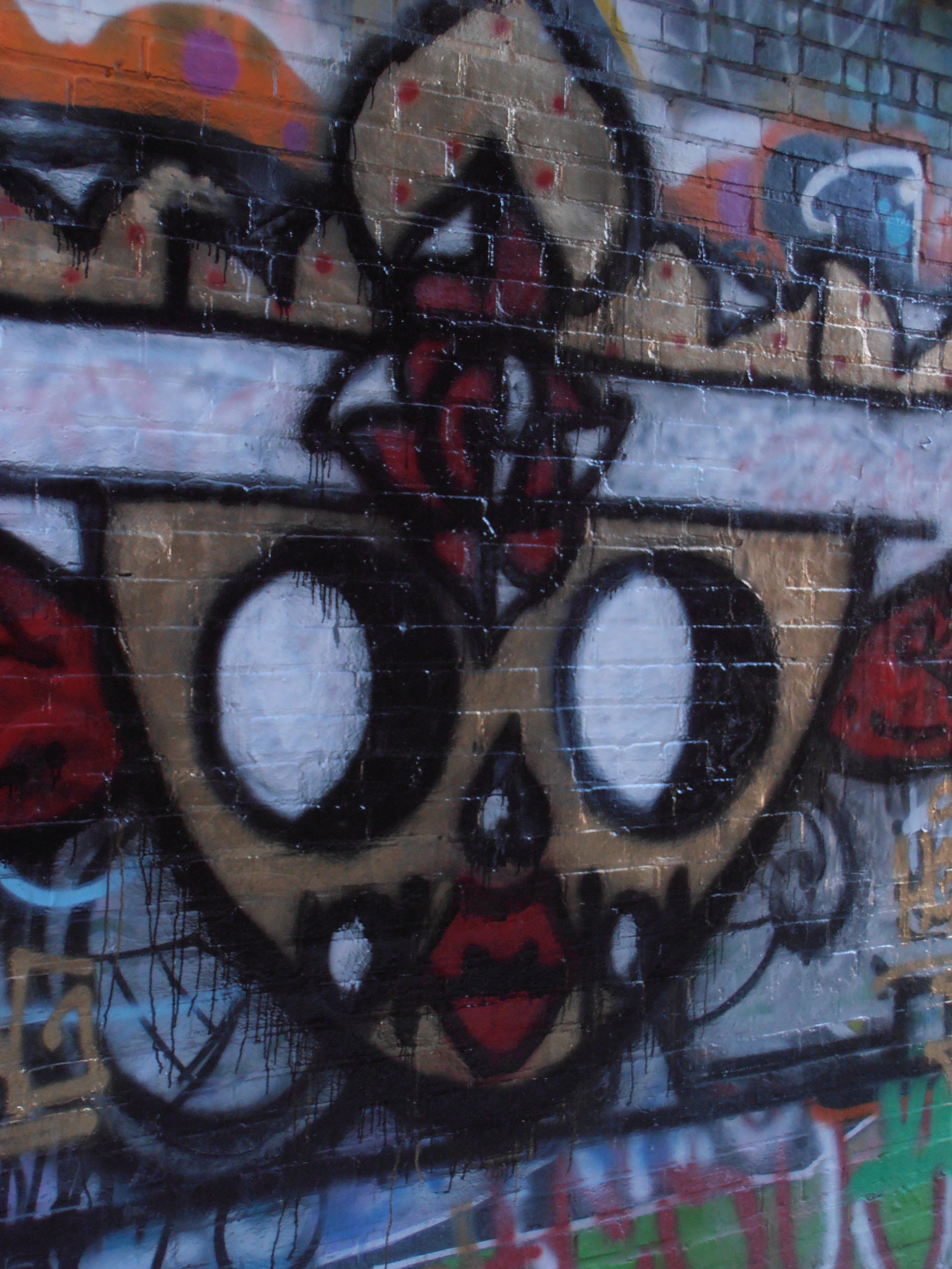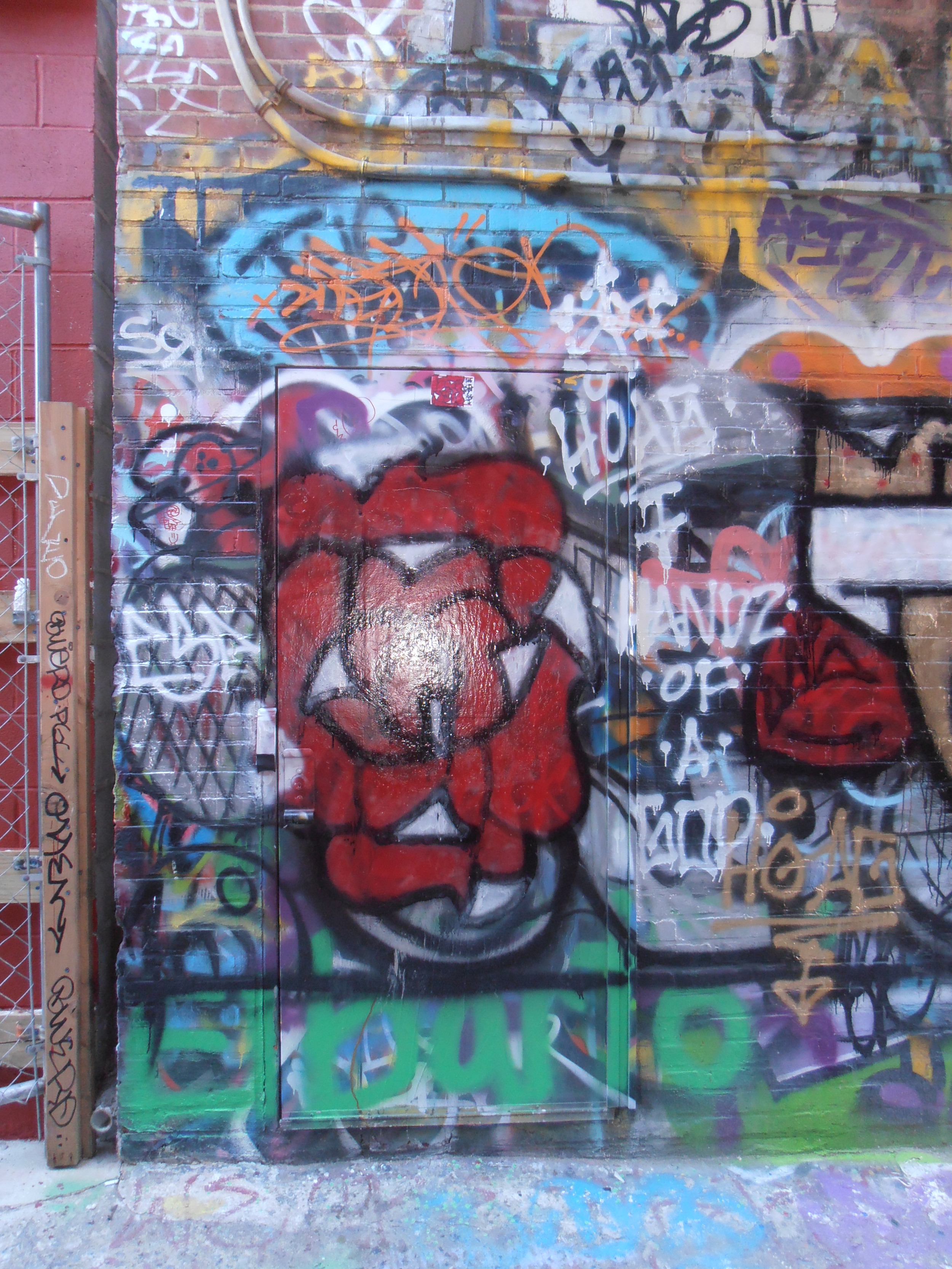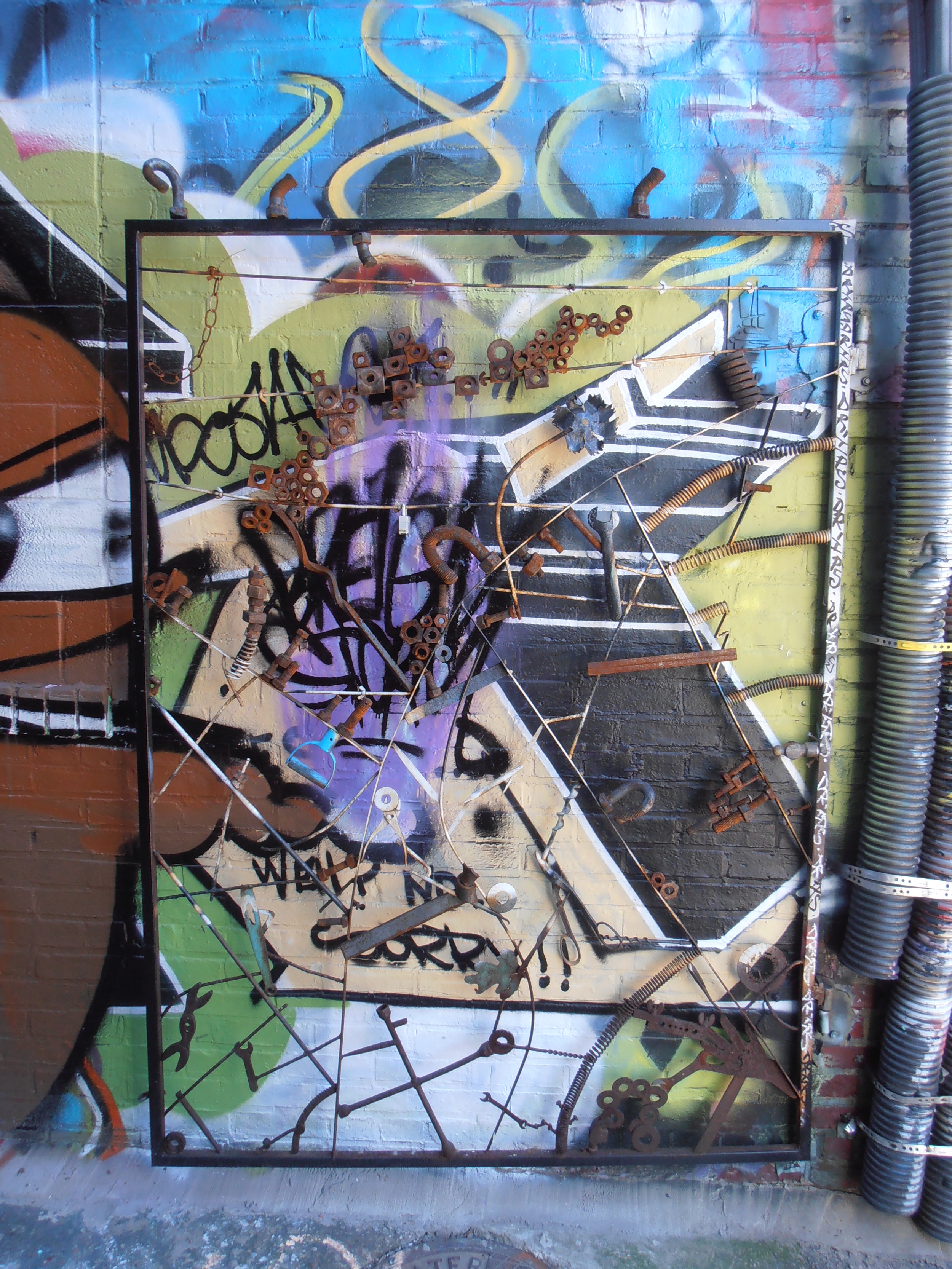This photo communicates, in some strange way, my sense of strategic planning from engaging with those who either want to explore planning as important or who are ready to embark on a strategic planning journey. It's a representative image because you see the forest, you see the trees, you get a sense of complexity, vastness, and specificity simultaneously all blanketed in murkiness. How do we make sense of where we are versus where we want to go? Another thing I like about this picture is all the shades of color - this represents our employees and all their attitudes and intrepretations of our mission, goals, and how their actions fit. I love strategic planning because it is complex - data gathering, analysis, interpretation, developing strategies, and charting a forward sense of direction. These sorts of activities are fun while challenging.
When teaching strategic planning a question I often get asked is how do I select an appropriate approach. Years ago, in a moment of nerdiness I decided to compare multiple strategic planning approaches to understand what the unique scope was of each and to identify the variability between the approaches. What follows is a Strategic Planning Meta-framework - those variables to consider when selecting a strategic planning approach. To get started, download a summary matrix of strategic planning approaches and their purpose.
Planning to Plan
Planning to plan sounds like a goofy step but it's critical for defining scope and purpose. Why do we want to plan? What do we want to accomplish (this intersects with defining strategic planning purpose)? Who should be involved? What are logistical challenges? This step was common to all strategic planning approaches and foundational given its focus on aligning the leadership team around the scope and purpose. Organizations should begin with planning to plan, consider preferred leadership style, and then select the most appropriate planning method. After answering the initial question of purpose, pre-planning was largely logistical and included decisions about level of involvement, duration, location, cost, and information gathering. Commitment, support, and participation of the highest levels of leadership were identified as essential by all strategic planning approaches. Considerations largely lacking within the reviewed pre-planning descriptions included assessing organizational readiness, communication planning, and transition planning.
Purpose
If you haven't already, take a look at the Summary Matrix. An organization’s objective for the planning process is directly tied to each method’s purpose. Some methods are more future-focused, such as applied strategic planning and scenario planning. Large group methods with a future focus include the search conference, future search, real time strategic change, and the ICA strategic planning process. Scenario planning, while future-focused, is also a learning tool used to raise people’s understandings. Large group methods used to redesign how work gets accomplished include the conference model, fast cycle full participation, real time work design, and participative design. Some large group methods focus primarily on learning about the system, problem identification, process improvement, and problem solving. These methods include simu-real, large scale interactive events, work out, and open space technology. Some methods are more adaptable than others; the purpose and processes depend on the question asked in methods such as real time strategic change, open space technology, and Appreciative Inquiry.
Application
Application identified the industry, sector, or organization type where the method was applied. It was assumed that methods are applicable for any industry, business, or organization, except as noted by the authors. For example, one of the scenario planning methods (Scearce, Fulton, & Community, 2004) was specifically written for non-profits.
Stakeholder Participation
The purpose and type of information used by the process influenced whether external stakeholders were involved. Future-thinking methods such as applied strategic planning, scenario planning, large-group interventions, real time strategic change and Appreciative Inquiry, where the purpose was strategic planning, all recommended the inclusion of external stakeholders. Work redesign methods such as the conference model and fast cycle full participation also recommended inclusion of stakeholders, but the bottom up approach of participative design did not recommend stakeholder participation.
Size of Event
Key questions to ask are: (a) when do you need everyone in the organization involved?; and (b) when will a critical mass do? The number of participants varied from eight (applied strategic planning) to everyone involved (appreciative inquiry). Scalability was a function of purpose and the level of creativity involved. The large group intervention methods used more creative approaches and suggested more ambiguity in the outcomes of various exercises performed throughout the process. The role of ambiguity and the skill of the facilitator play a role in selecting both the method and the size. Low ambiguity readiness and fear of managing large numbers of people may sway an organization and/or a facilitator to a more linear discrete method such as applied strategic planning.
Leadership Preference/Participation
The approaches reviewed presented a continuum of thinking from small, leadership team engagement only to large scale participative. Participation varied from top leadership team only (Goodstein, Nolan & Pfeiffer, 1993) to all members of an organization (Cooperrider et al., 2003). Scenario planning described participants in terms of decision makers and experts (Schwartz, 1995). The purpose of the large group intervention methods drove the participant list. For example, participants of a search conference were identified as those with expertise, knowledge of the system, and the ability to implement outcomes (Bunker & Alban, 1997). On another level, the theoretical framework underpinning the specific methodology influenced the participation level, including who was involved. Traditional planning methods, driven by action research, viewed the source of information as largely internal, limited to specific units, and driven by senior leaders (Bunker & Alban, 1997). In these methods the leader is elevated, positioned 'external' to the organization and is responsible for envisioning and defining strategy - decision making is centralized in the role of the leader(s). In contrast, large-group interaction events were driven by open systems theory, where the source of knowledge was within the whole organization, with external stakeholders, and with senior leaders. In this case, the whole system was responsible for creating and analyzing data (Bunker & Alban, 1997). Appreciative Inquiry is based on the assumption that every organization has something that works well and that these strengths are the starting point for creating positive change (Cooperrider et al., 2003). In large group interaction and appreciative inquiry, all employees envision and co-create an organization’s future.
Duration
The duration of the planning process varies from one day for some of the problem-solving methods to one year for scenario planning. The variables for the duration include purpose and specific process used. Practically speaking - reverse calendar when you want to be done and then create a task/timeline that supports that end point.
Process
As described above, the processes vary for each method. At a high level, each includes some level of assessment and analysis of the organization’s situation. This includes internal and external factors, the organization’s sense of future directions, or simply envisioning what is possible. Alternatives are considered and then action or implementation occurs. Monitoring and trending of implementation is included in applied strategic planning and scenario planning.
Methods vary as to the information used for decision making. Applied strategic planning, scenario planning, and strategic planning large group intervention methods rely extensively on data collection and analysis. Other methods do collect data but include provision for story telling and reflecting also.
Applied strategic planning and scenario planning rely heavily on the small number of participants to effectively ‘sell’ the rest of the organization on both the vision, strategy, and planning that occurred. Change occurs sequentially in different parts of the organization as it is rolled out. Planning and implementation are distinct phases. In contrast, where the majority of the organization is involved, buy-in, commitment and ownership occur as people participate in the process. Change occurs in the organization at the same time and in real time.
Strategic Planning Bibliography
Clicking on the article or book title will take you to the journal website or to a book amazon.com entry. Hey, if your favorite strategic planning book or article aren't on this list - leave a comment and I'll revise the list! I love bibliographies (big grin)!
Abell, D. F. (1999, Spring). Competing today while preparing for tomorrow. Sloan Management Review 73-81.
Allison, M. & Kaye, J. (2015). Strategic planning for nonprofit organizations: A practical guide and workbook (3rd ed.). Hoboken, NJ: Wiley.
Biehl, B. (1997). Master planning: The complete guide for building a strategic plan for your business, church, or organization. Nashville, TN: Broadman & Holman.
Bryson, J. M. (2004). Strategic planning for public and nonprofit organizations: A guide to strengthening and sustaining organizational achievement (4th ed.). San Francisco: Jossey-Bass.
Bunker, B. B., & Alban, B. T. (1997). Large group interventions: Engaging the whole system for rapid change. San Francisco: Jossey-Bass.
Cooperrider, D. L. (2003). Positive image, positive action: the affirmative basis of organizing. In D. L. Cooperrider, D. Whitney, & J. M. Stavros, Jacqueline M. Appreciative inquiry handbook: the first in a series of AI workbooks for leaders of change (pp. 369-390). San Francisco: Berrett-Koehler.
Cooperrider, D. L., Sorensen, J. P. F., Yaeger, T. F., & Whitney, D. (2001). Appreciative inquiry: An emerging direction for organization development. Champaign, IL: Stipes.
Cooperrider, D. L., Whitney, D., & Stavros, J. M. (2003). Appreciative Inquiry Handbook: The First in a Series of AI Workbooks for Leaders of Change. San Francisco: Berrett-Koehler.
Eisenhardt, K. M. (1999, Spring). Strategy as strategic decision making. Sloan Management Review 65-72.
Goodstein, L. D., Nolan, T. M., & Pfeiffer, J. W. (1993). Applied strategic planning: A comprehensive guide - How to develop a plan that really works. New York: McGraw-Hill.
Heracleous, Loizos Th, and Claus D. Jacobs. (2011). Crafting strategy: embodied metaphors in practice. Cambridge; New York: Cambridge University Press.
Hughes, R. L. & Beatty, K.C. (2014). Becoming a strategic leader: Your role in your organization's enduring success (2nd ed.). San Francisco, CA; Greensboro, NC: Jossey-Bass; Center for Creative Leadership
Jacobs, R. W. (1994). Real time strategic change: How to involve an entire organization in fast and far-reaching change. San Francisco: Berrett-Koehler.
Malphurs, A. (2005). Advanced strategic planning: A new model for church and ministry leaders. Grand Rapids, MI: Baker Books.
Marcus, Alfred. 2009. Strategic foresight: a new look at scenarios. New York: St. Martin's Press.
Markides, C. C. (1999a). A dynamic view of strategy. Sloan Management Review, 55-63.
Mintzberg, H. (1994). The rise and fall of strategic planning: Reconceiving roles for planning, plans, planners. New York: Toronto: Free Press.
Mintzberg, H. (1994, January-February). The fall and rise of strategic planning. Harvard Business Review 107-114.
Niles, D. (2009). The secret of successful scenario planning. Forbes. Retrieved from http://www.forbes.com/2009/08/03/scenario-planning-advice-leadership-managing-planning.html
Porter, M. E. (1996). What is strategy? Harvard Business Review, 61-67.
Scearce, D., Fulton, D., & Community, G. B. N. (2004). What if? The art of scenario thinking for nonprofits. Global Business Network.
Sinek, S. (2009). Start with why: How great leaders inspire everyone to take action. New York: Portfolio.
Schwartz, P. (1996). The art of the long view: planning for the future in an uncertain world. New York: Currency Doubleday.
Wack, P. (1985). Scenarios: Shooting the rapids. Harvard Business Review 139-150.



